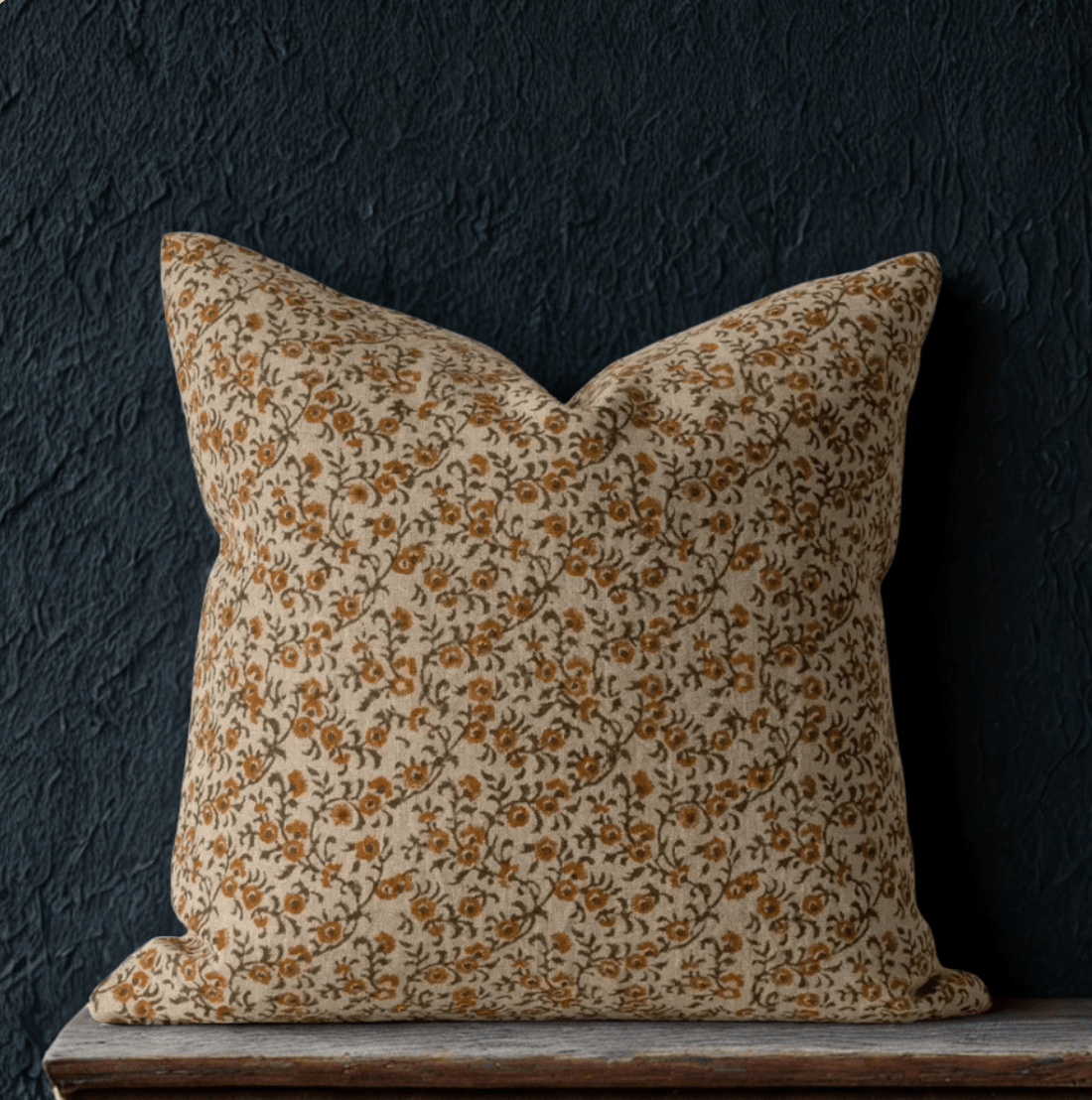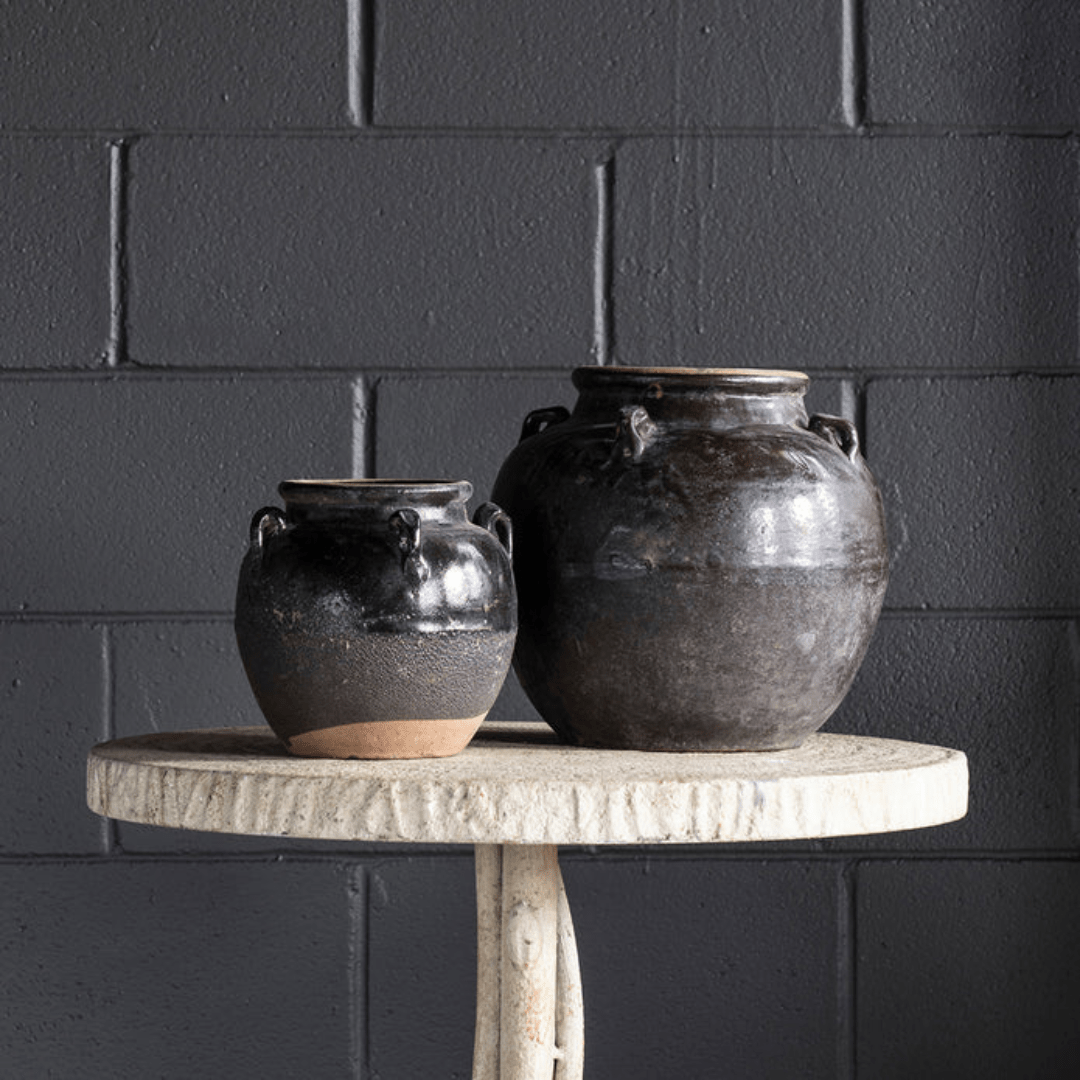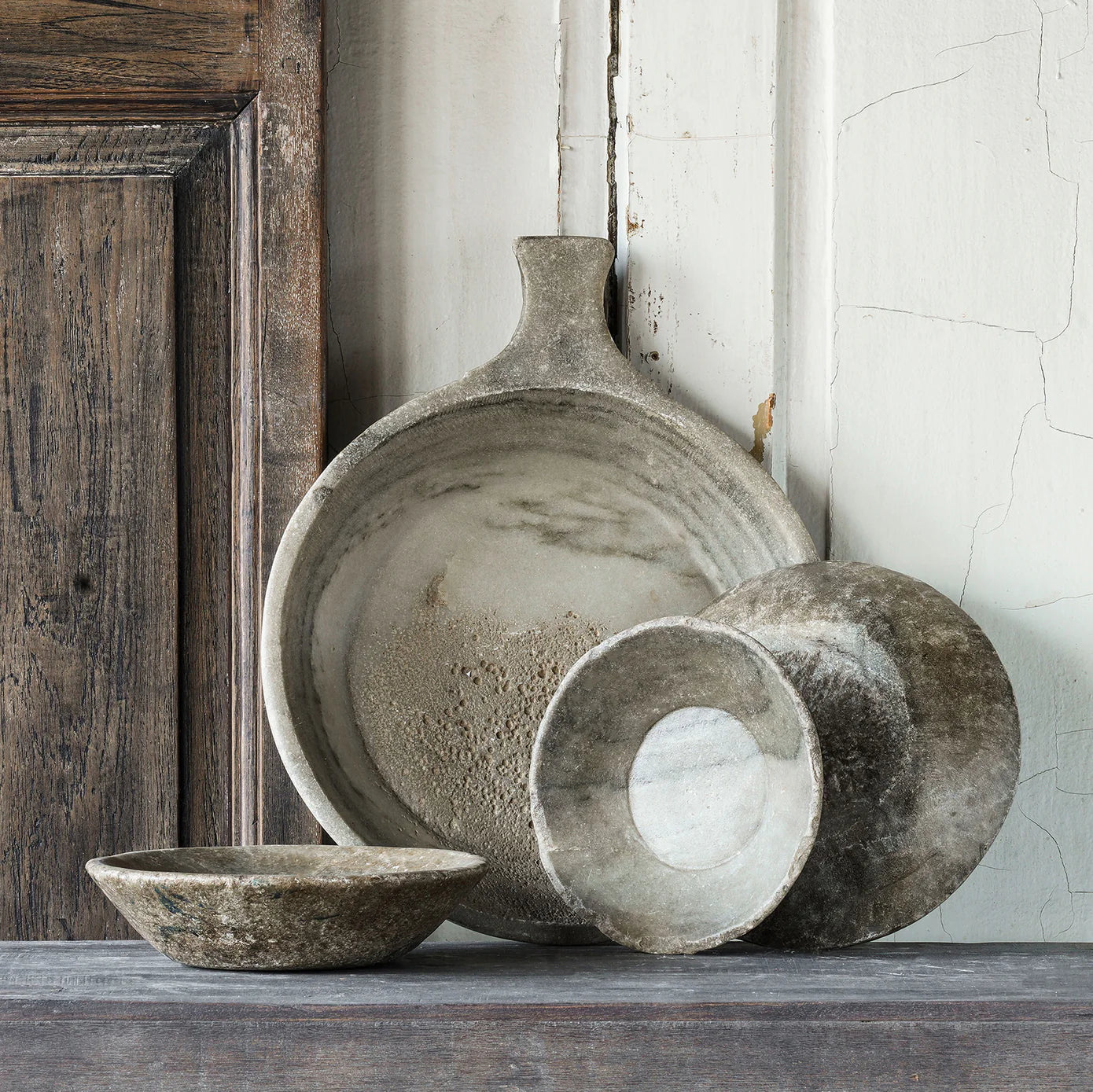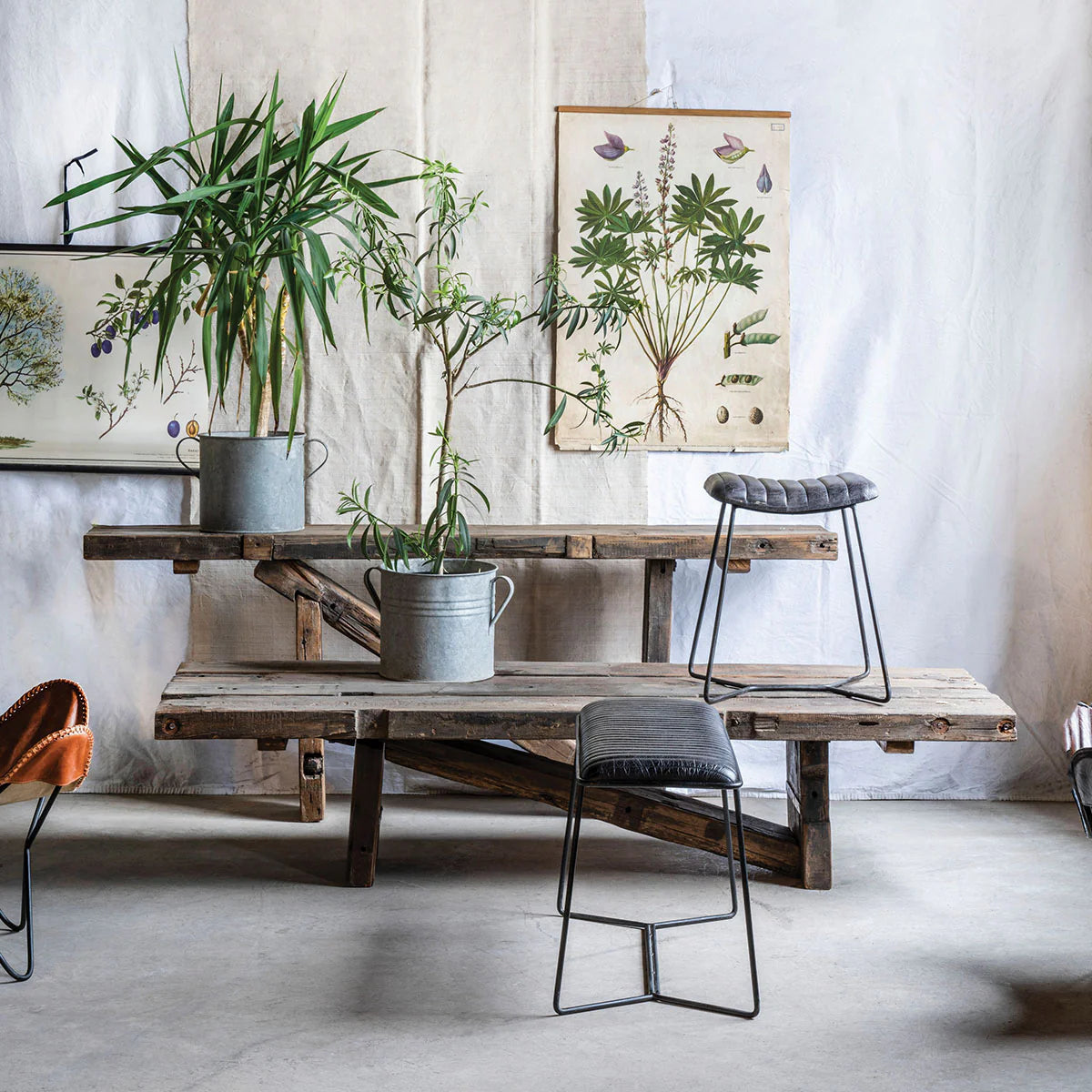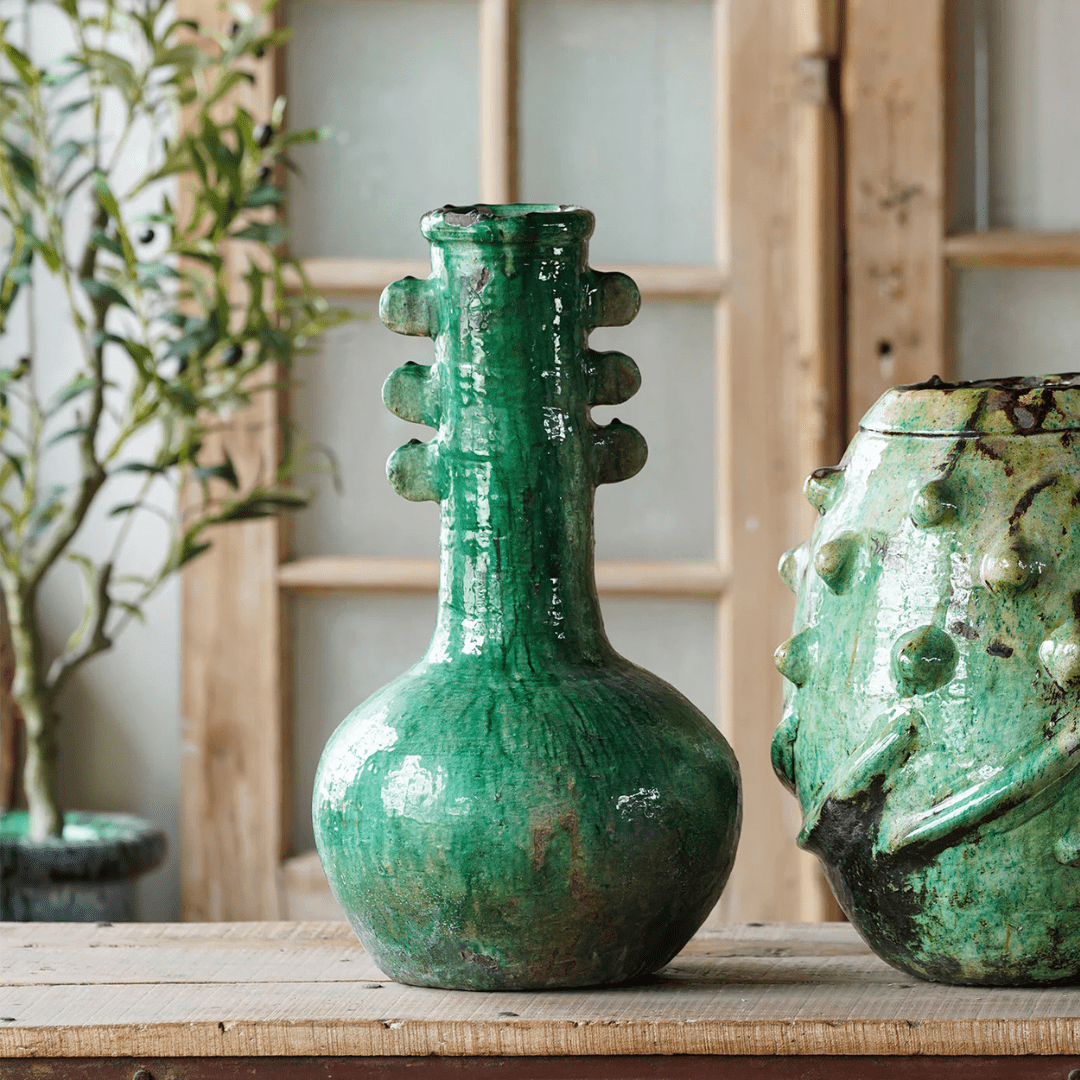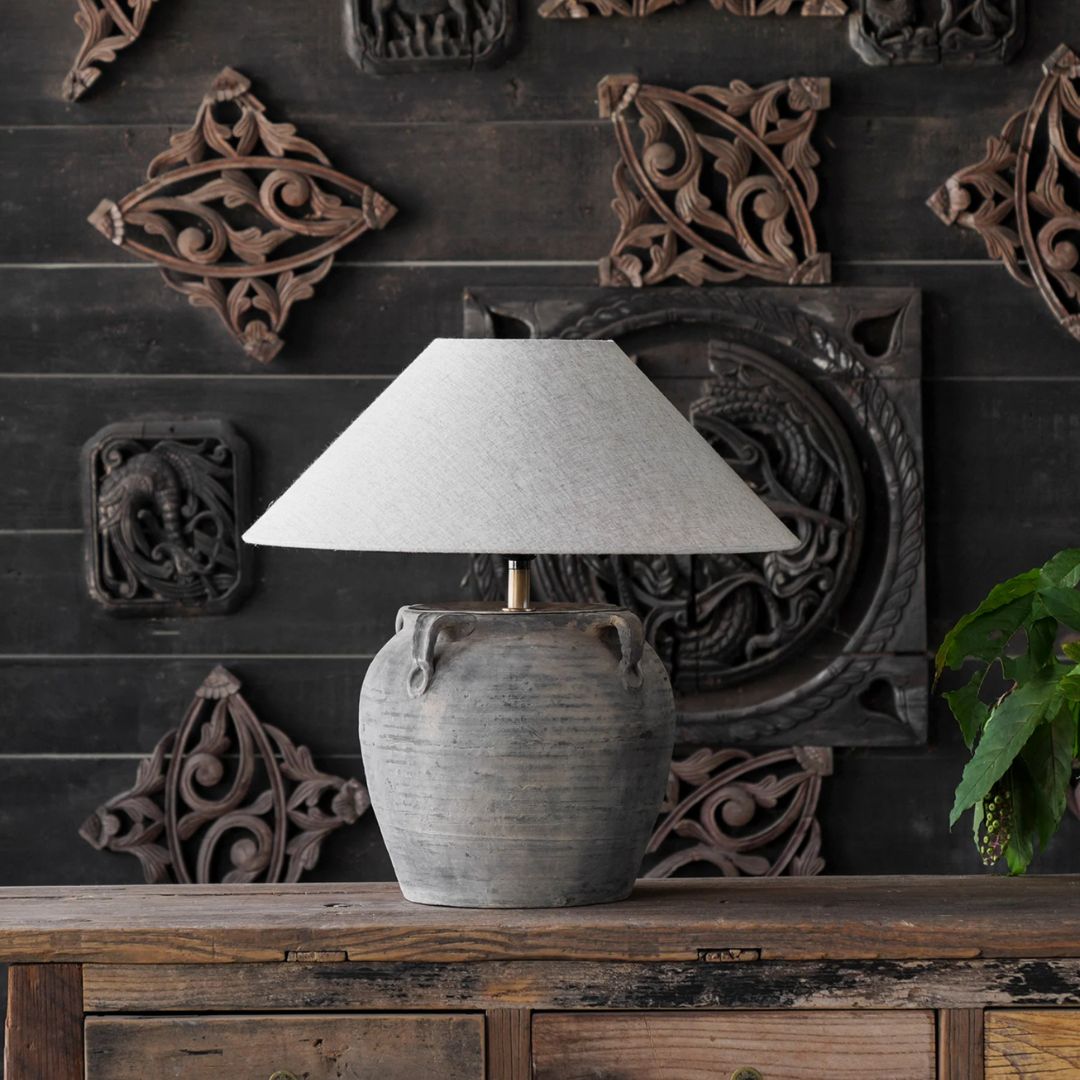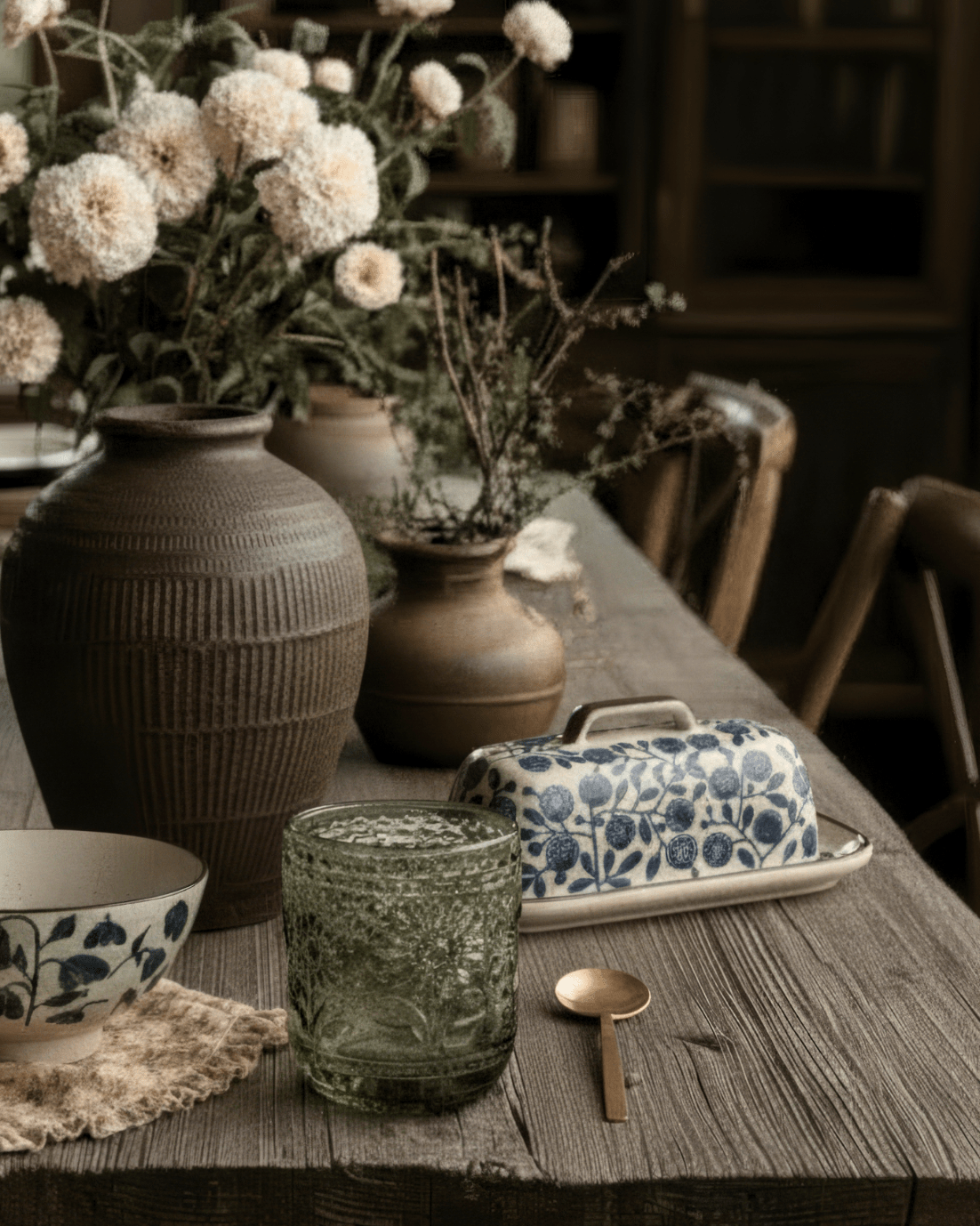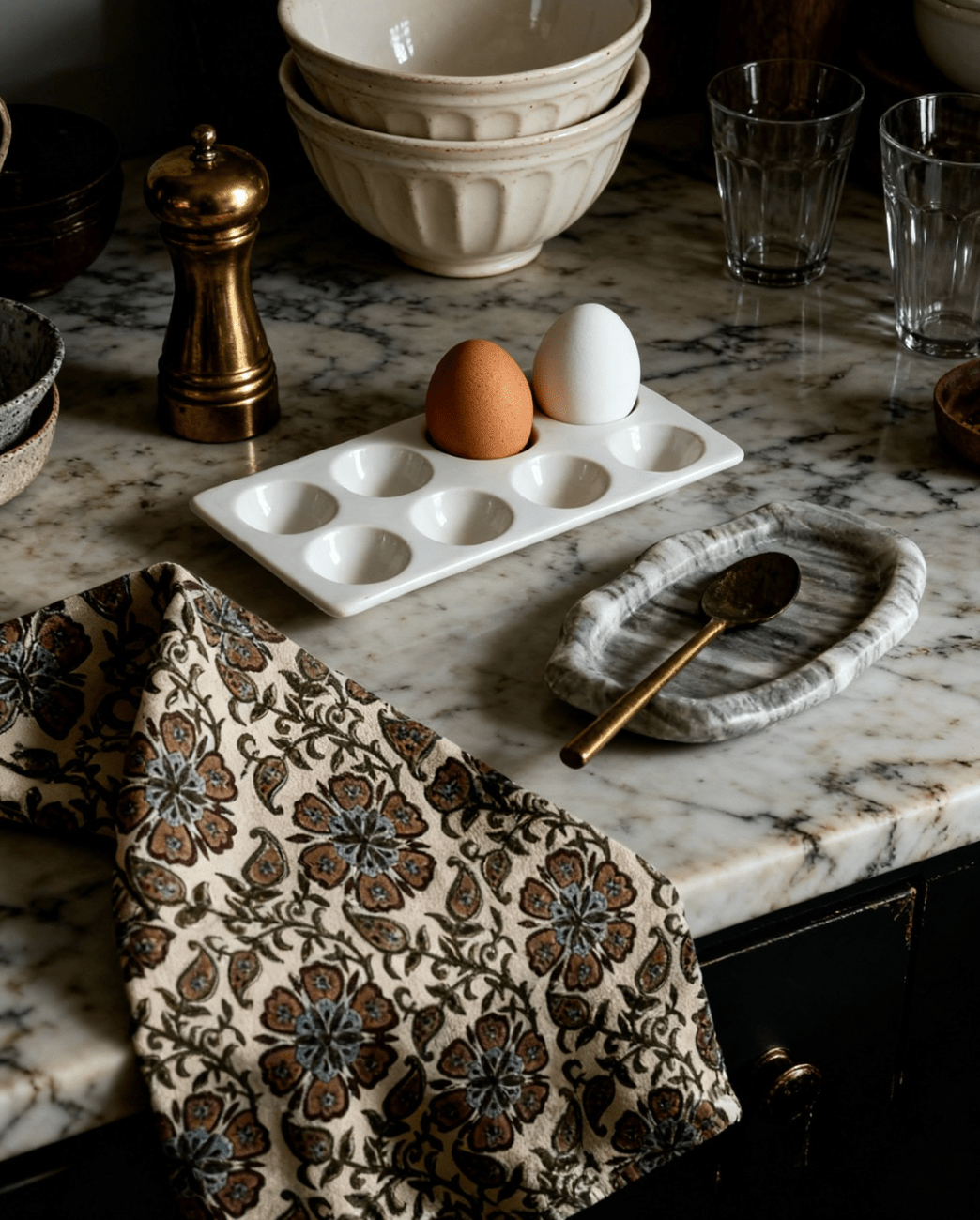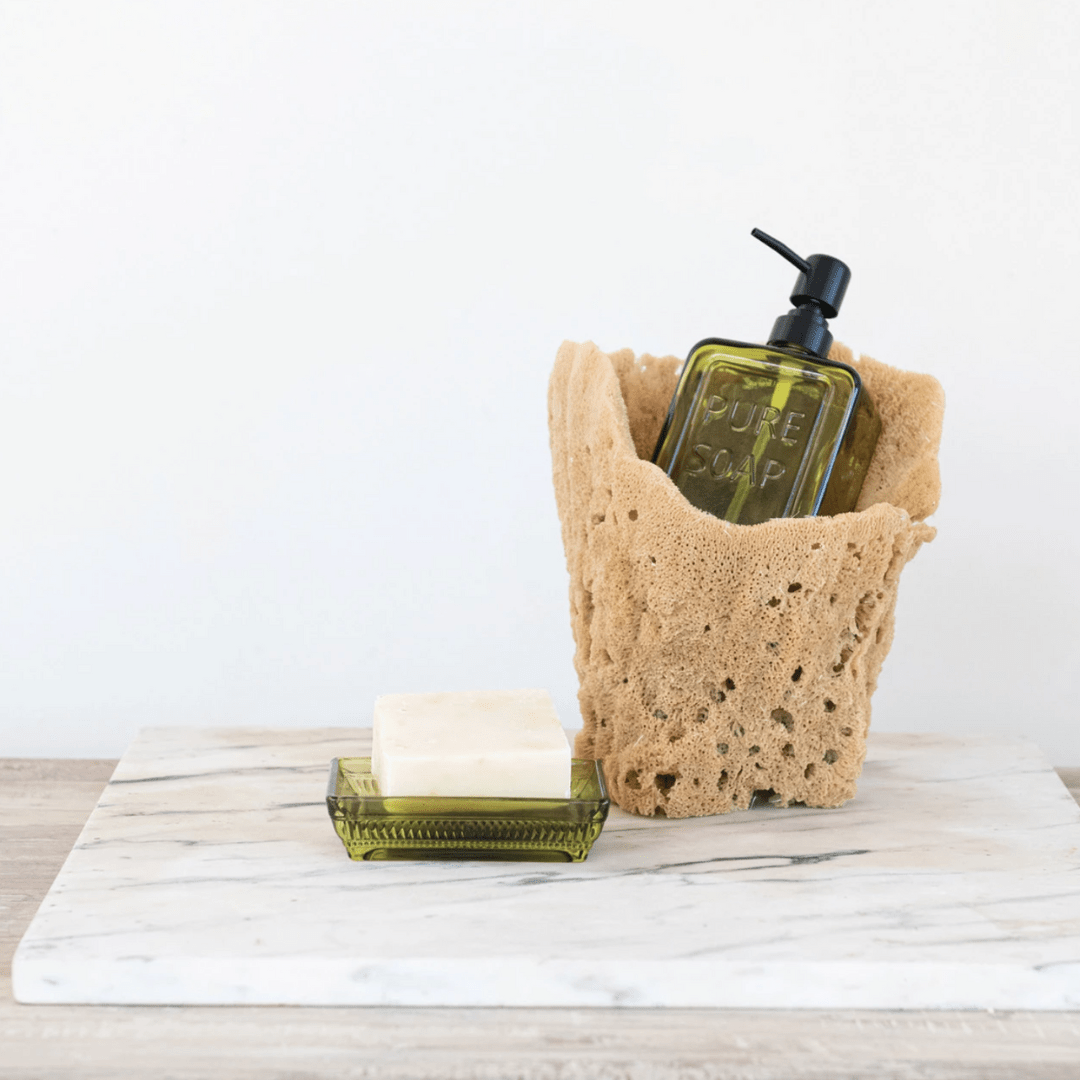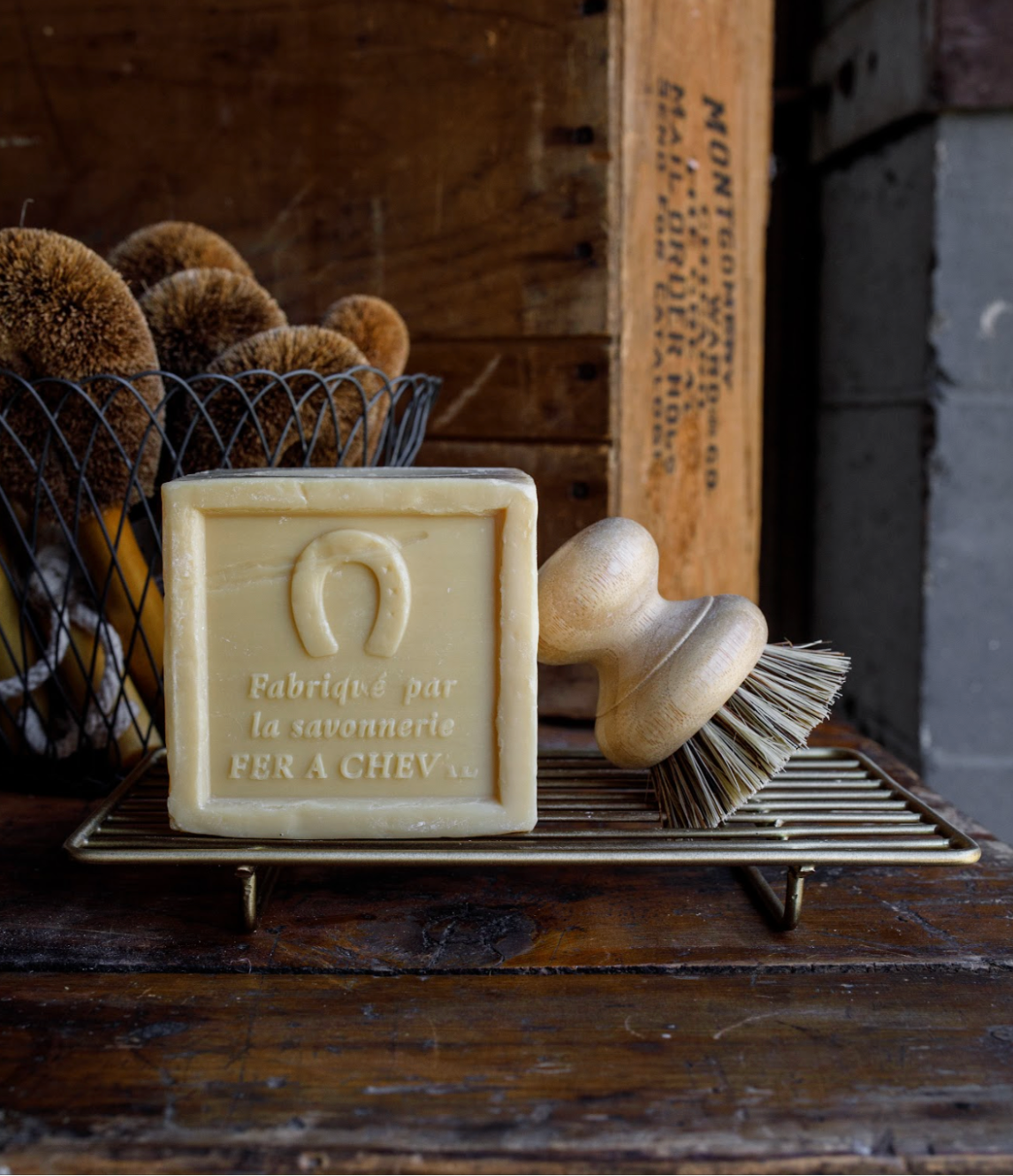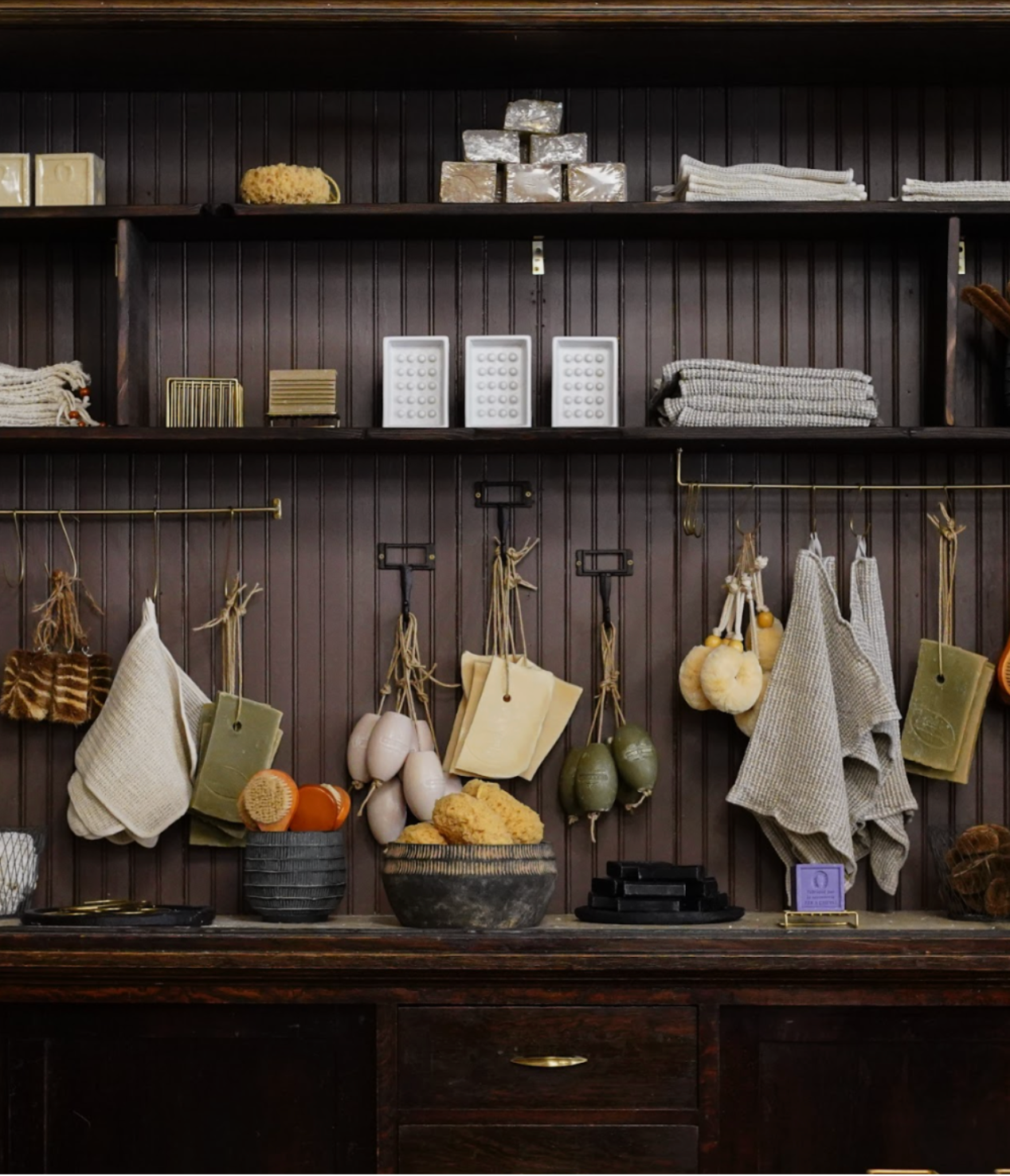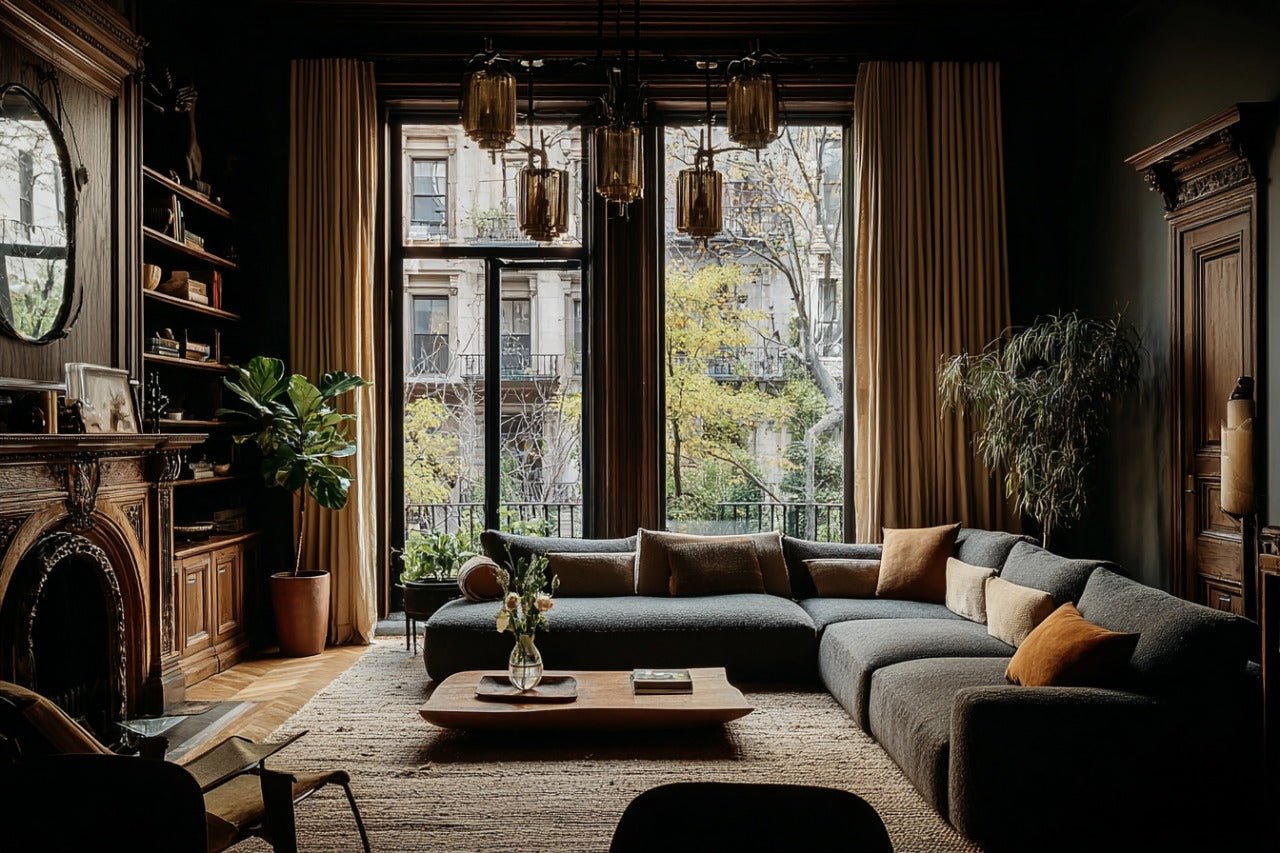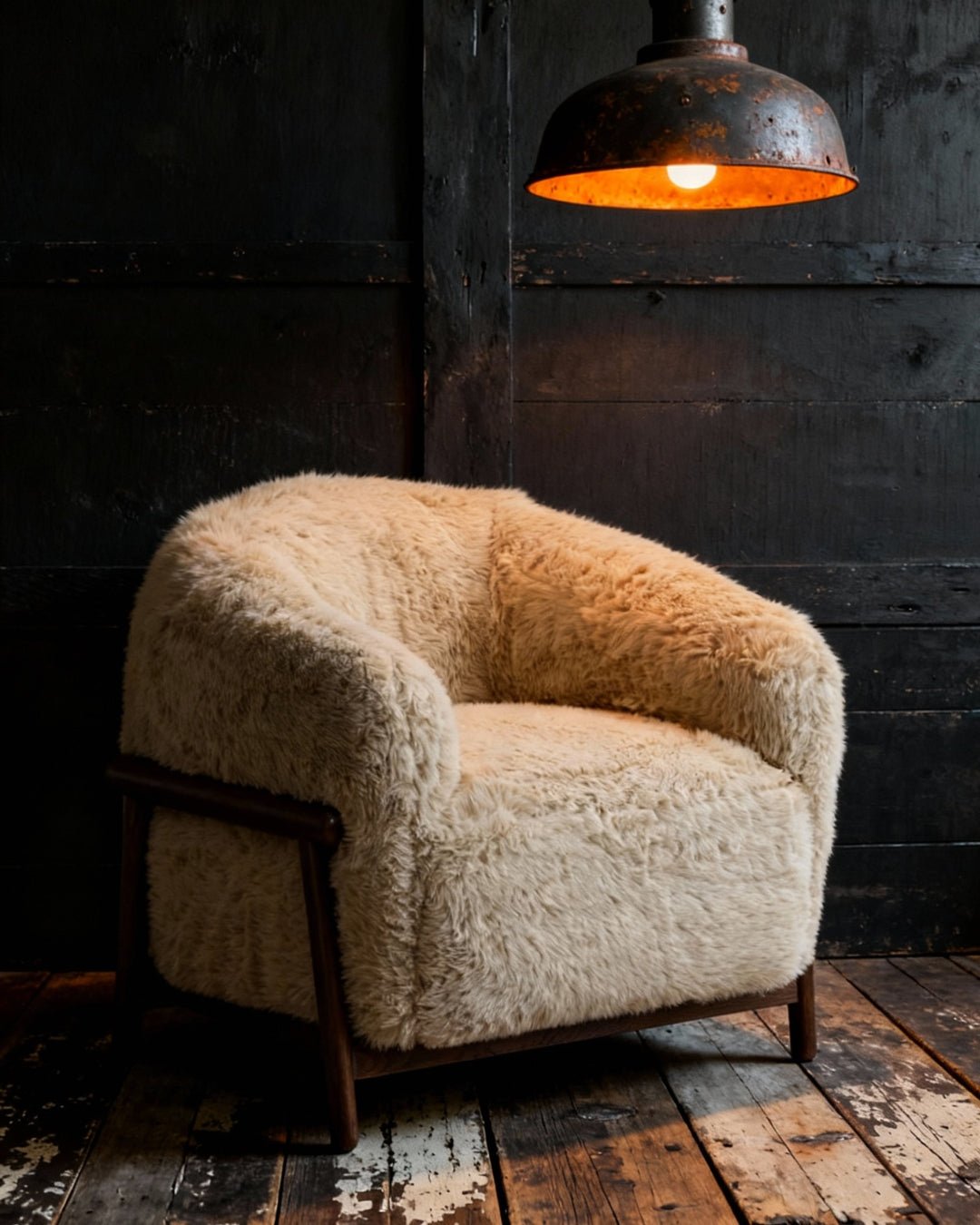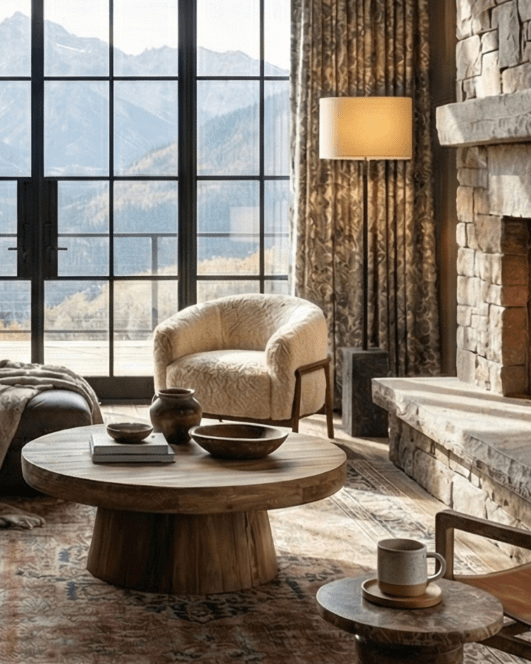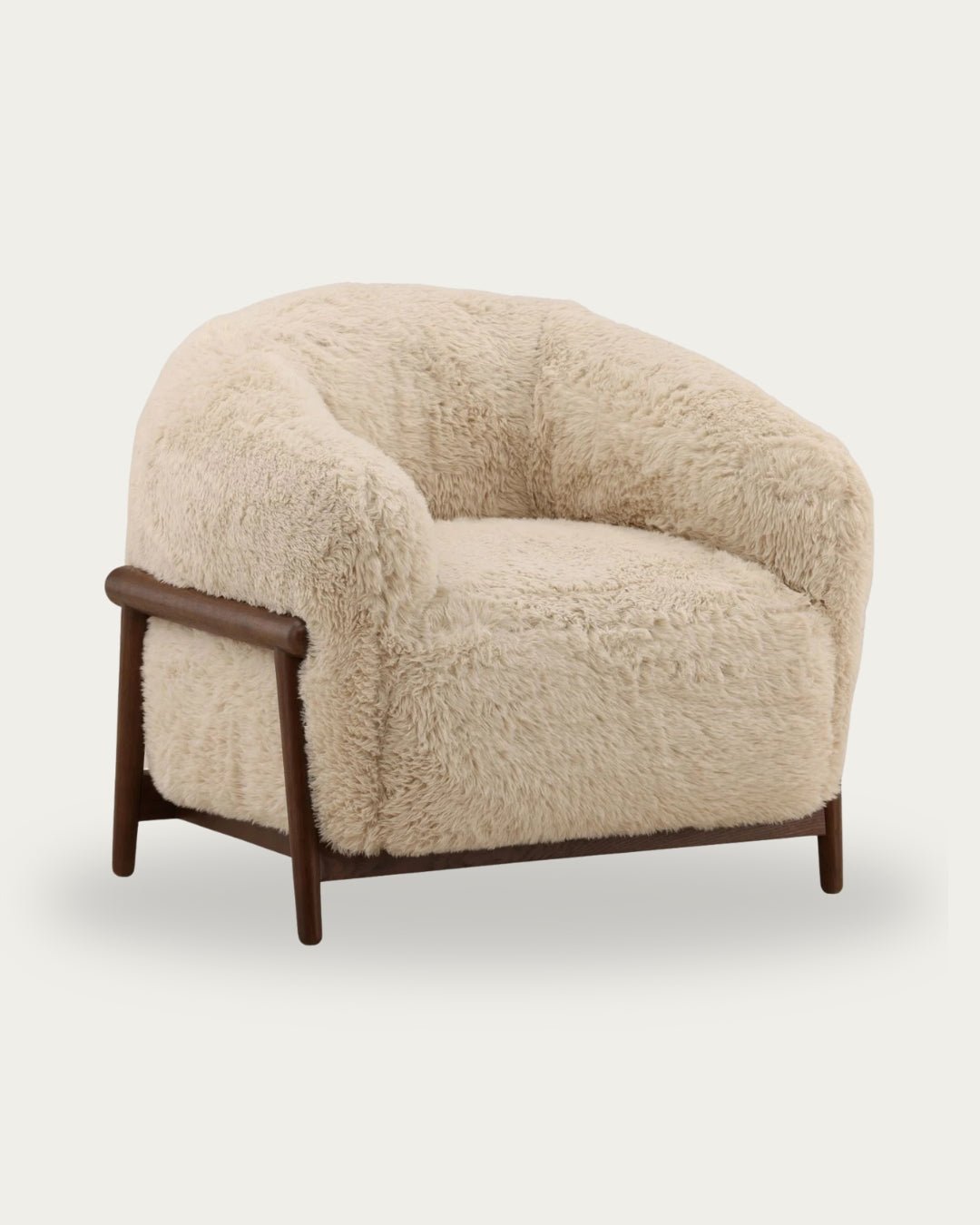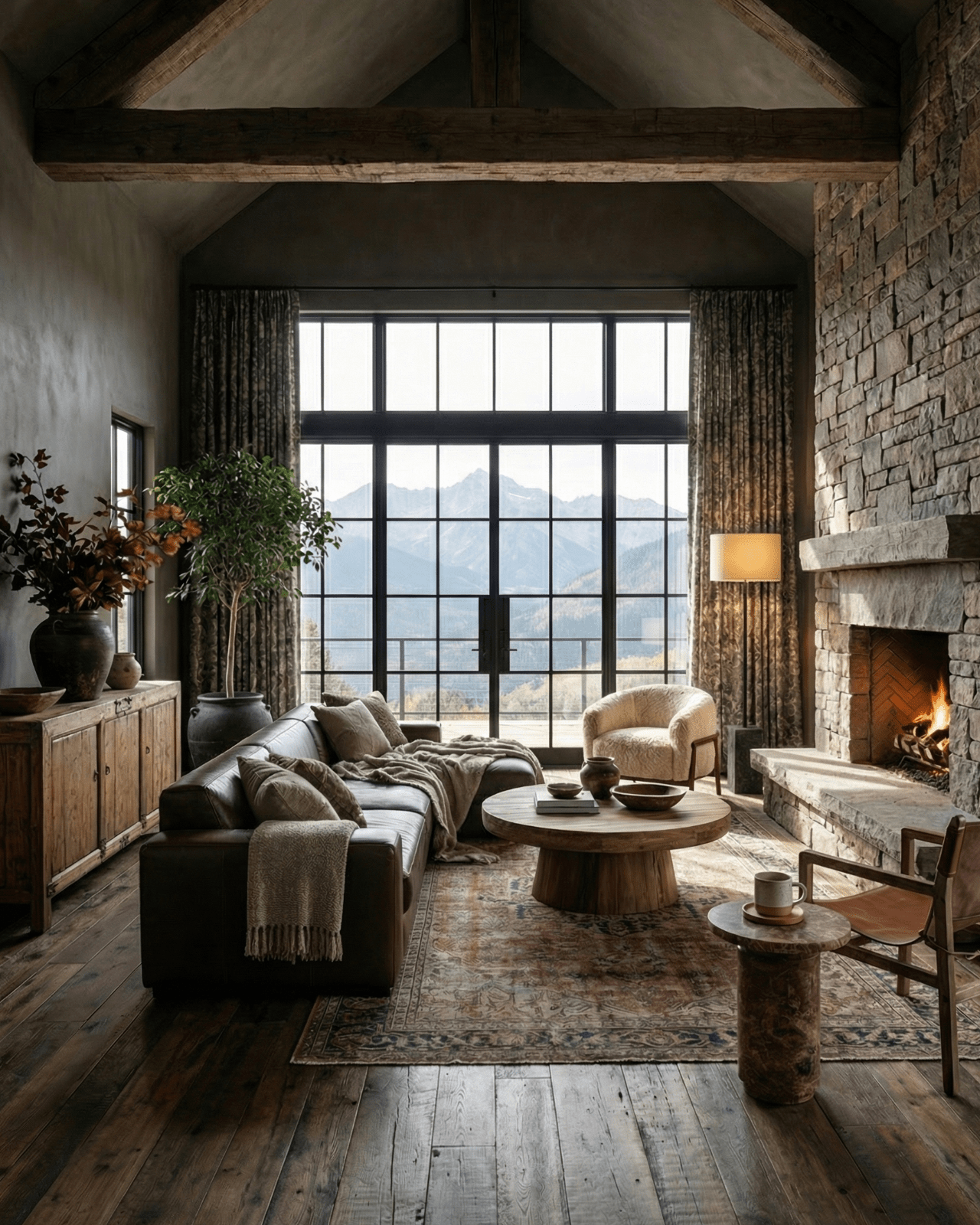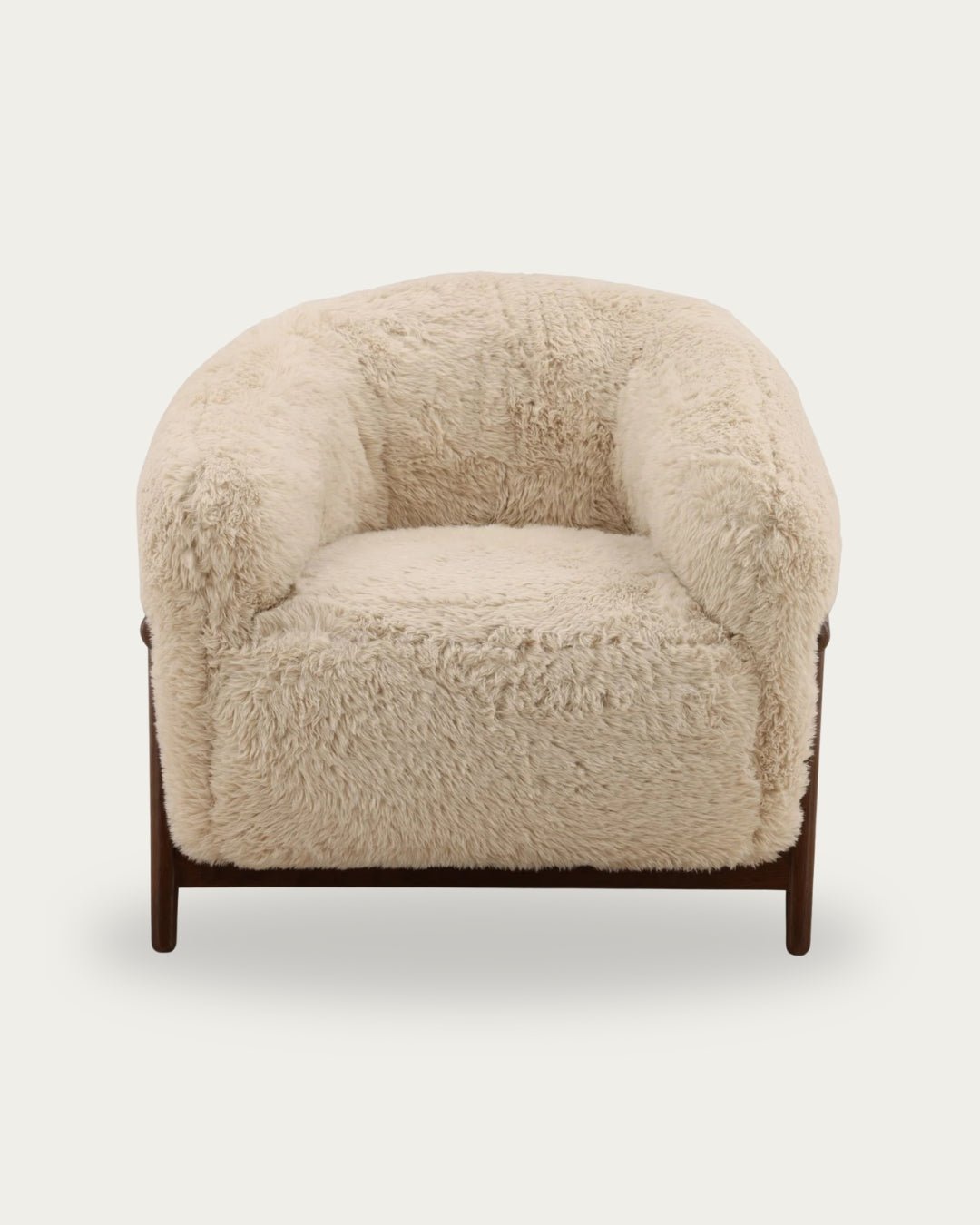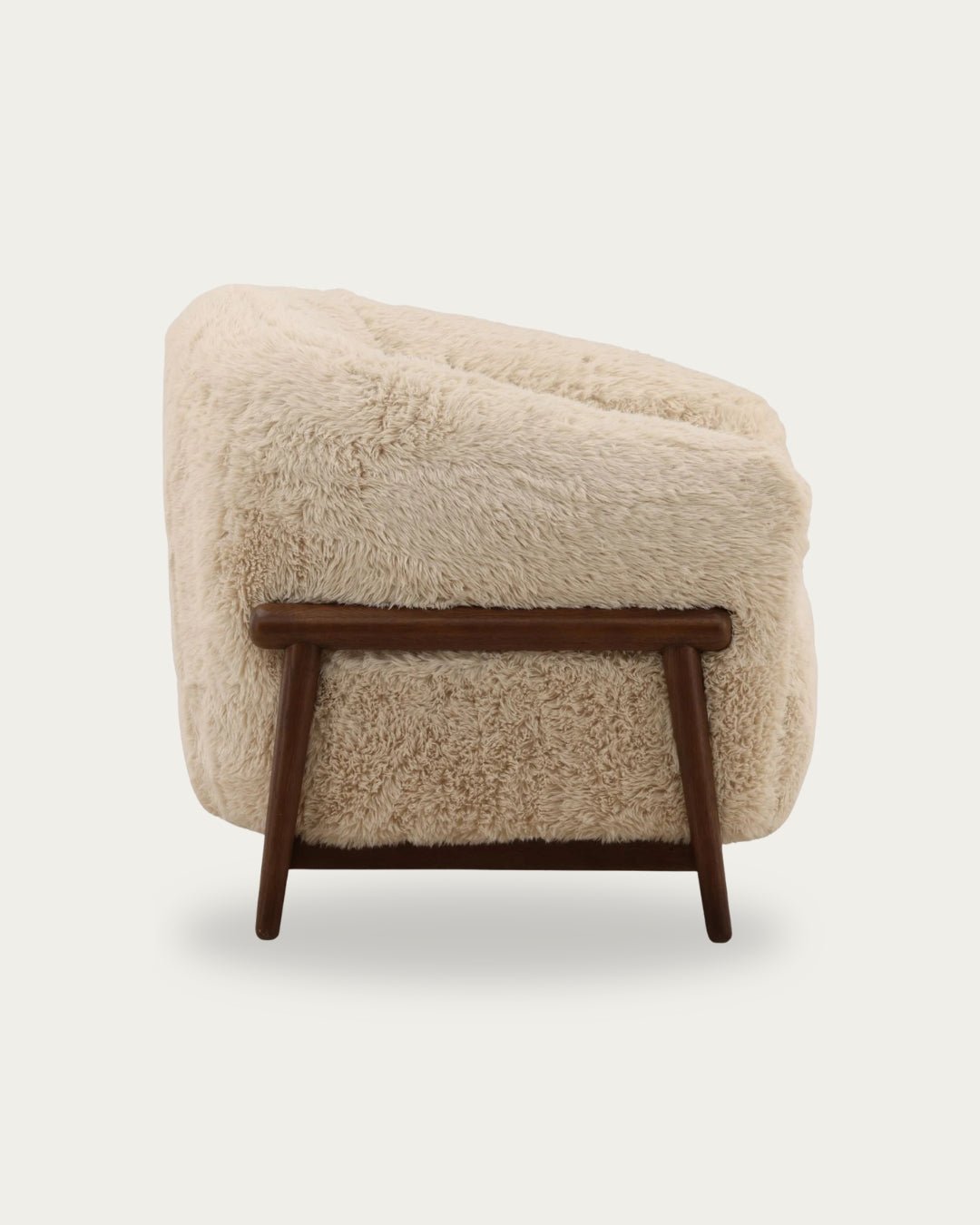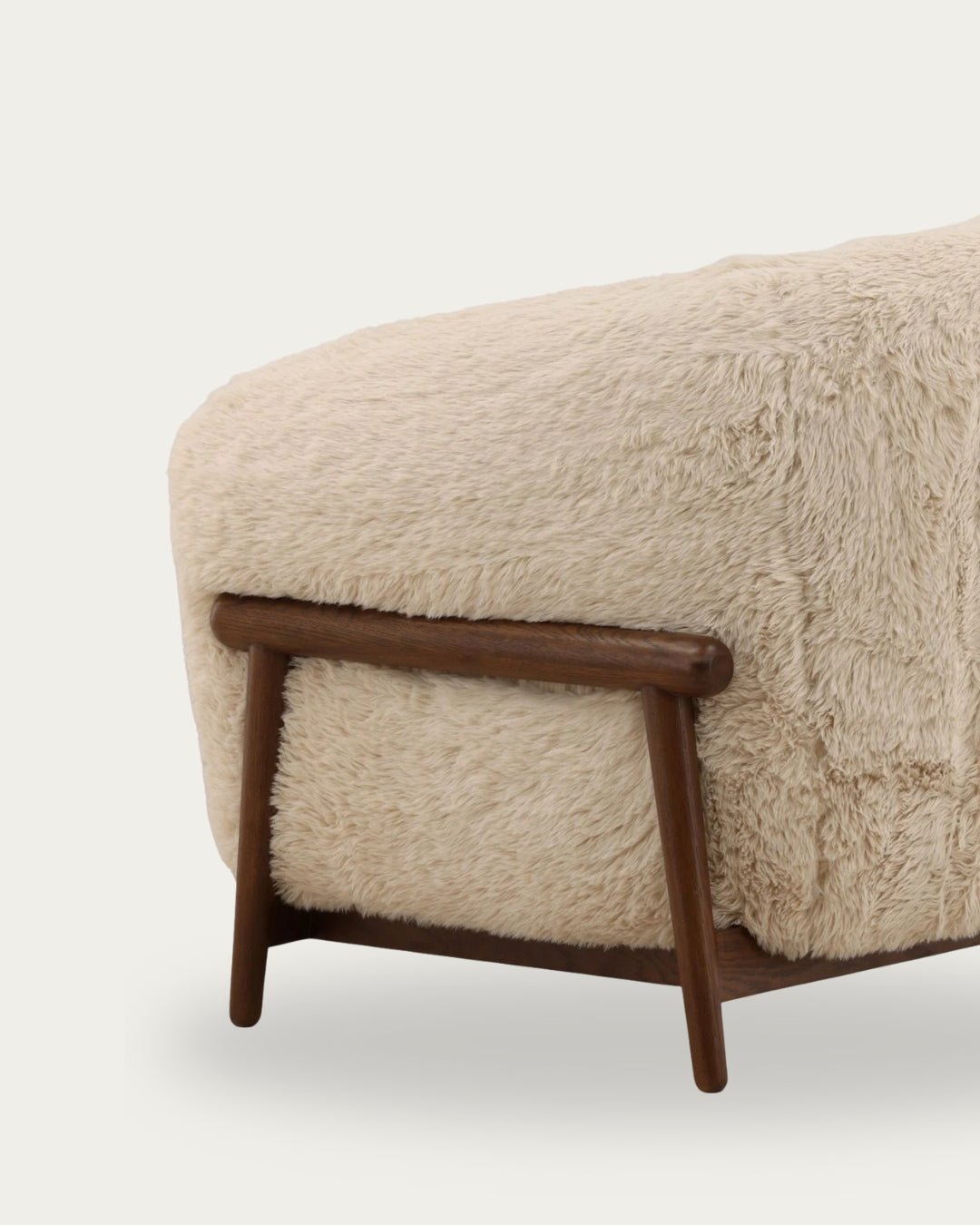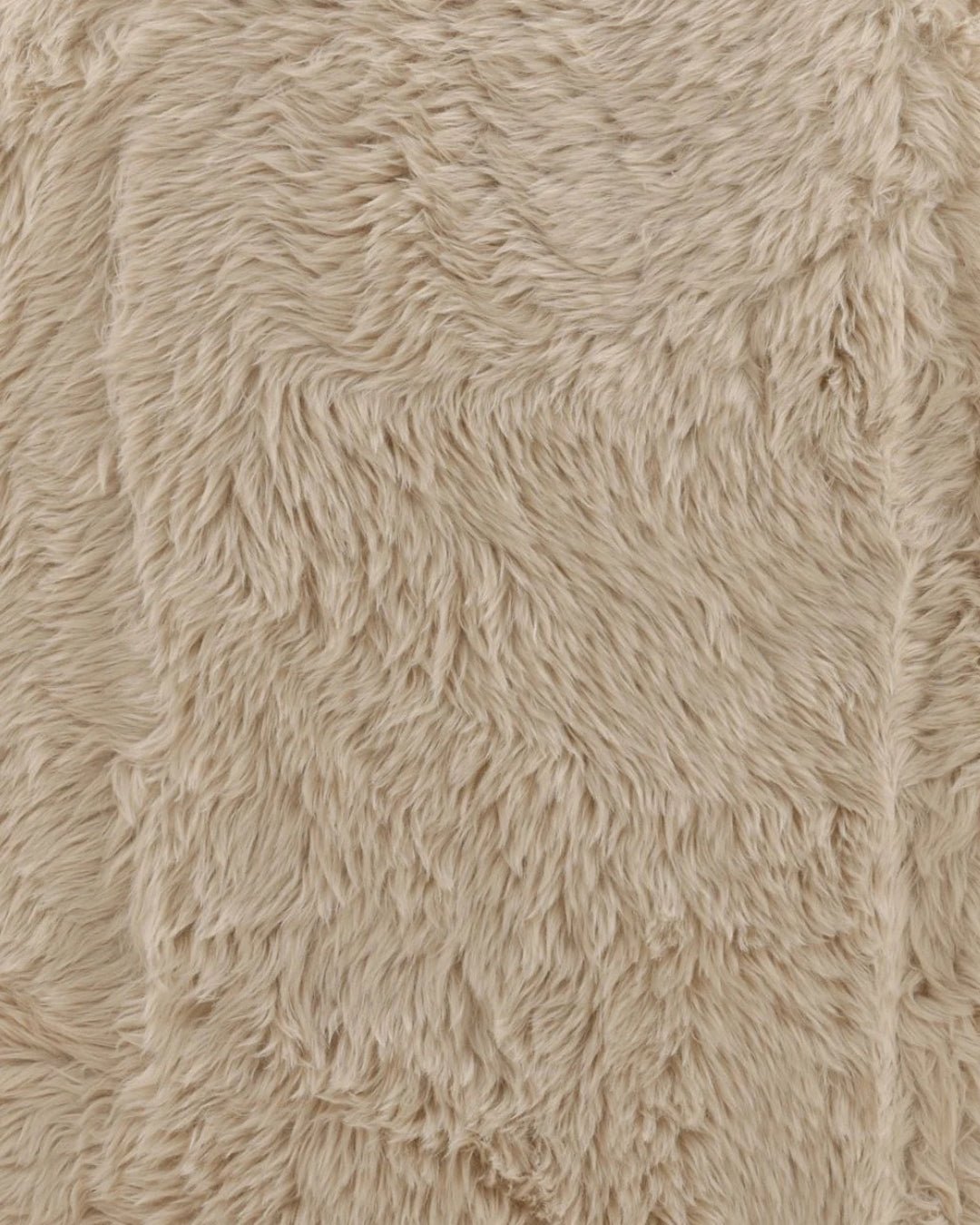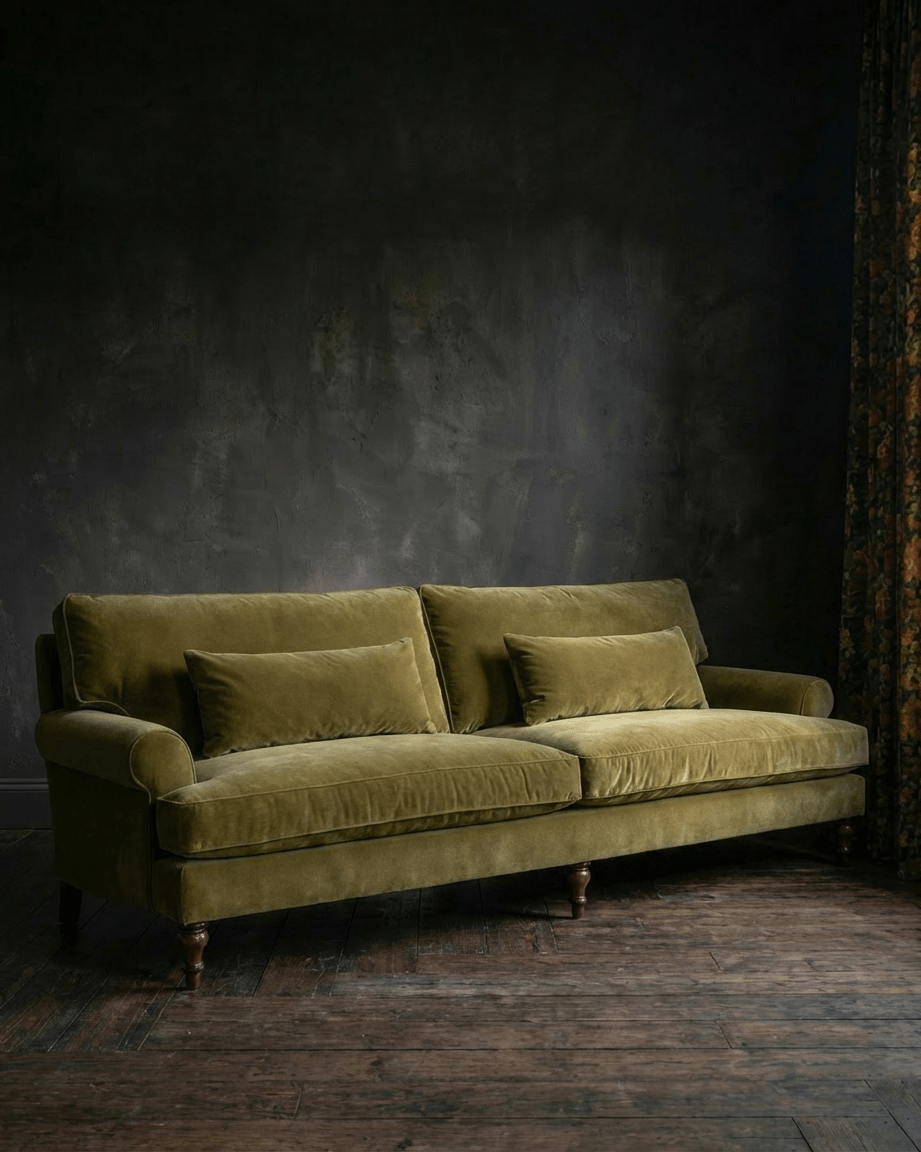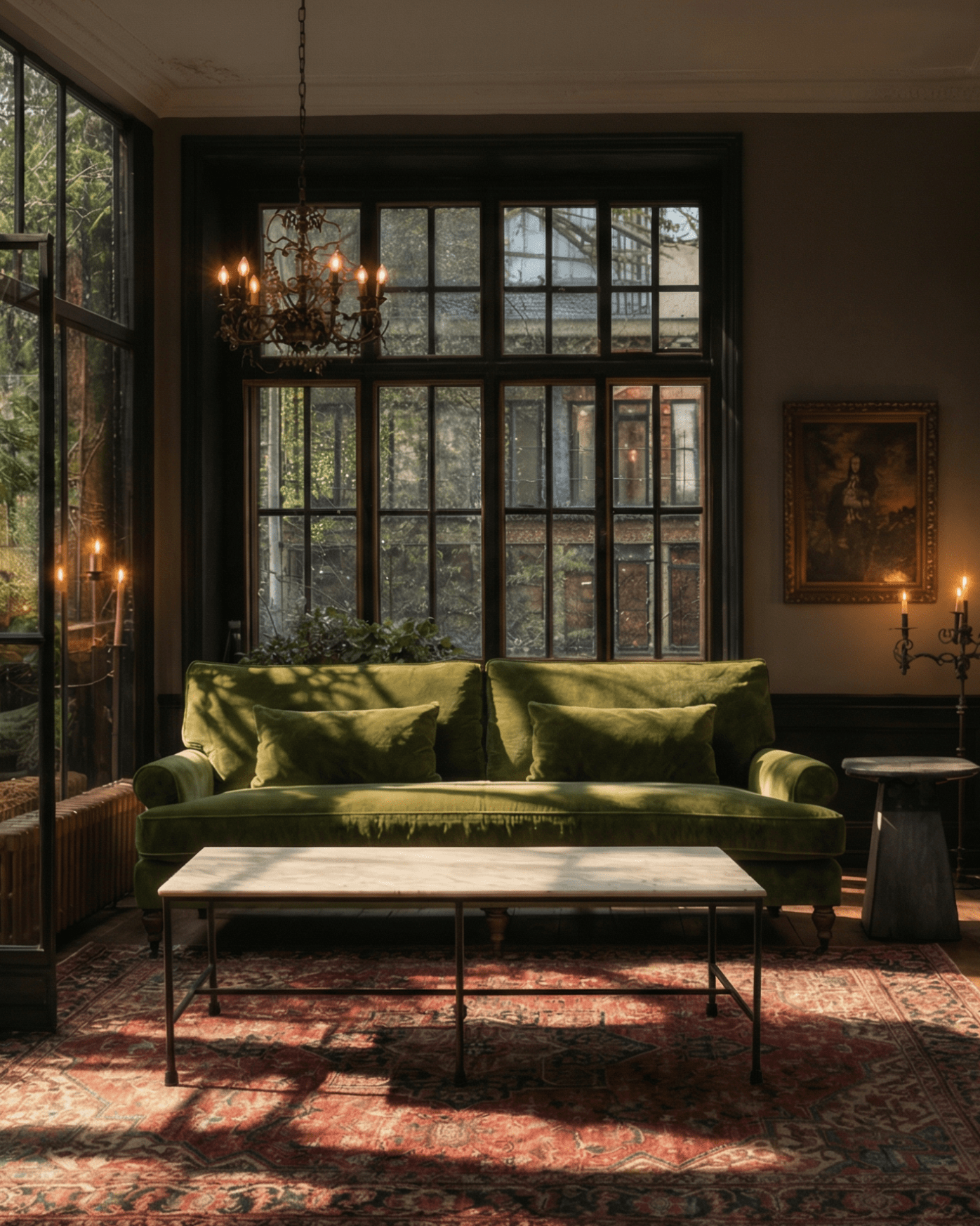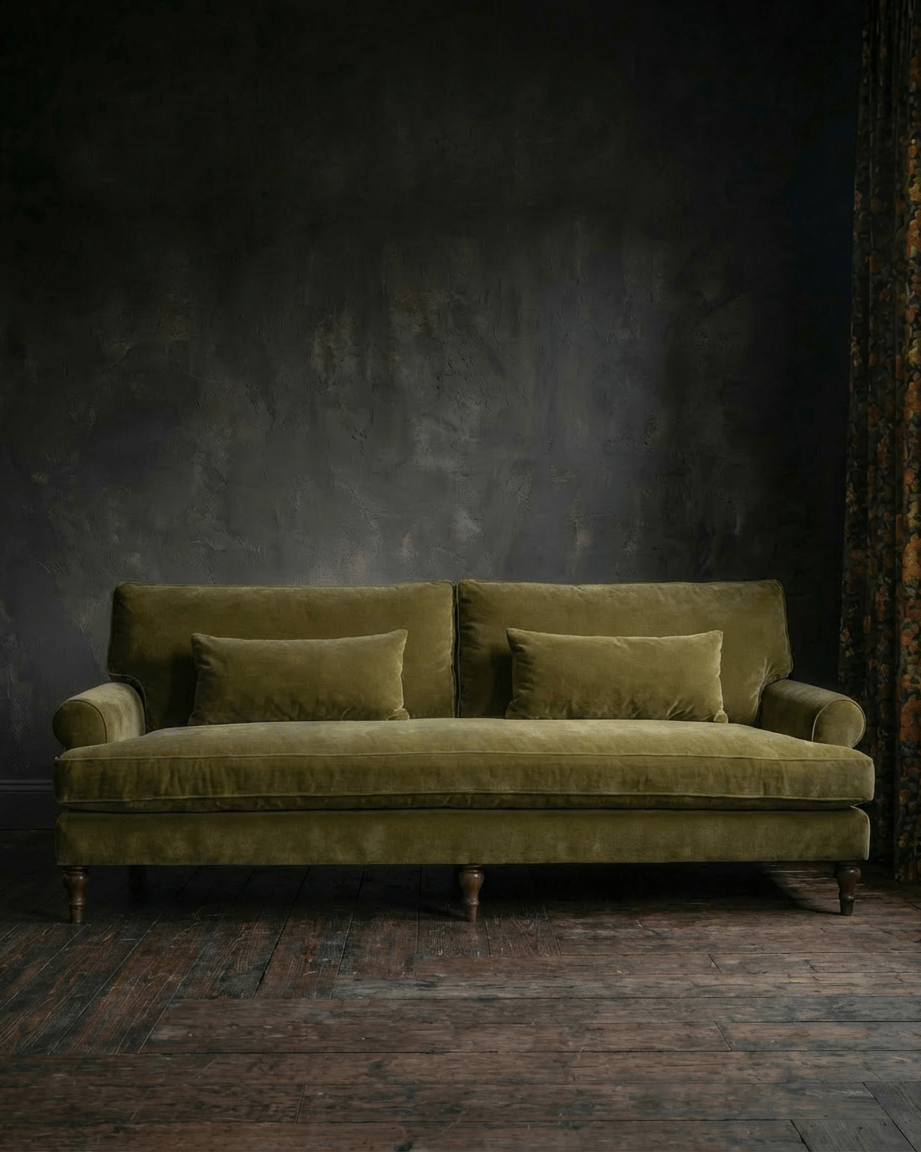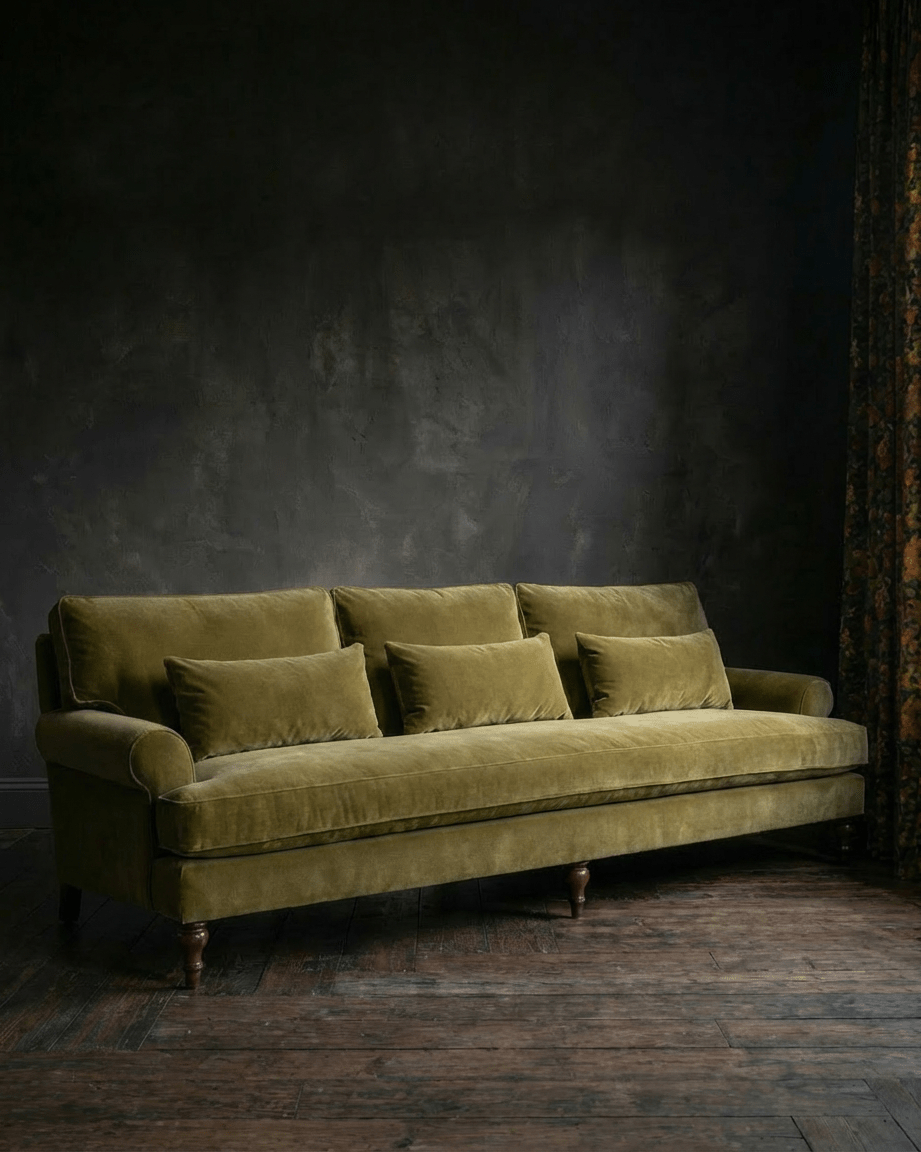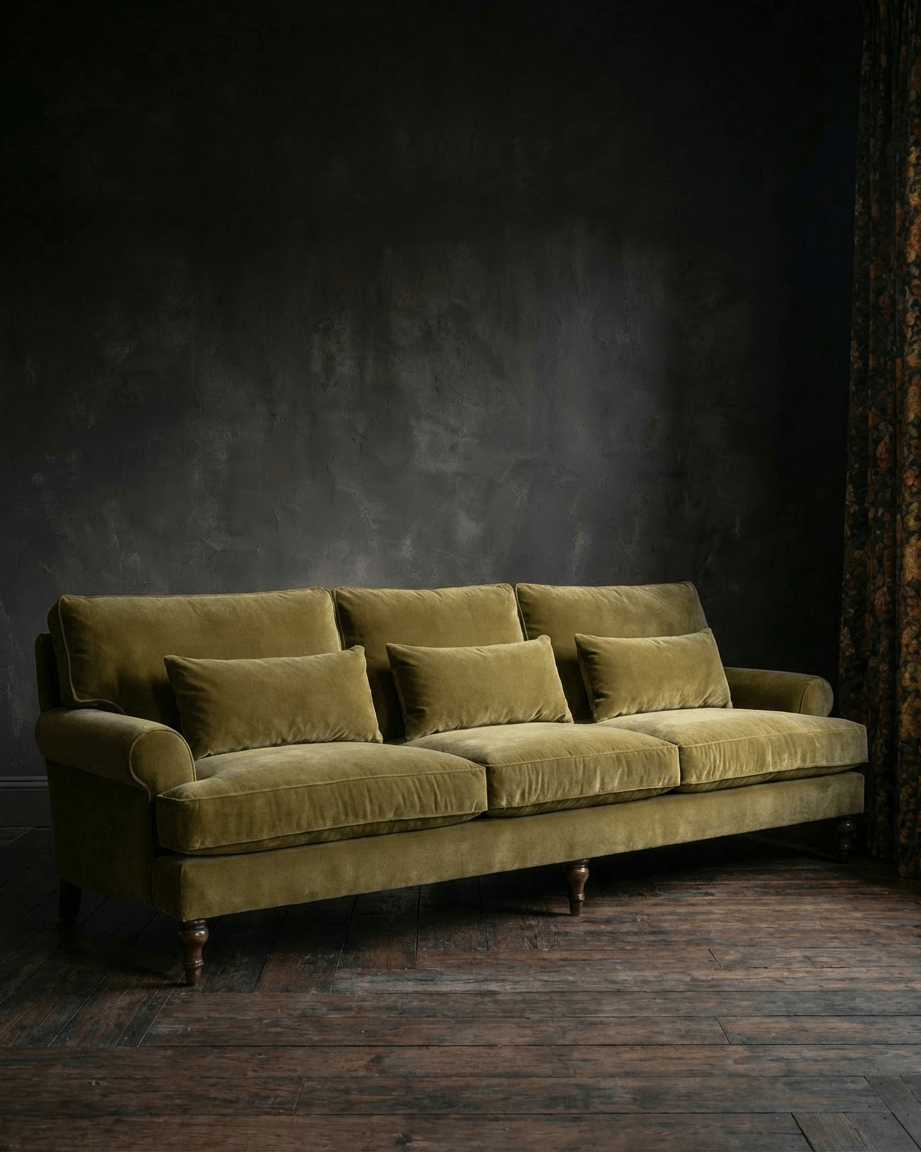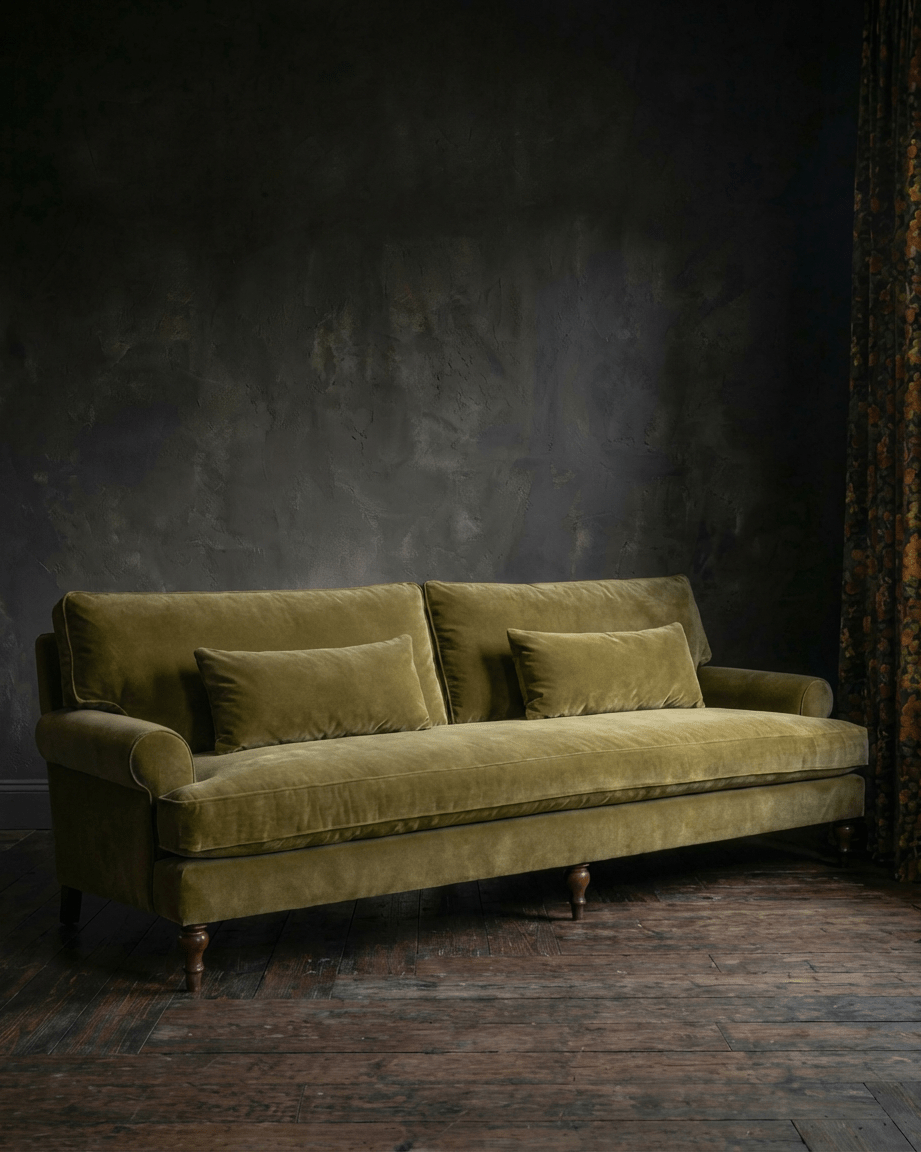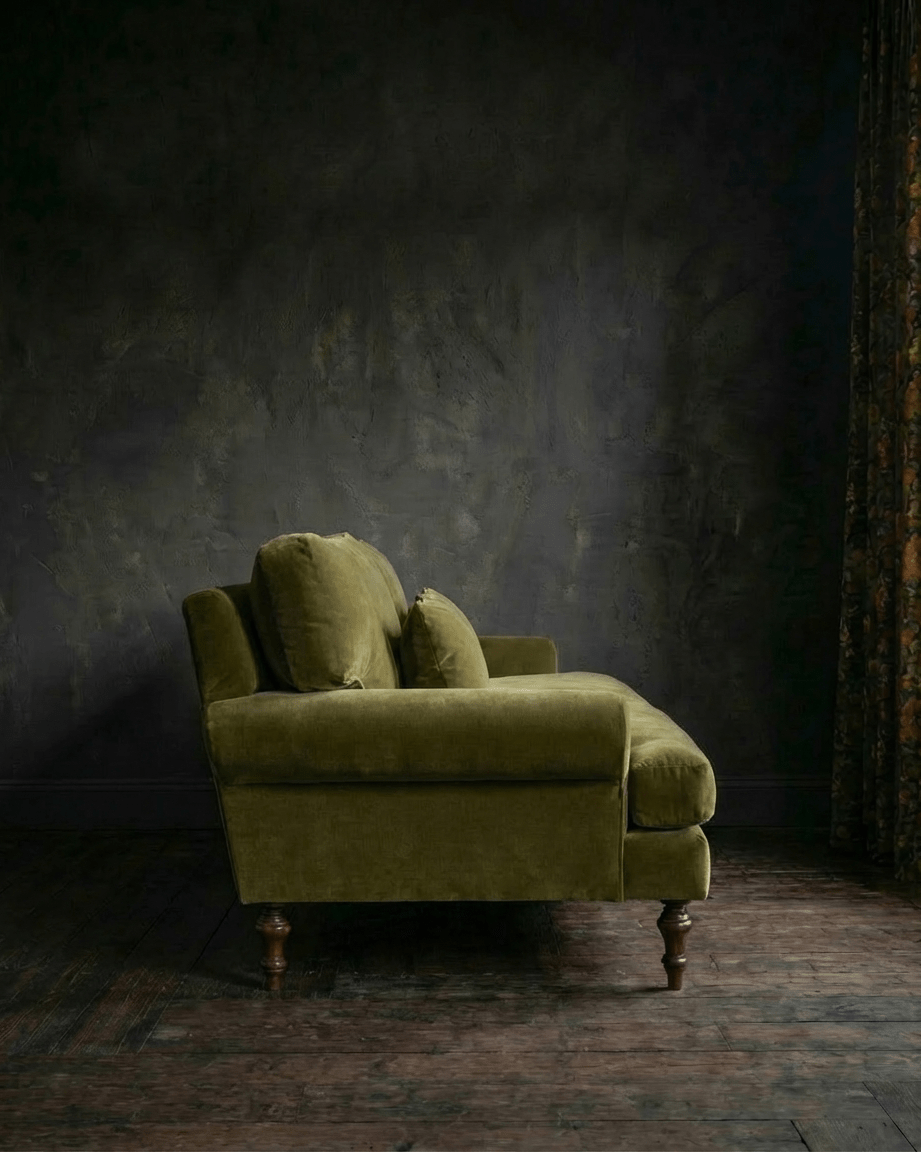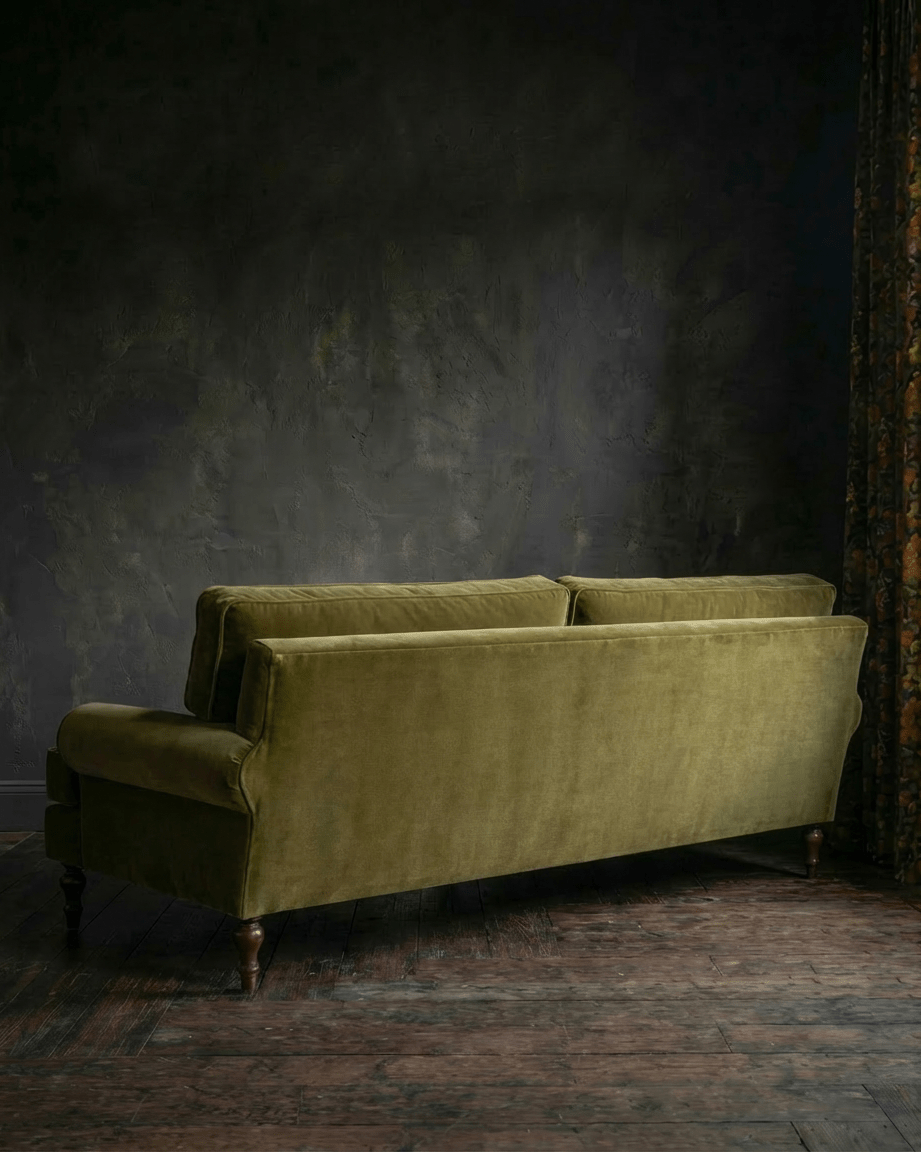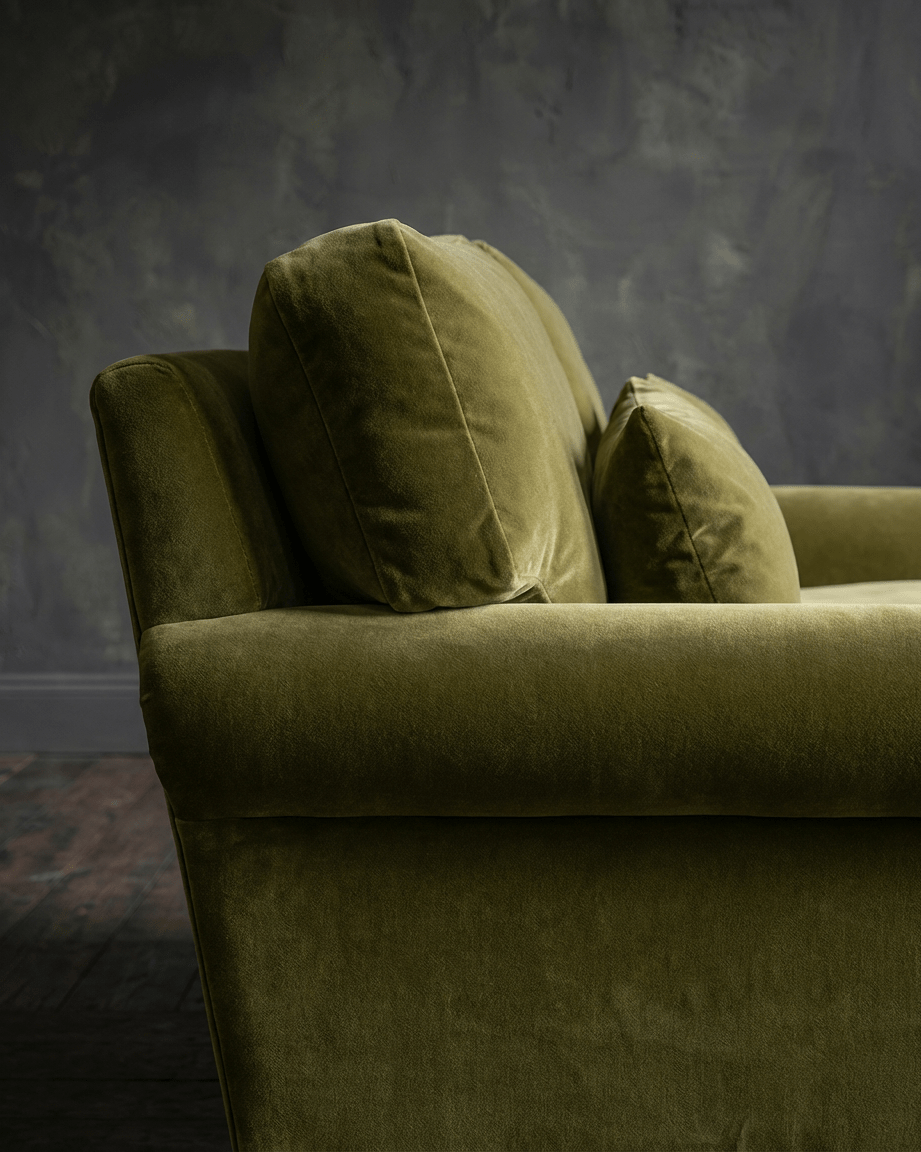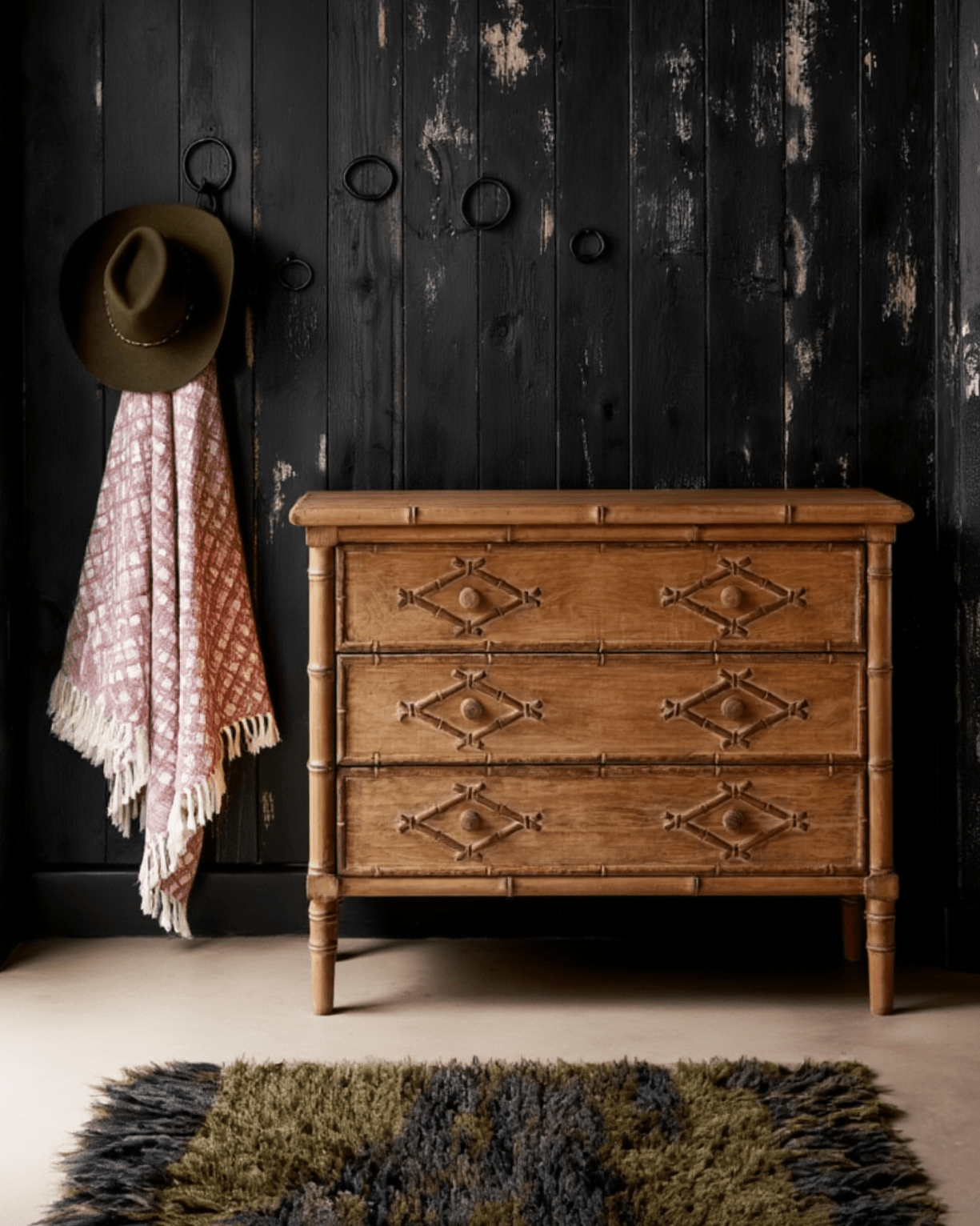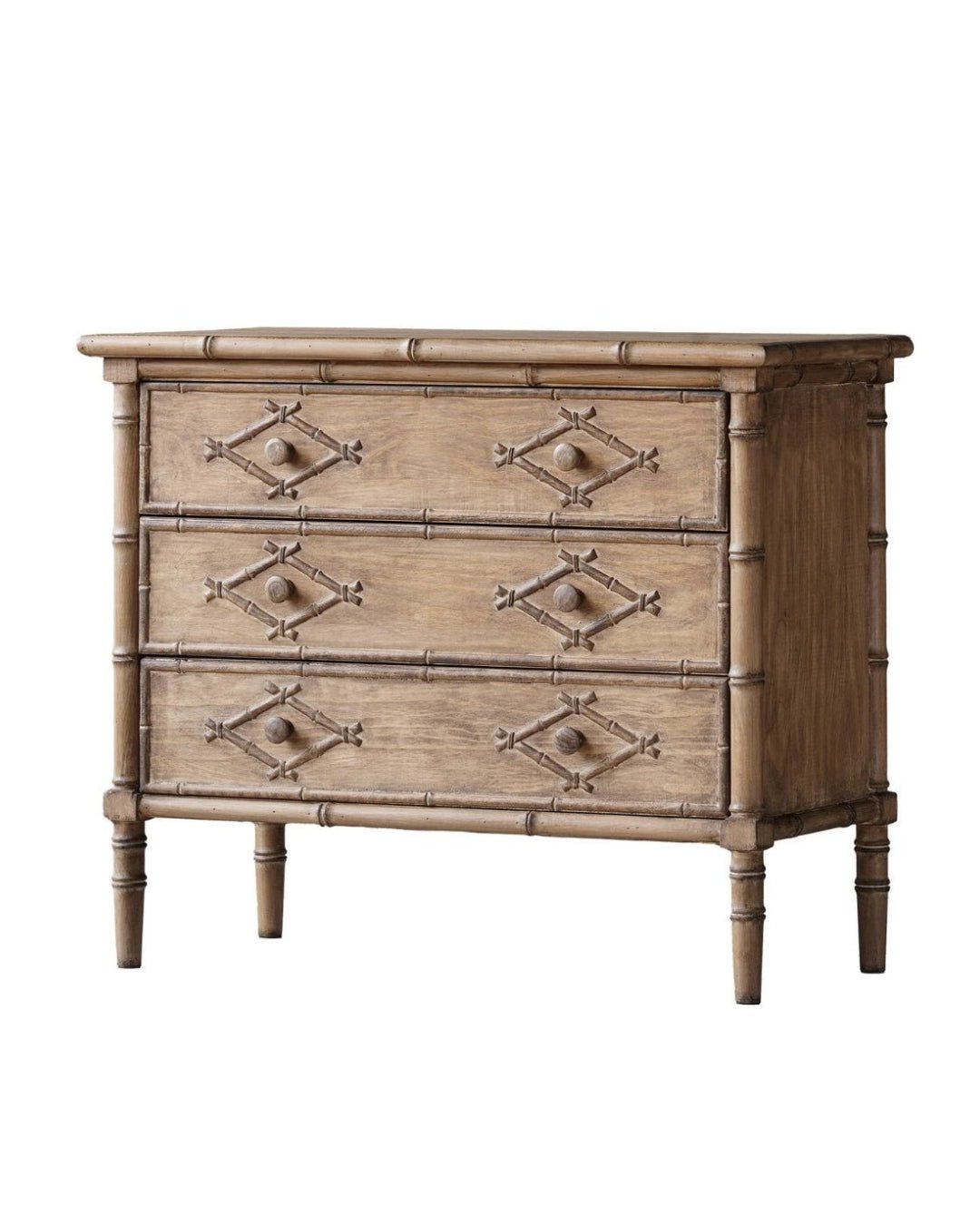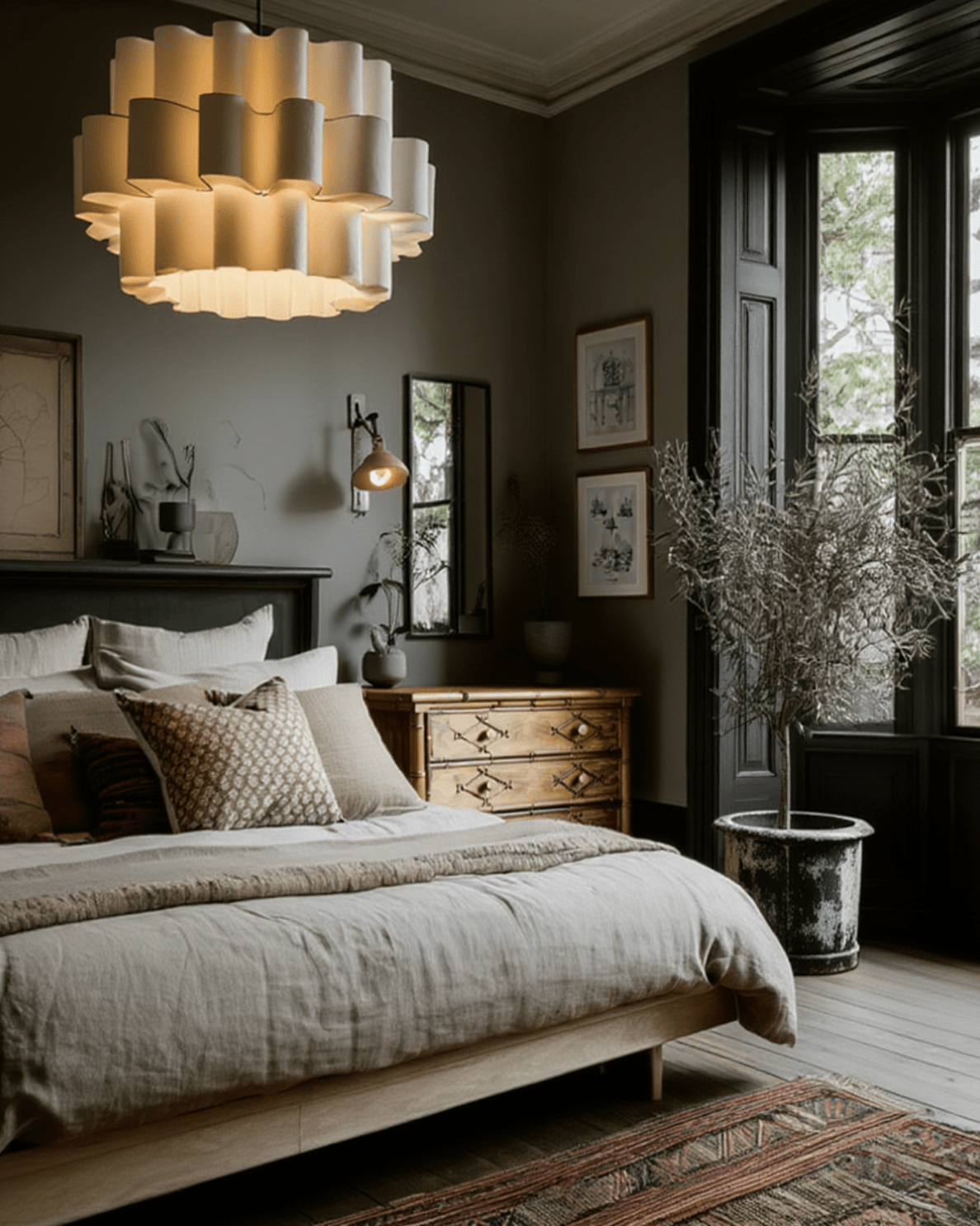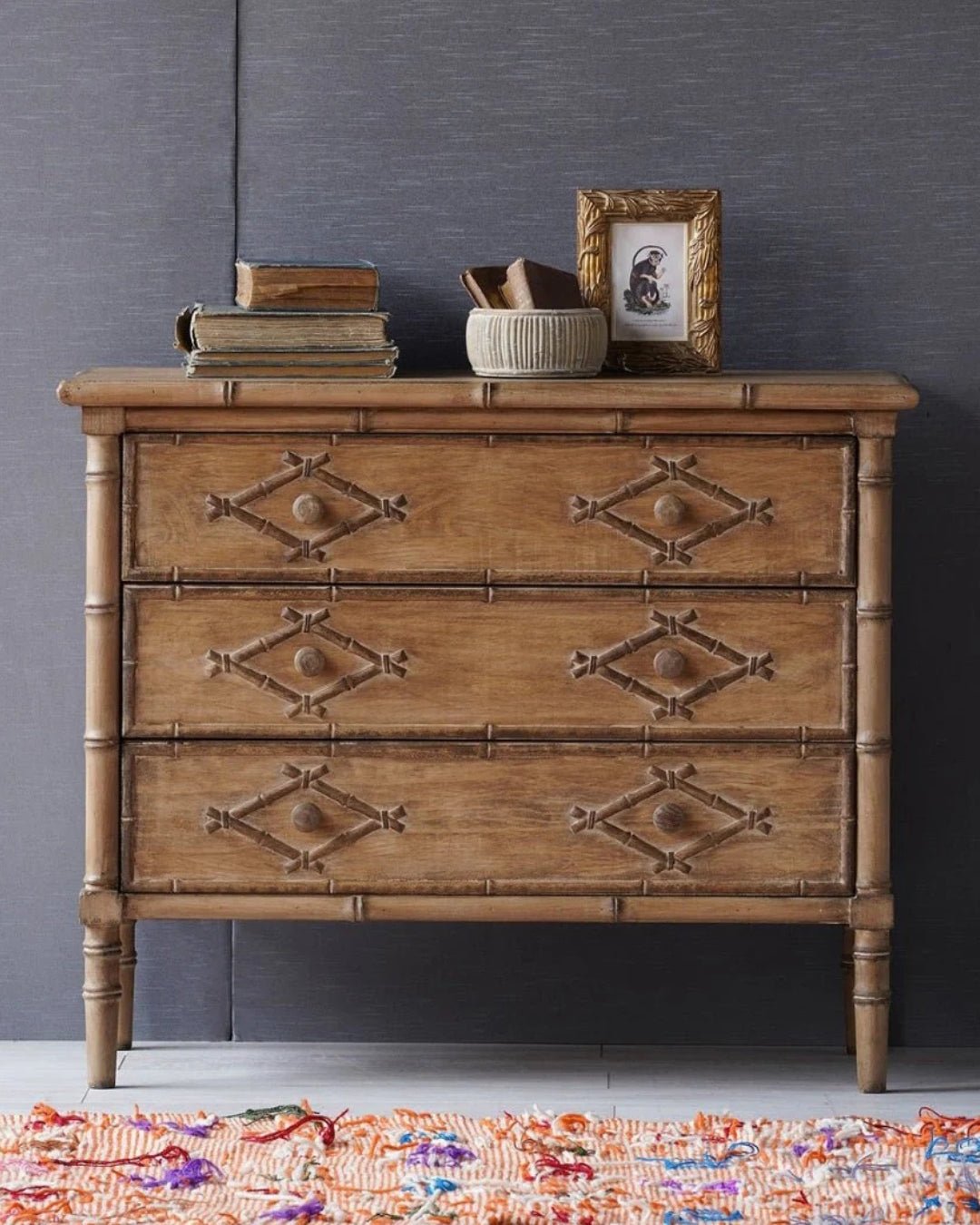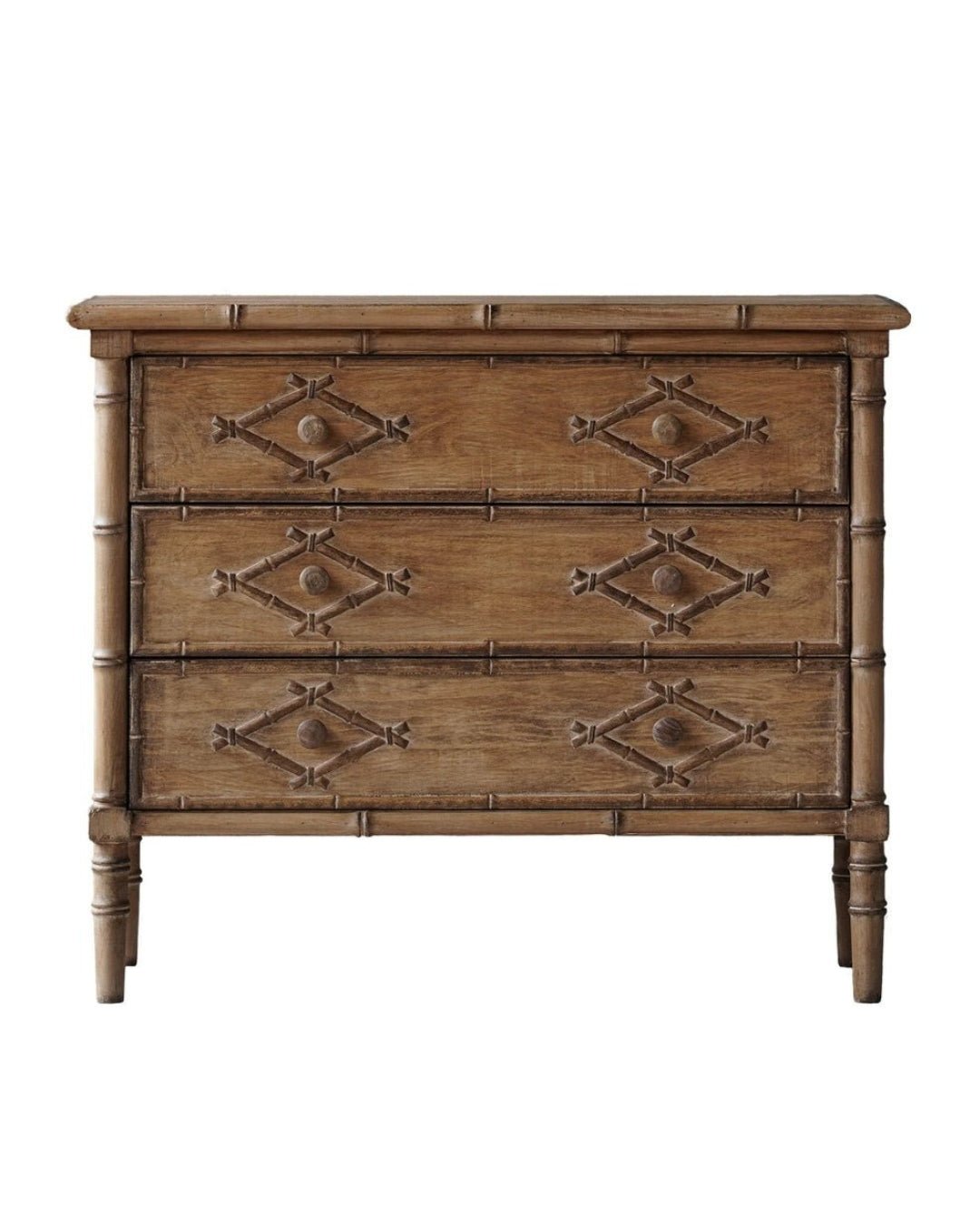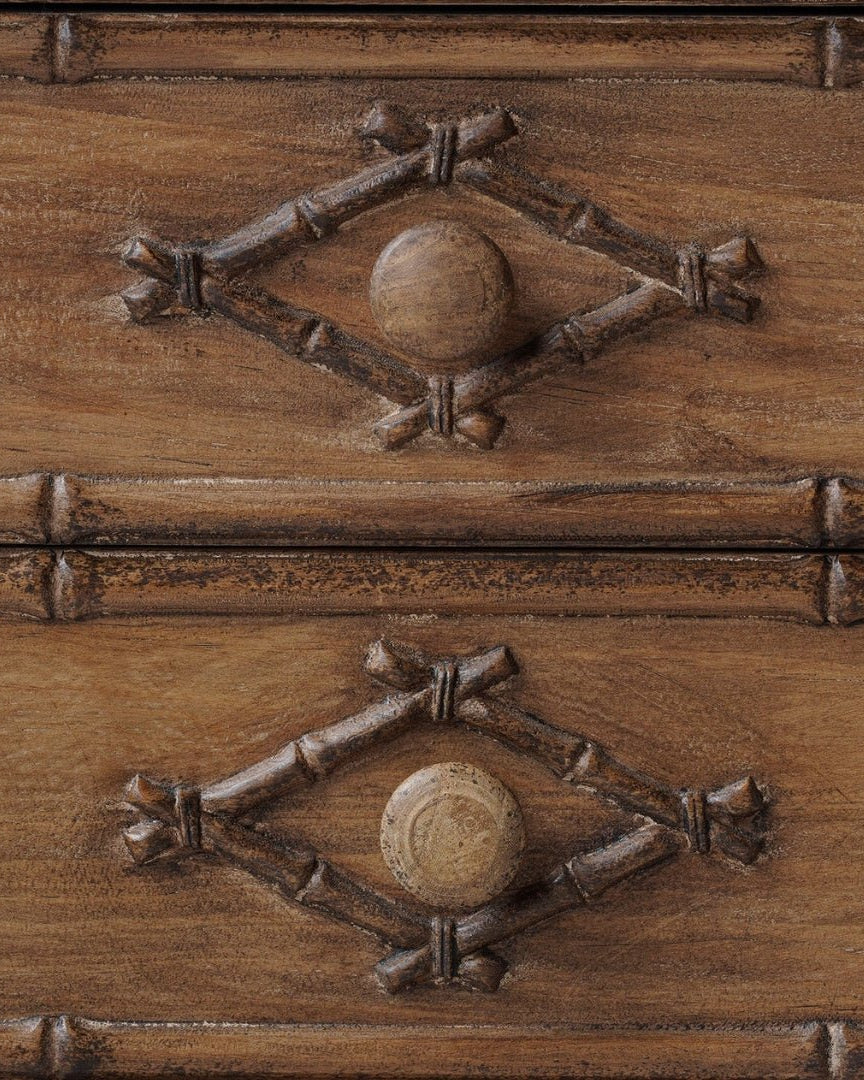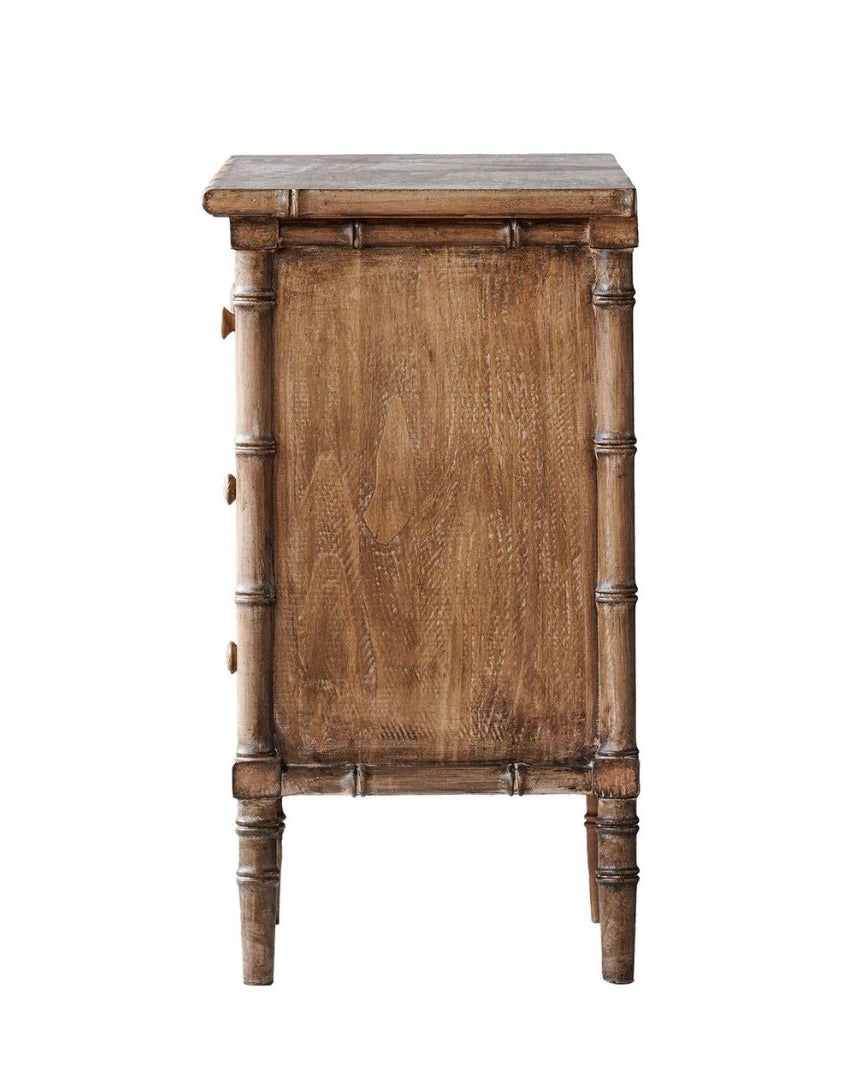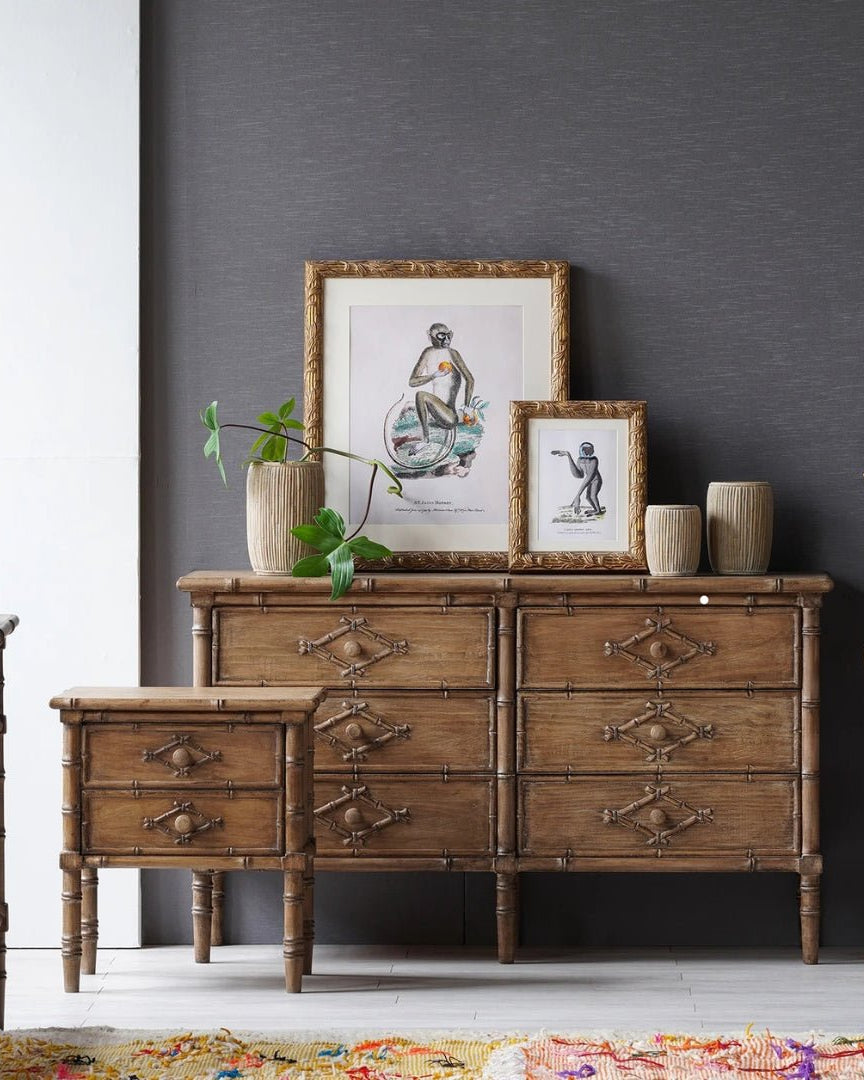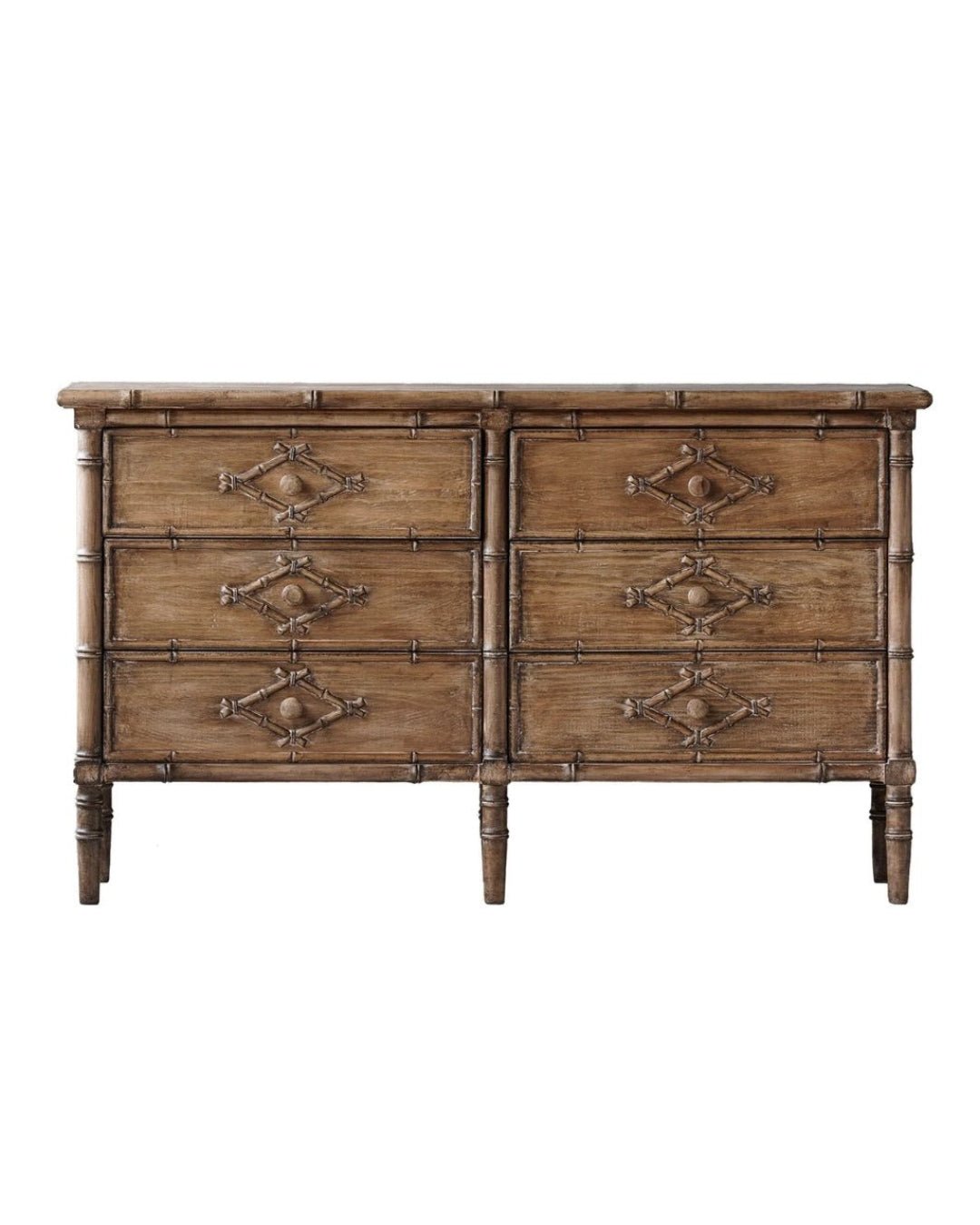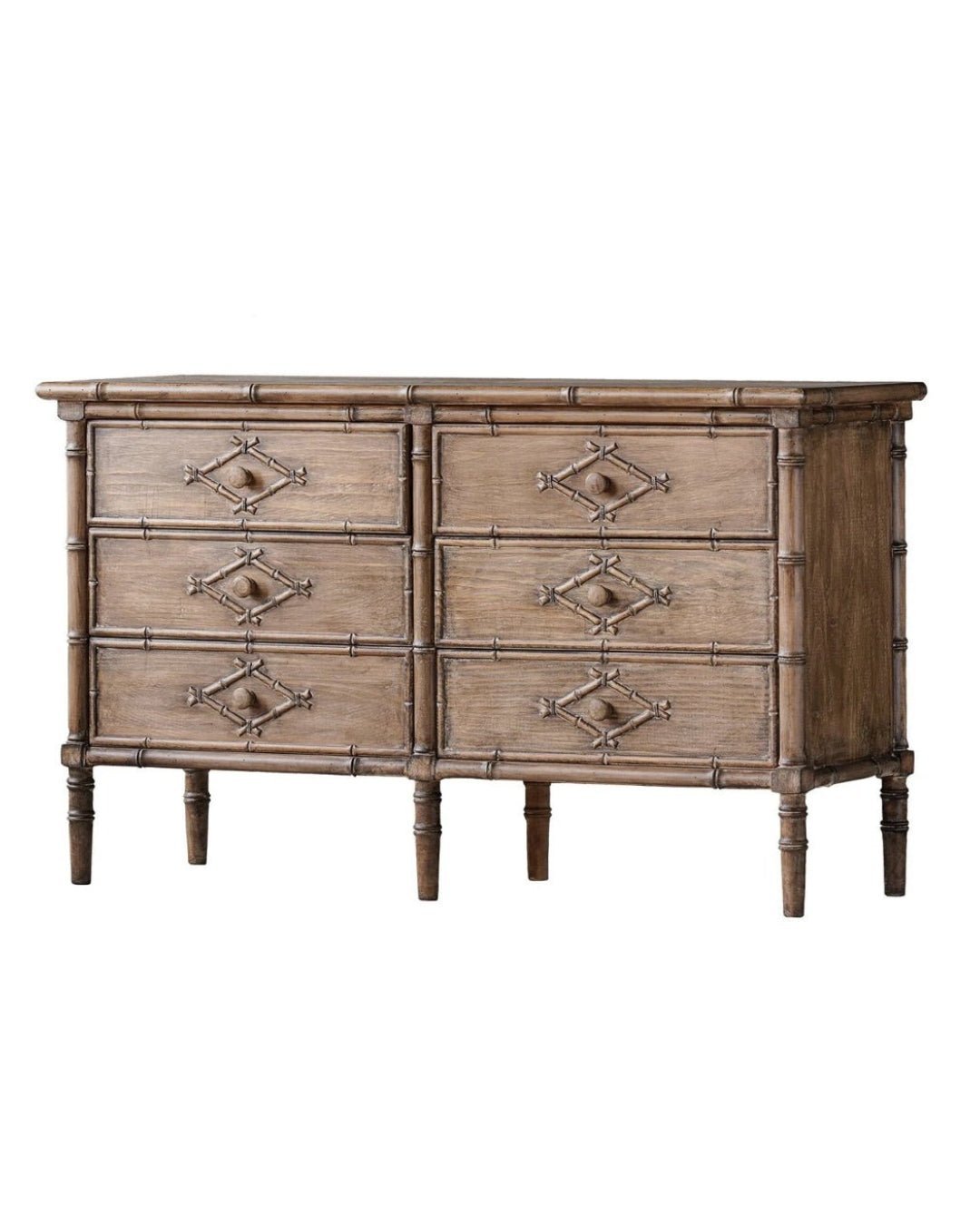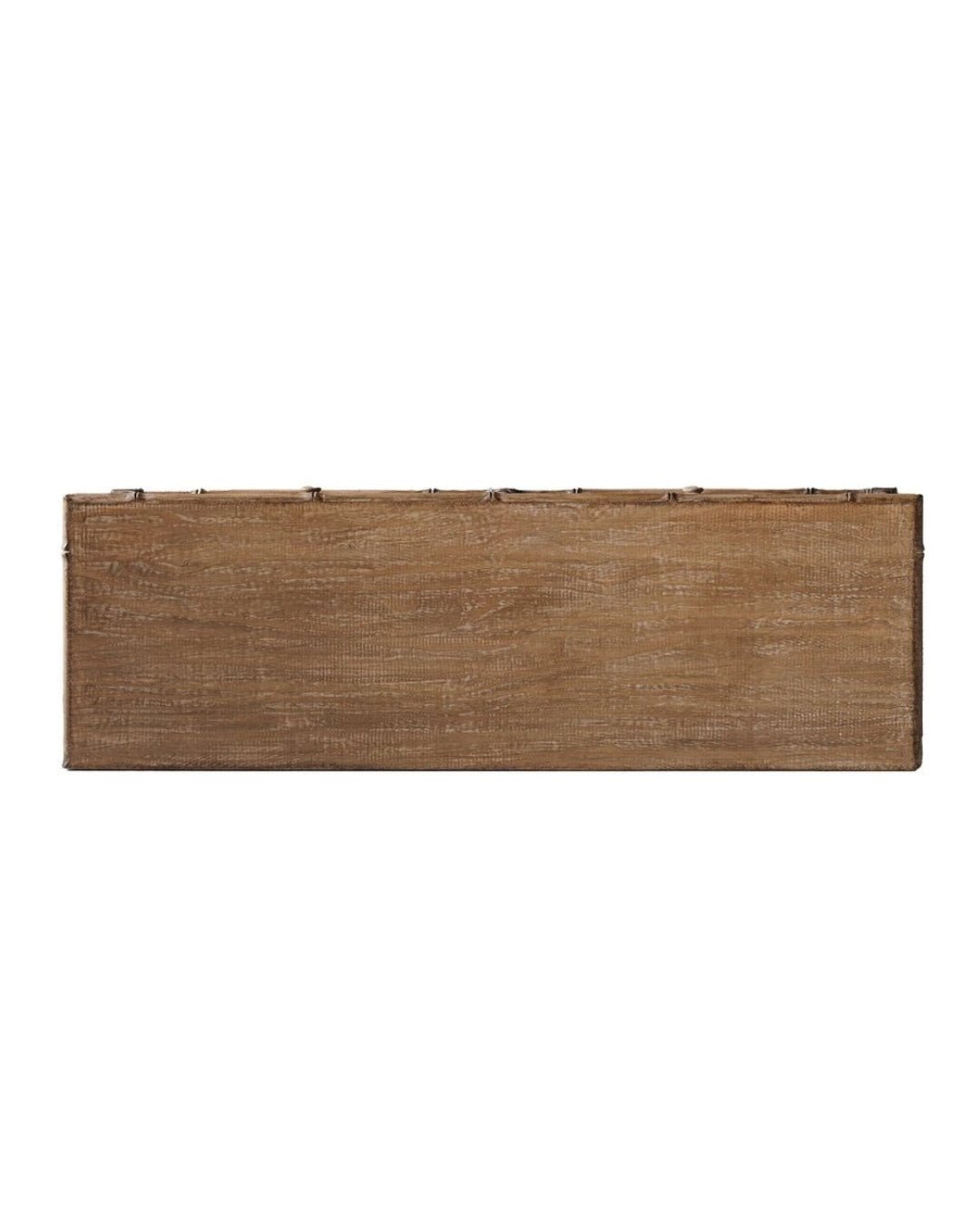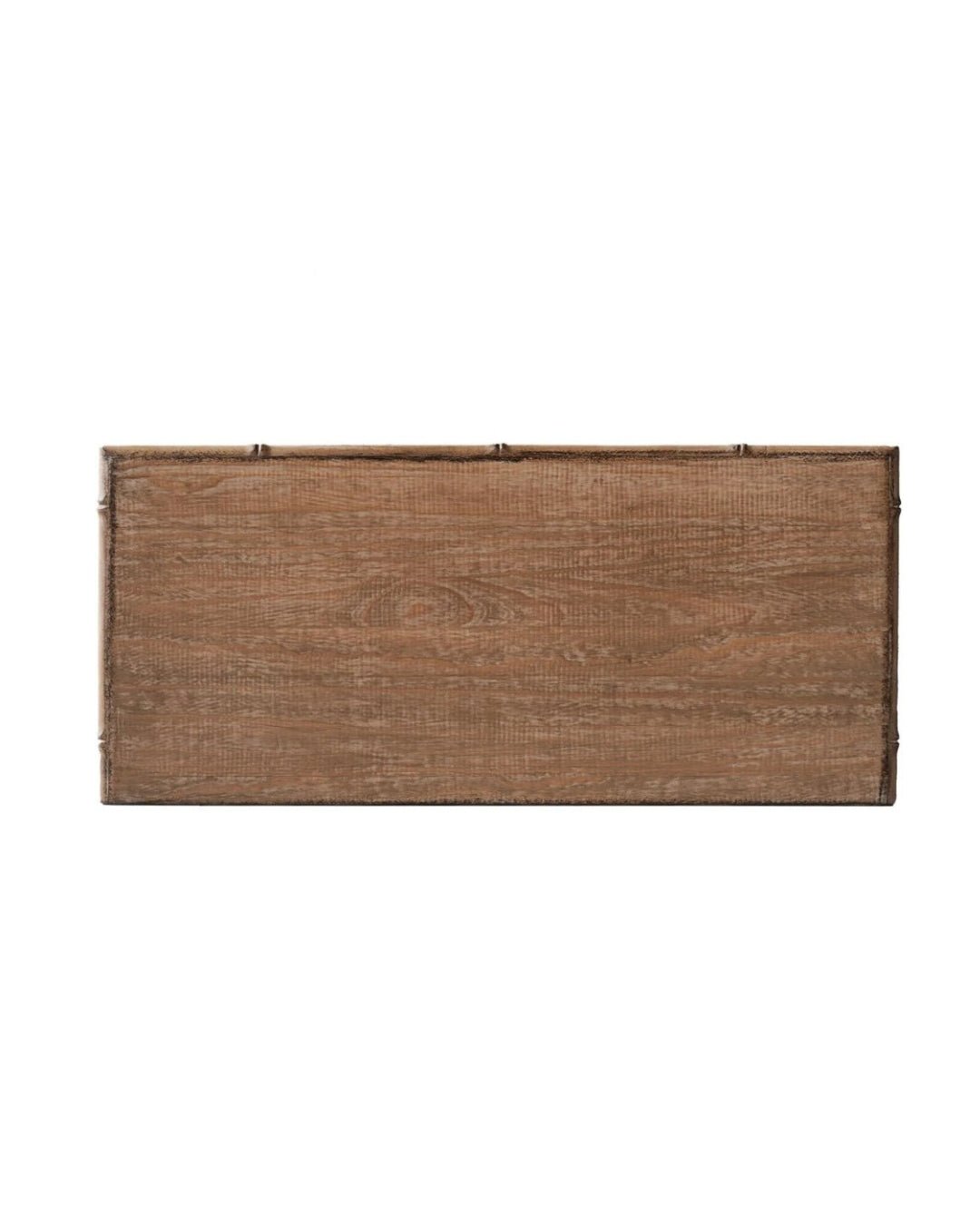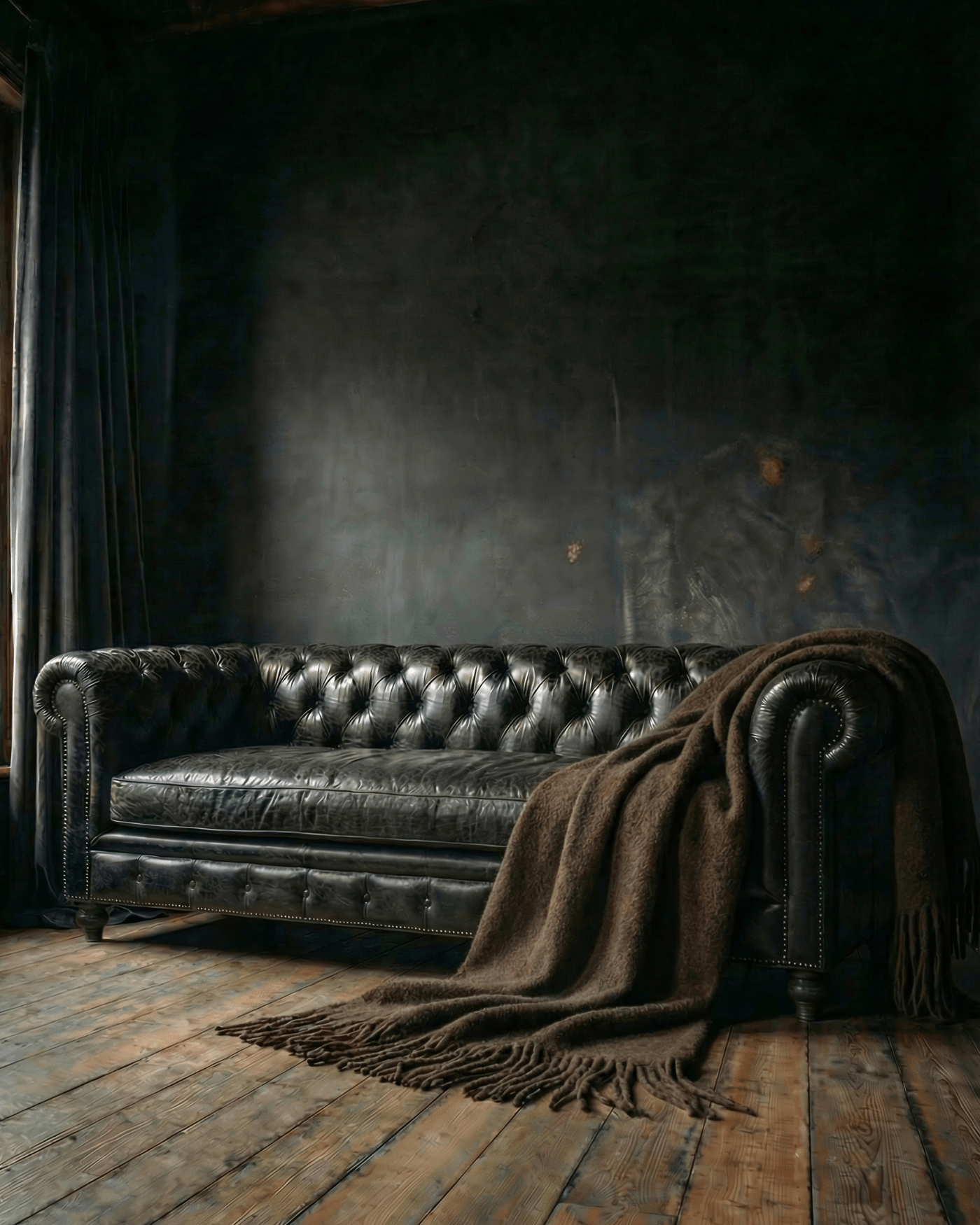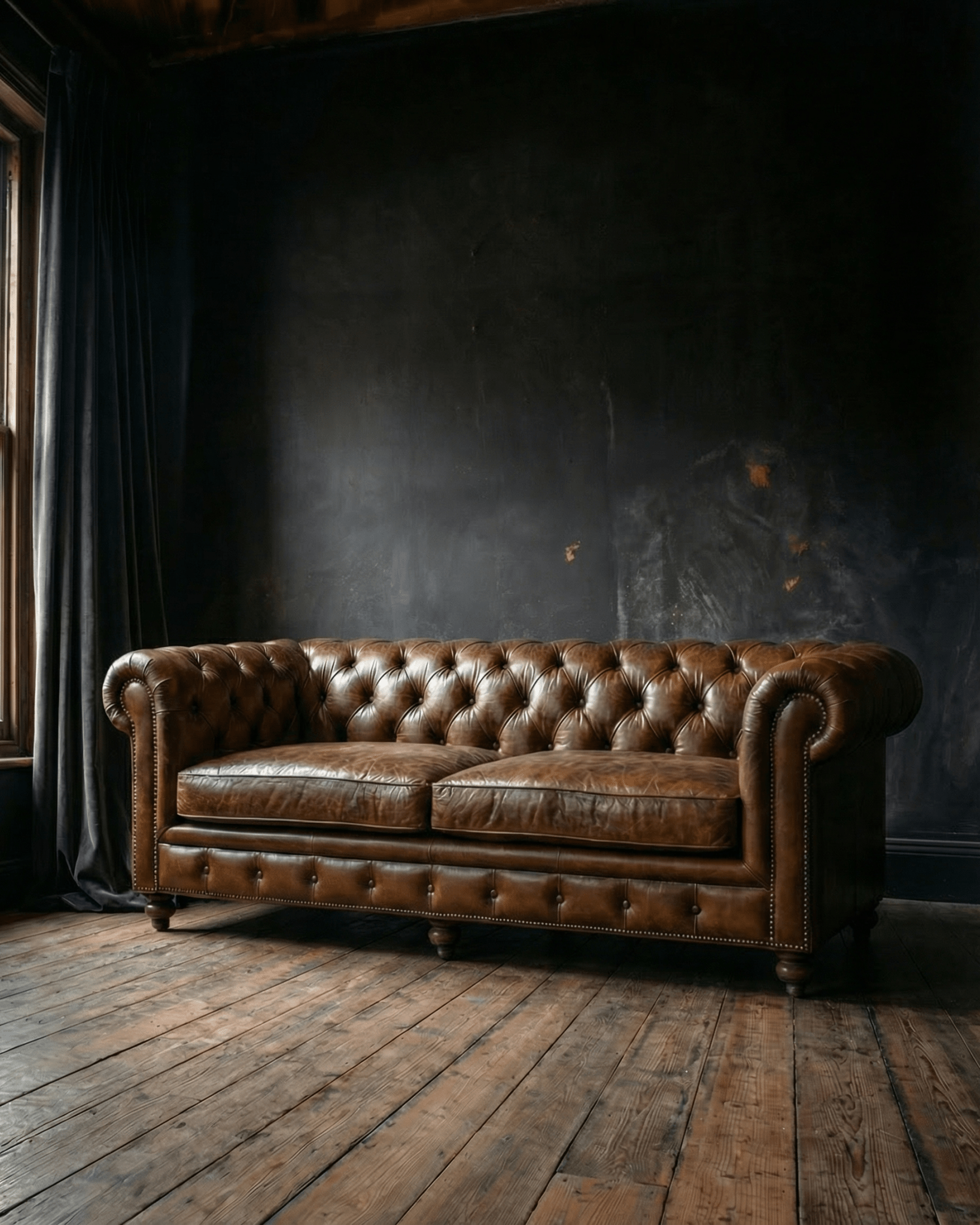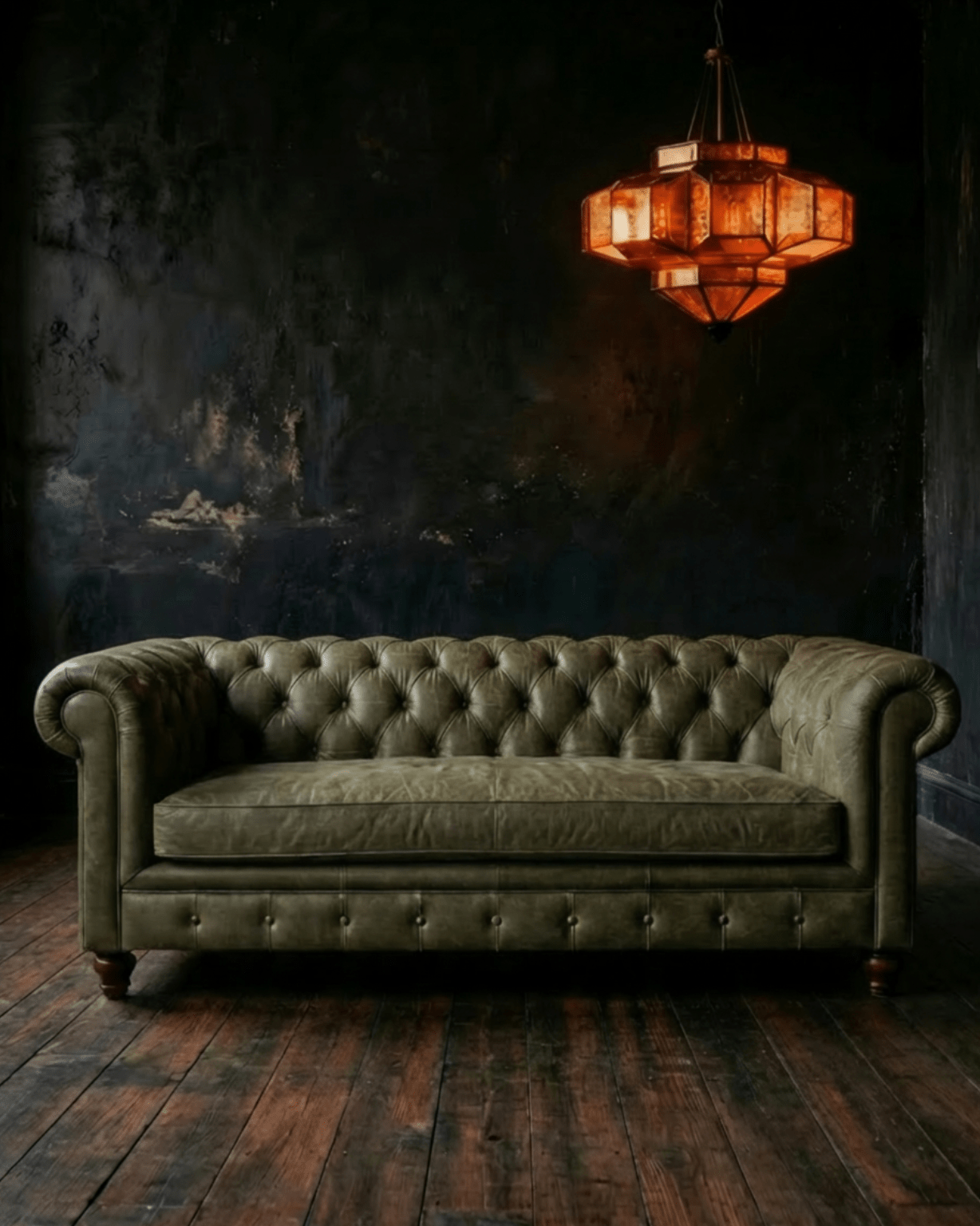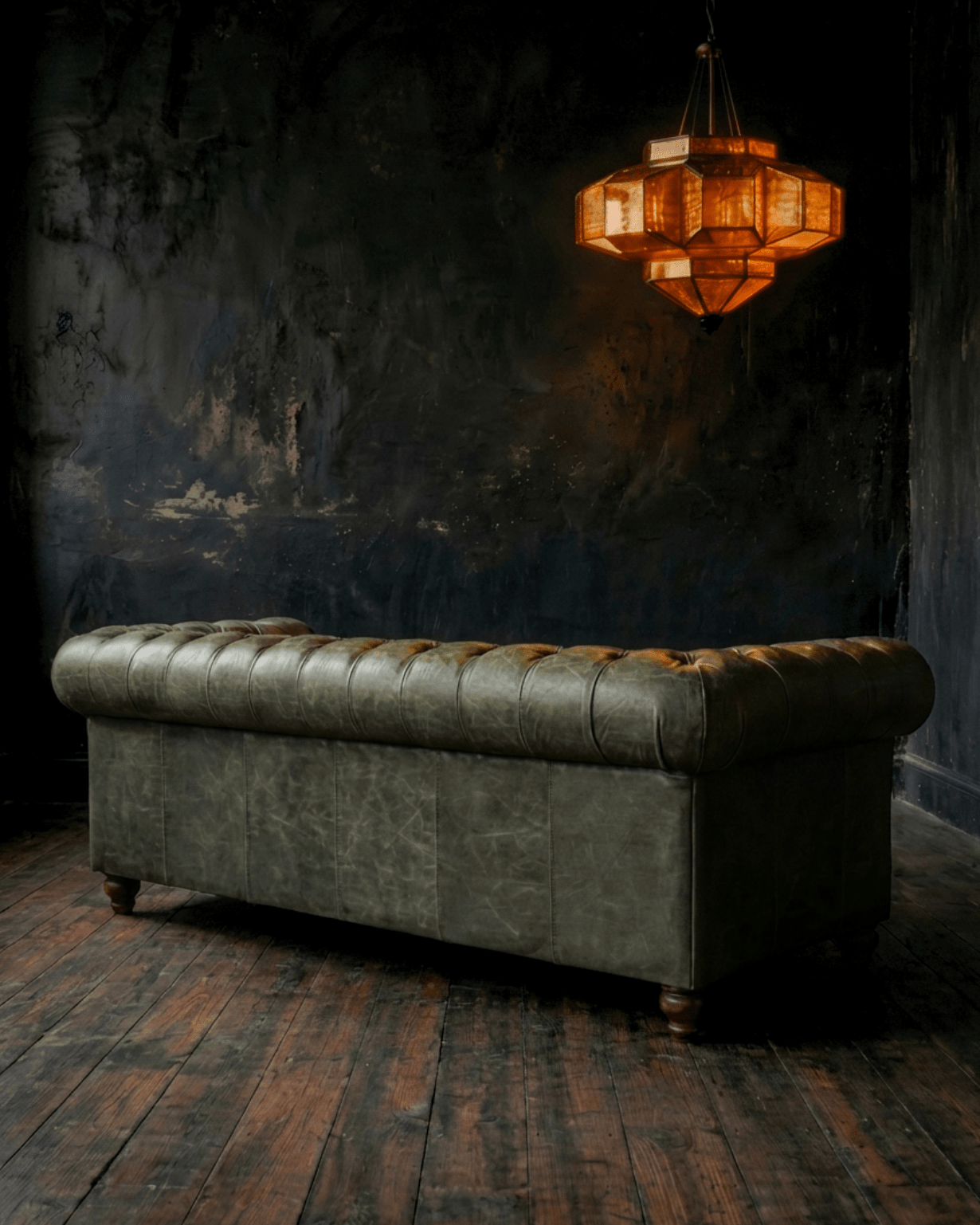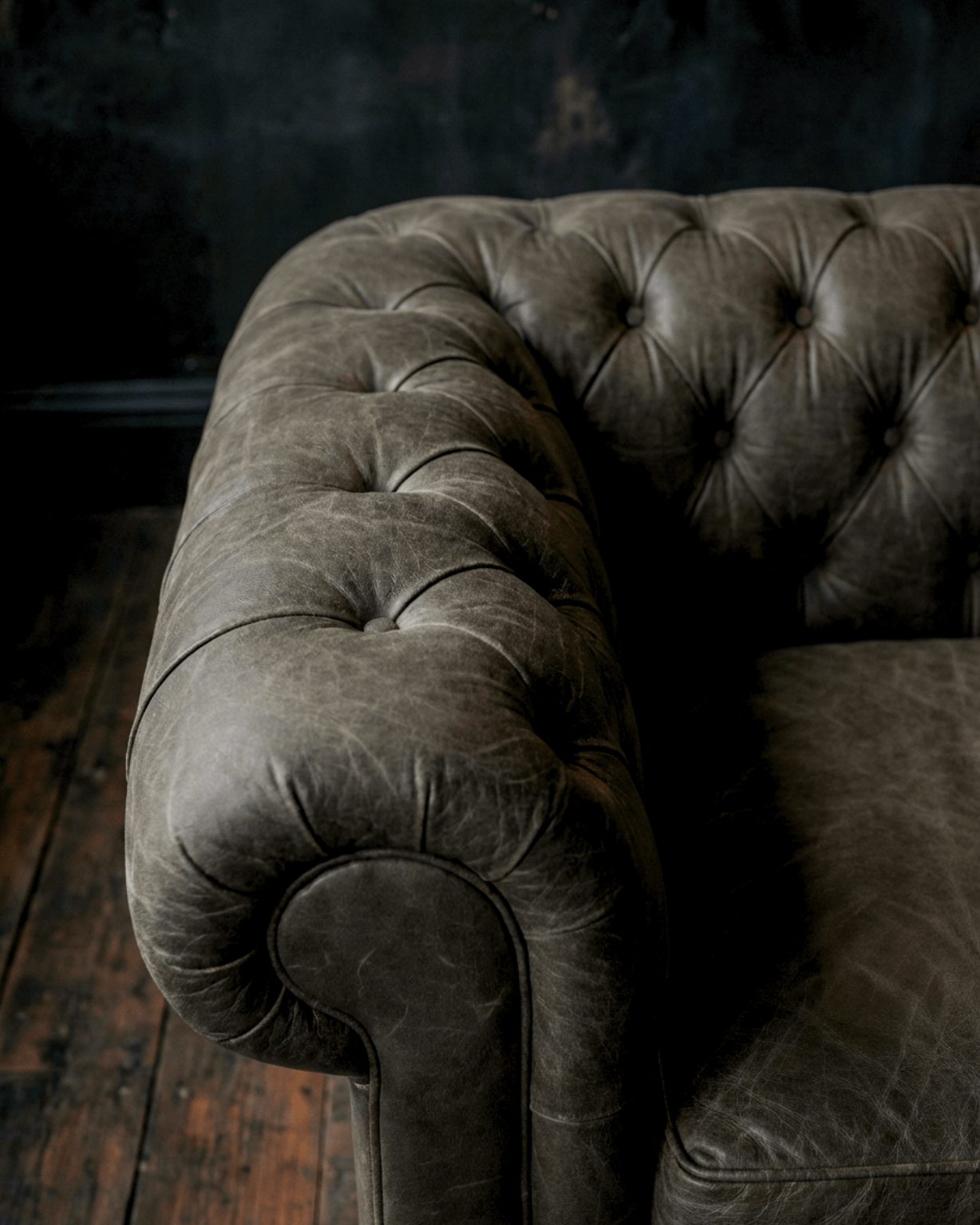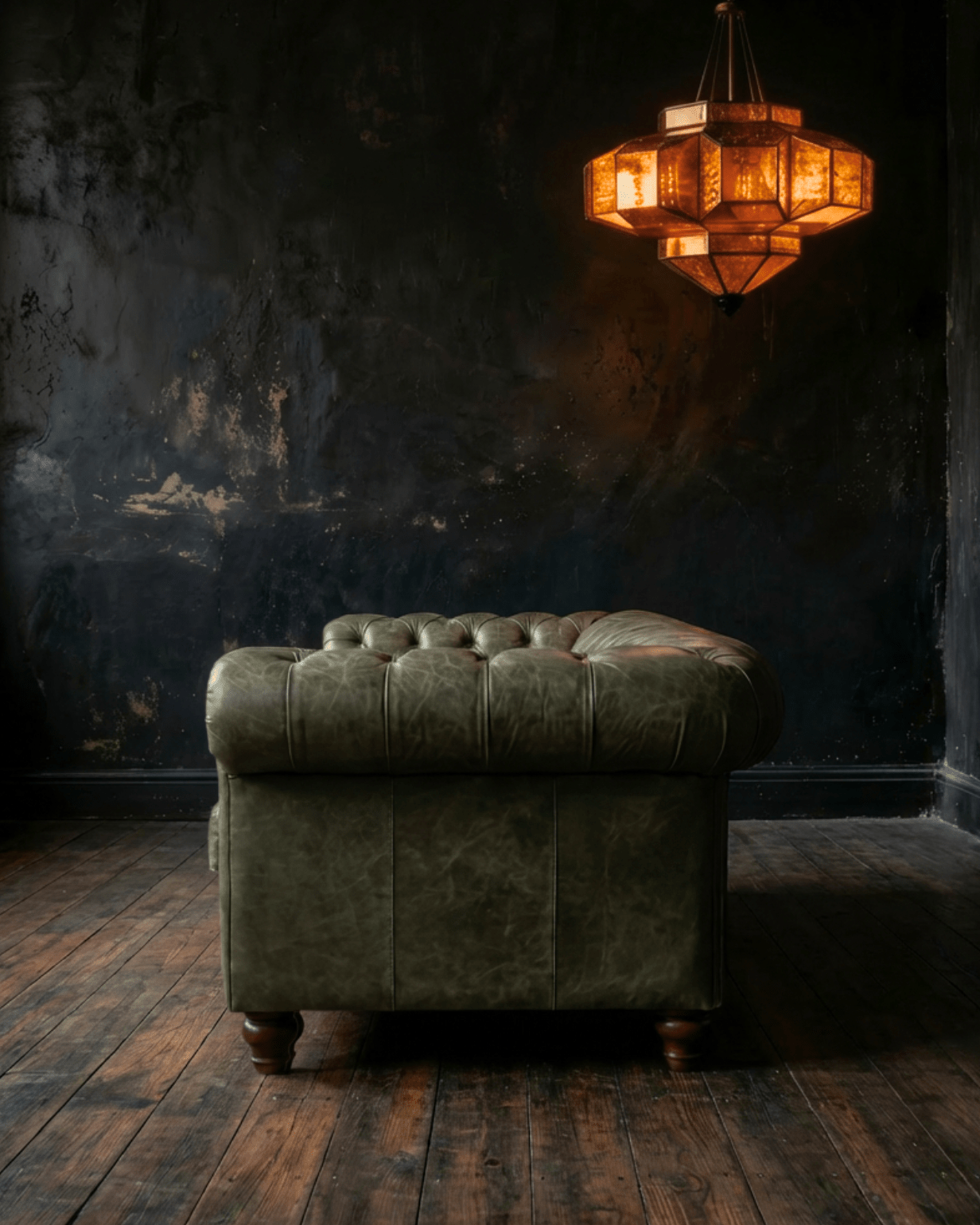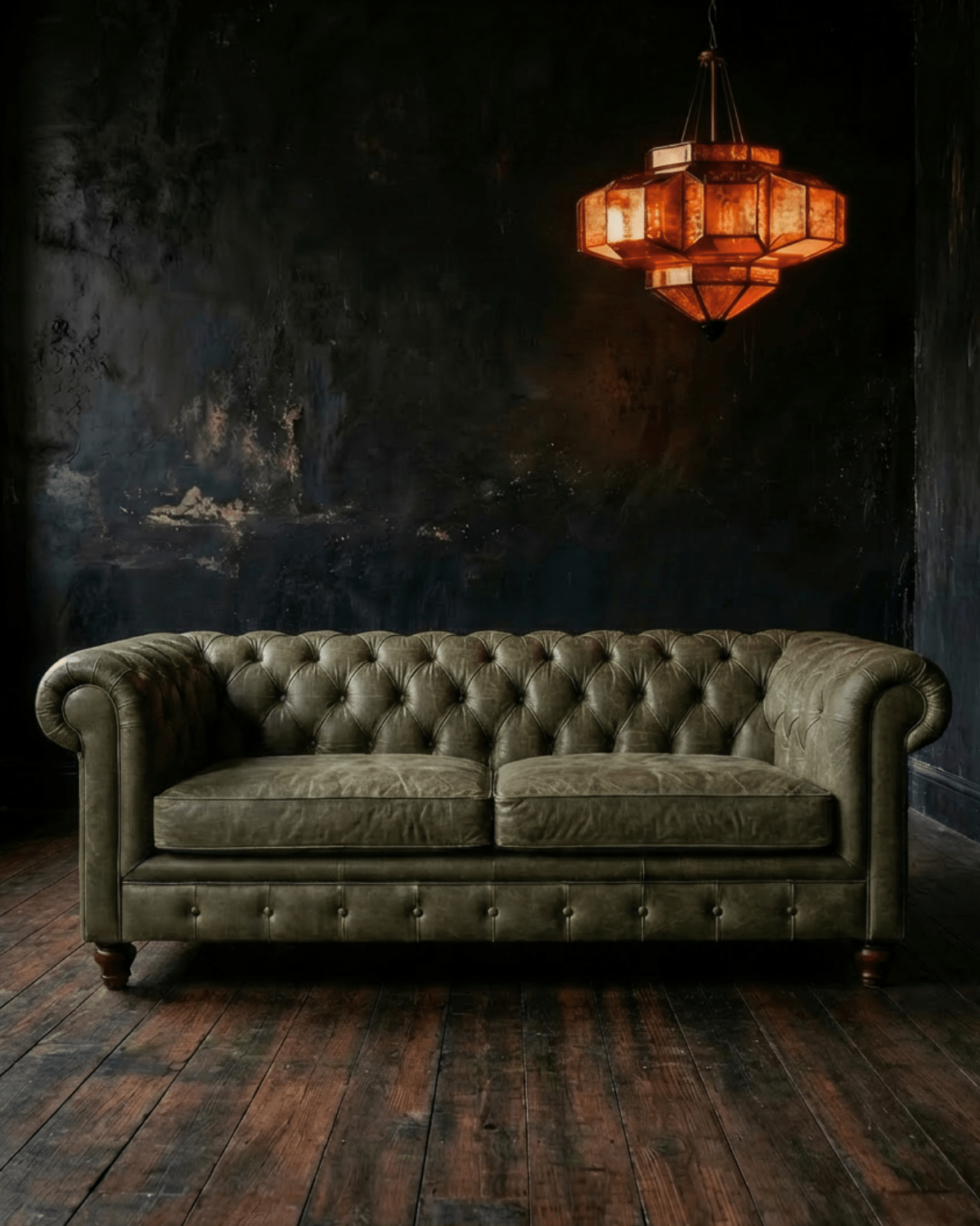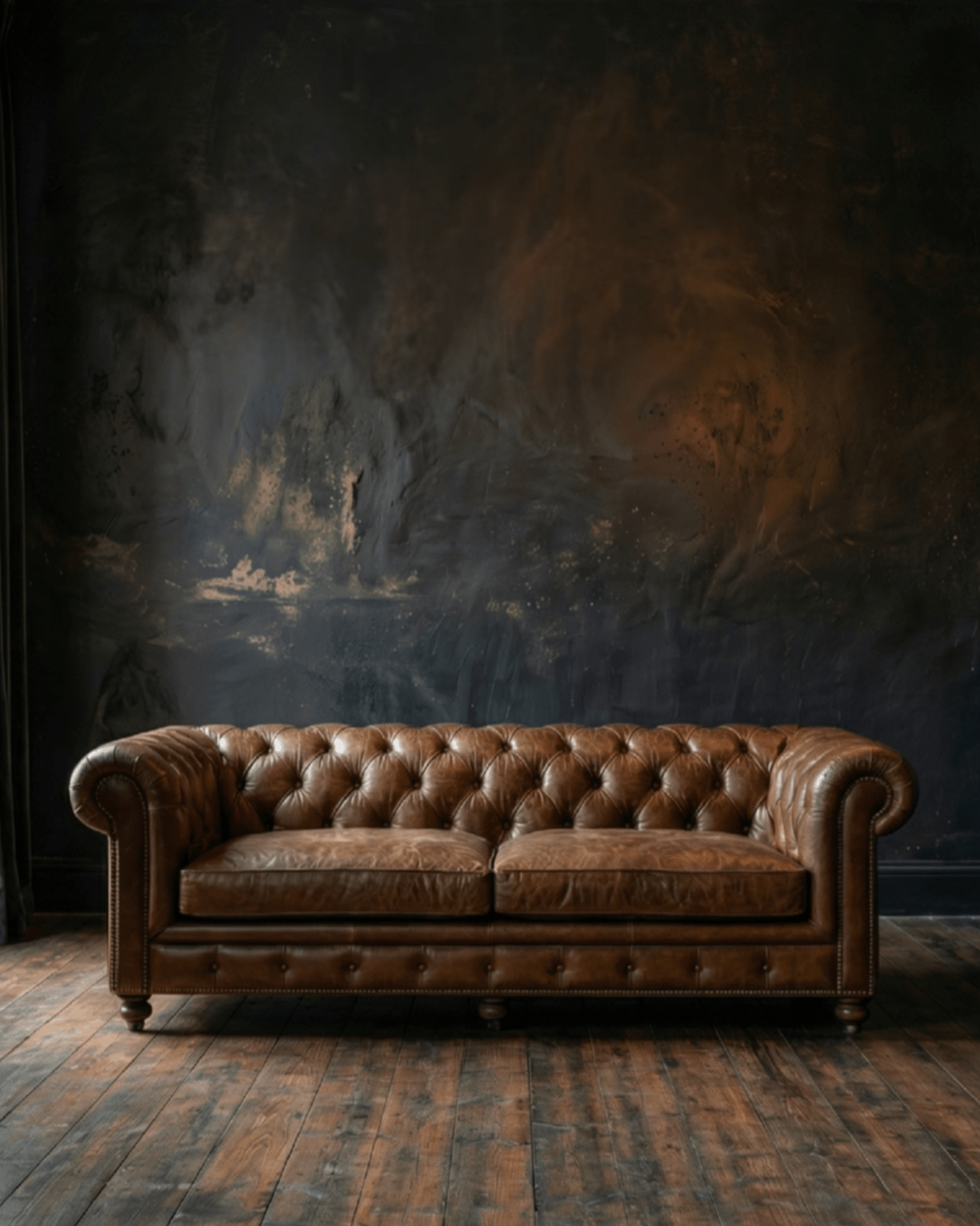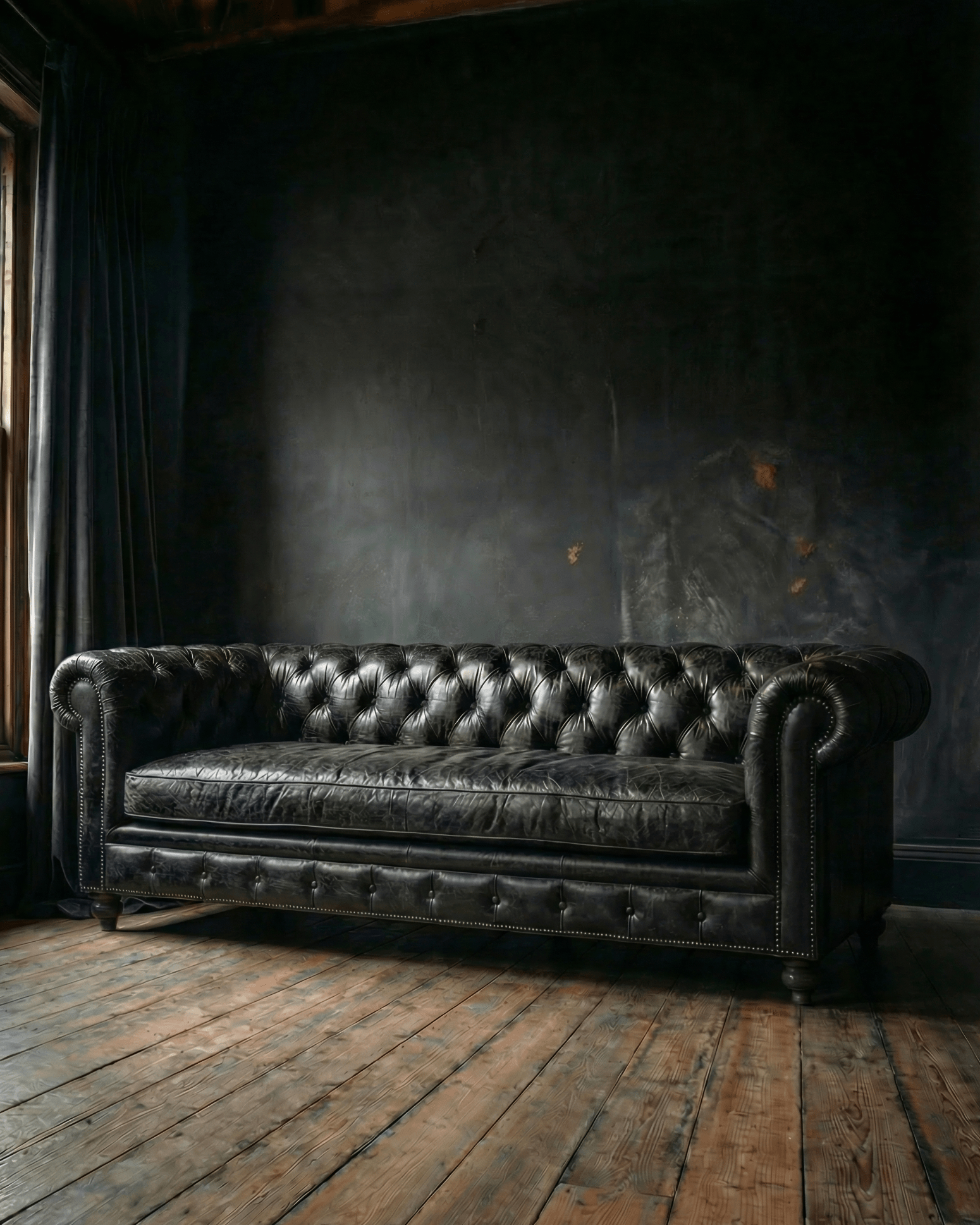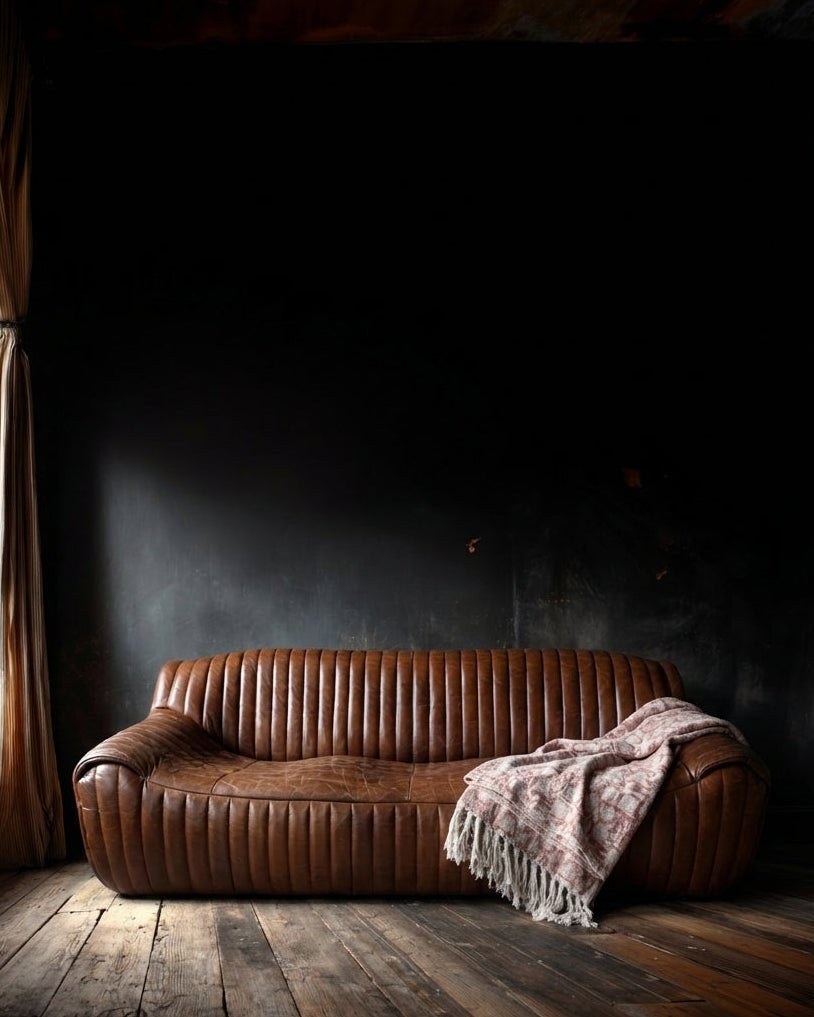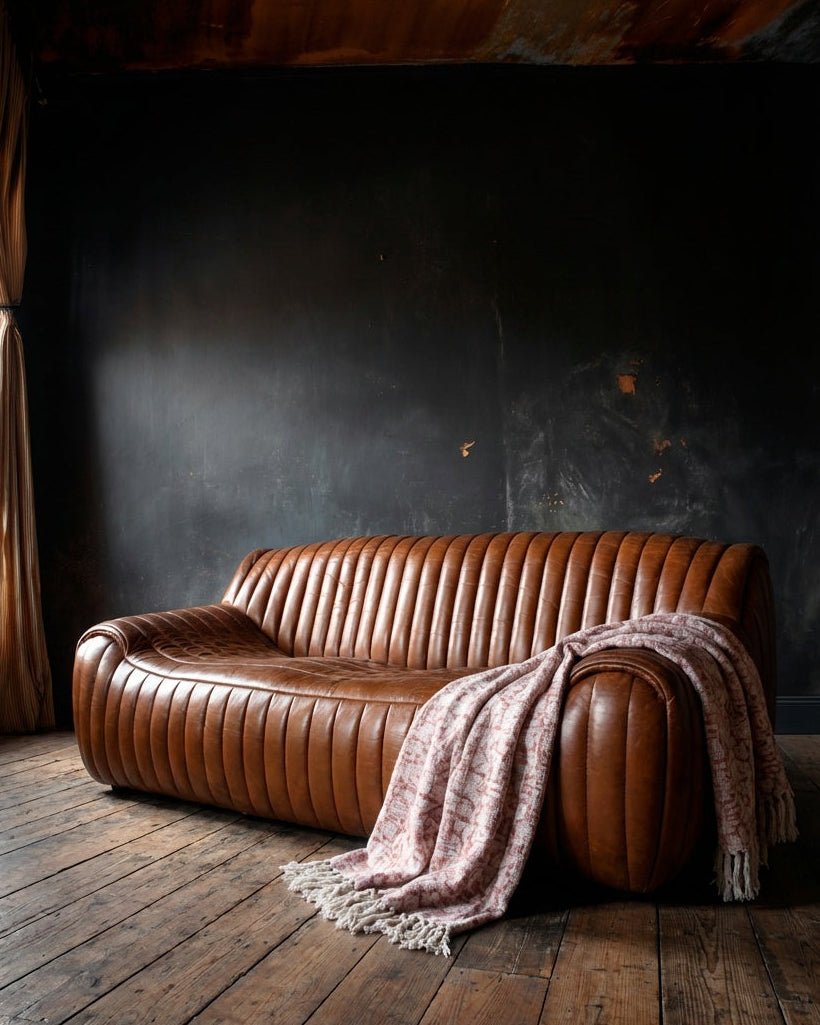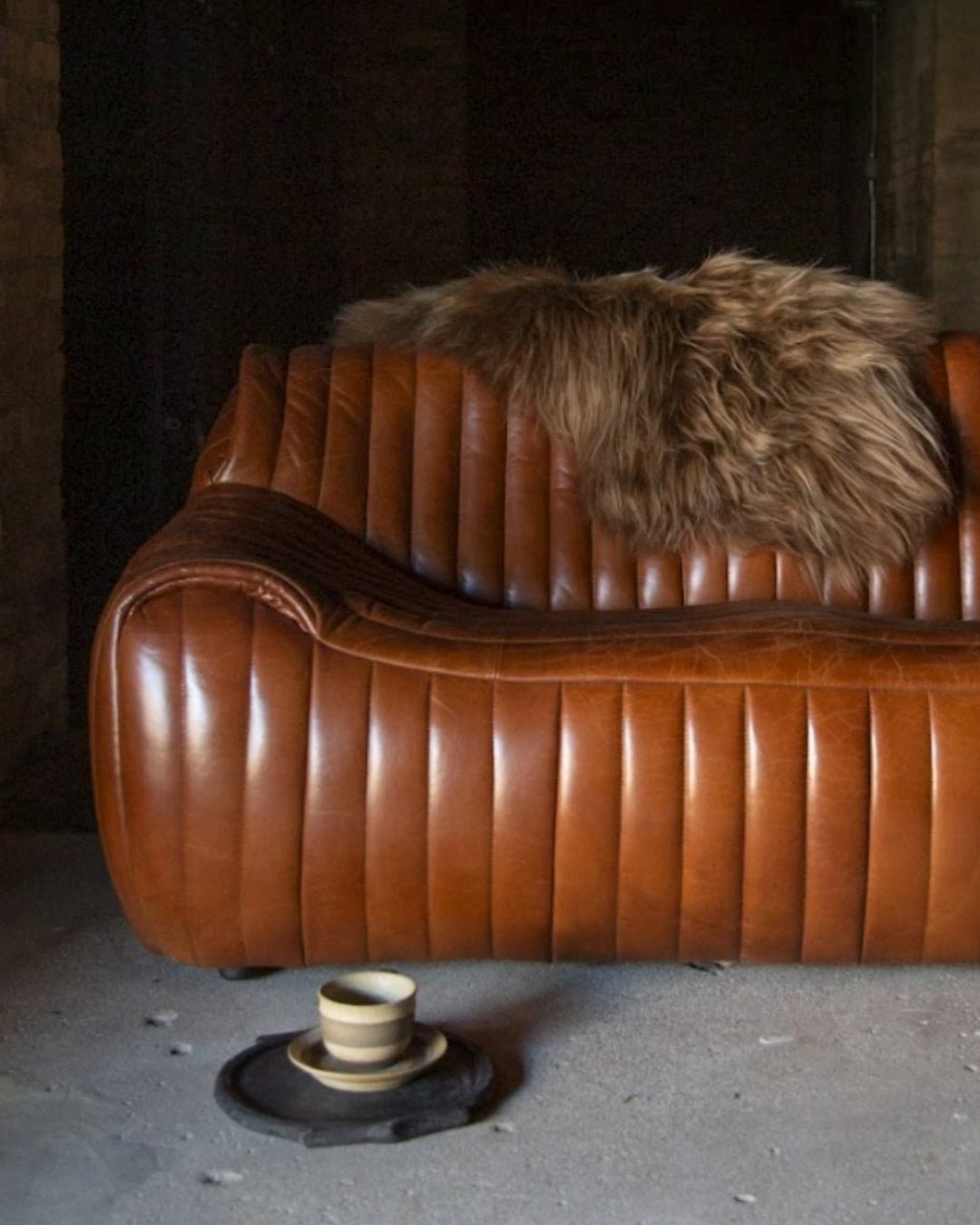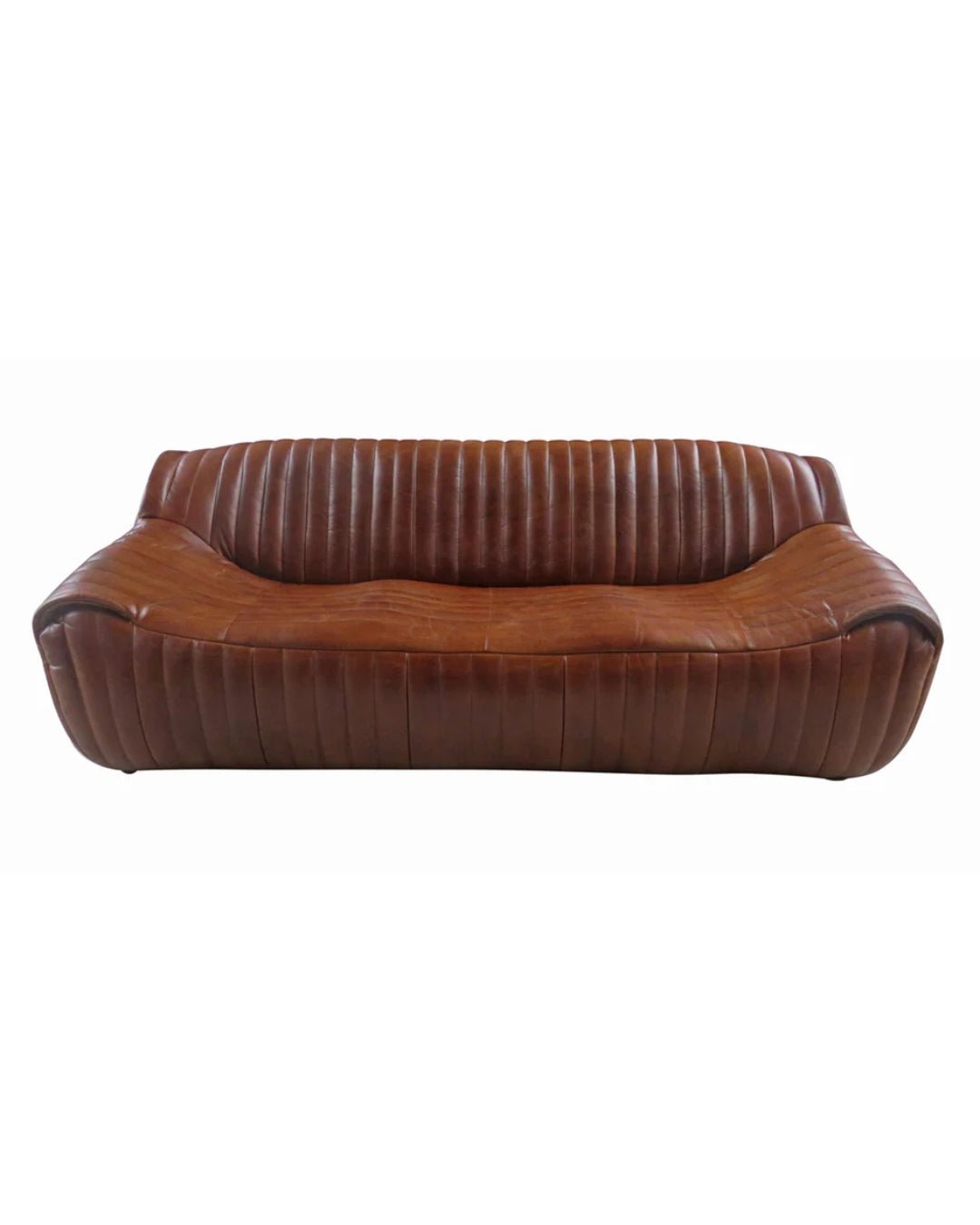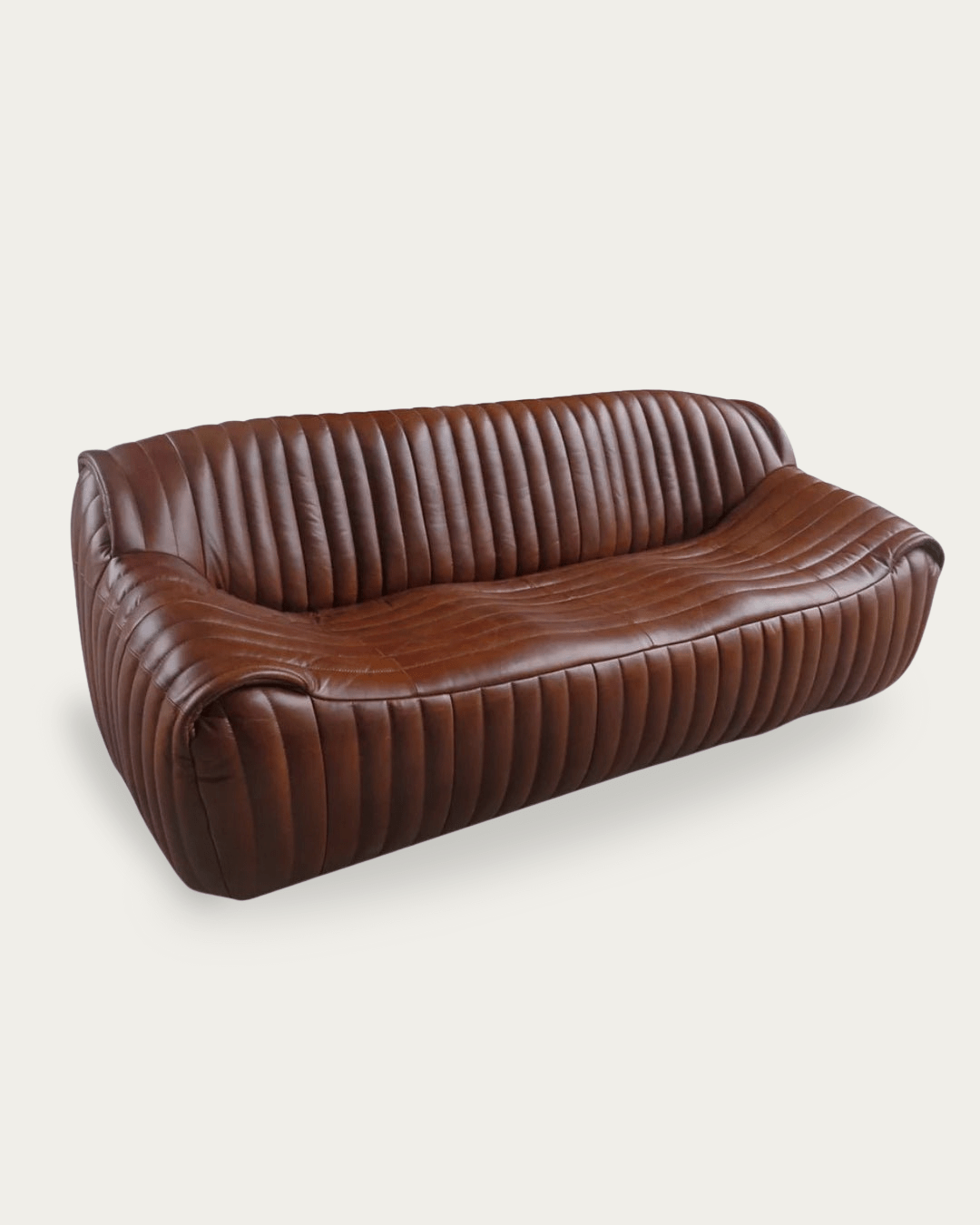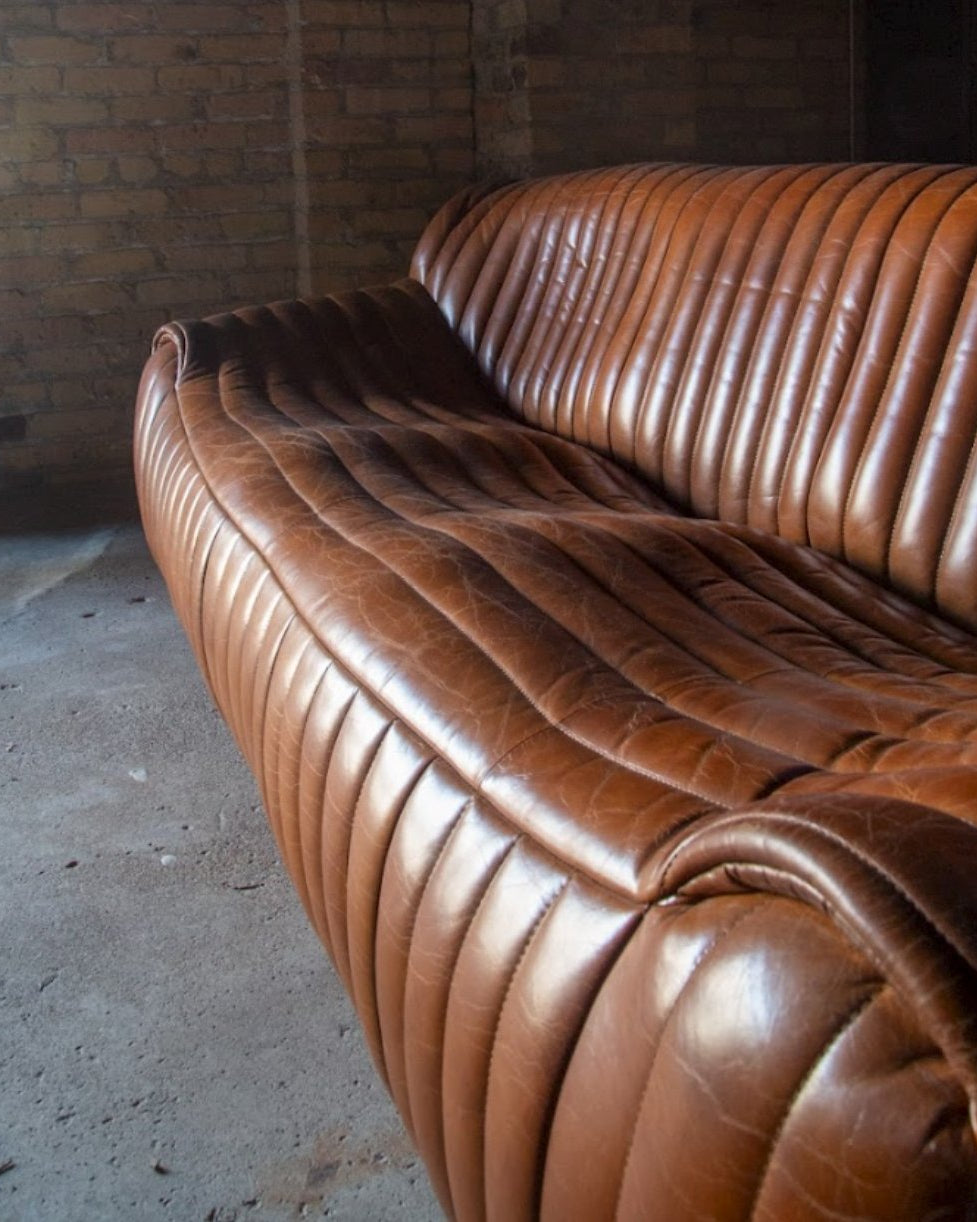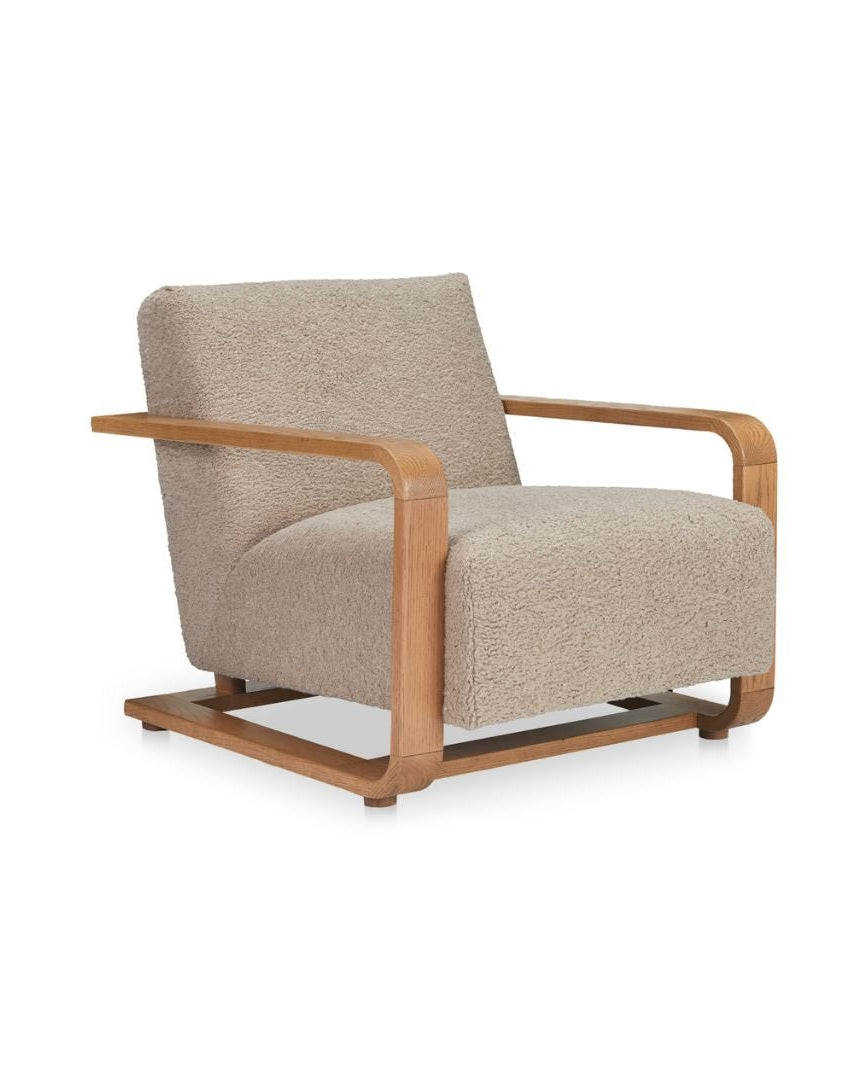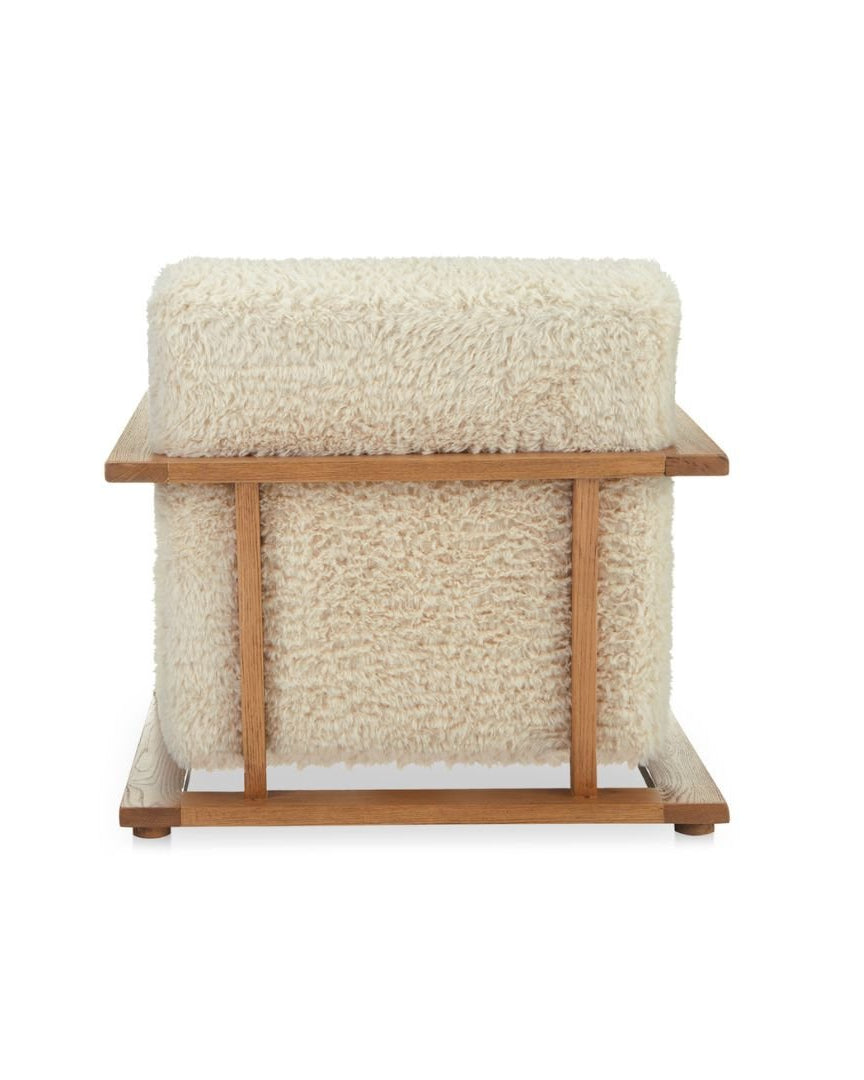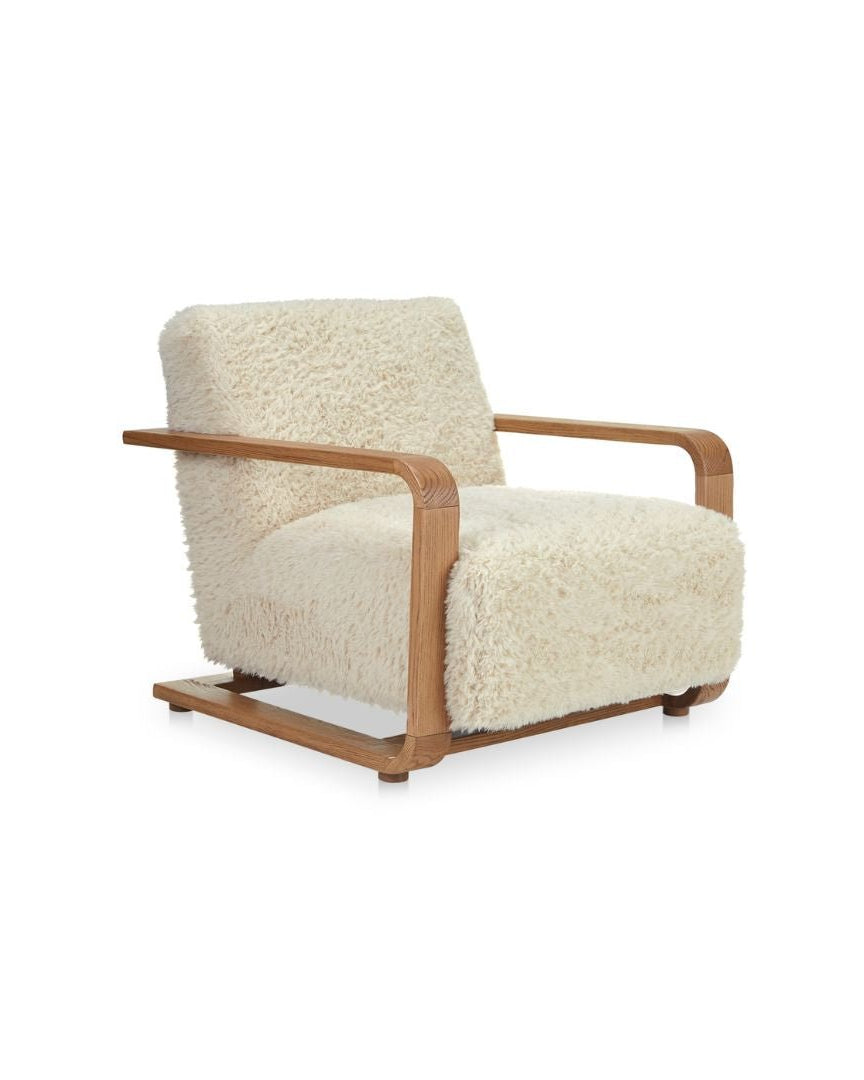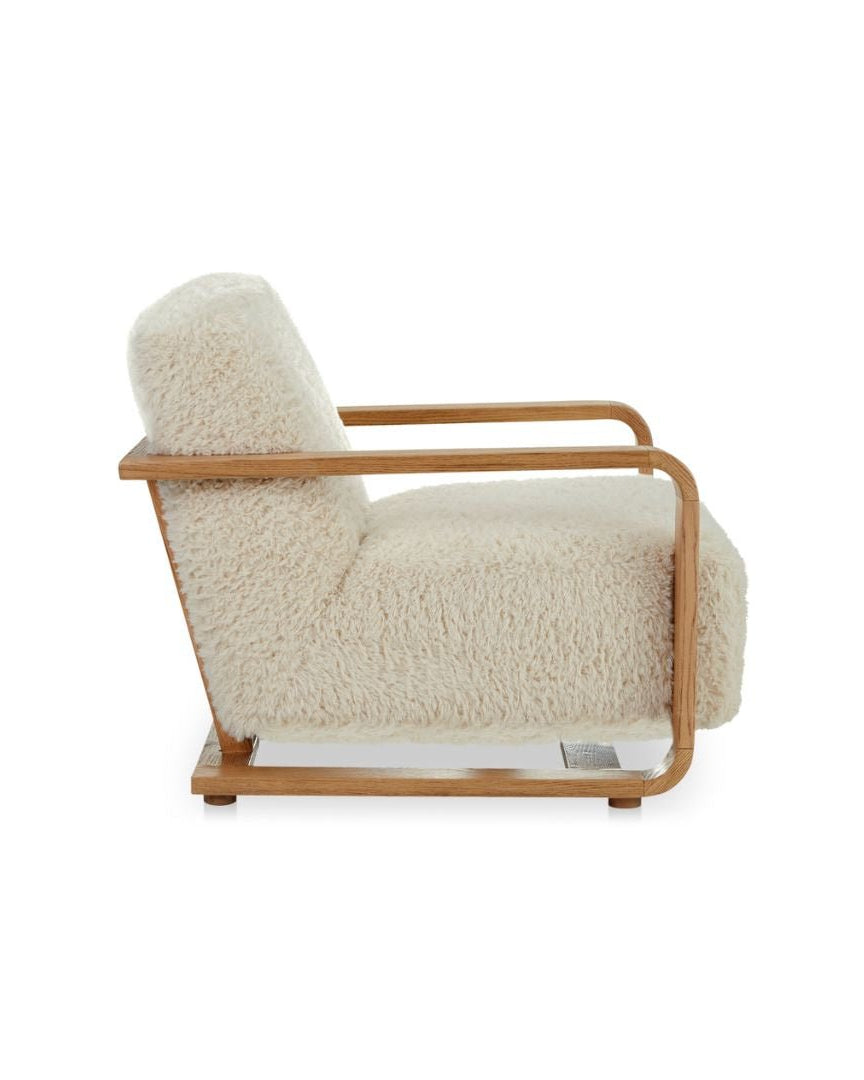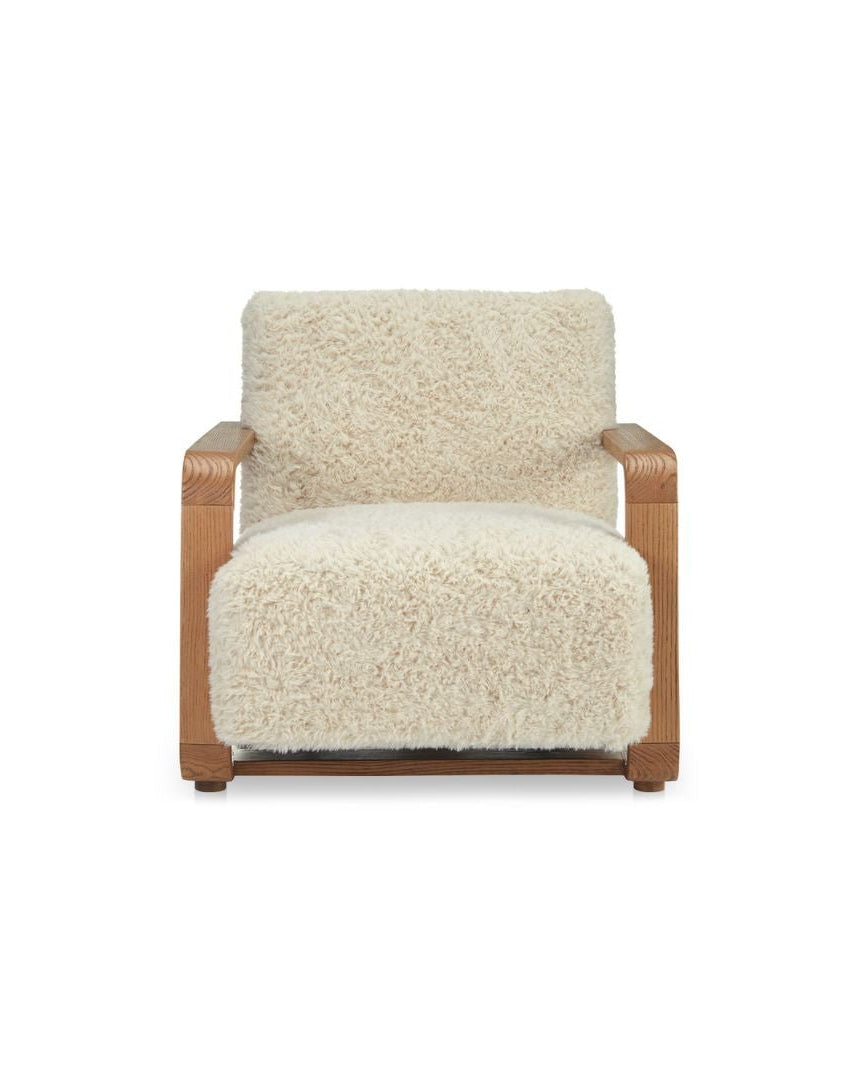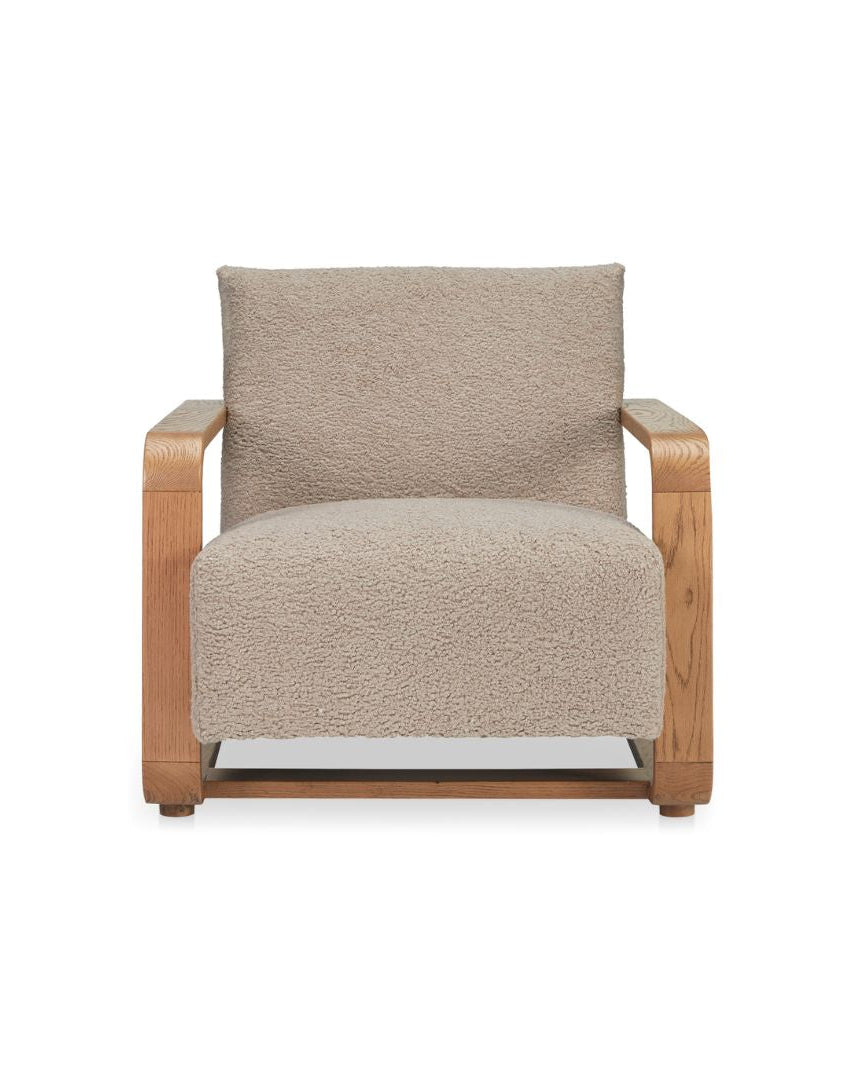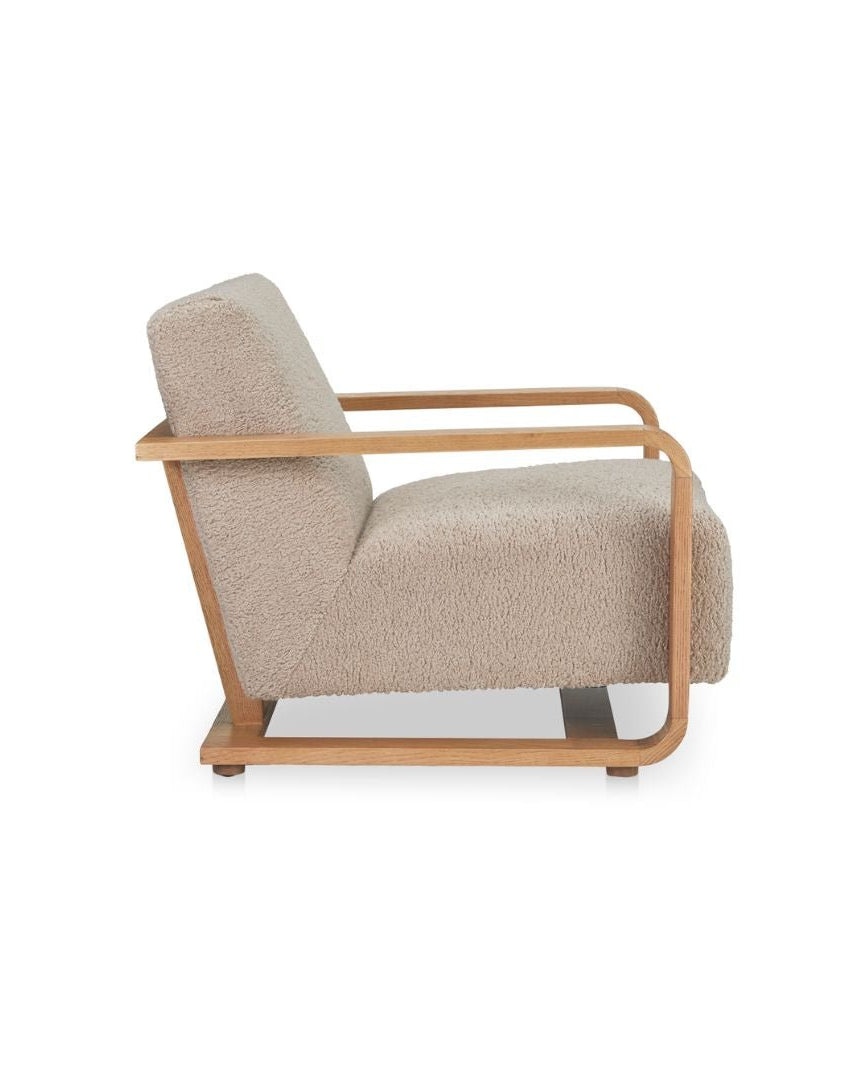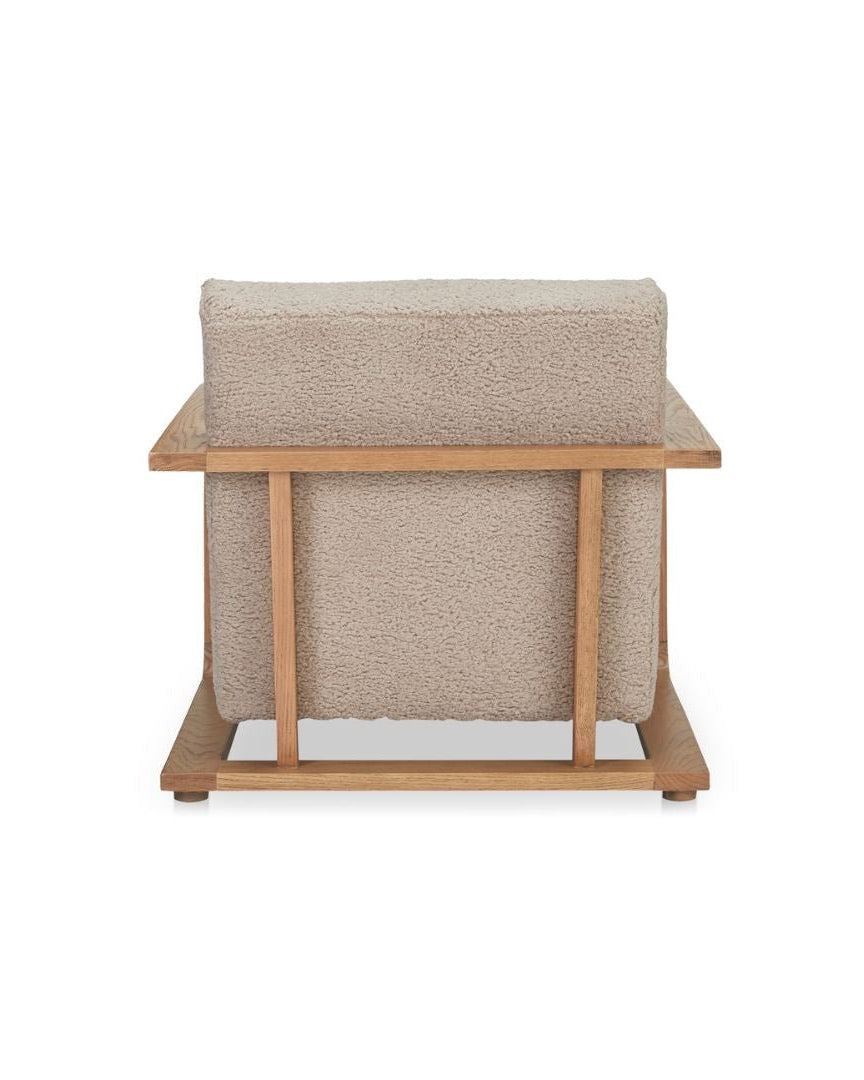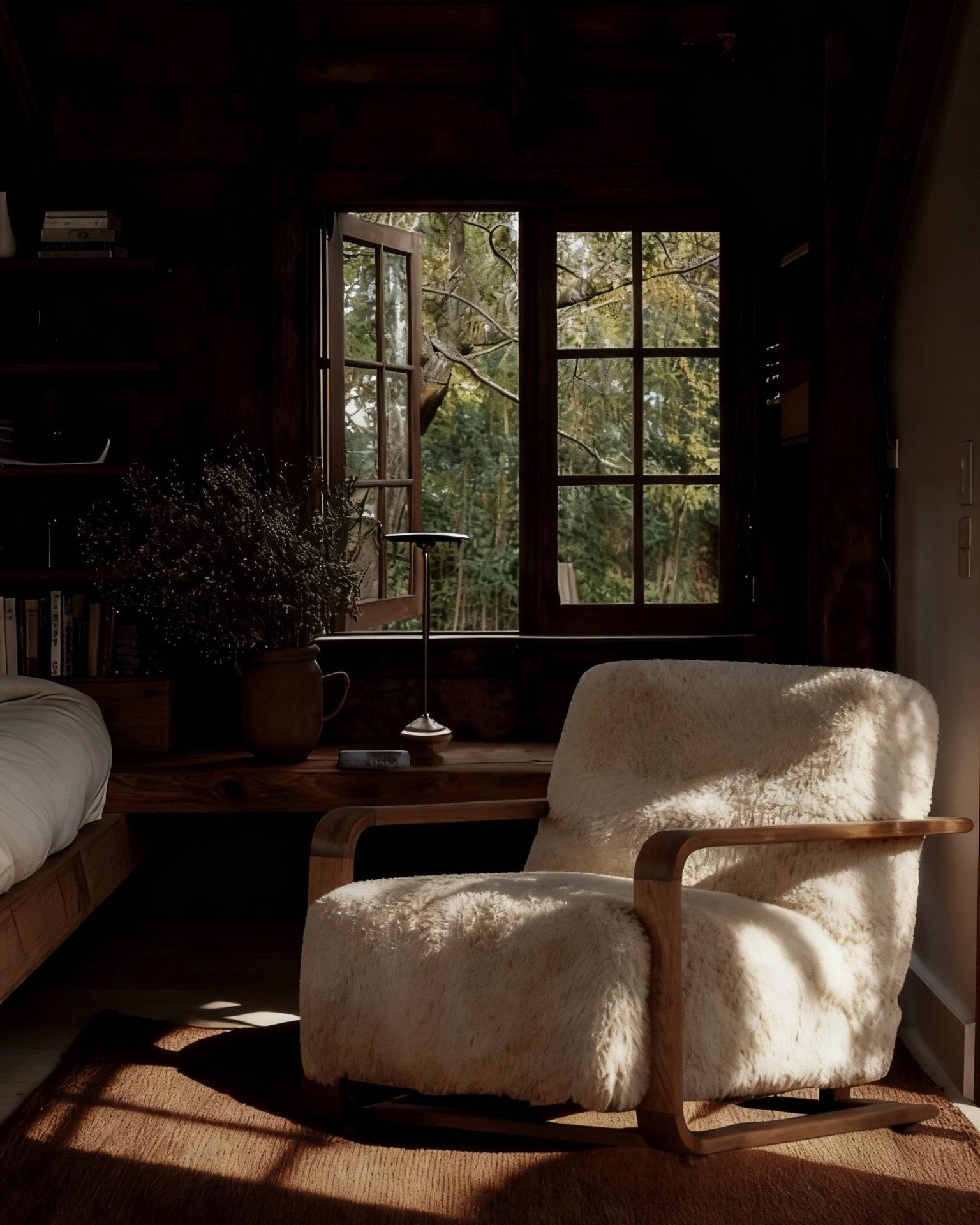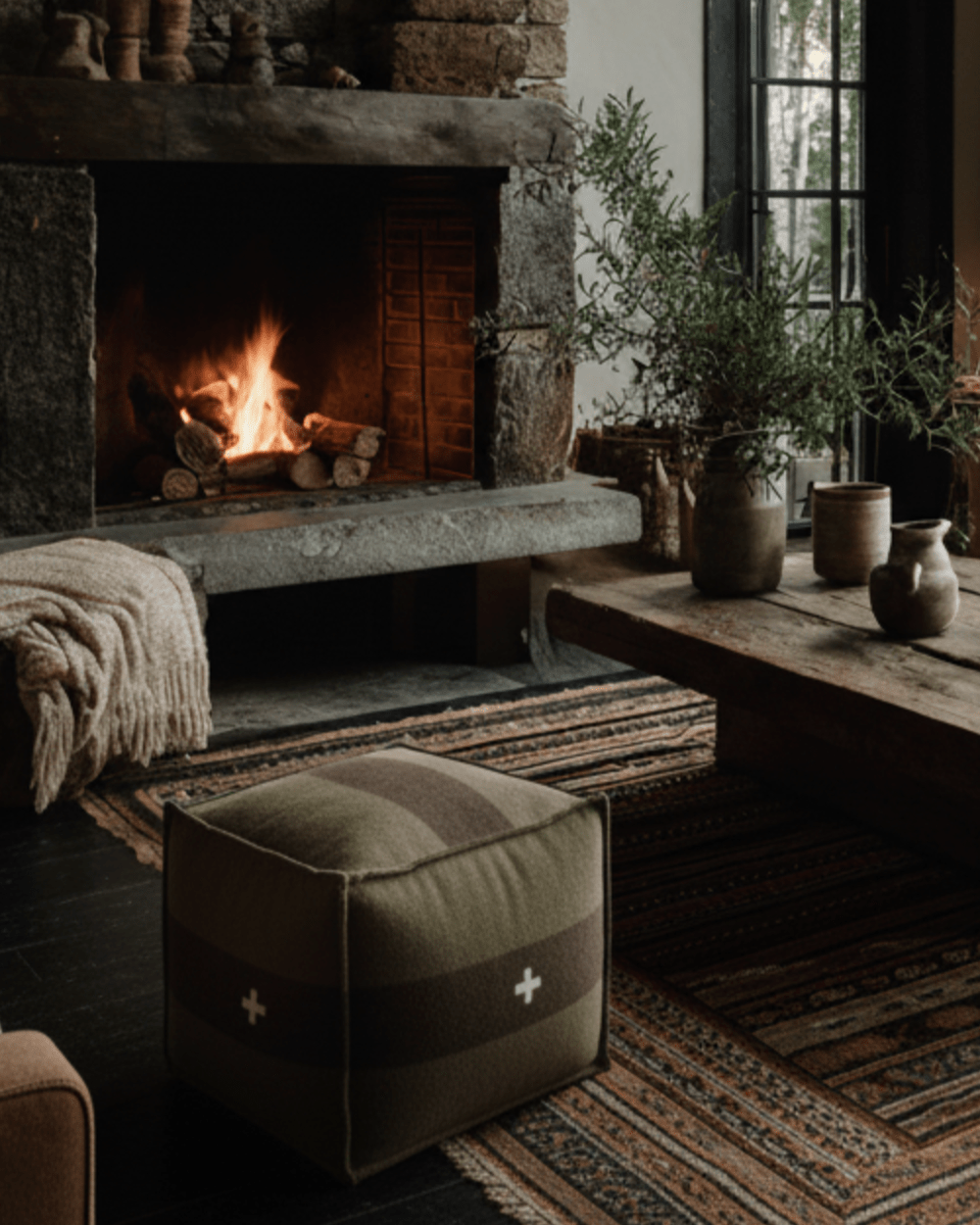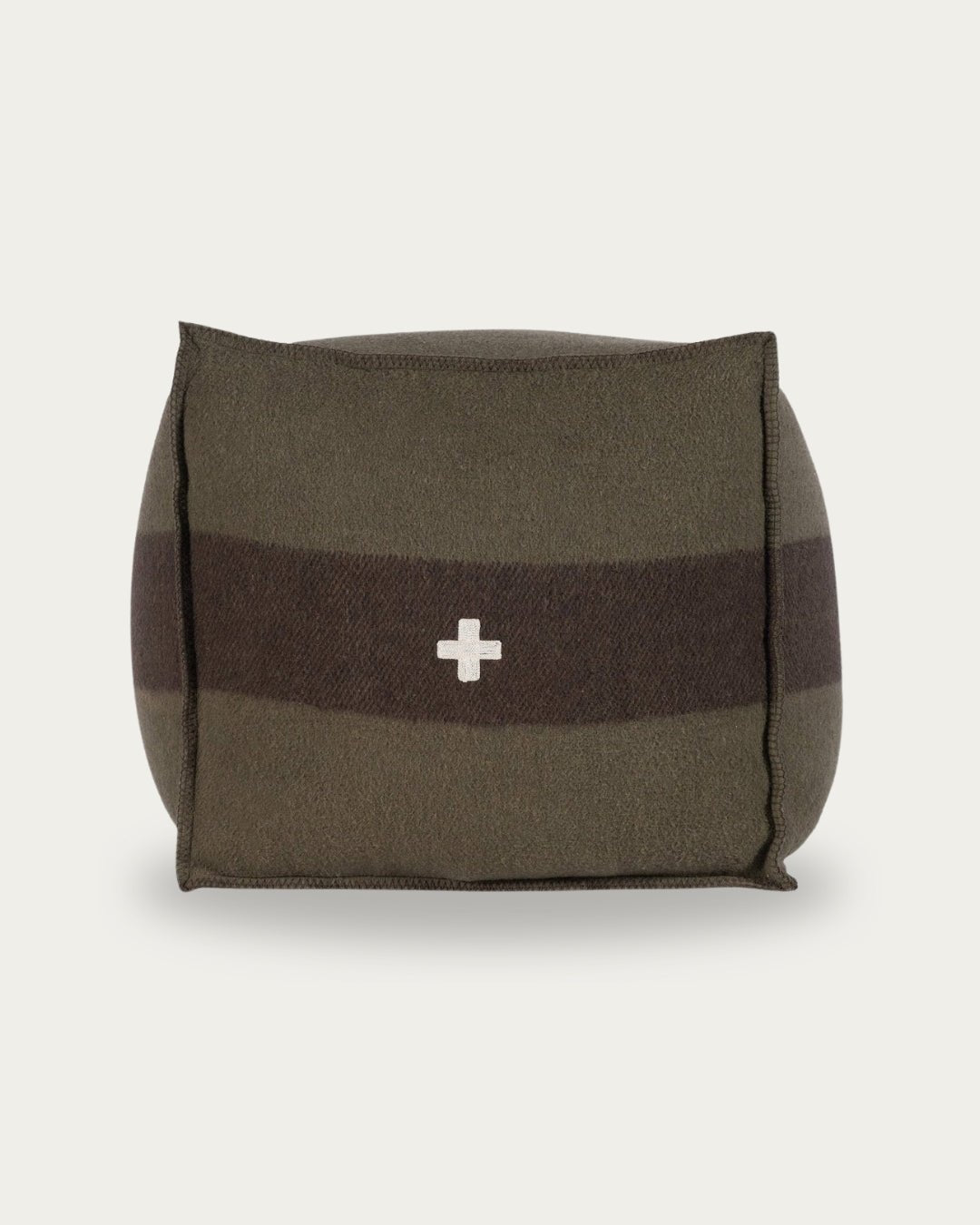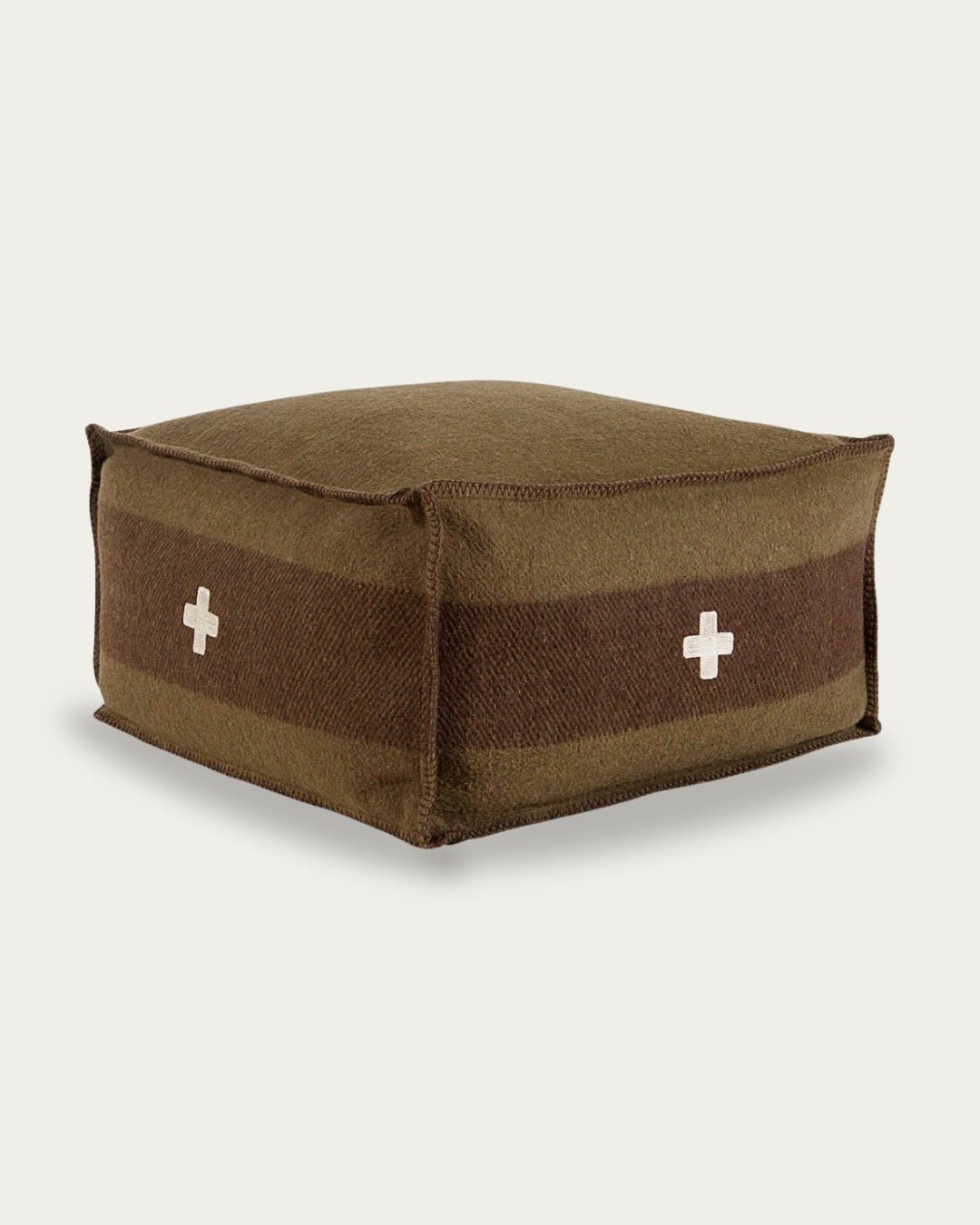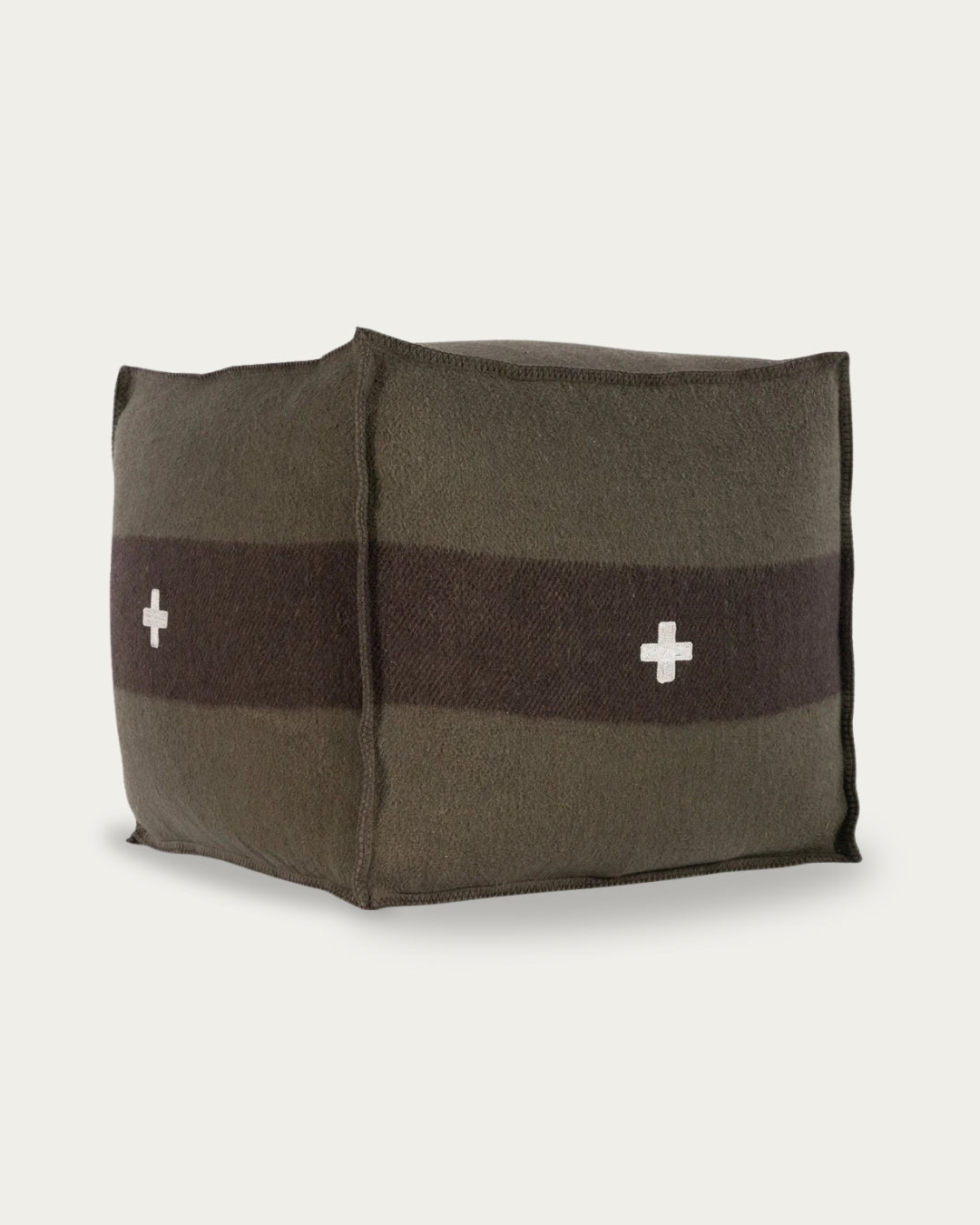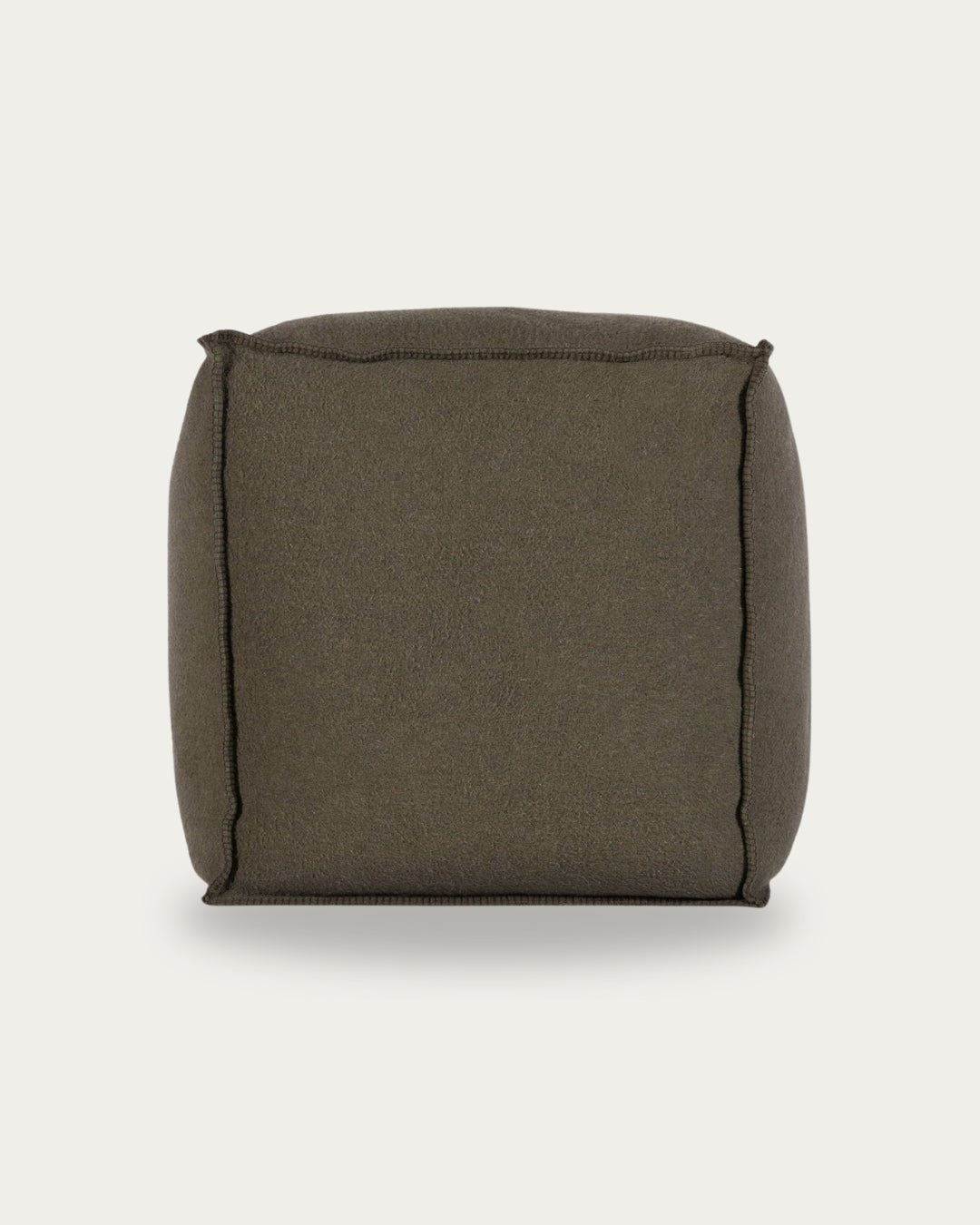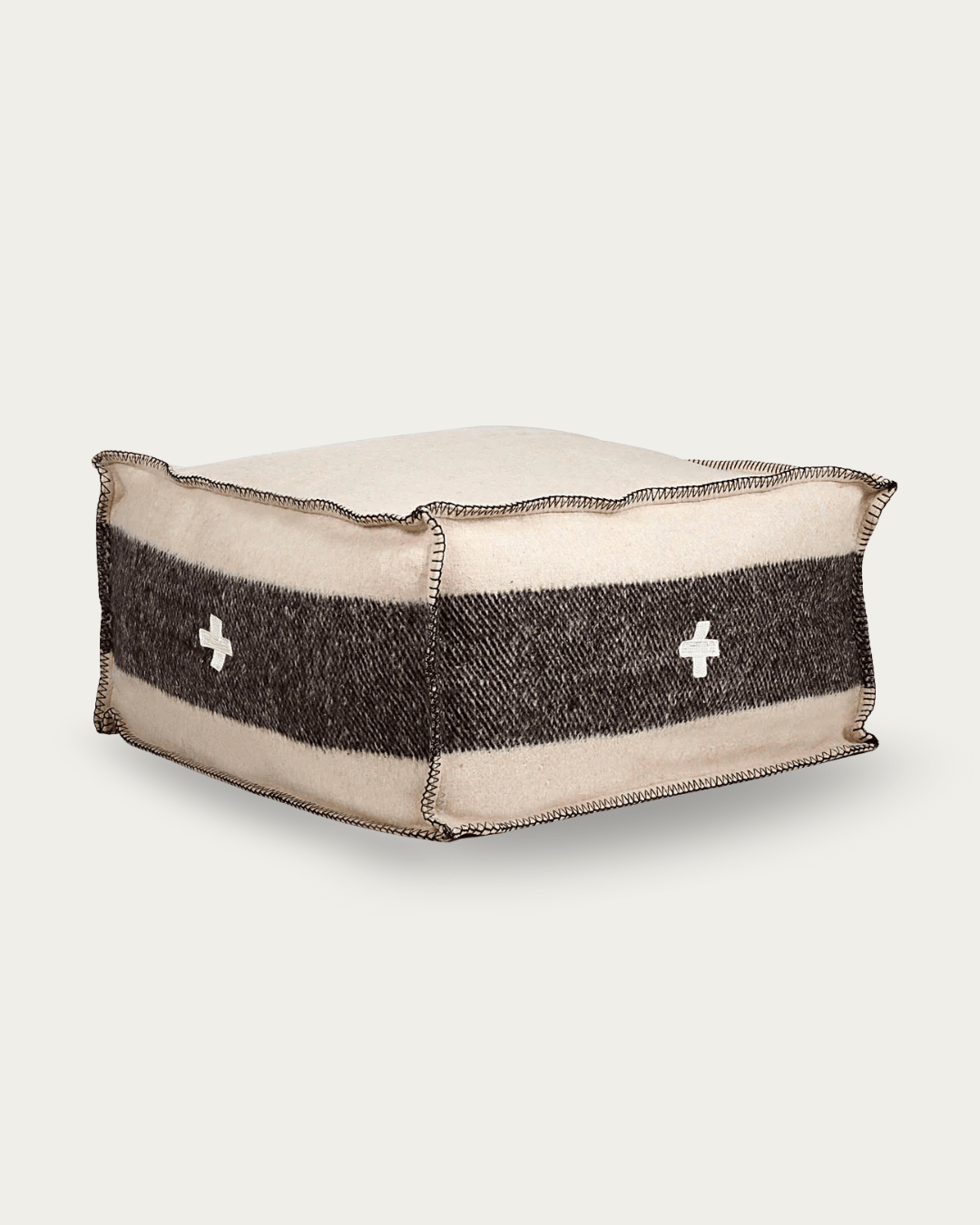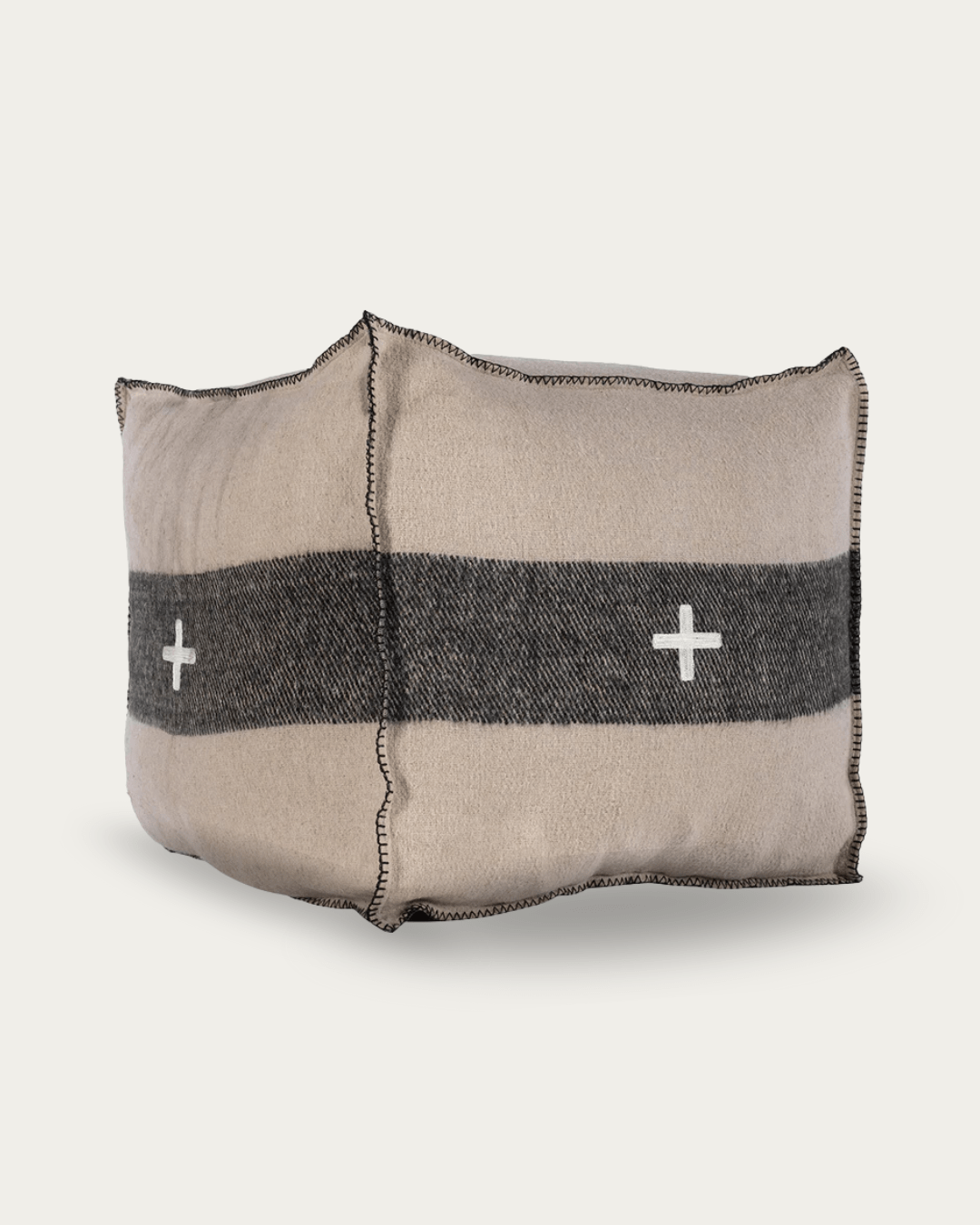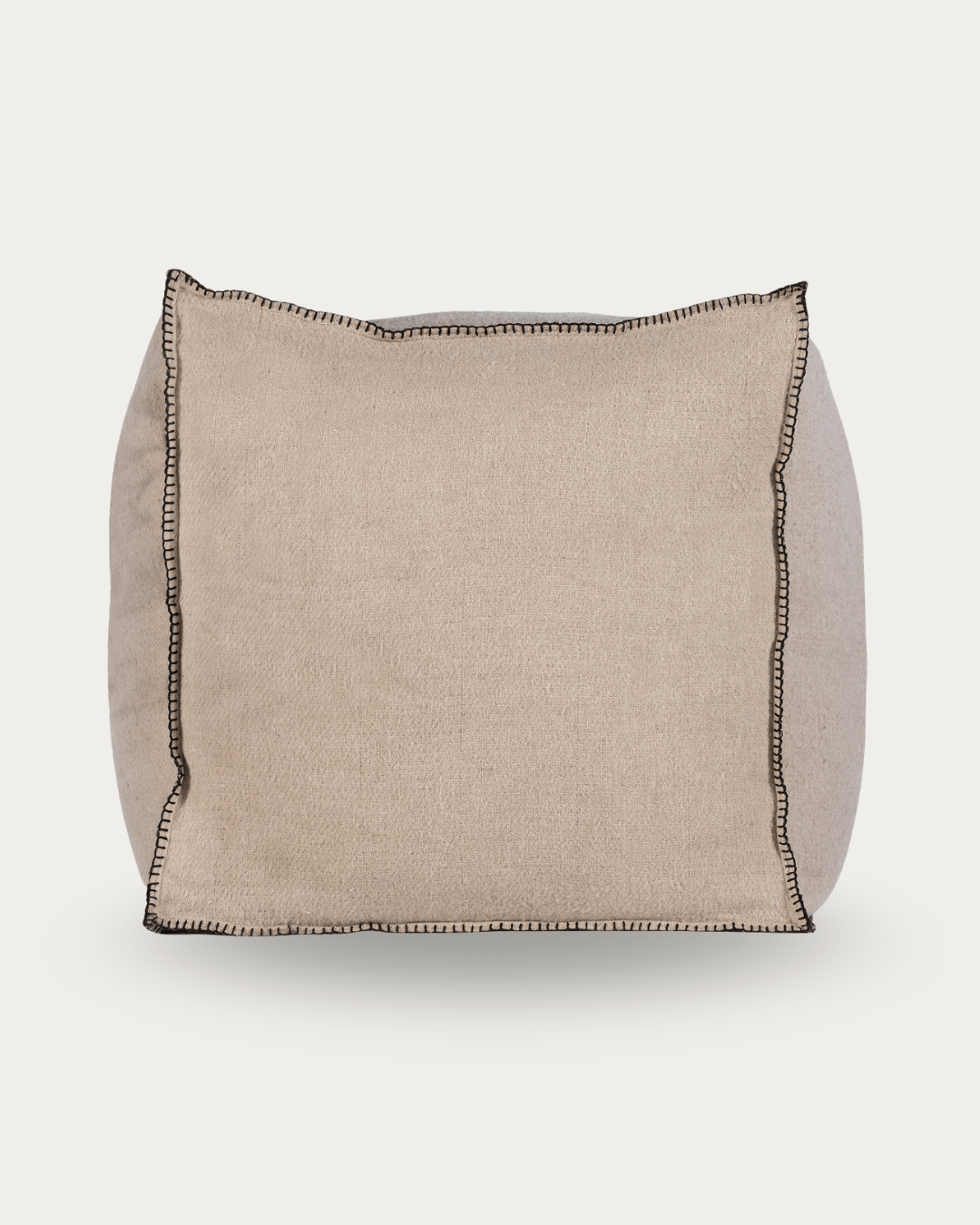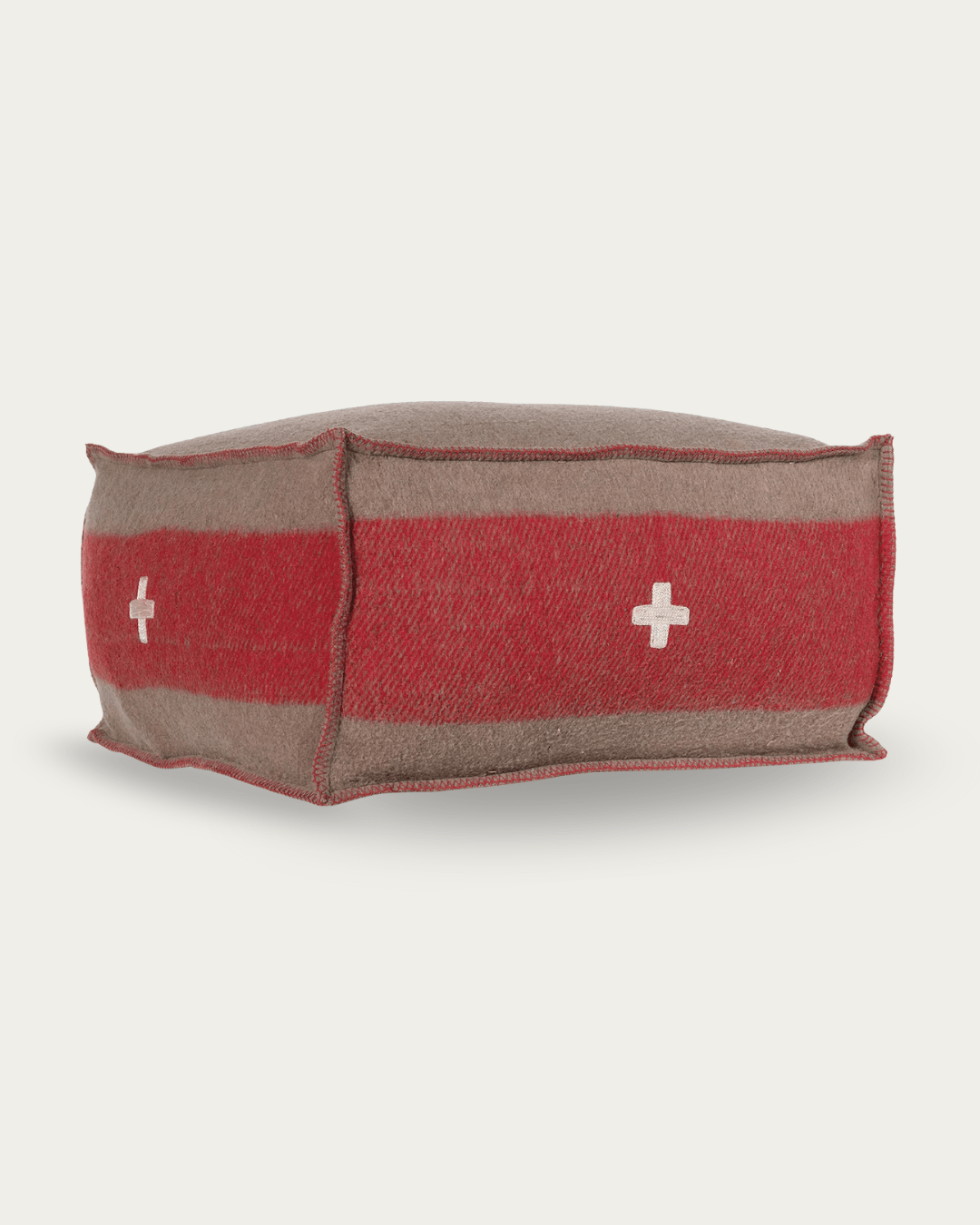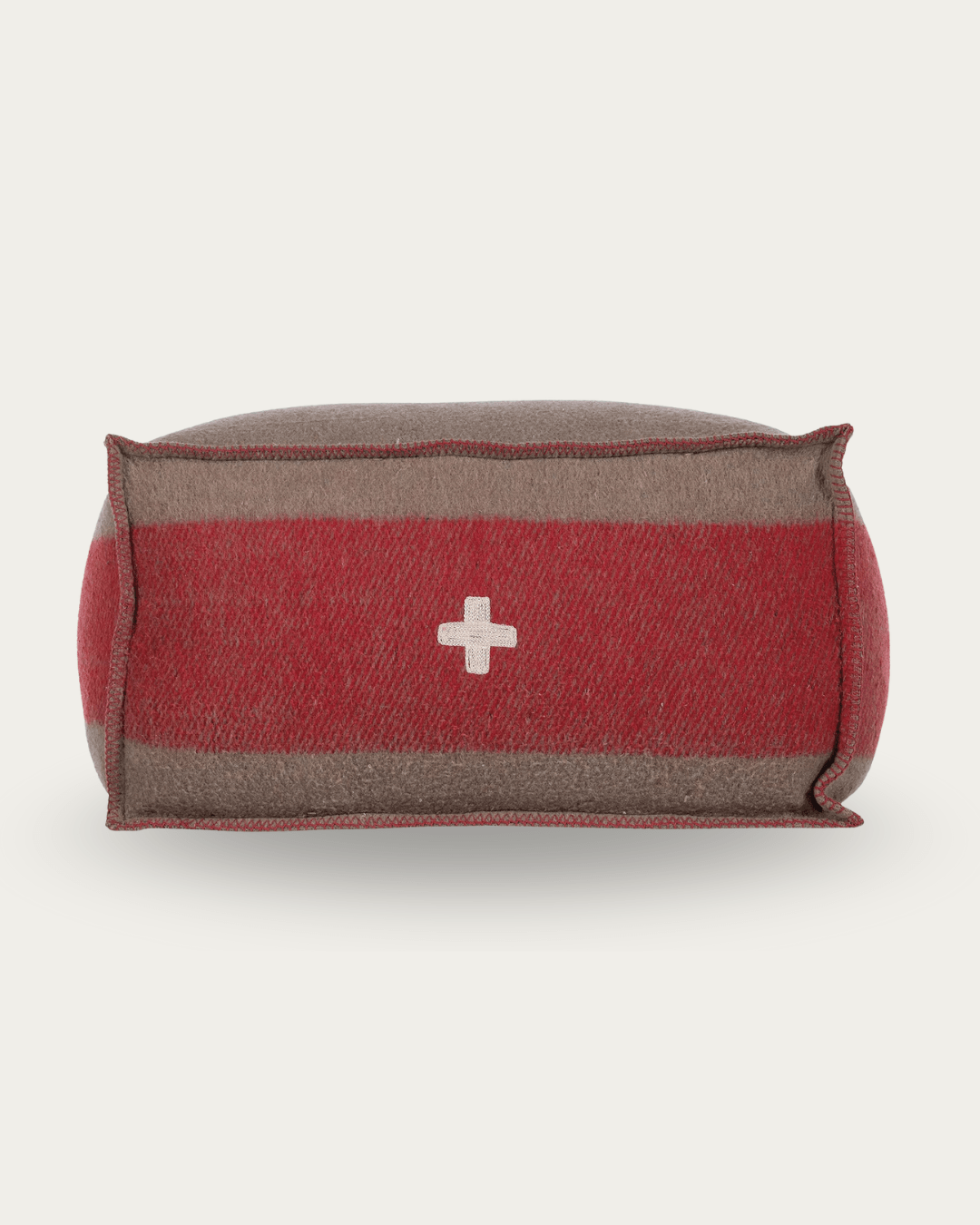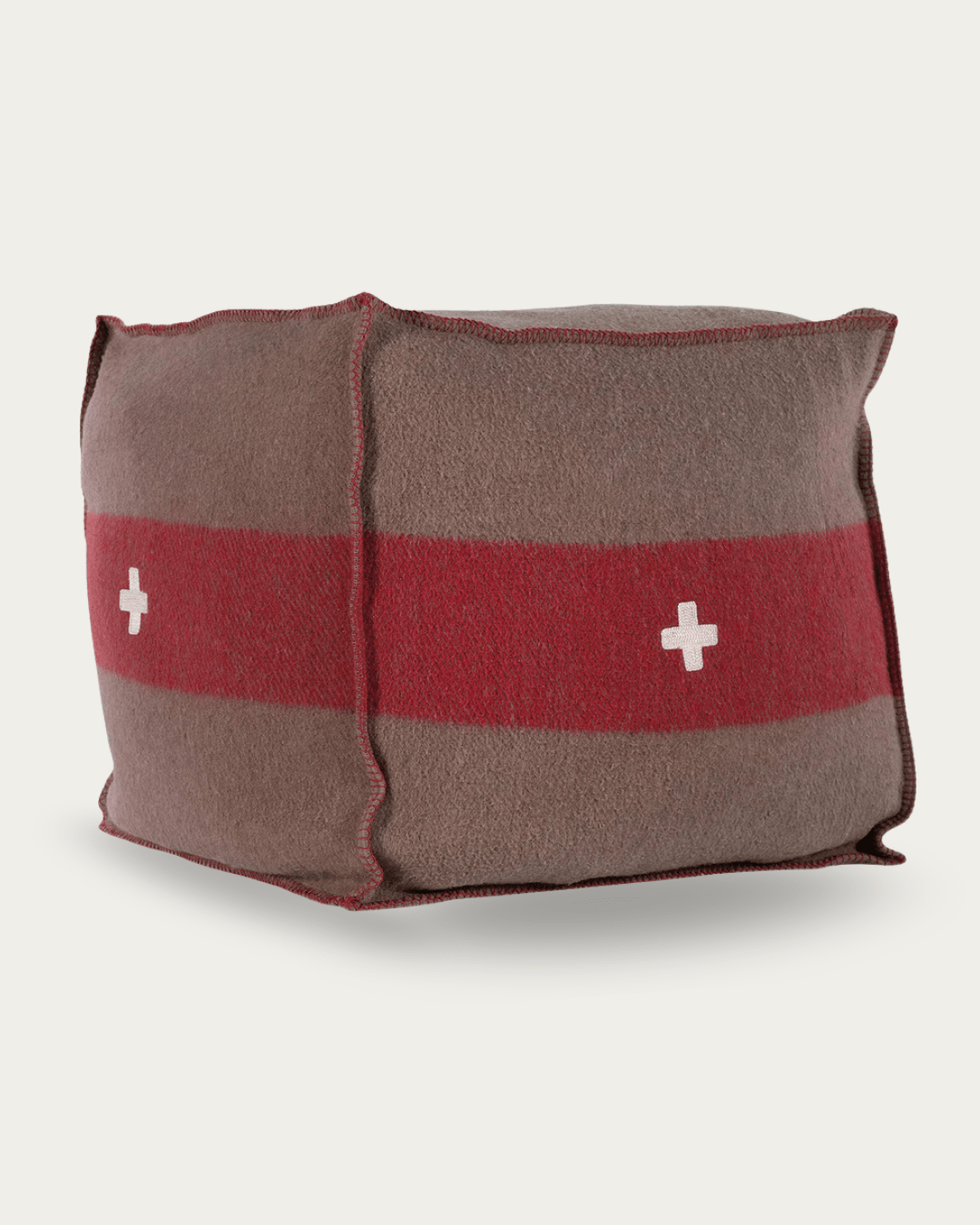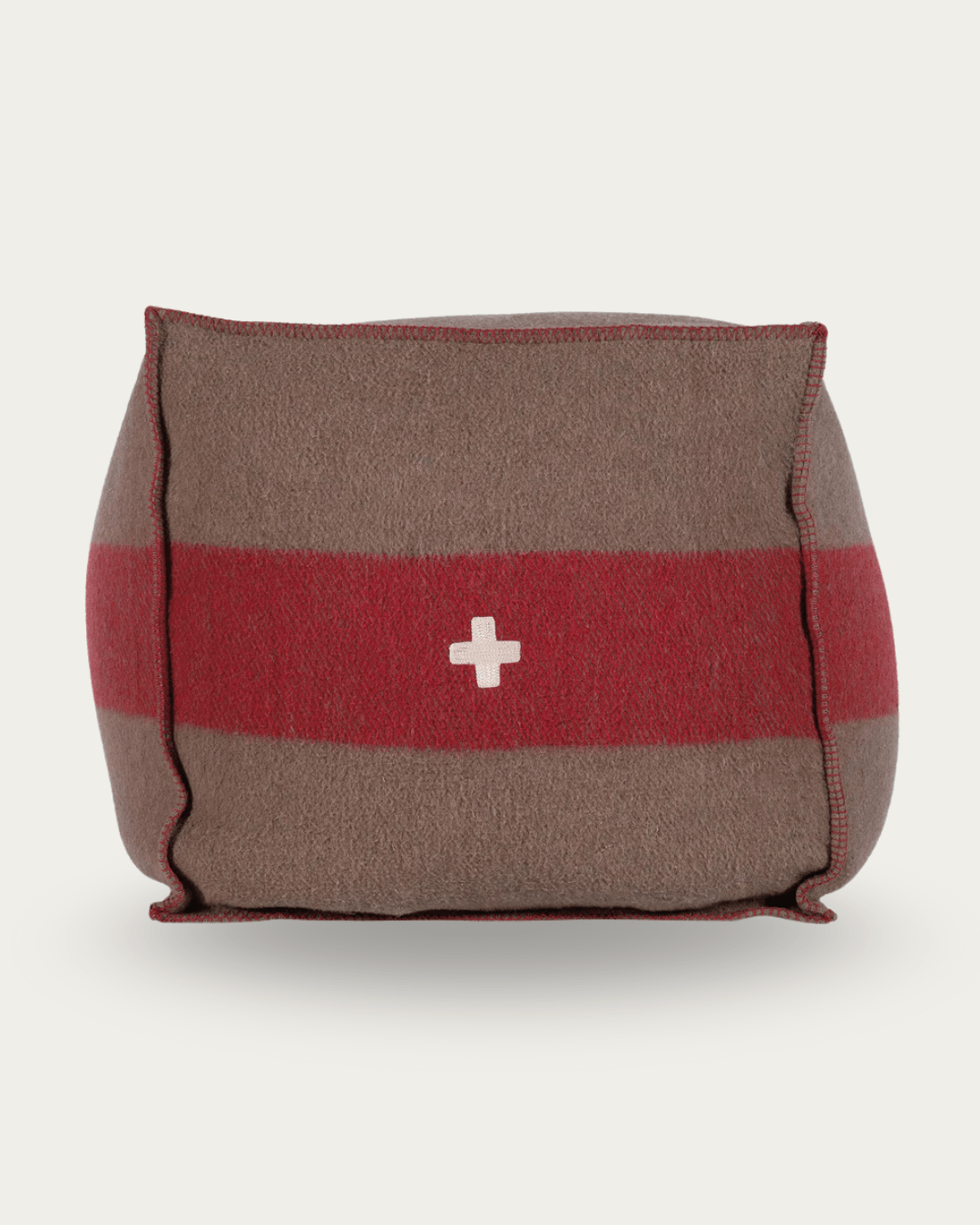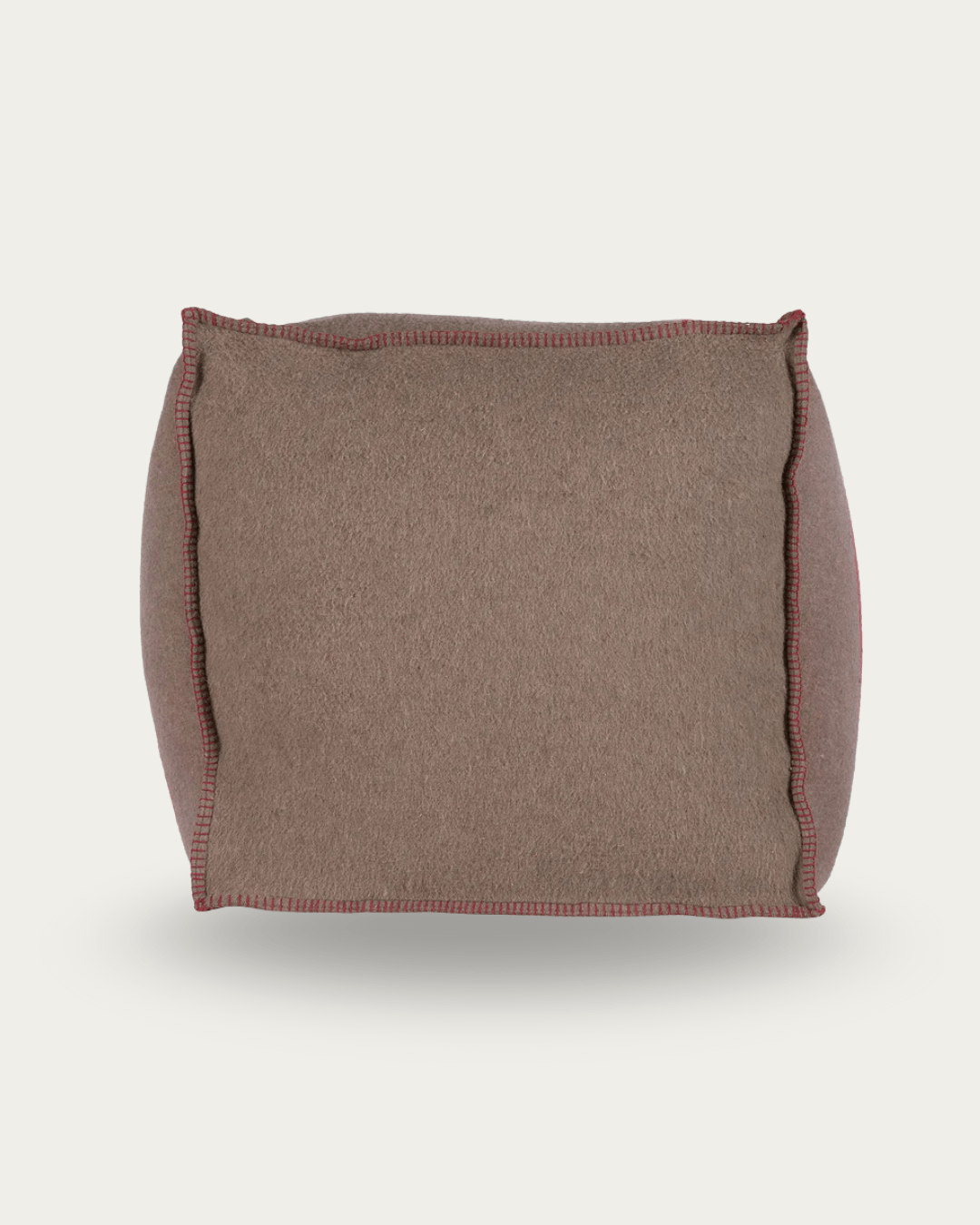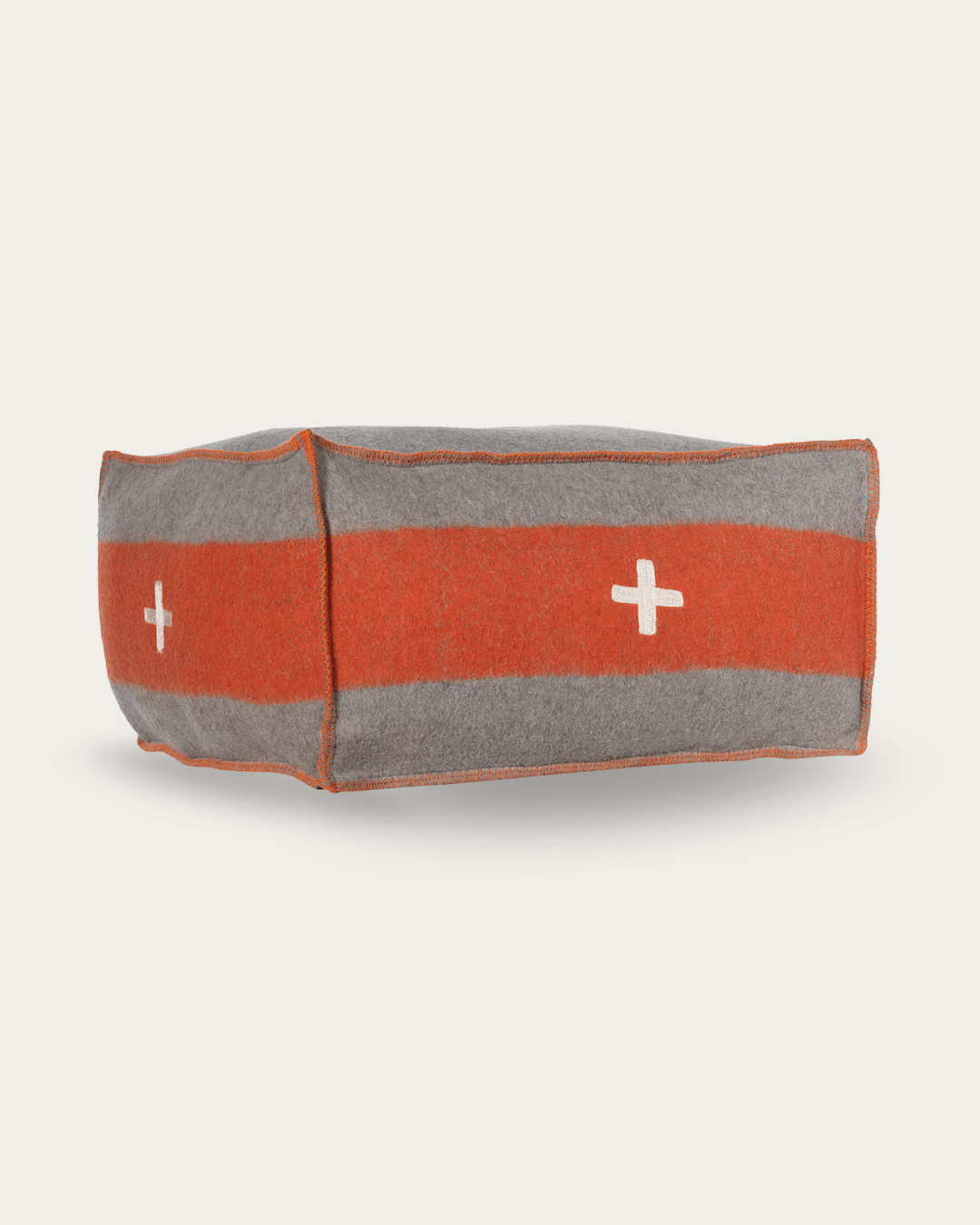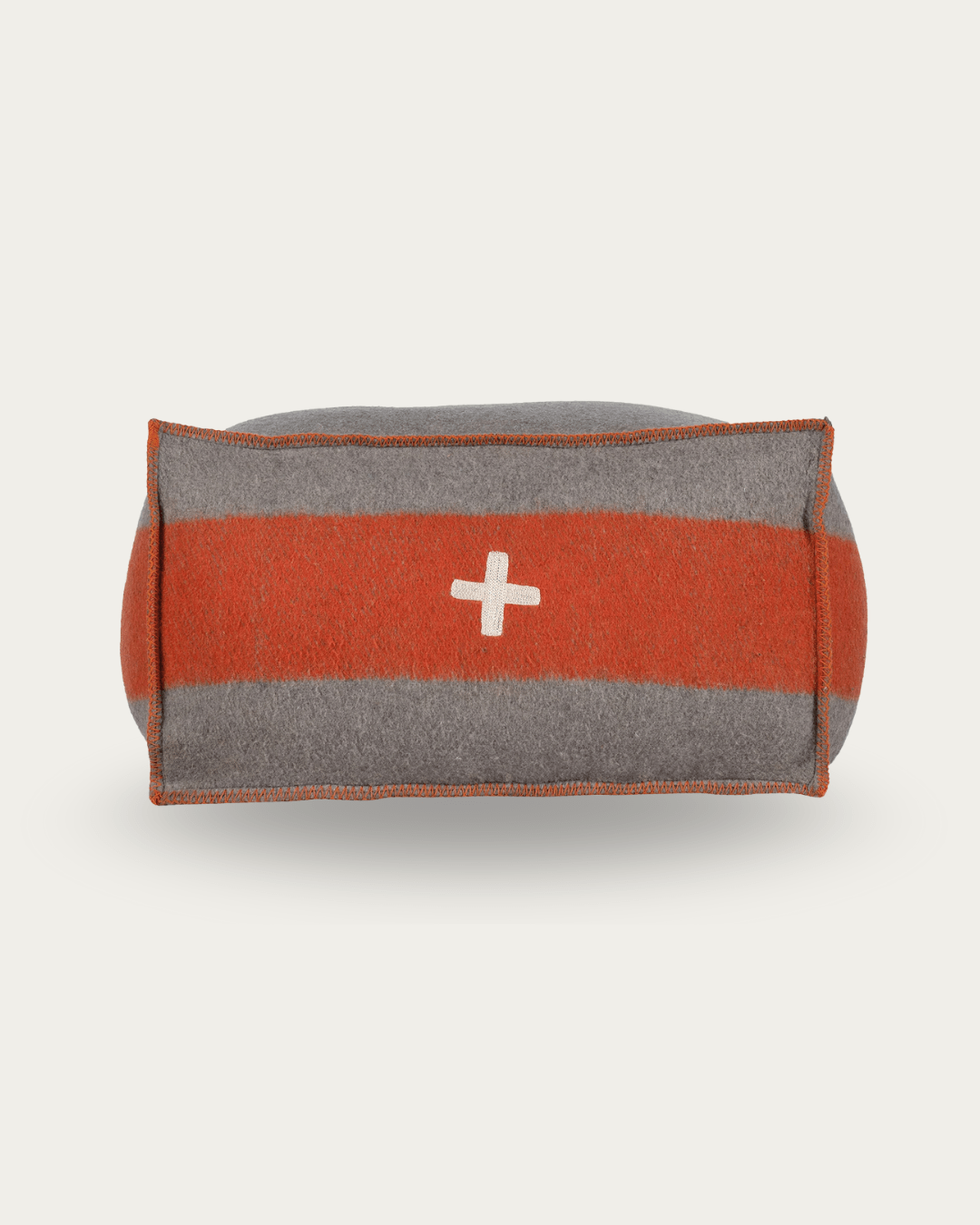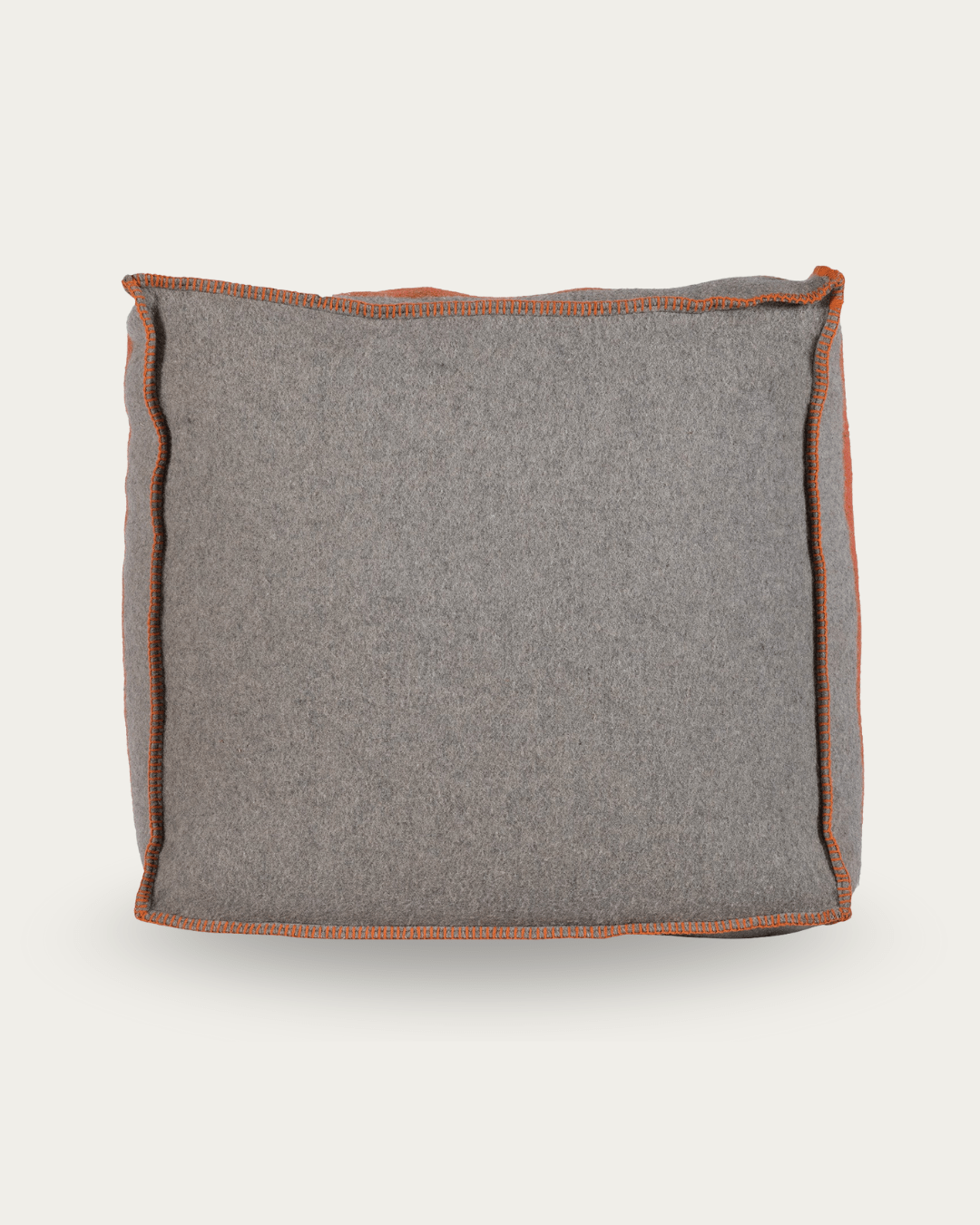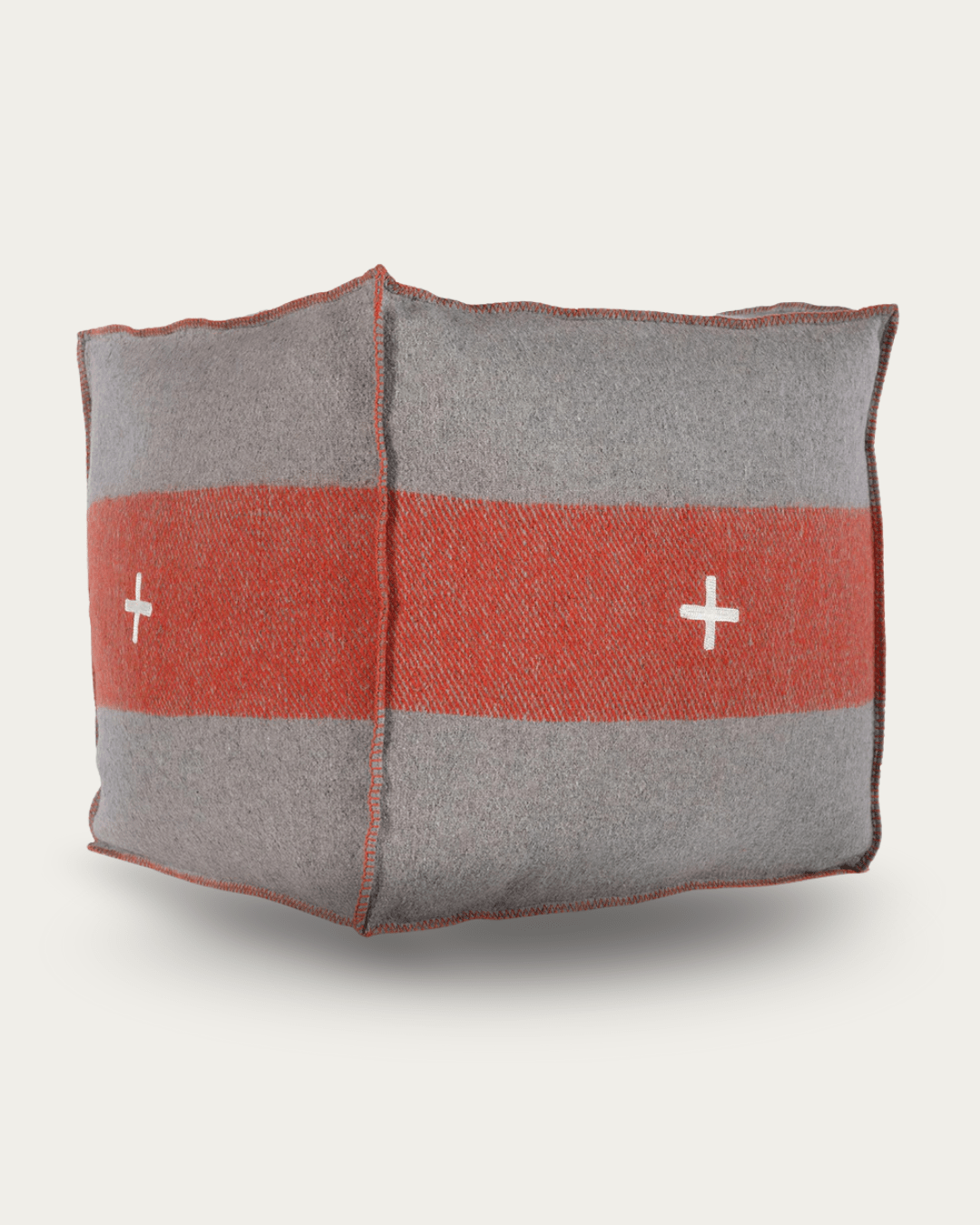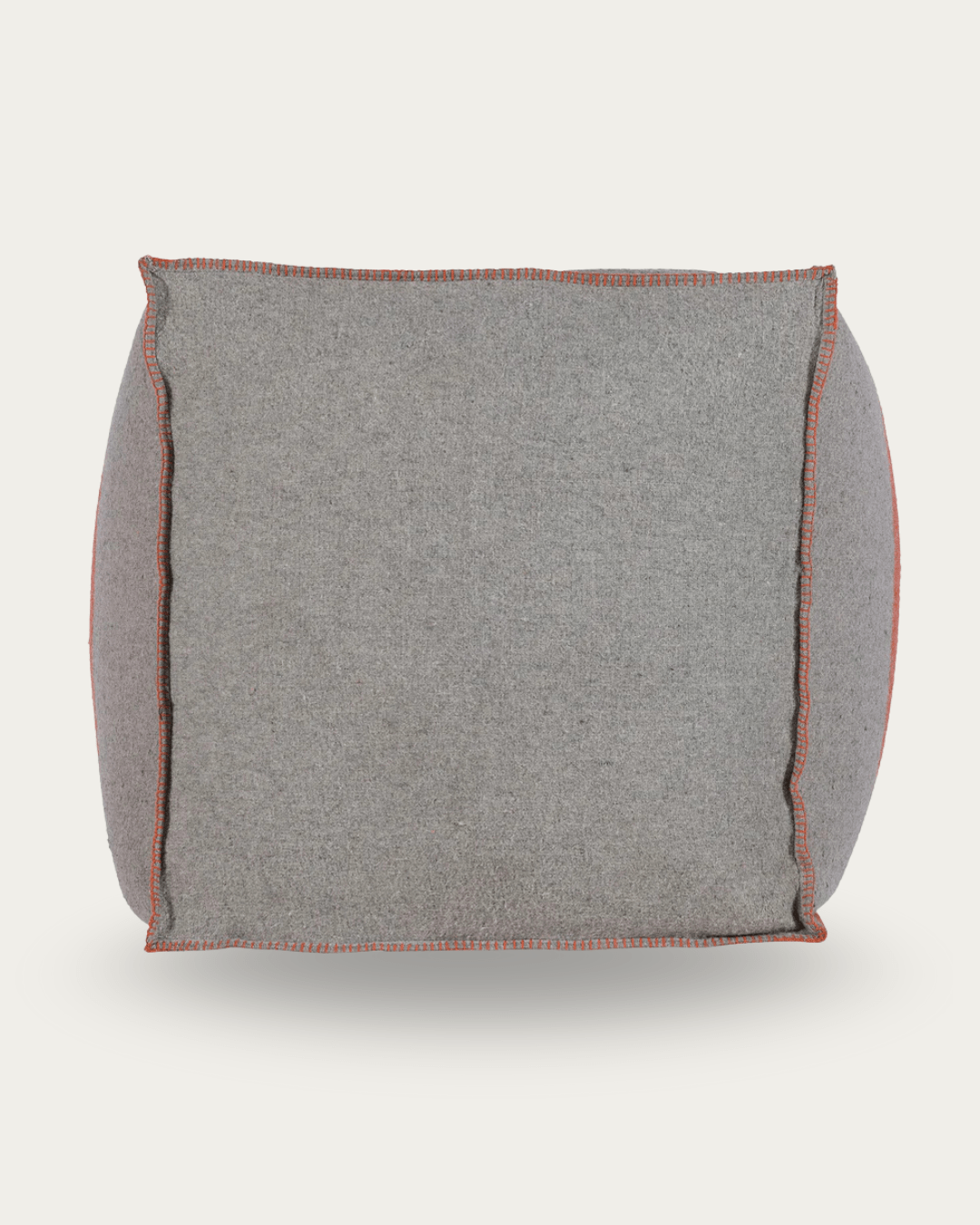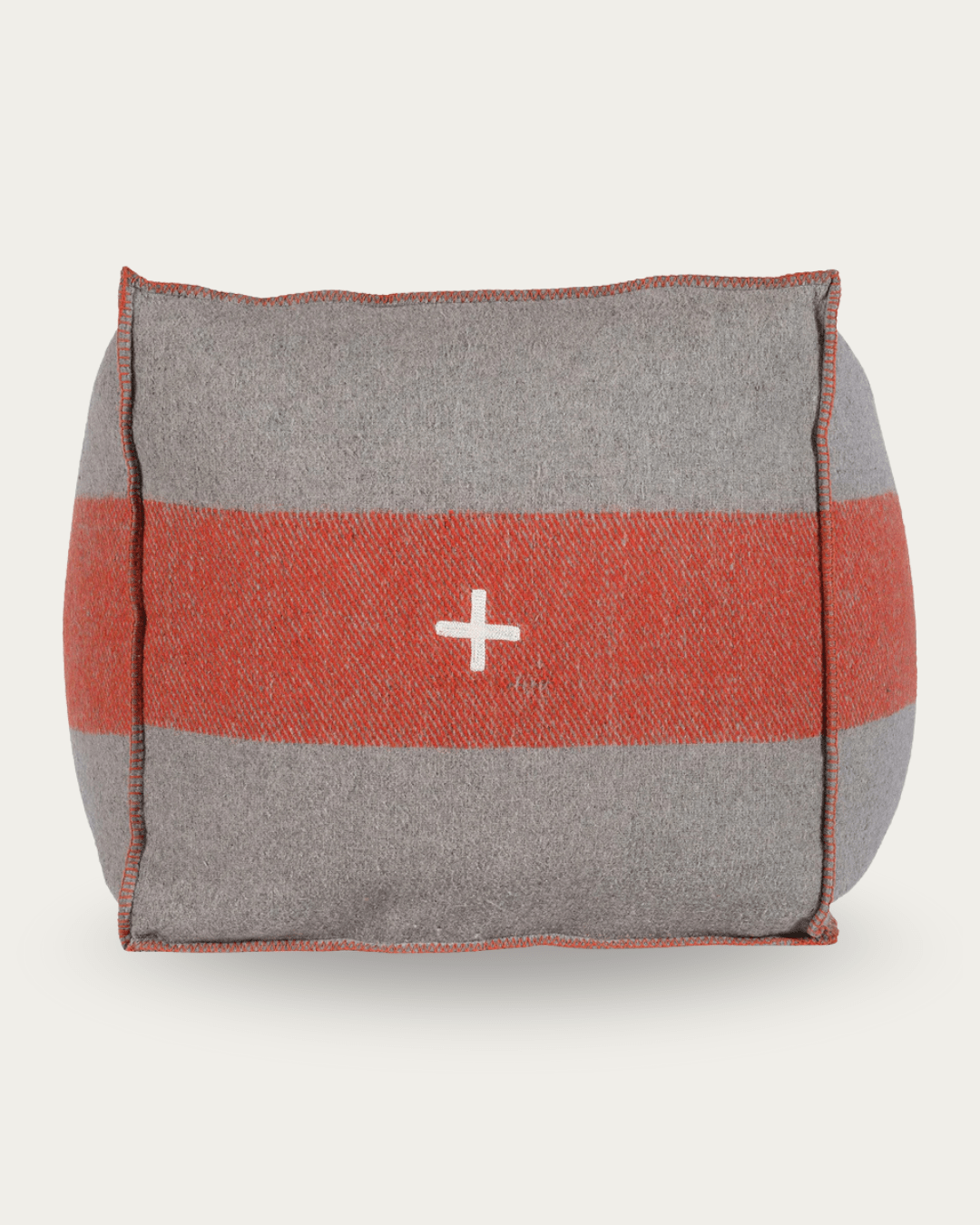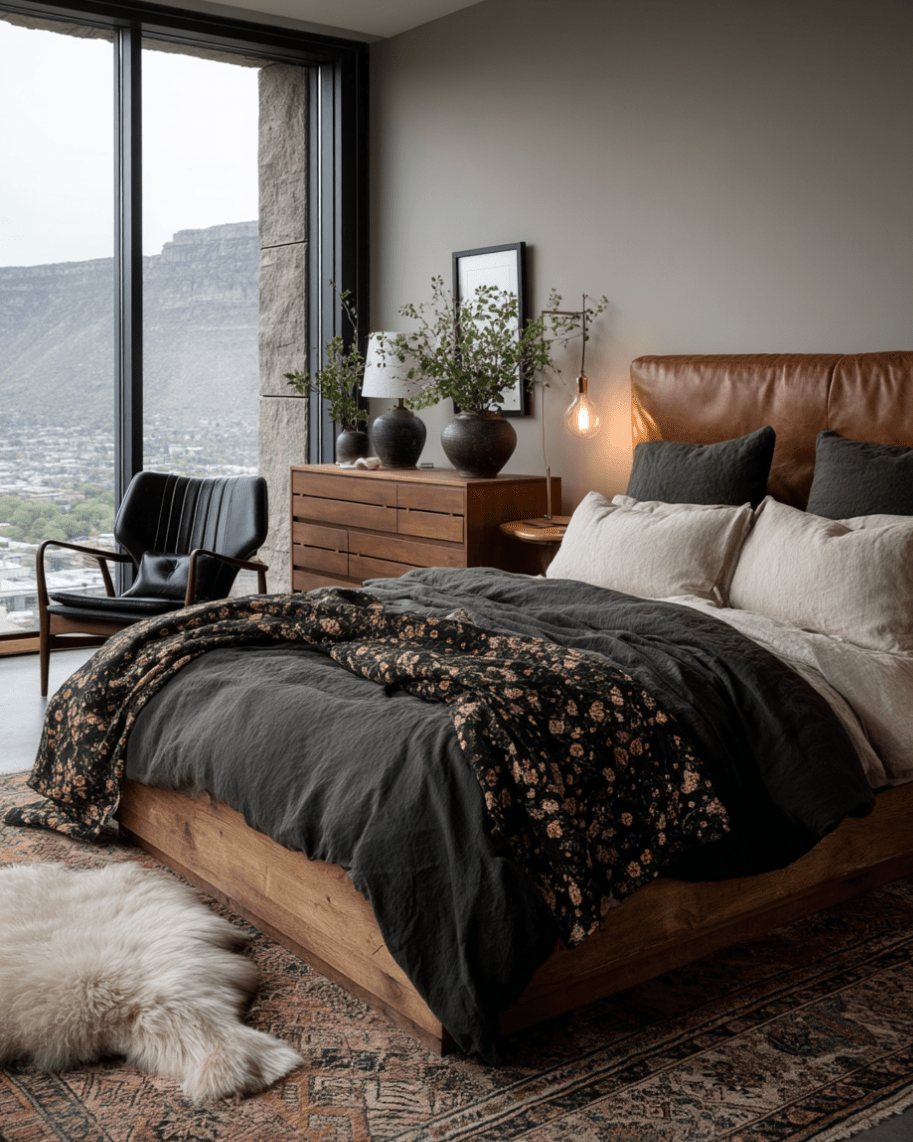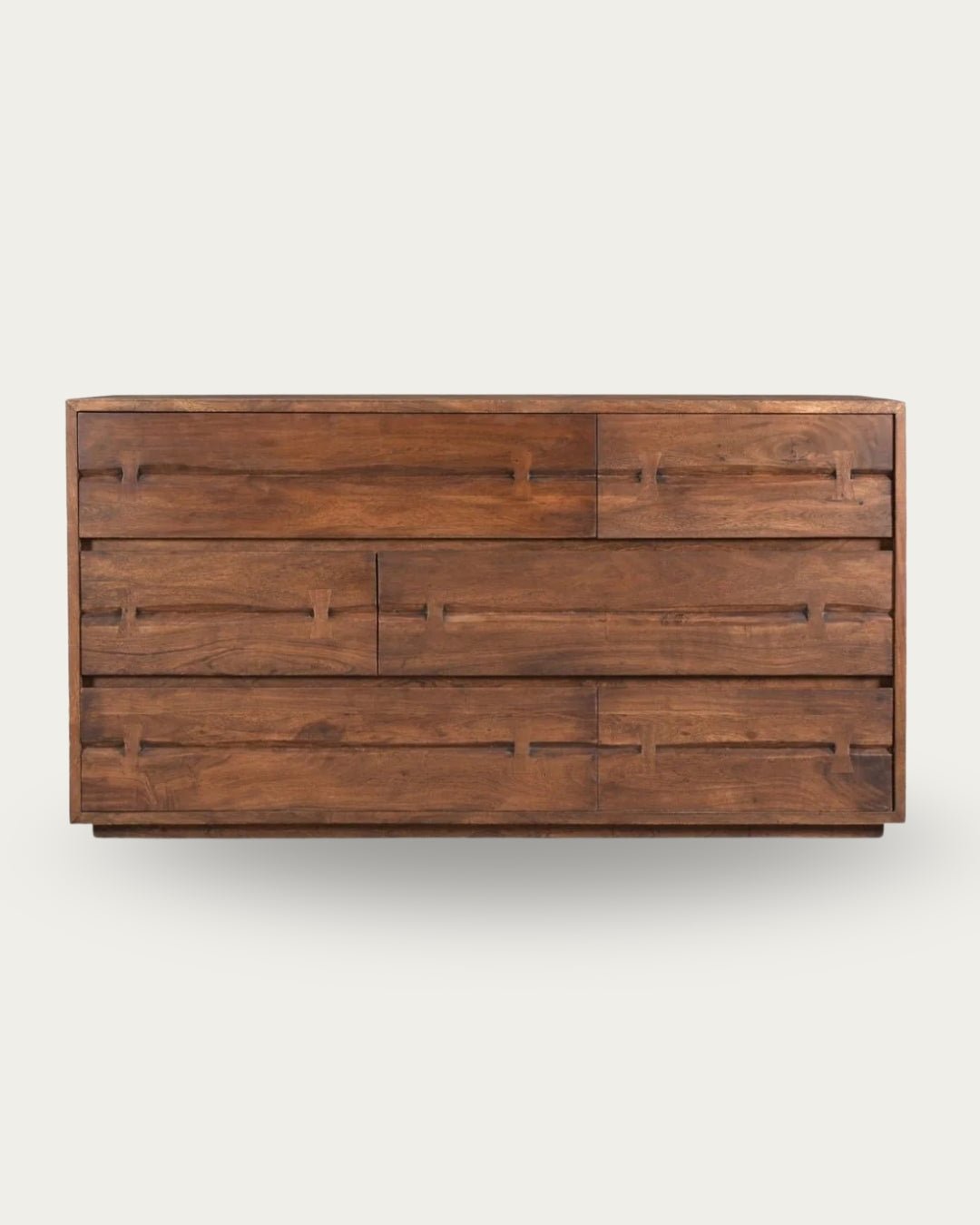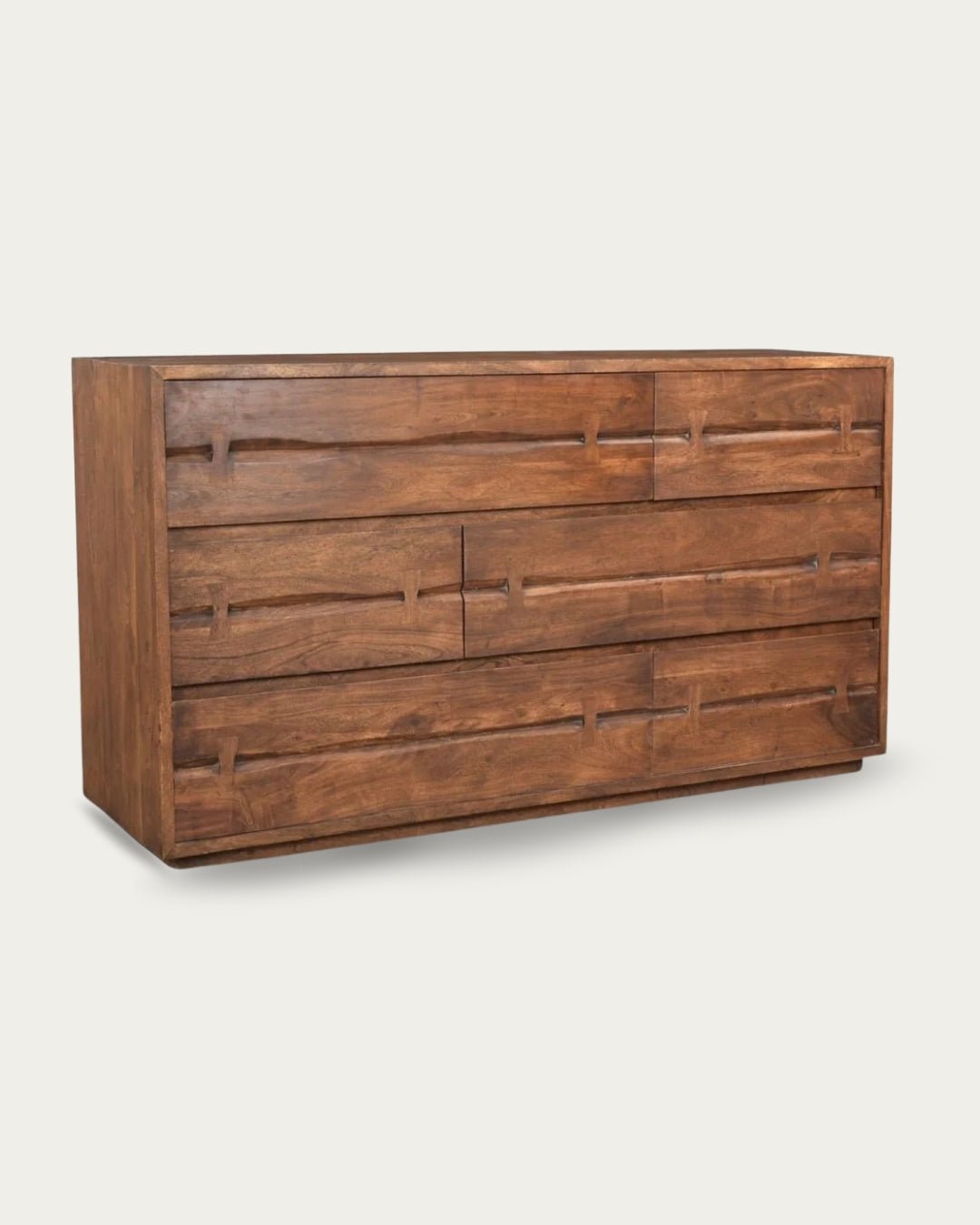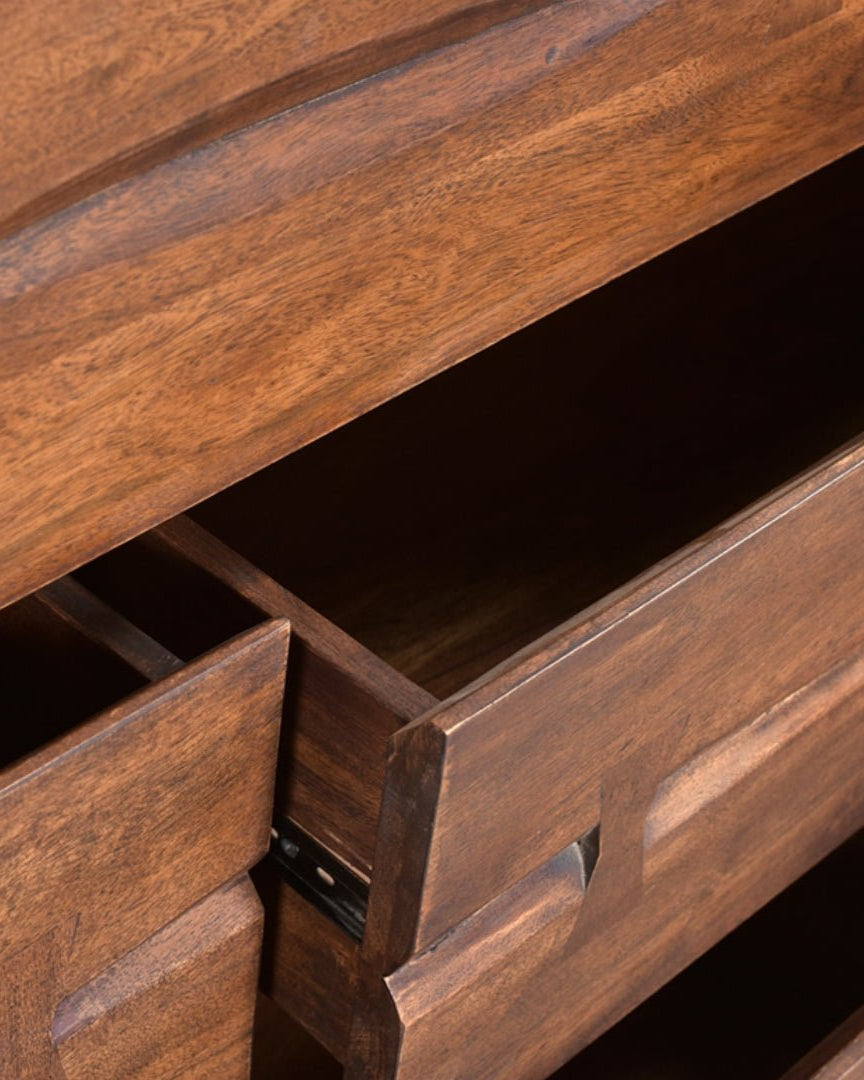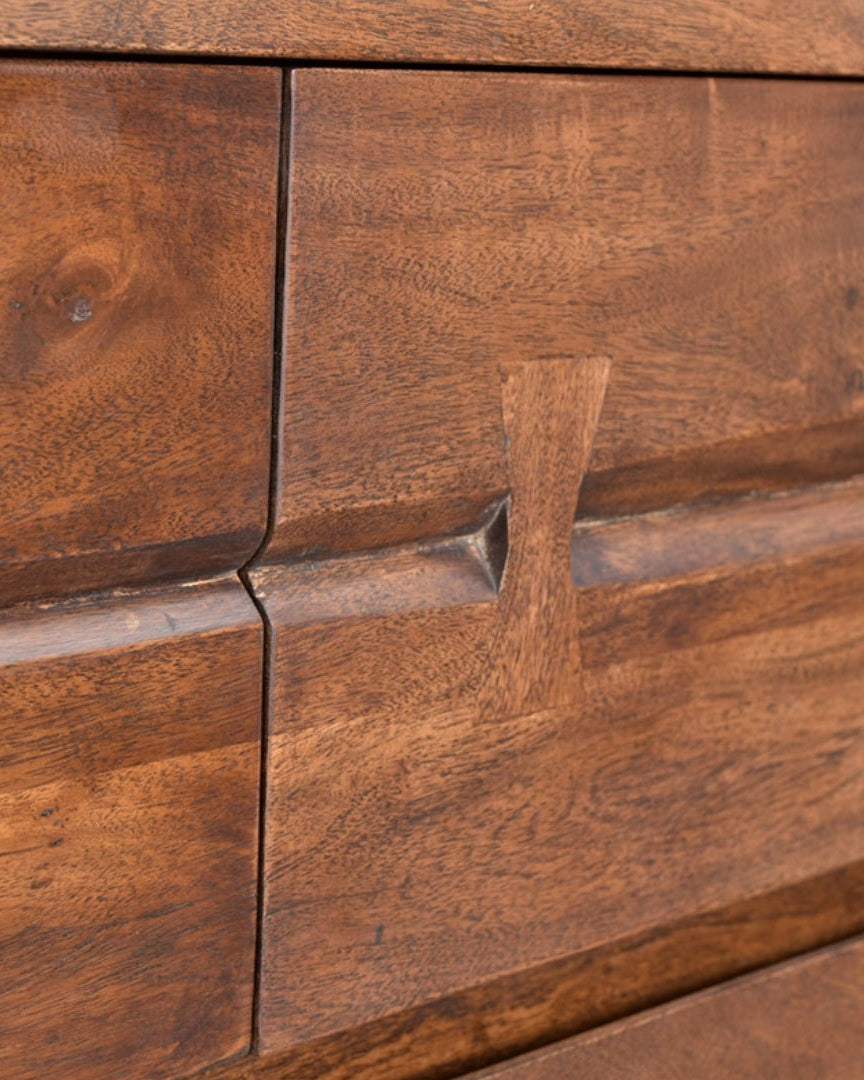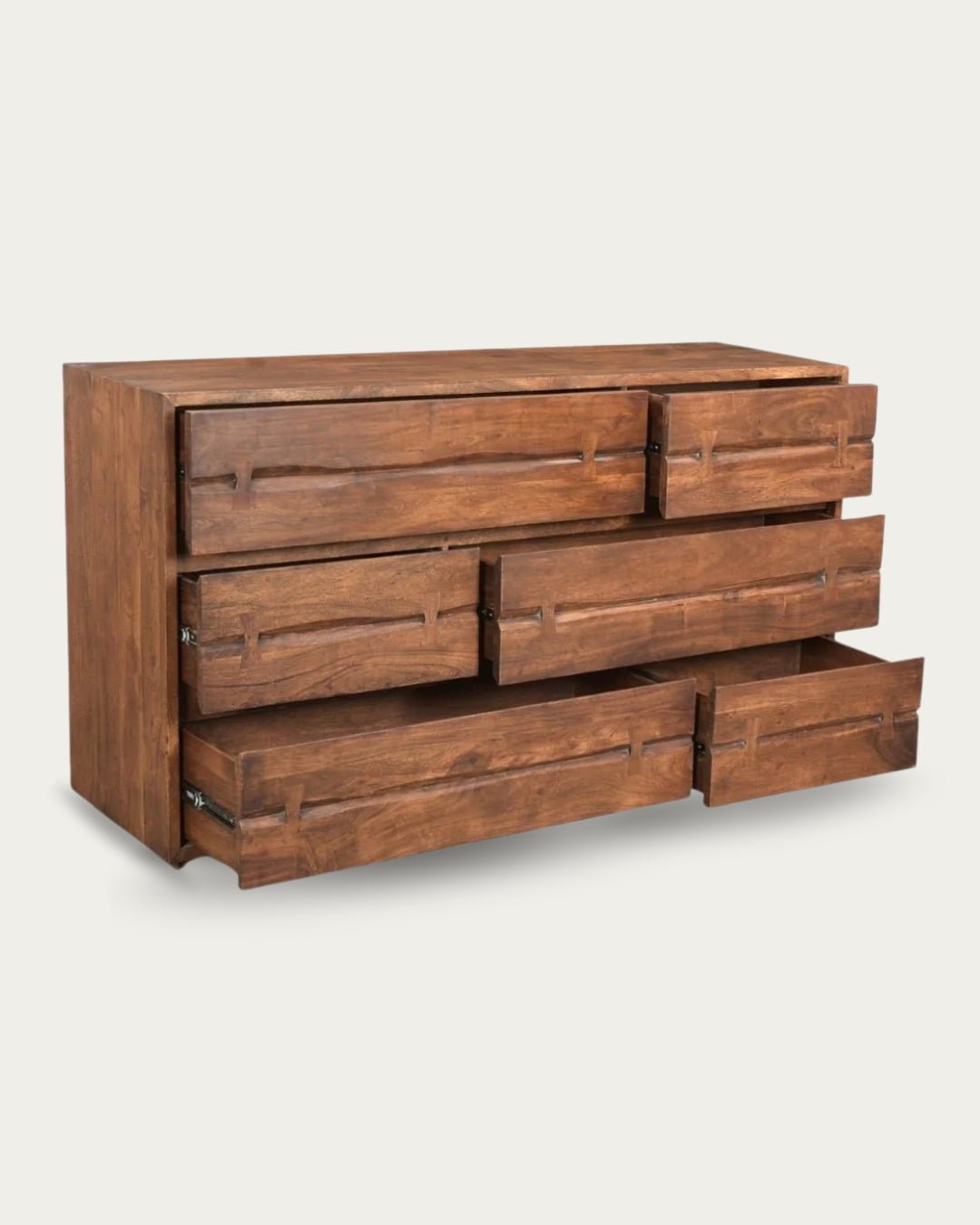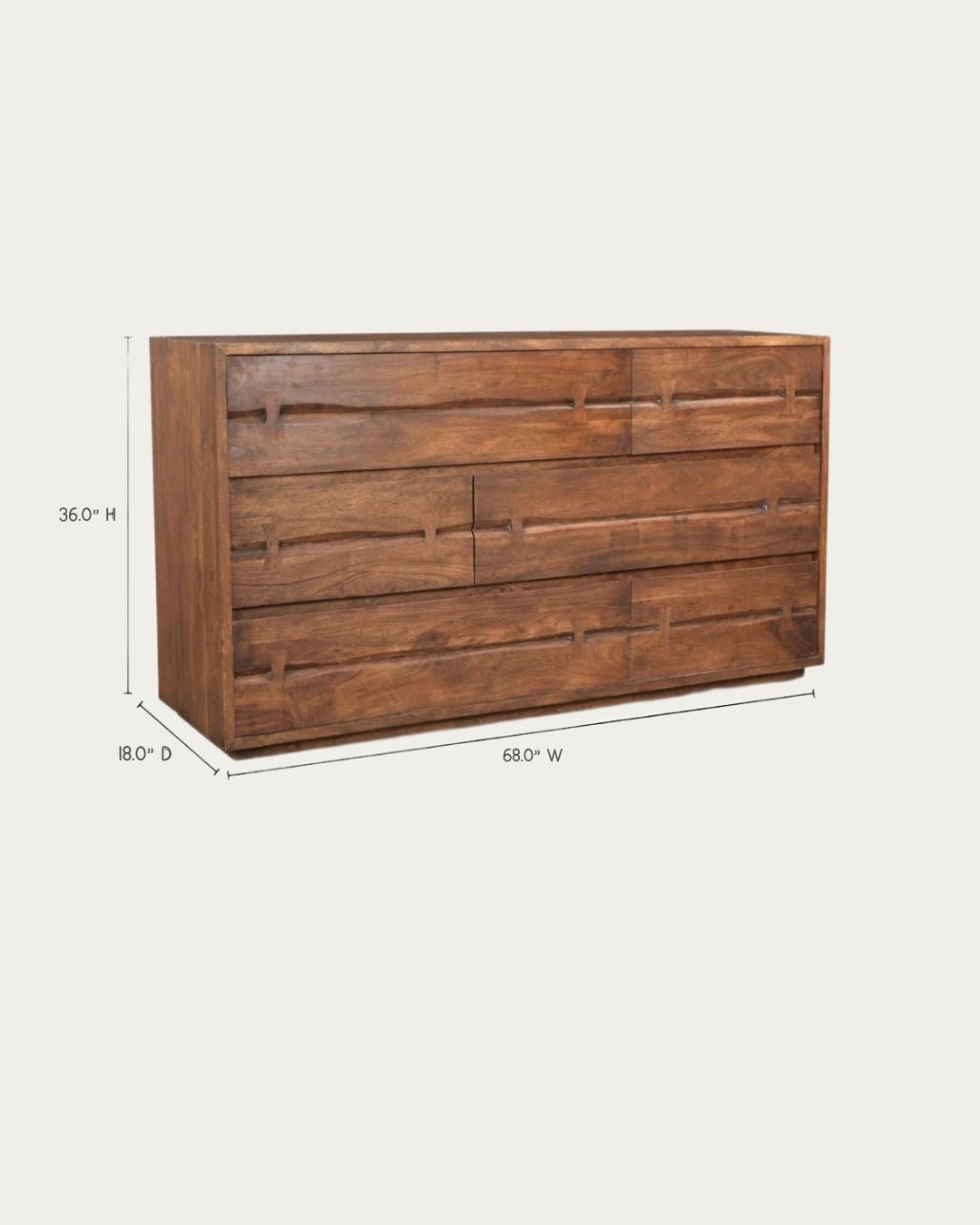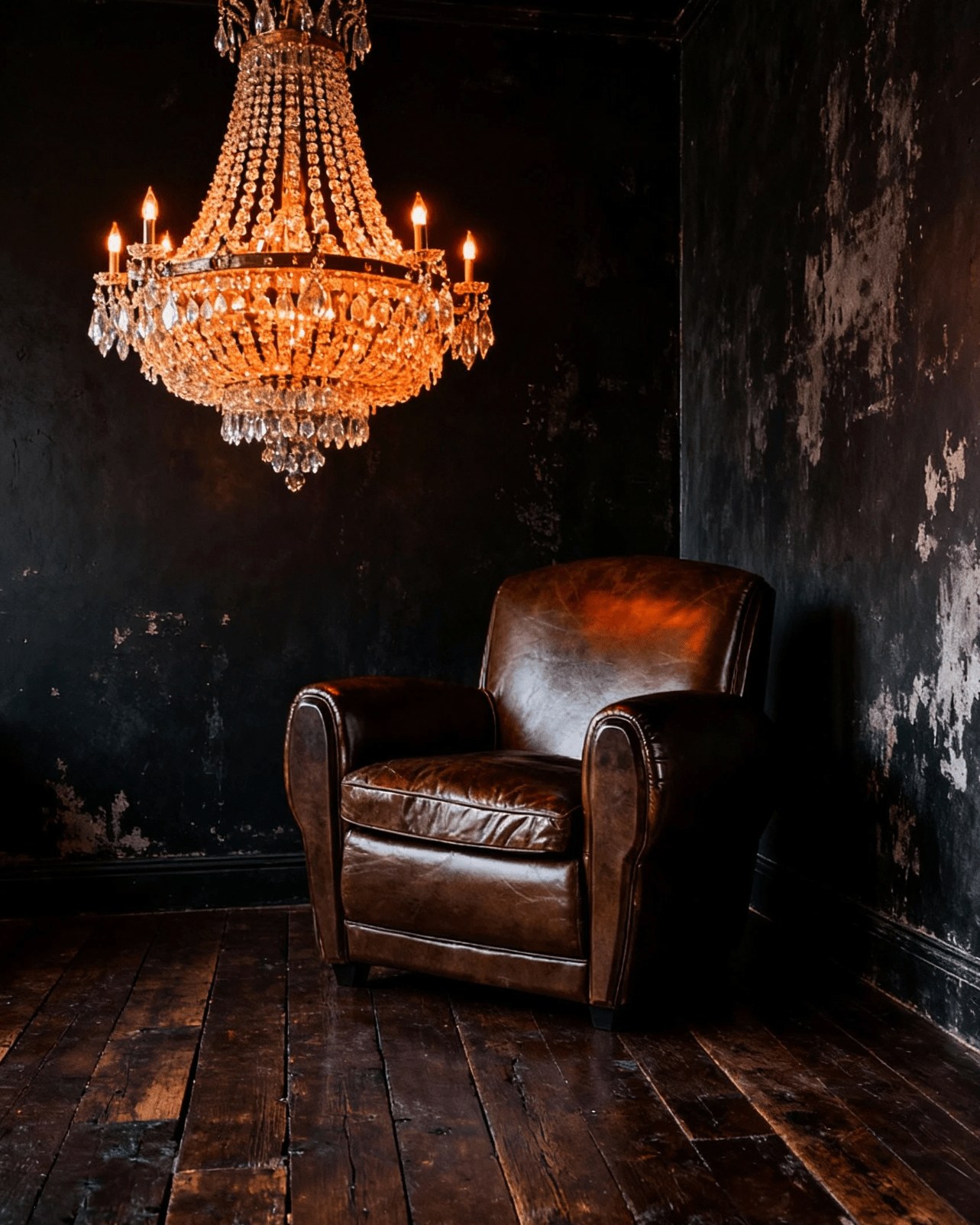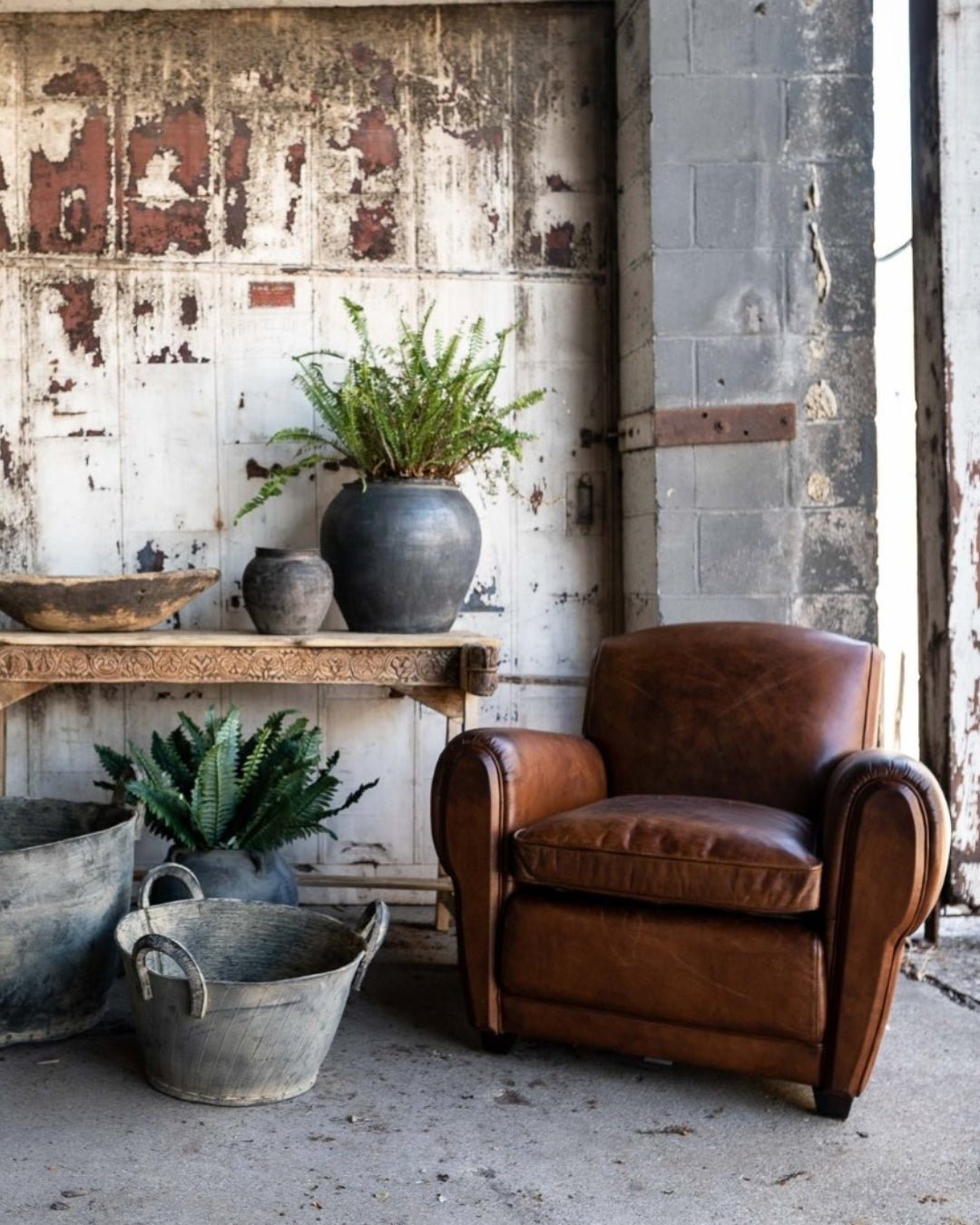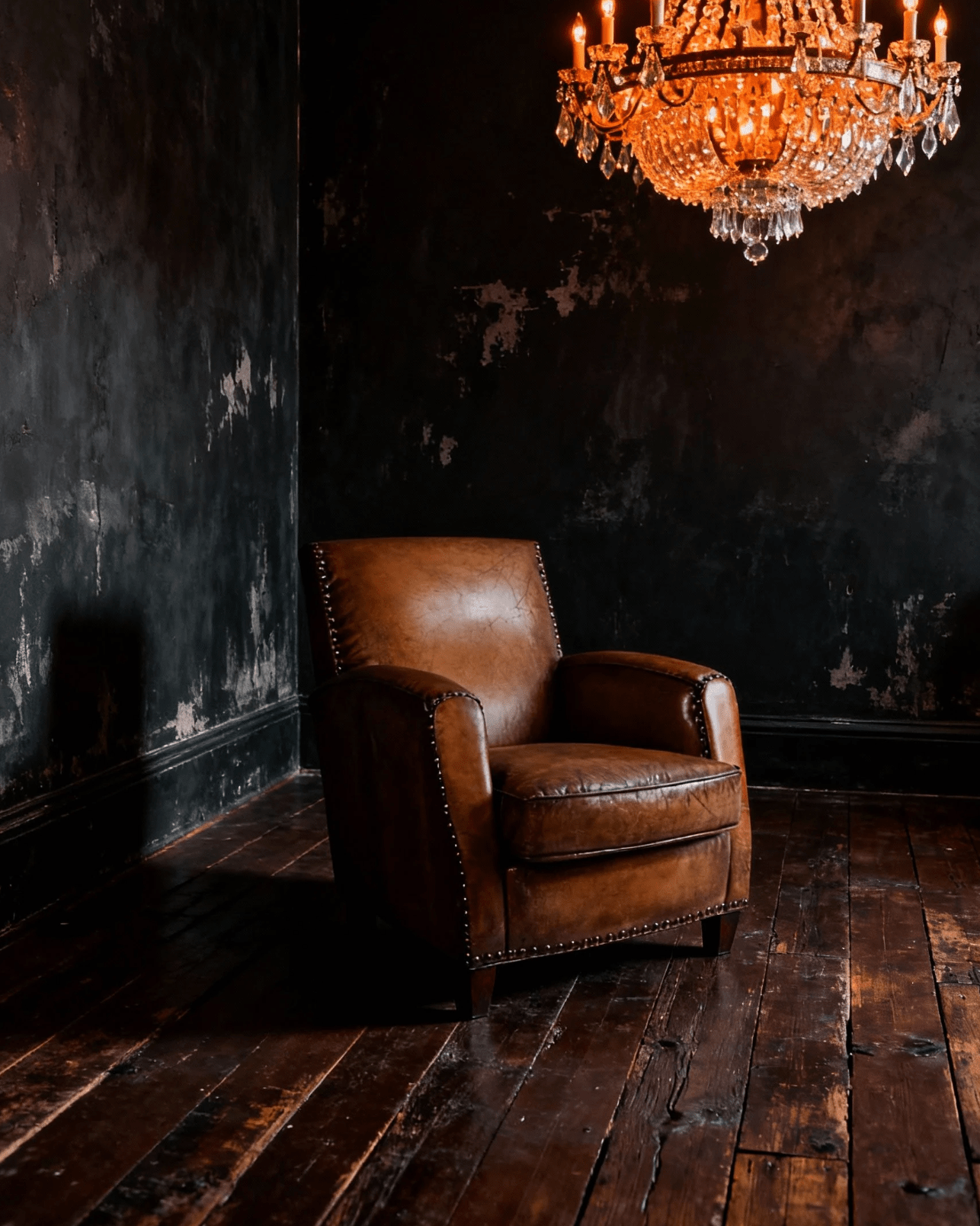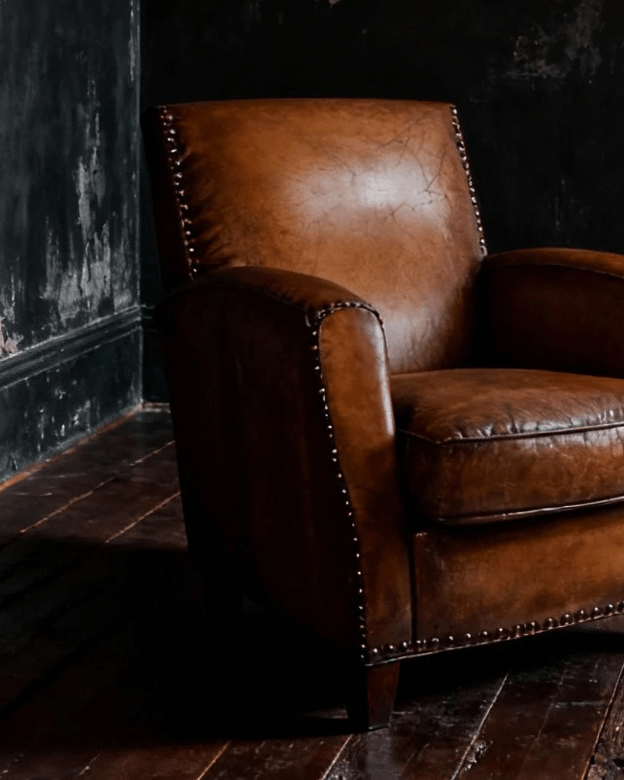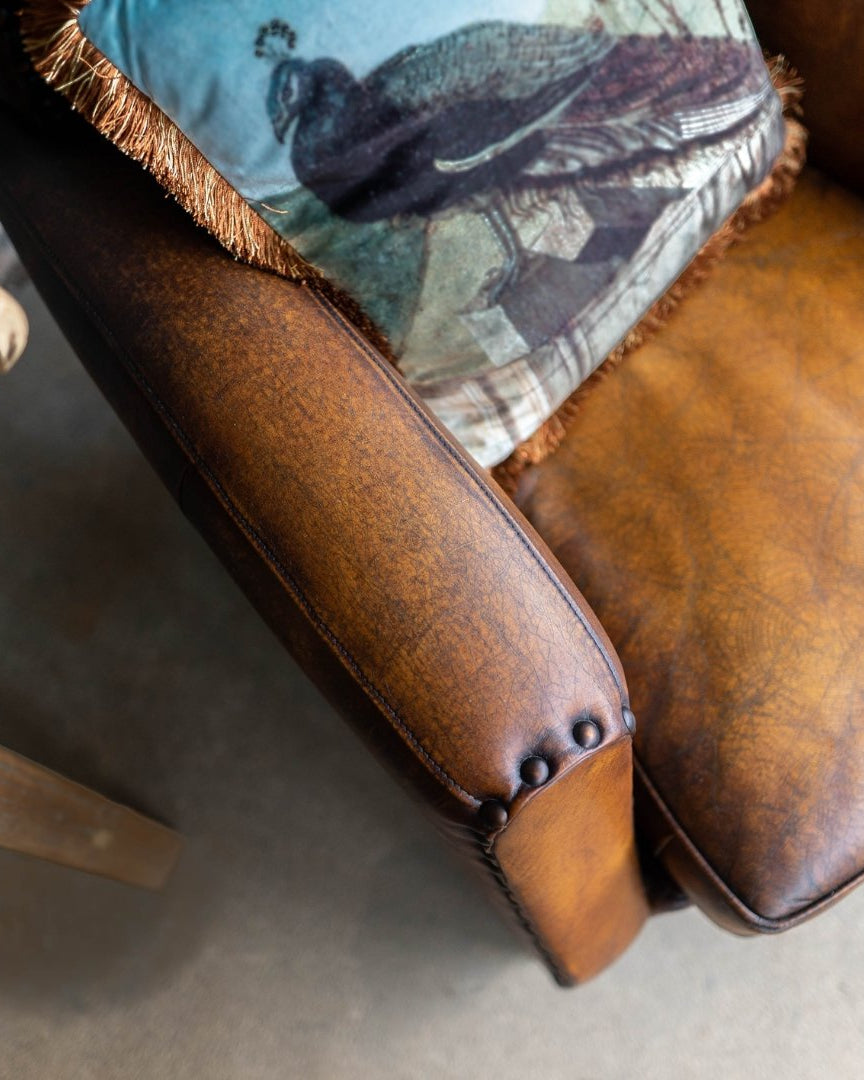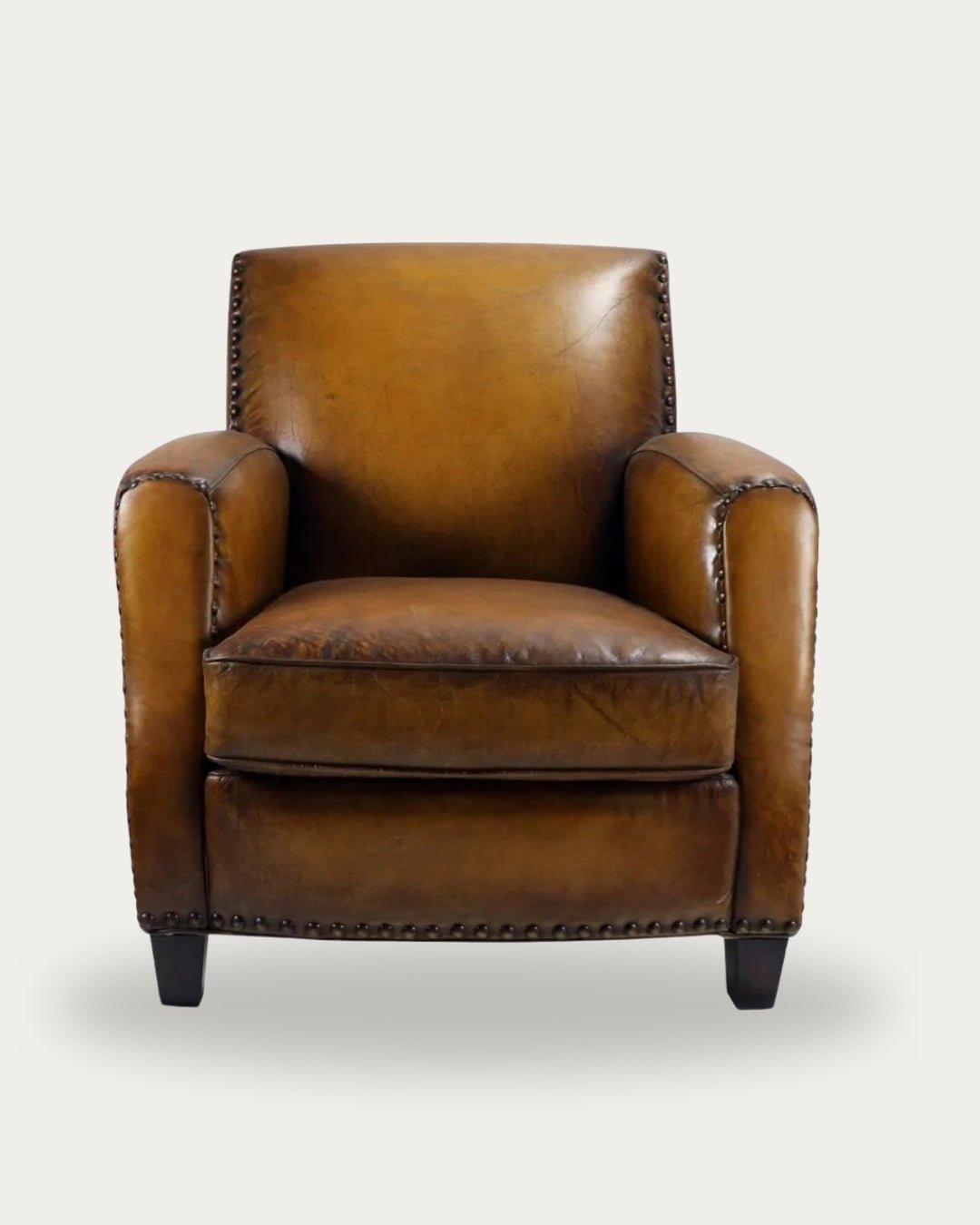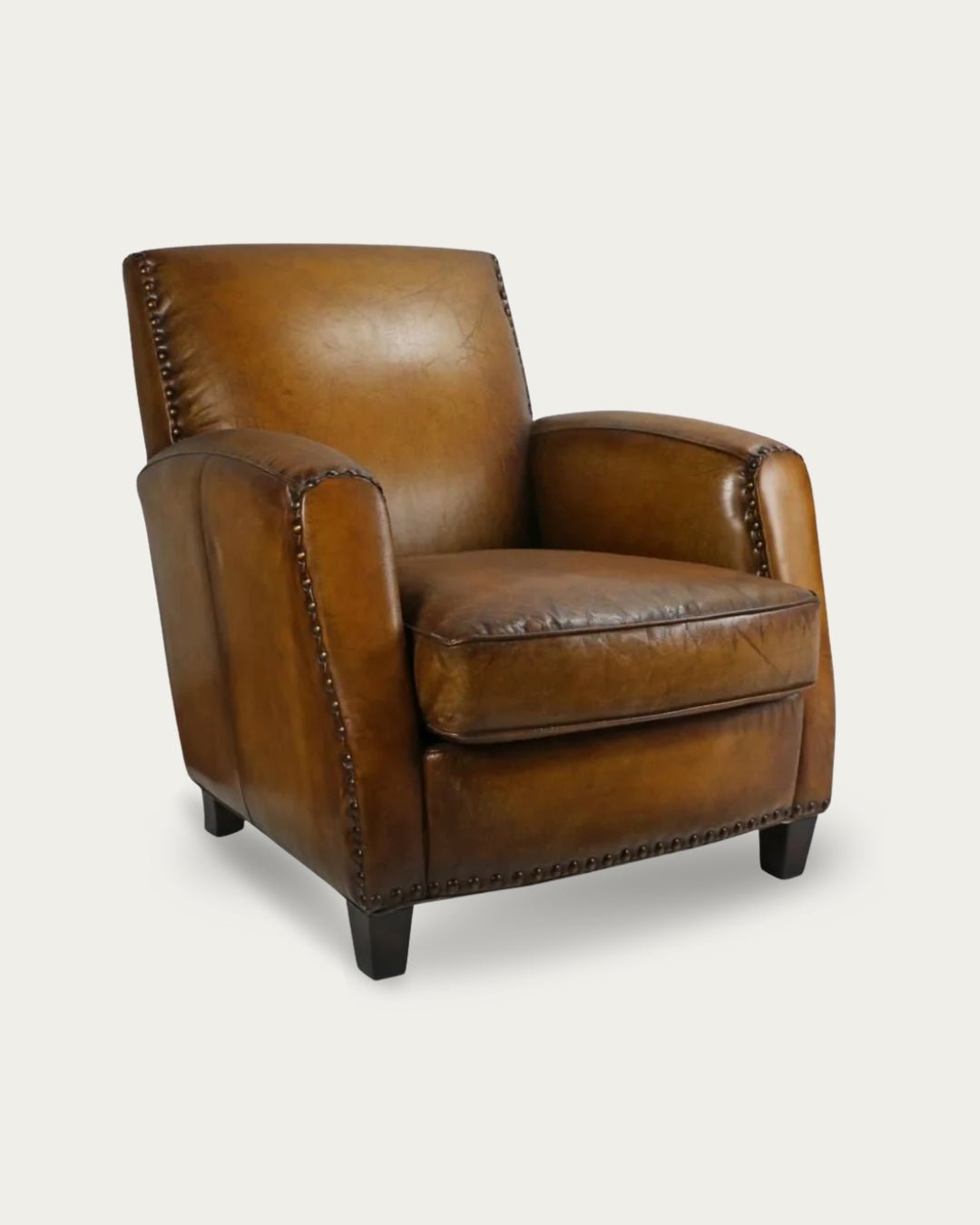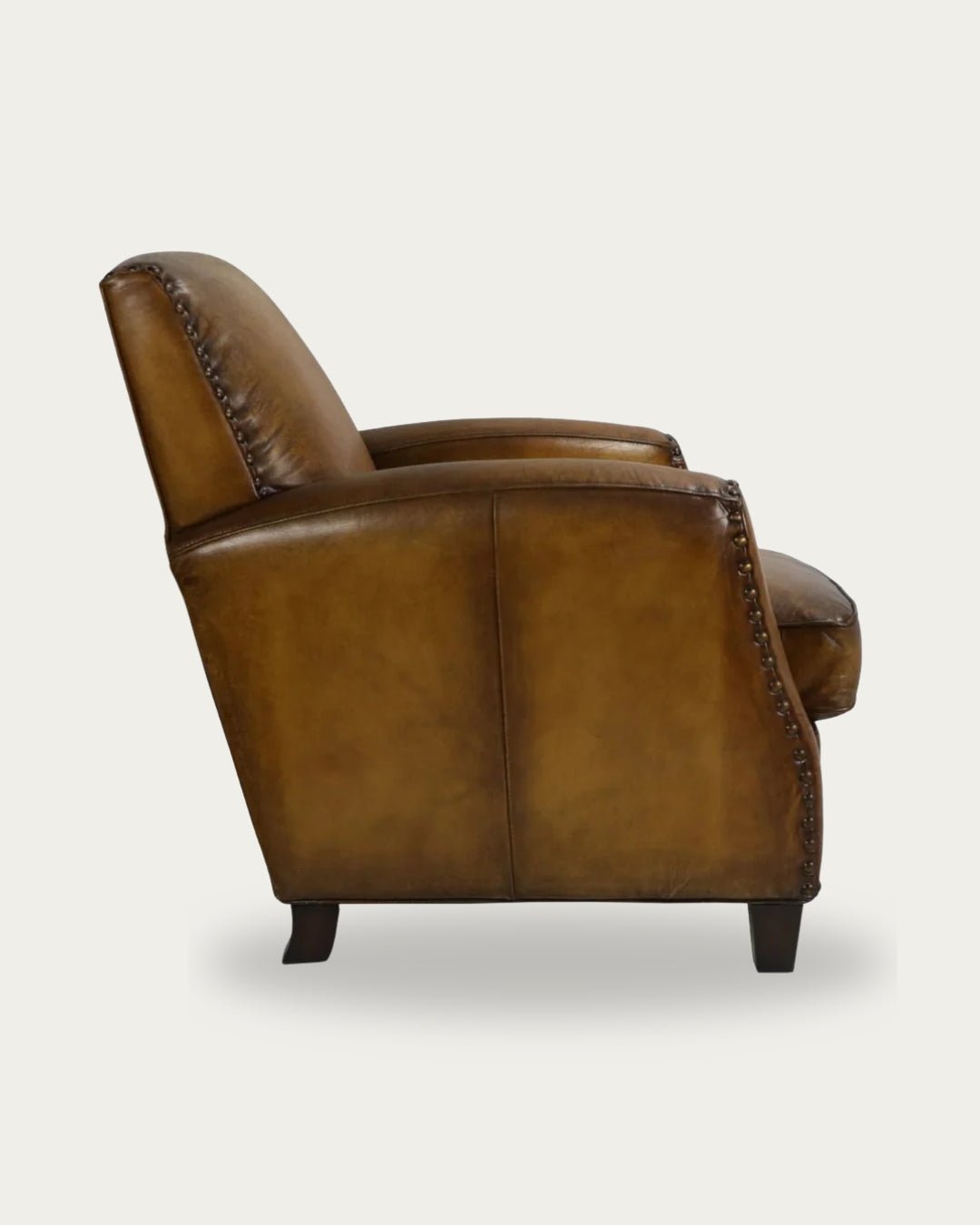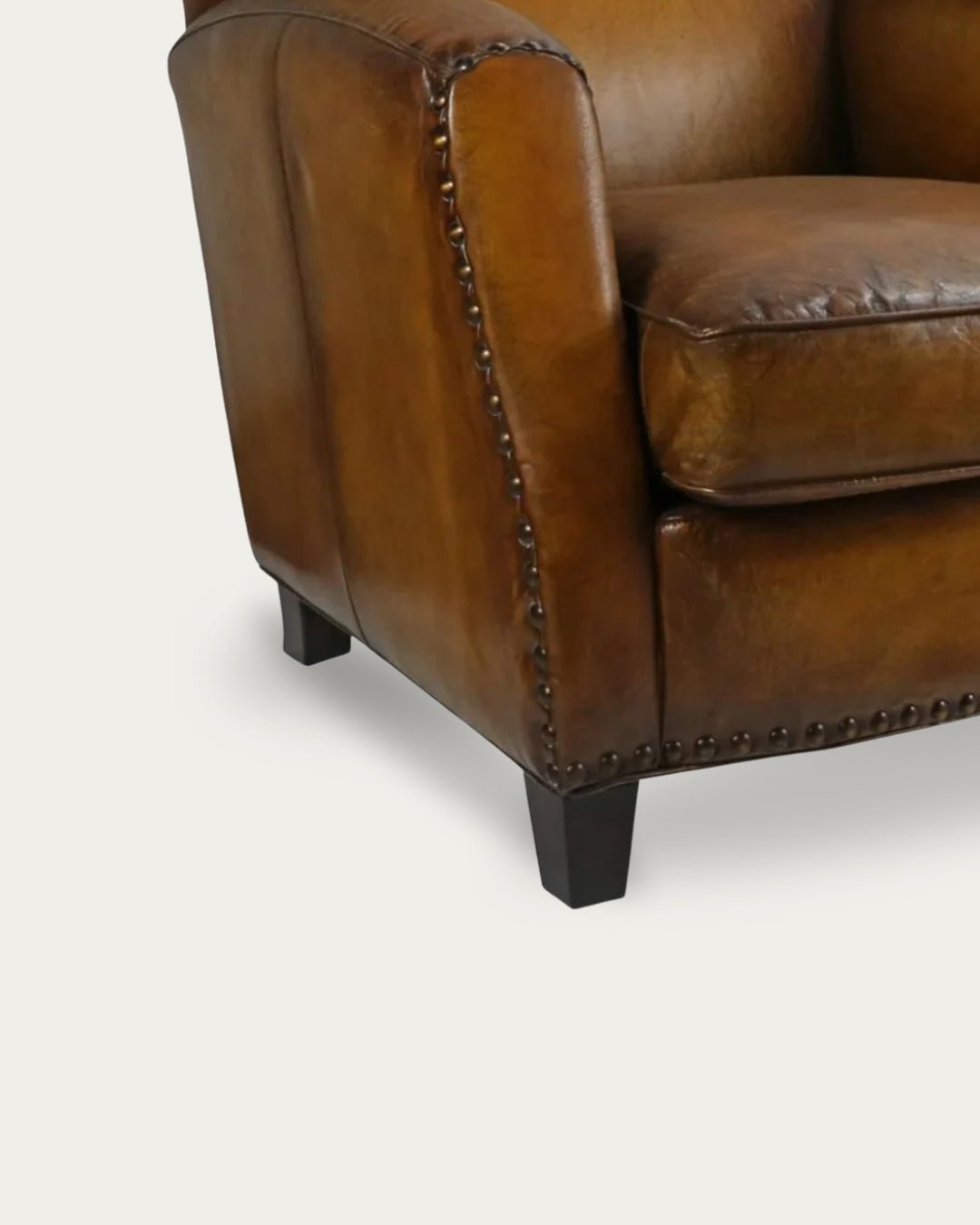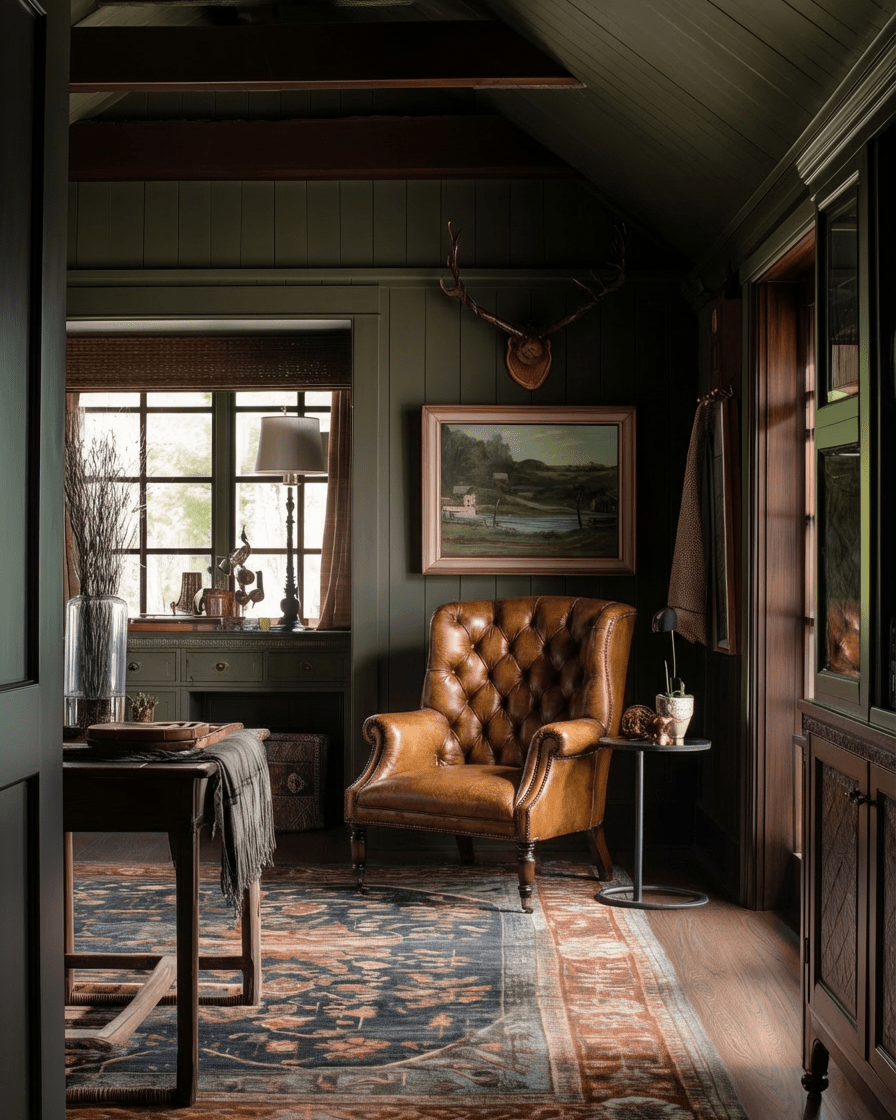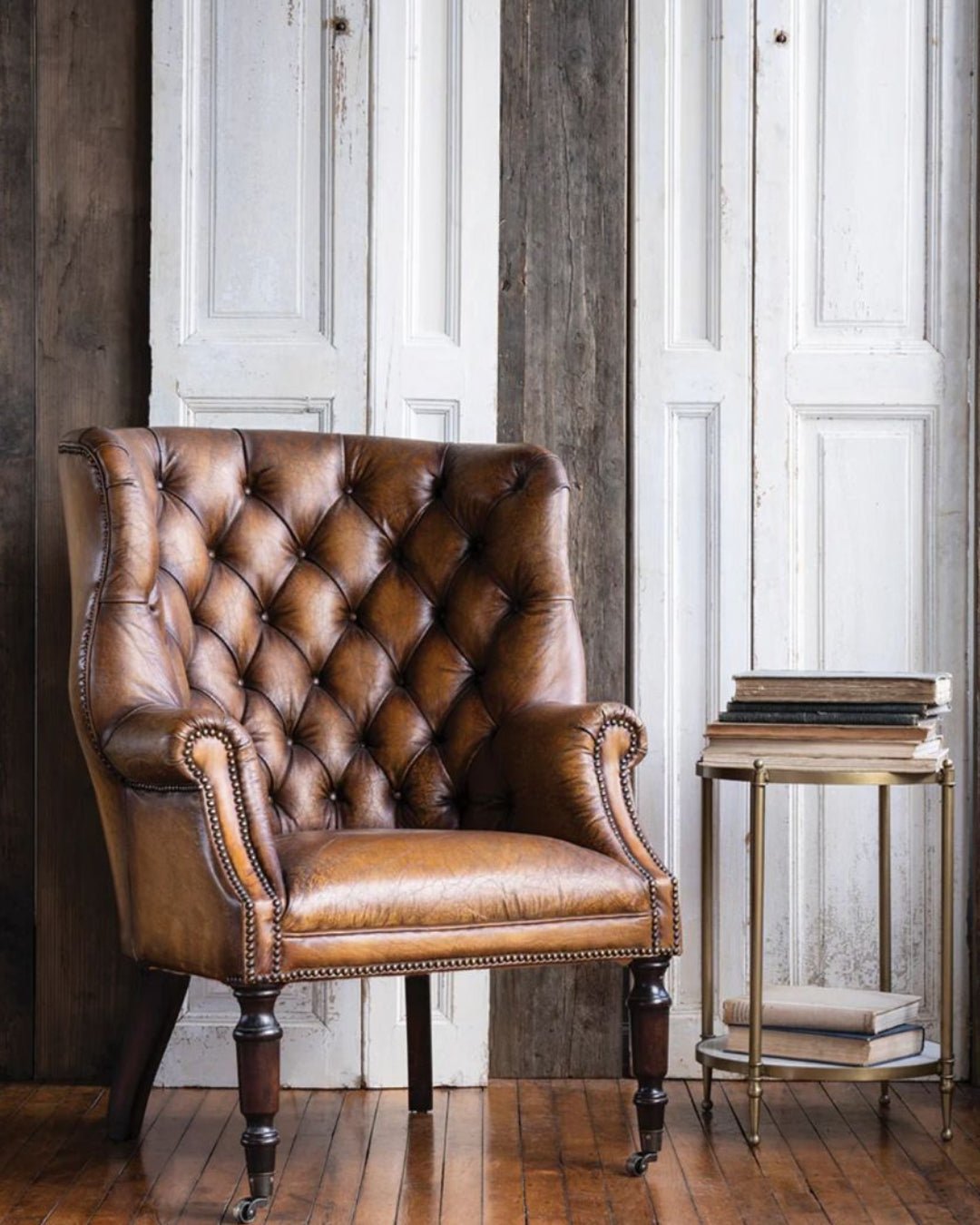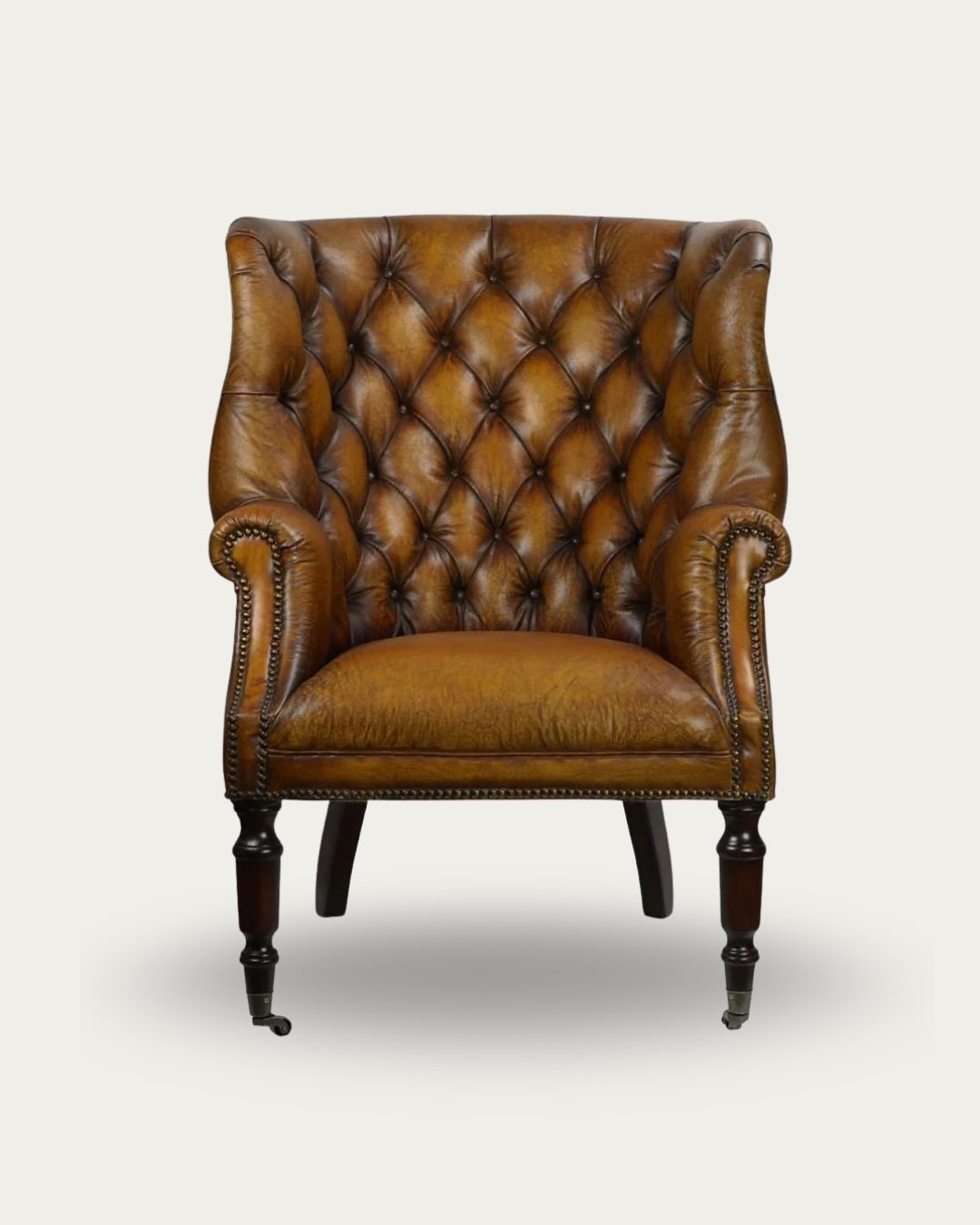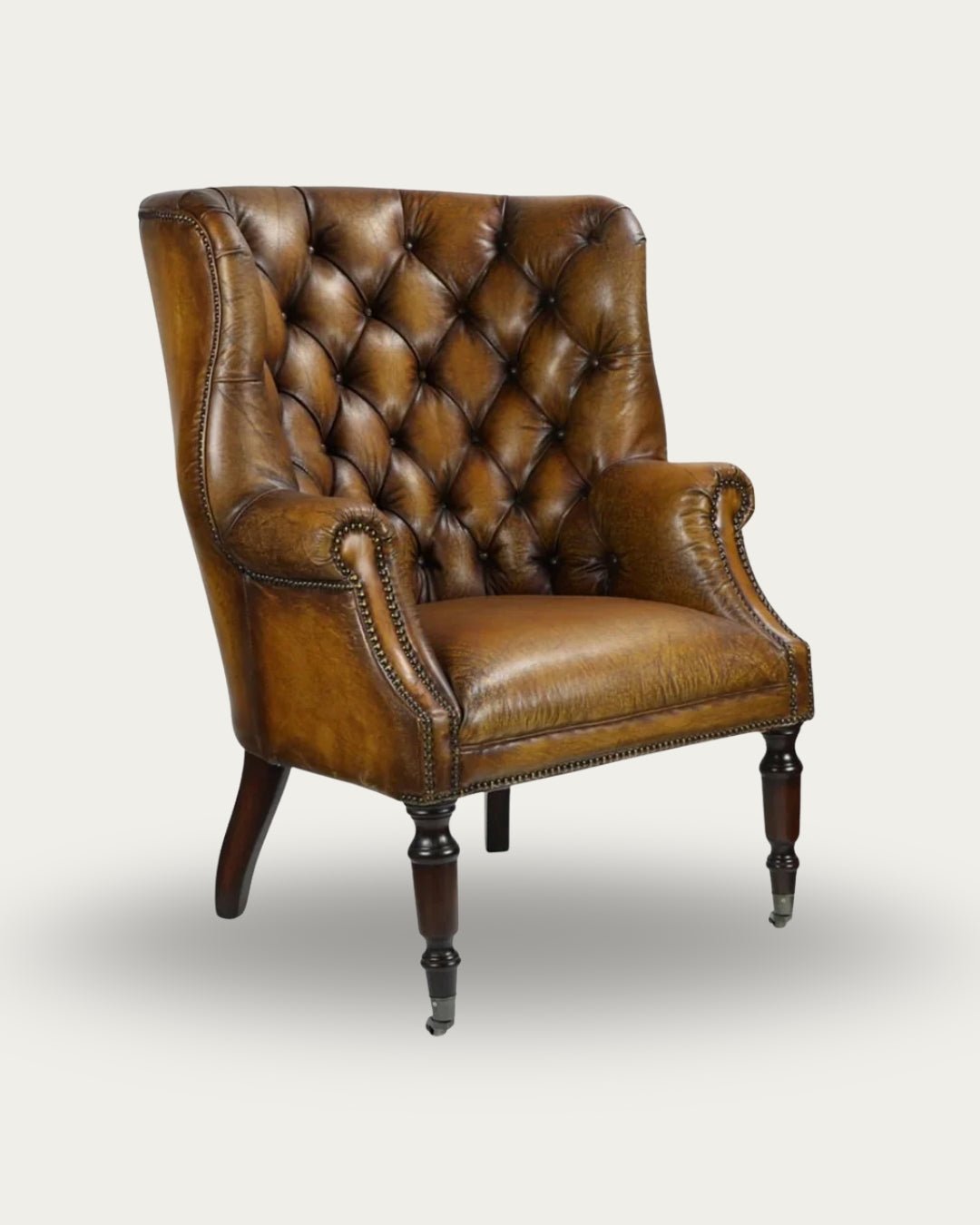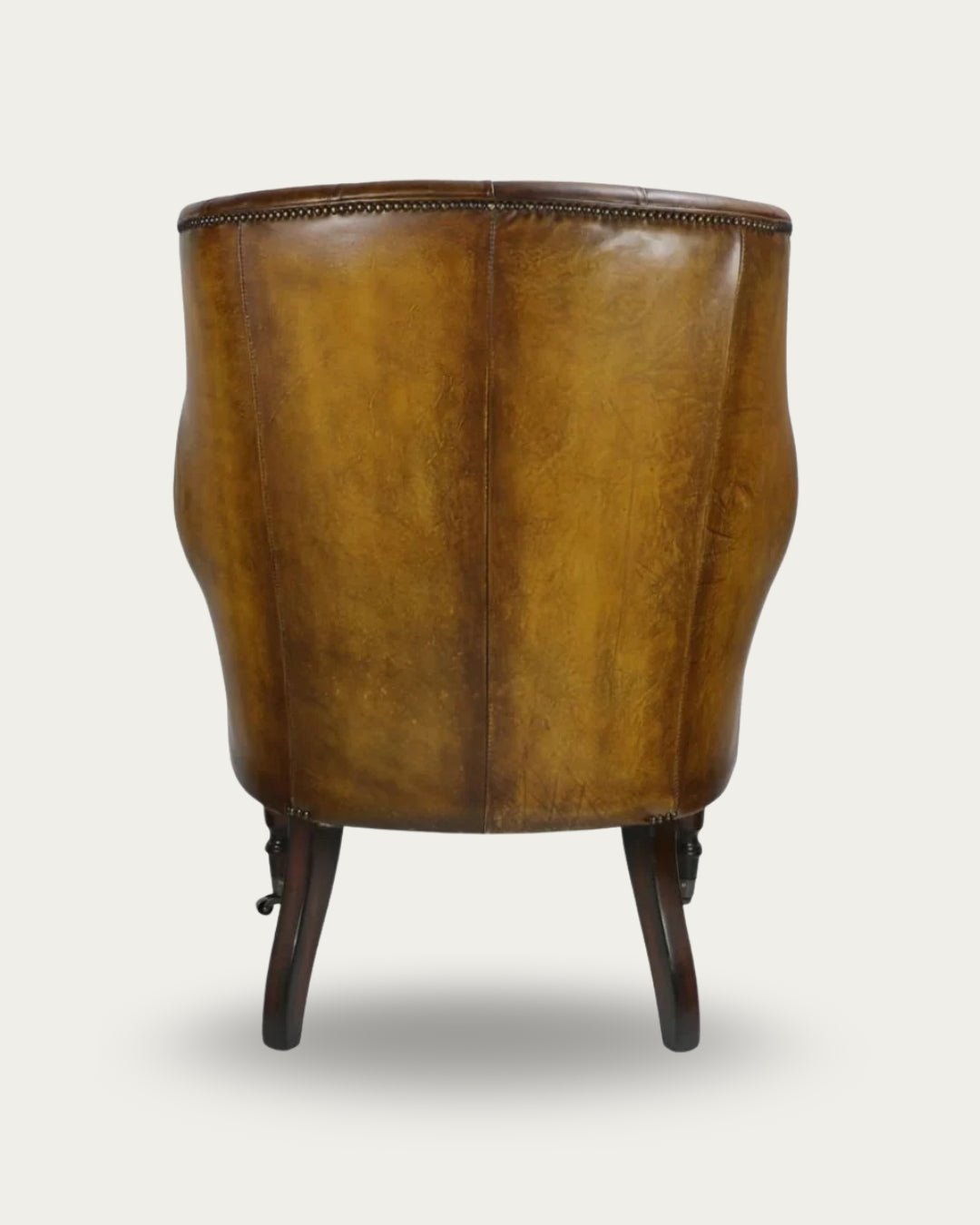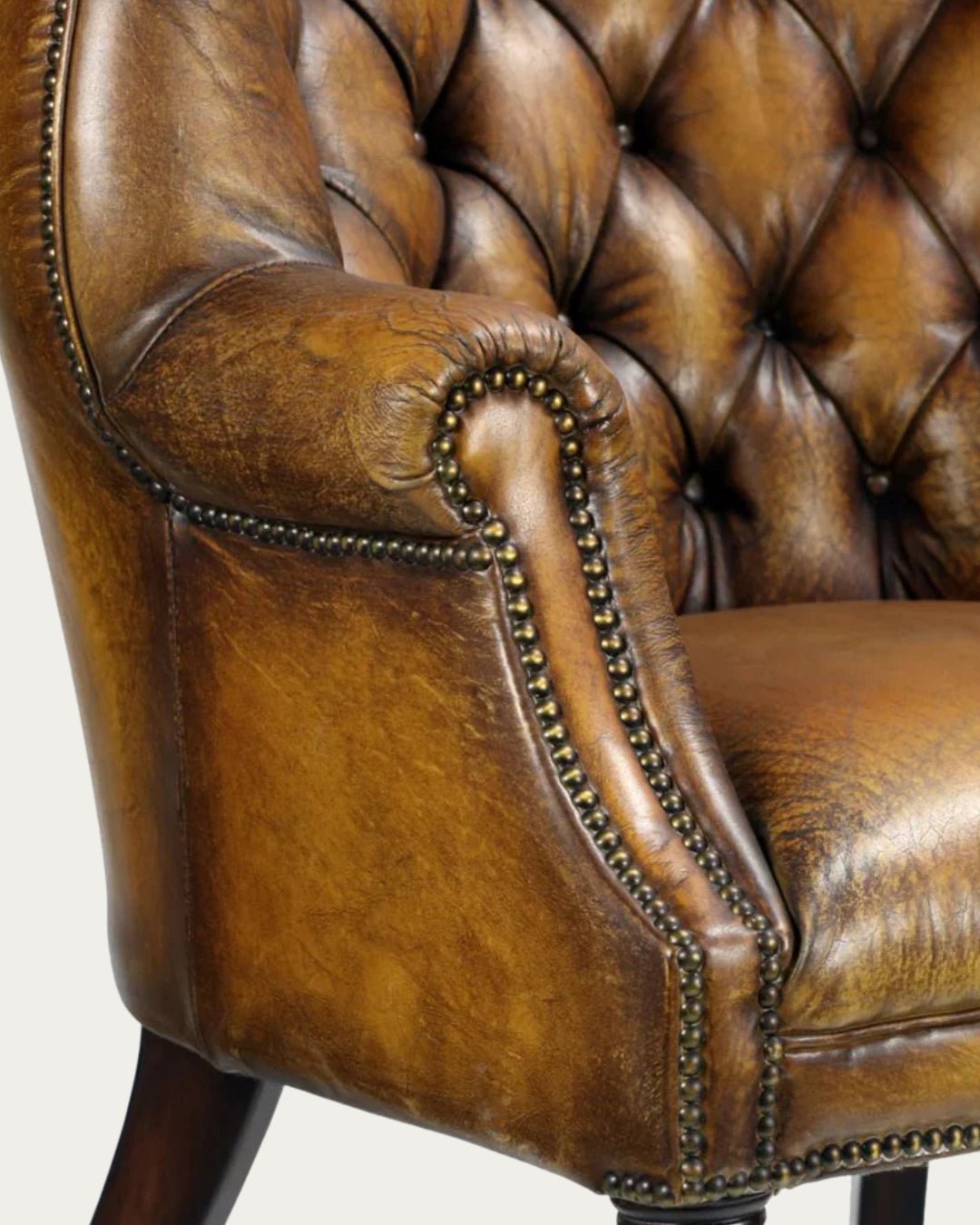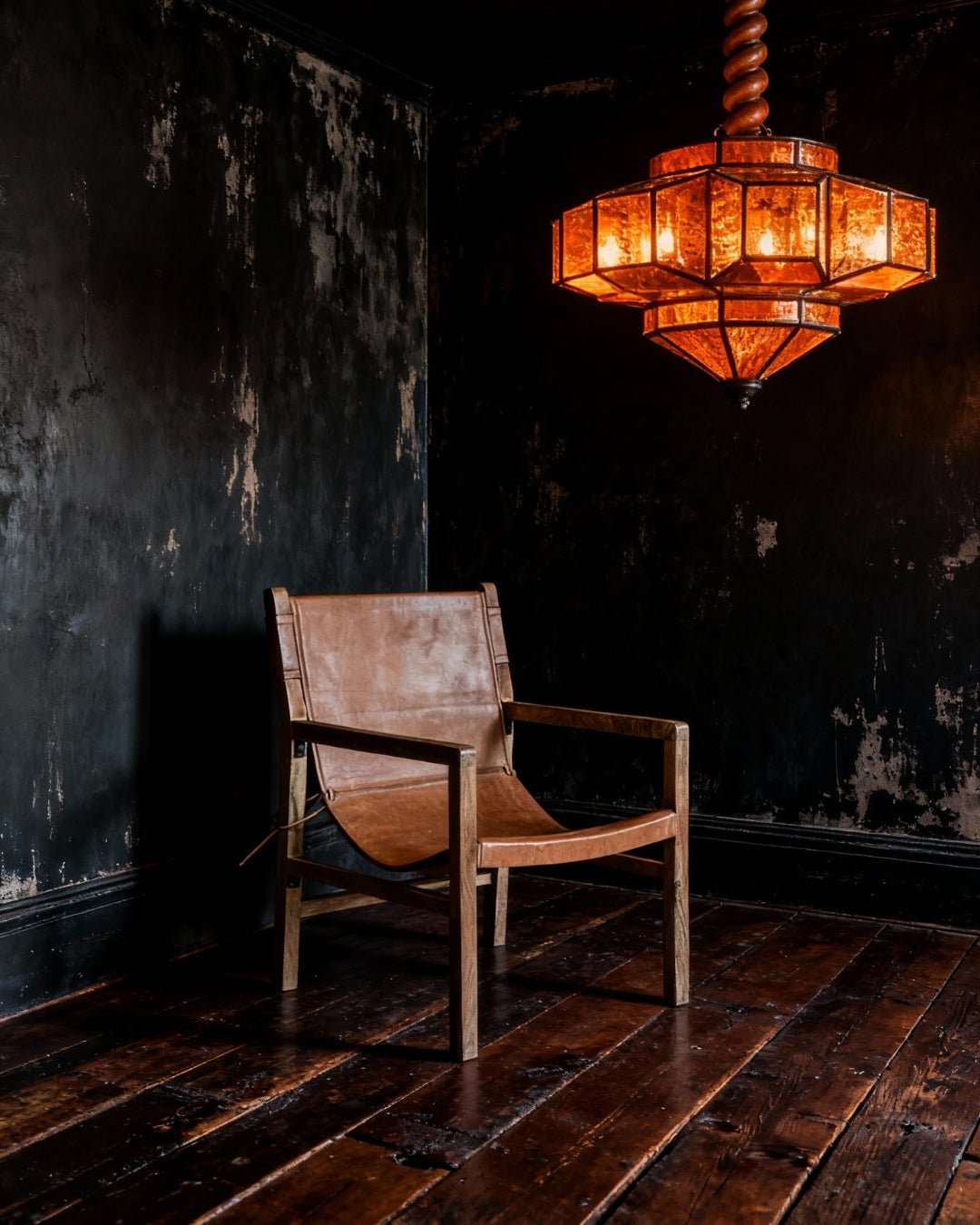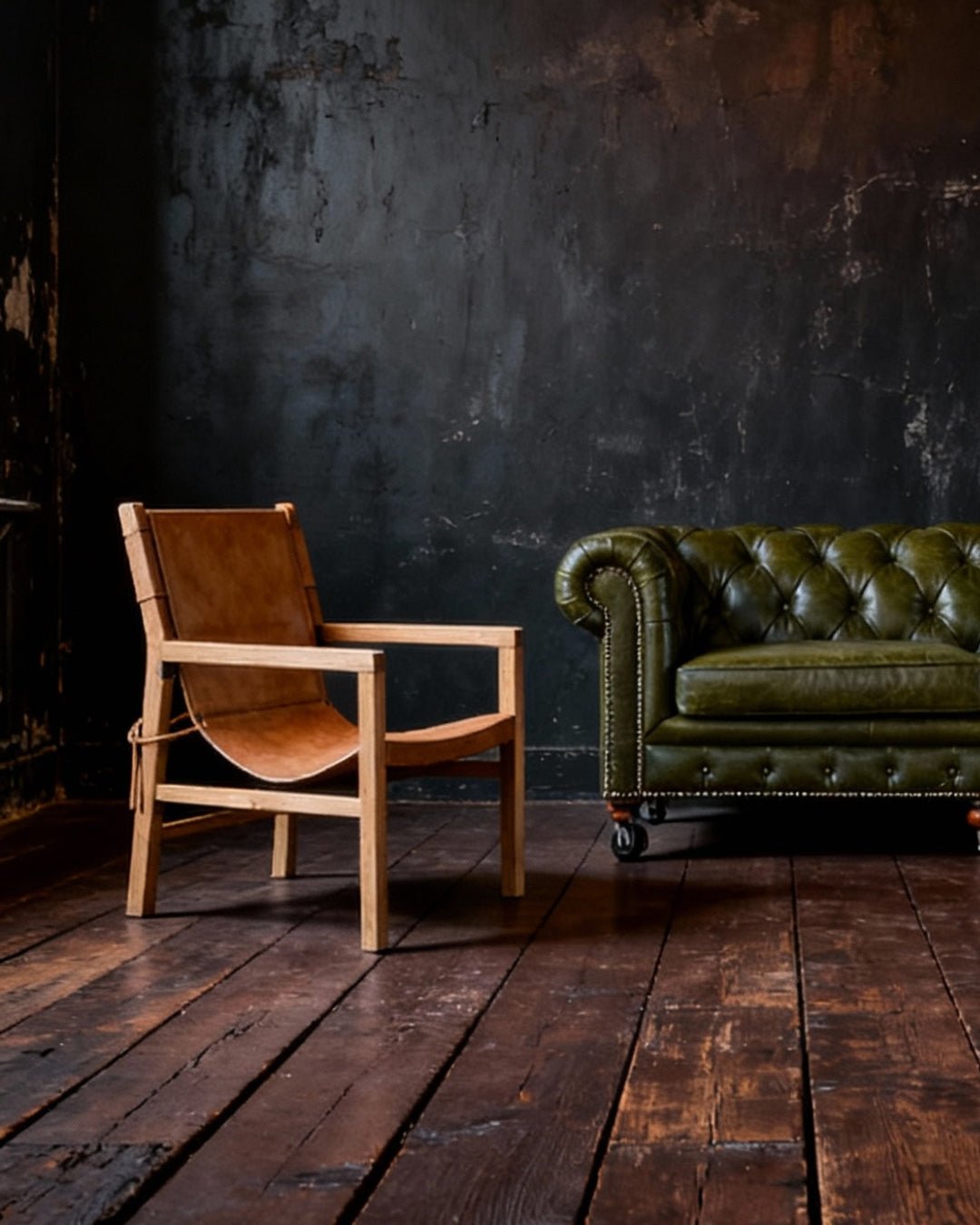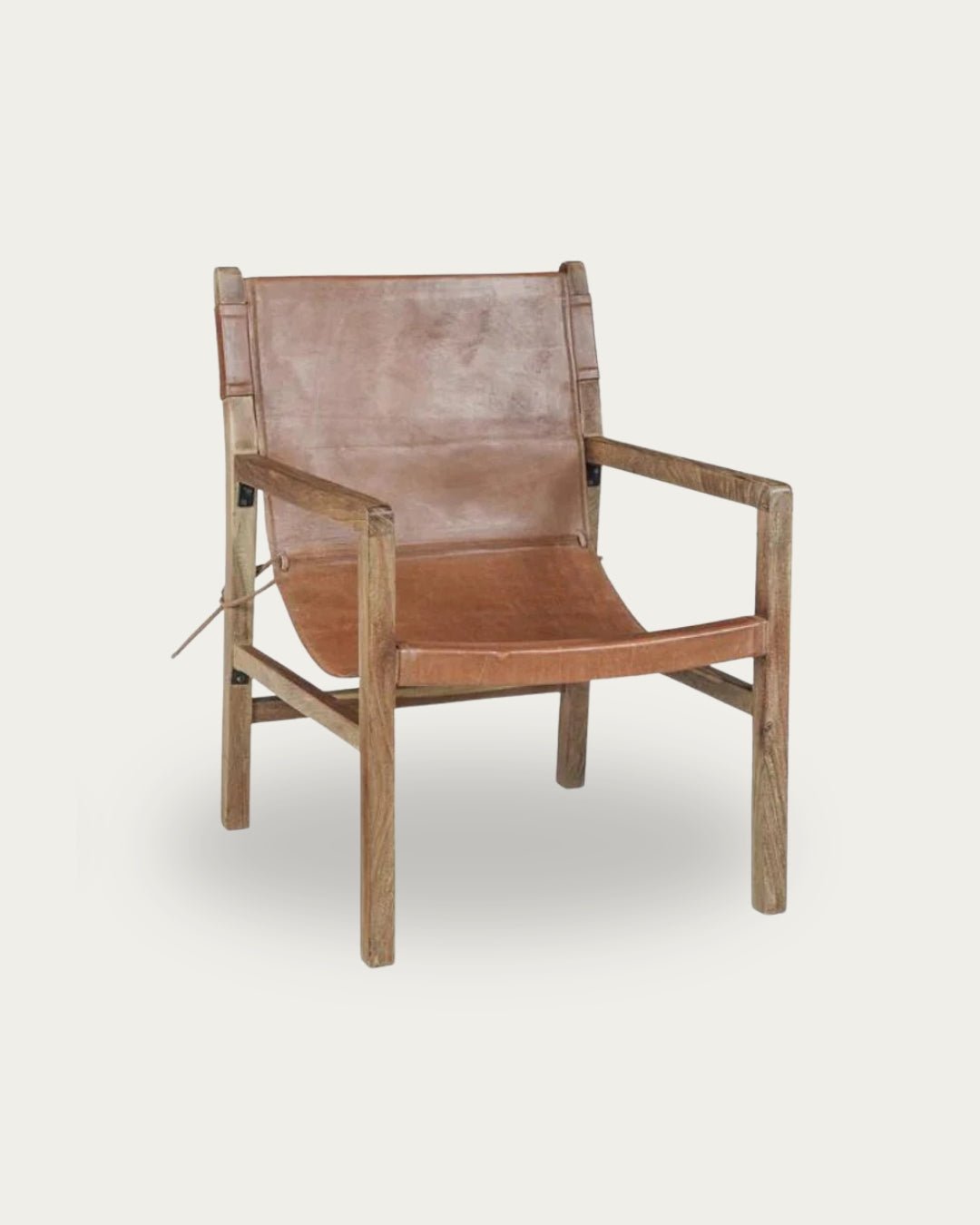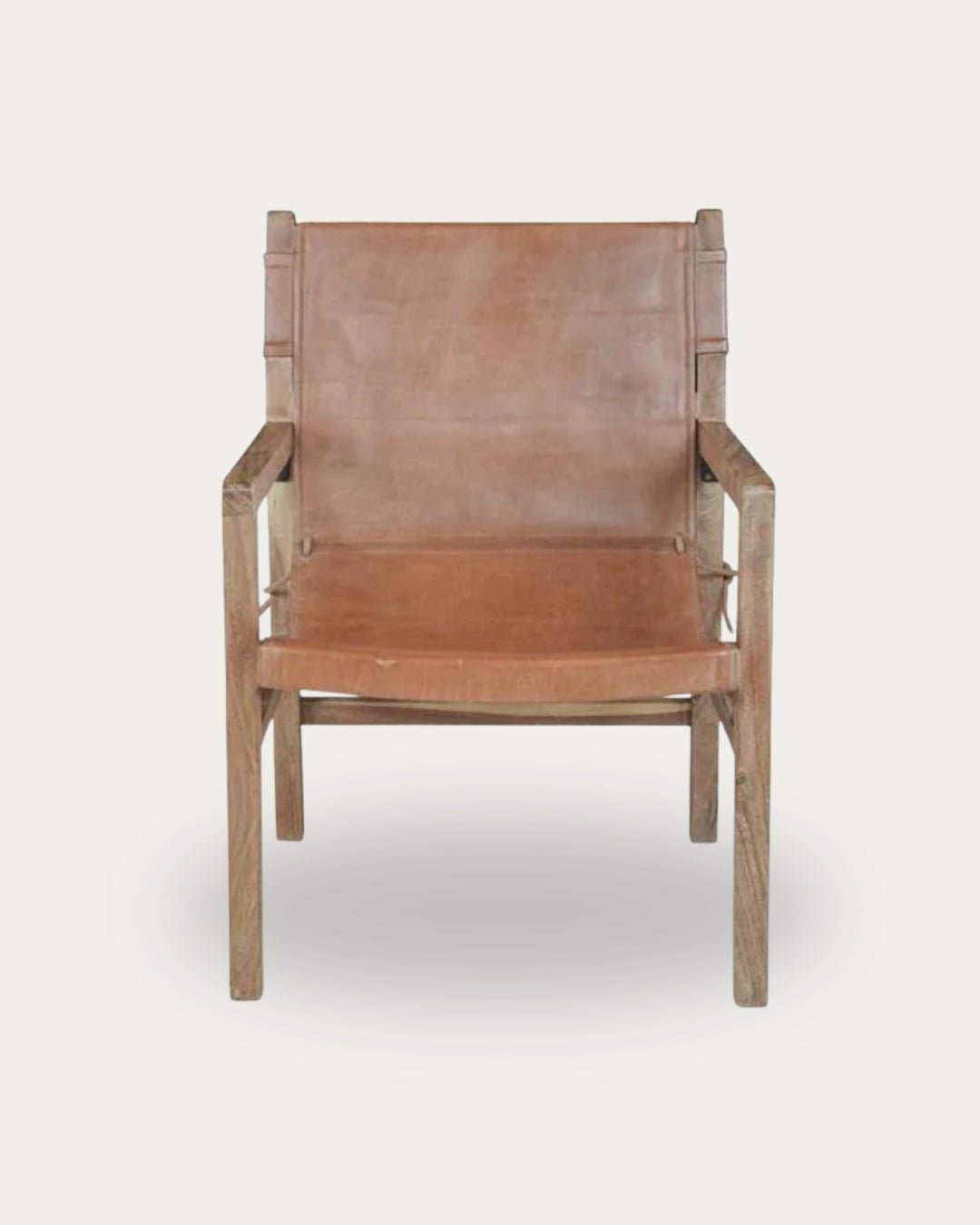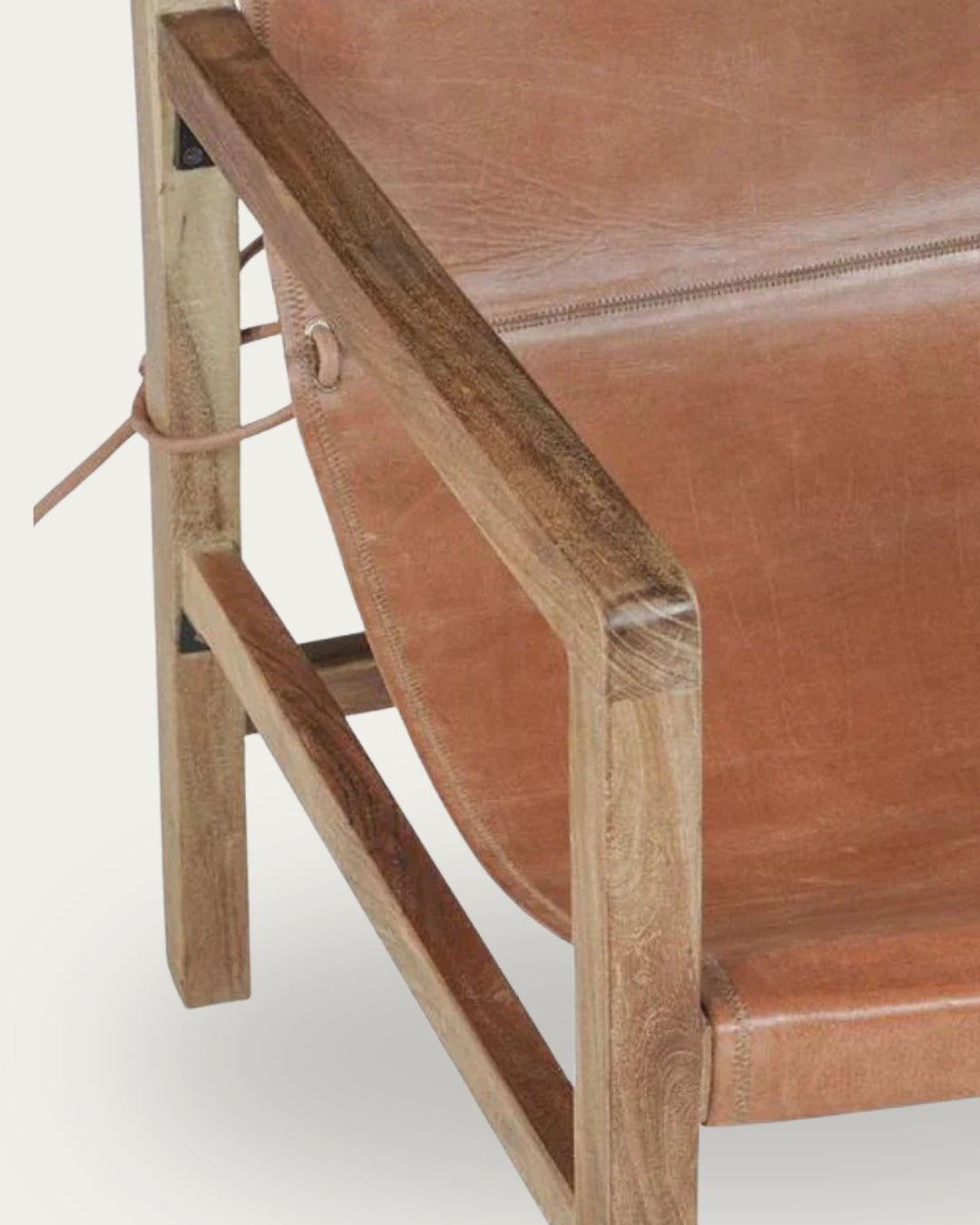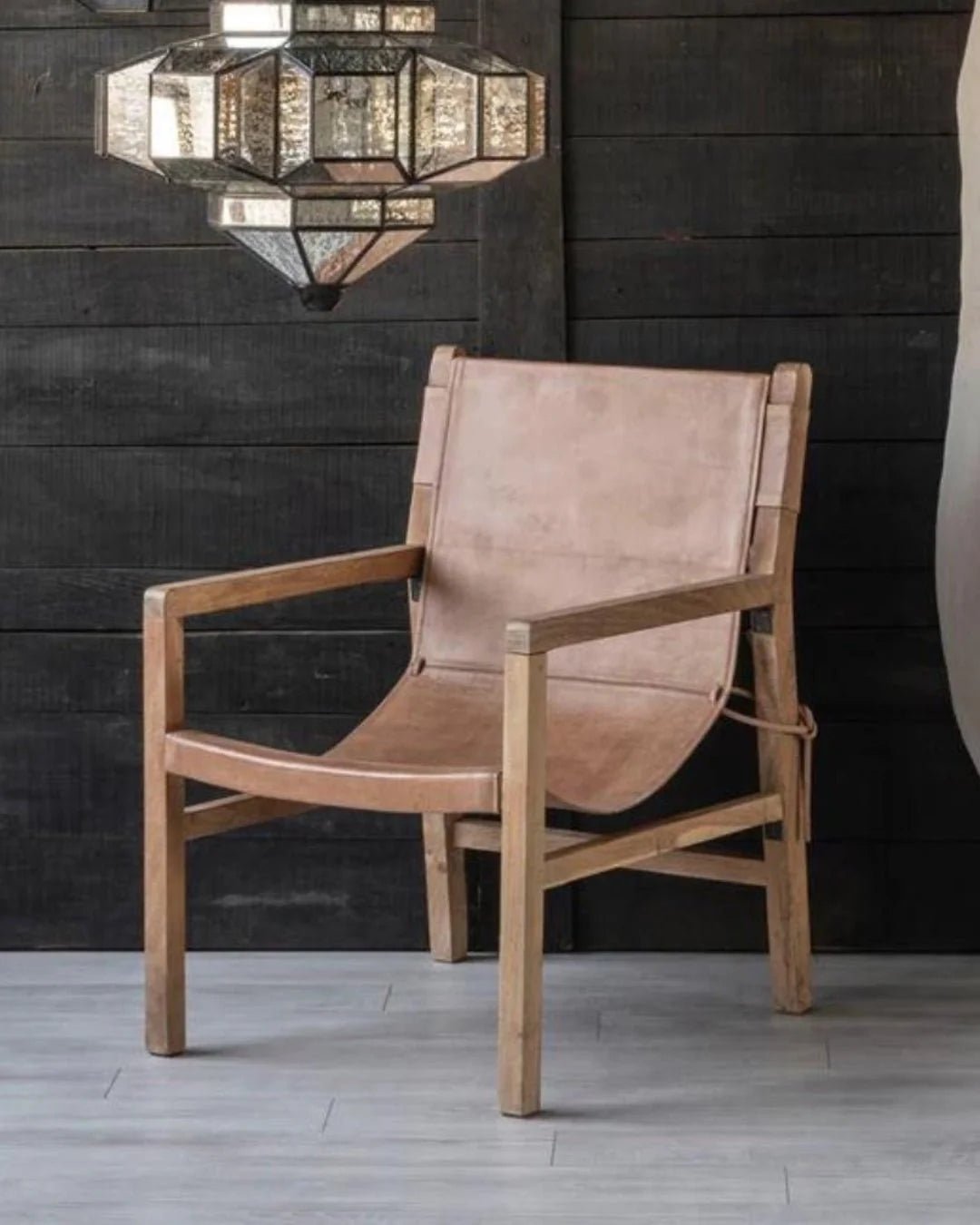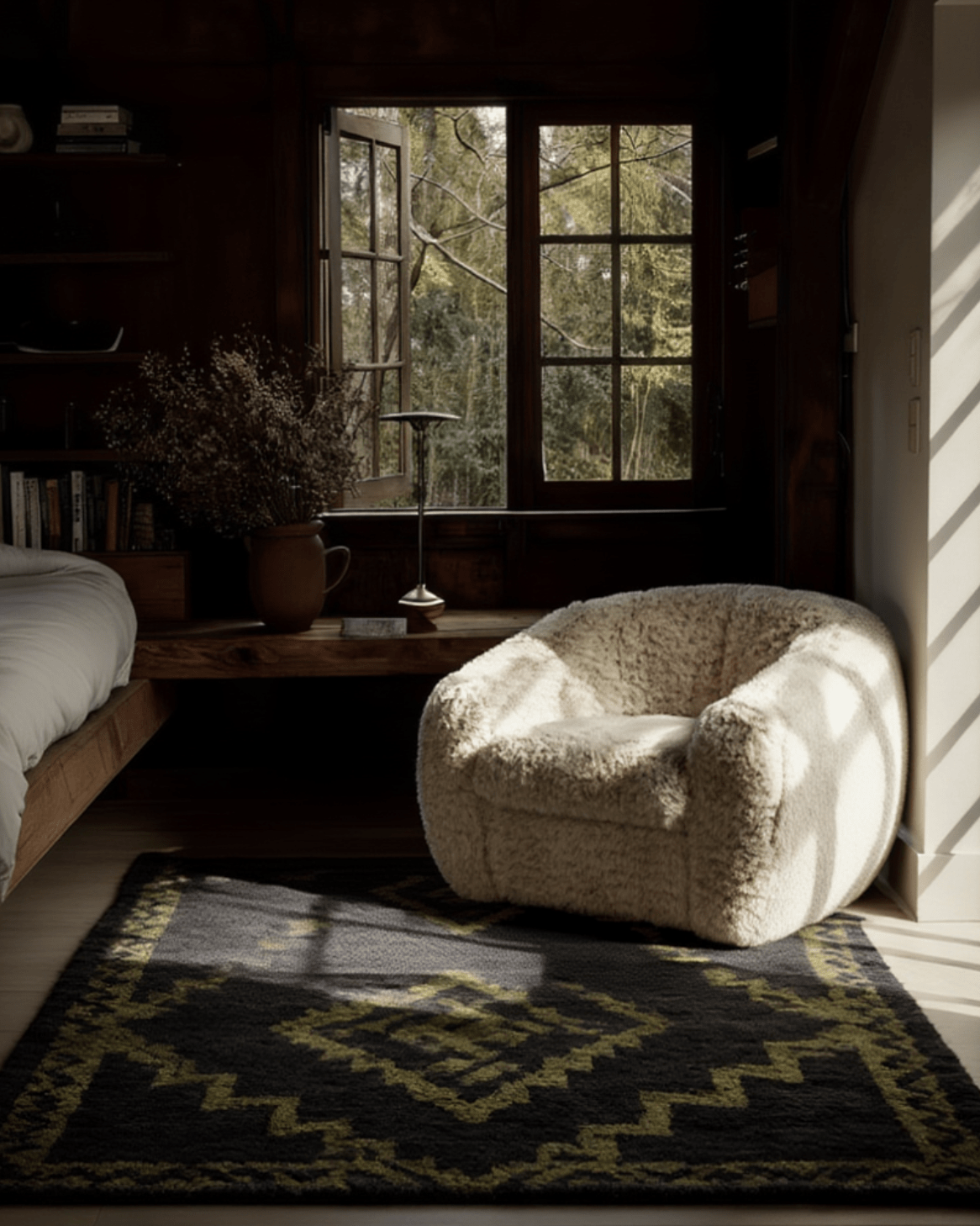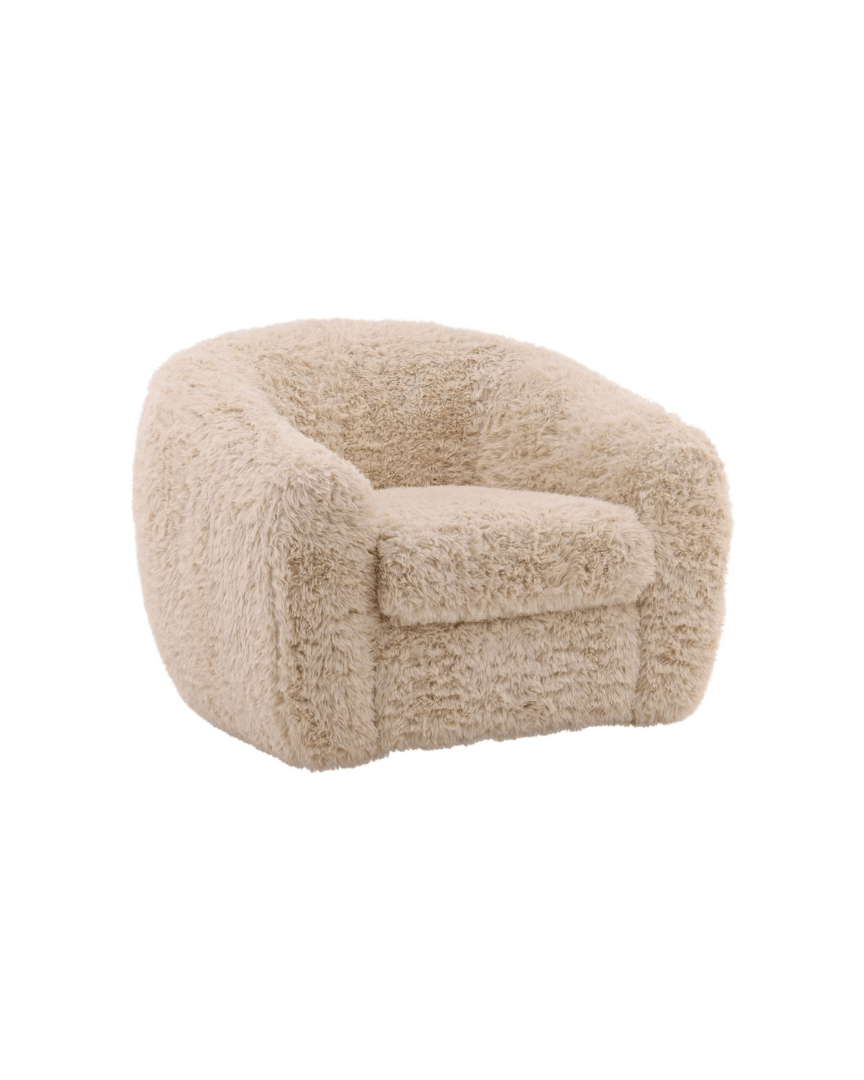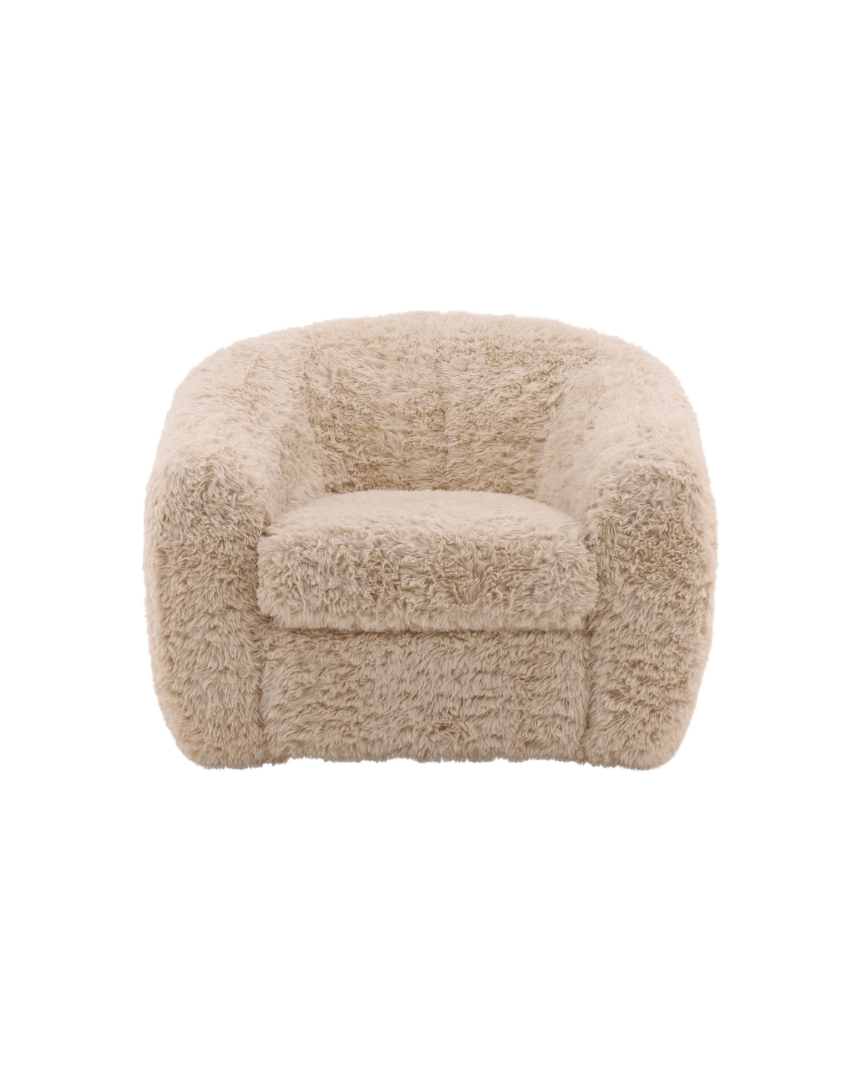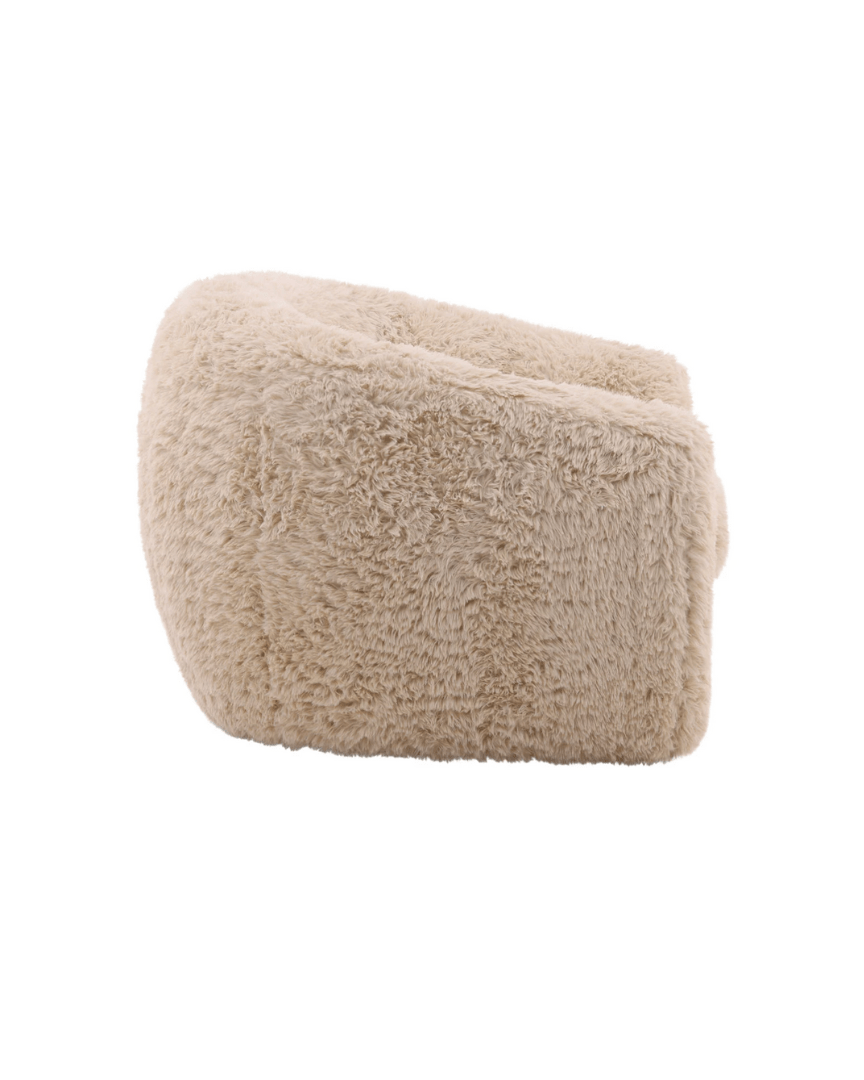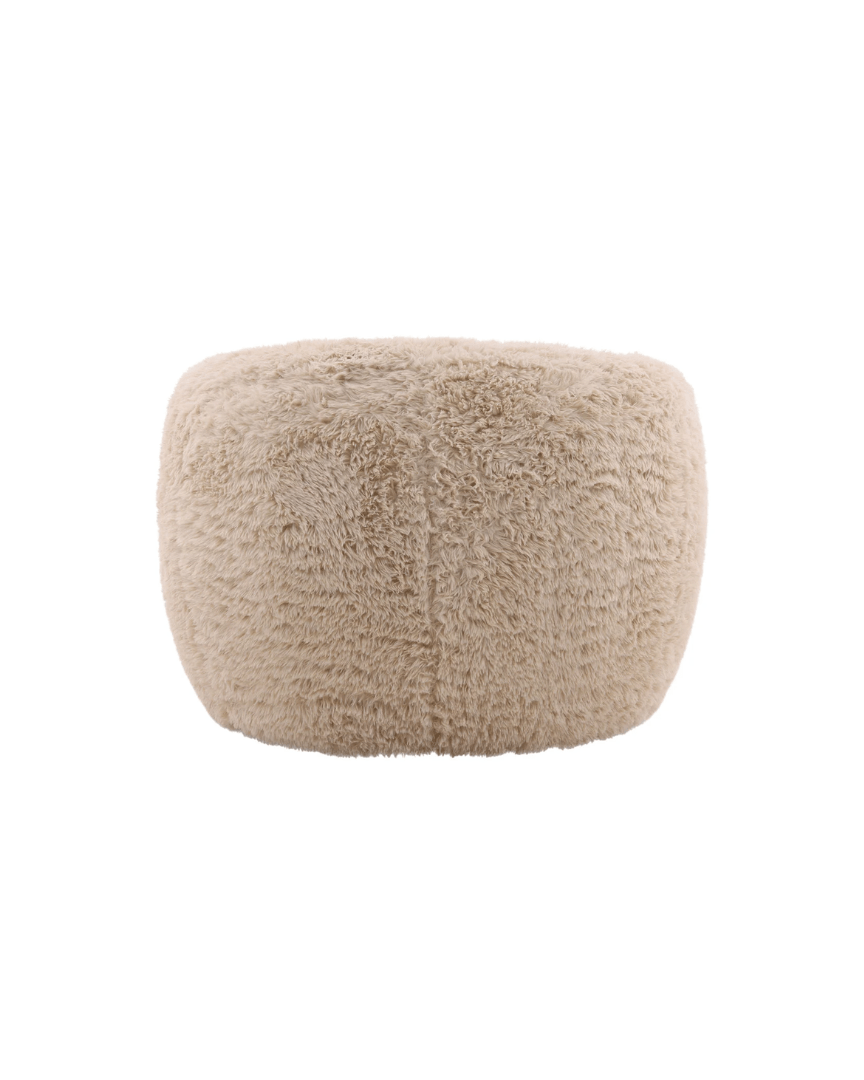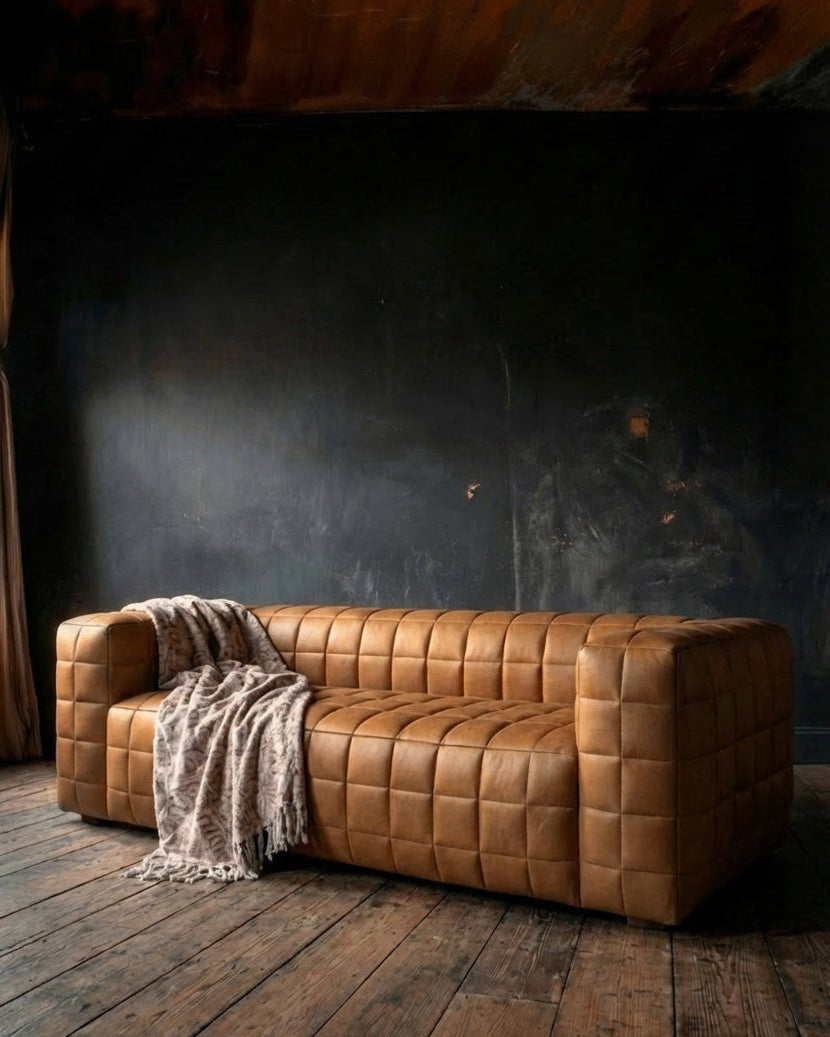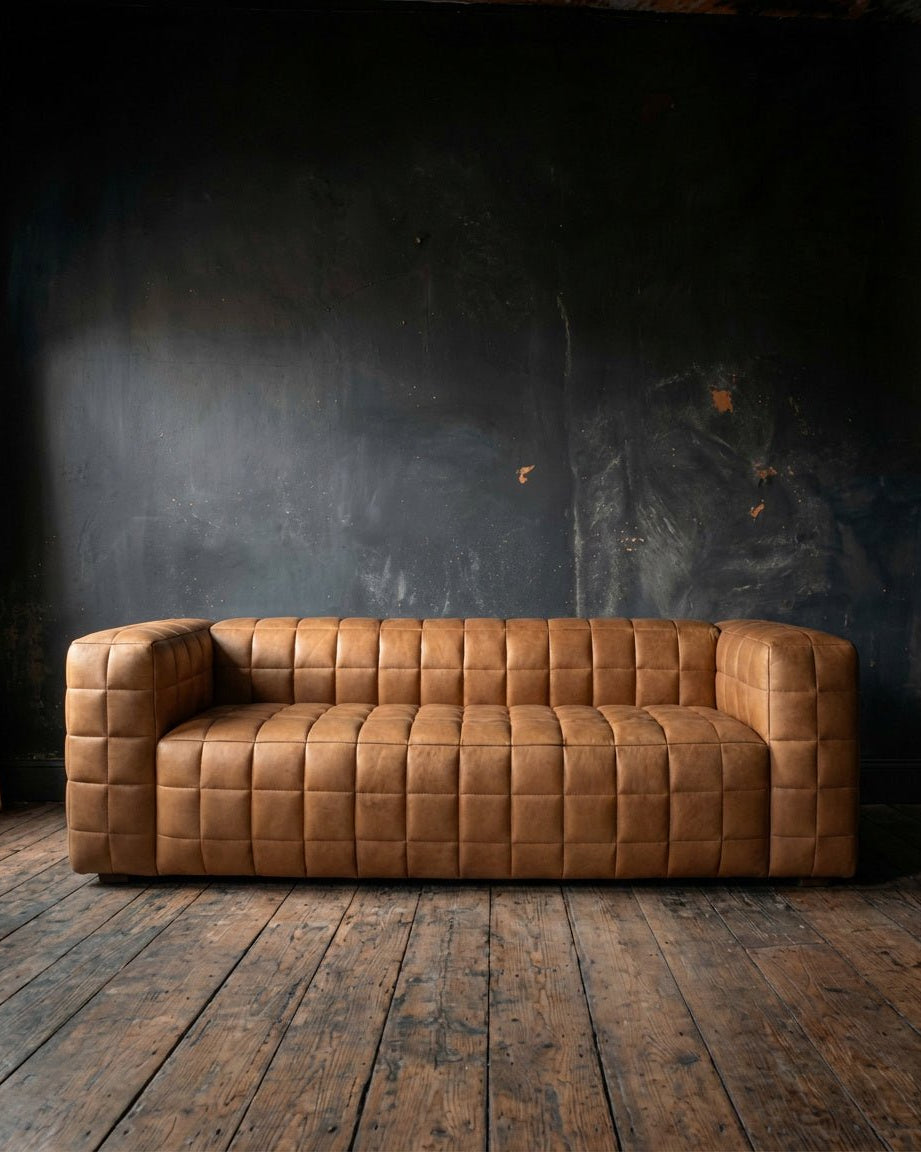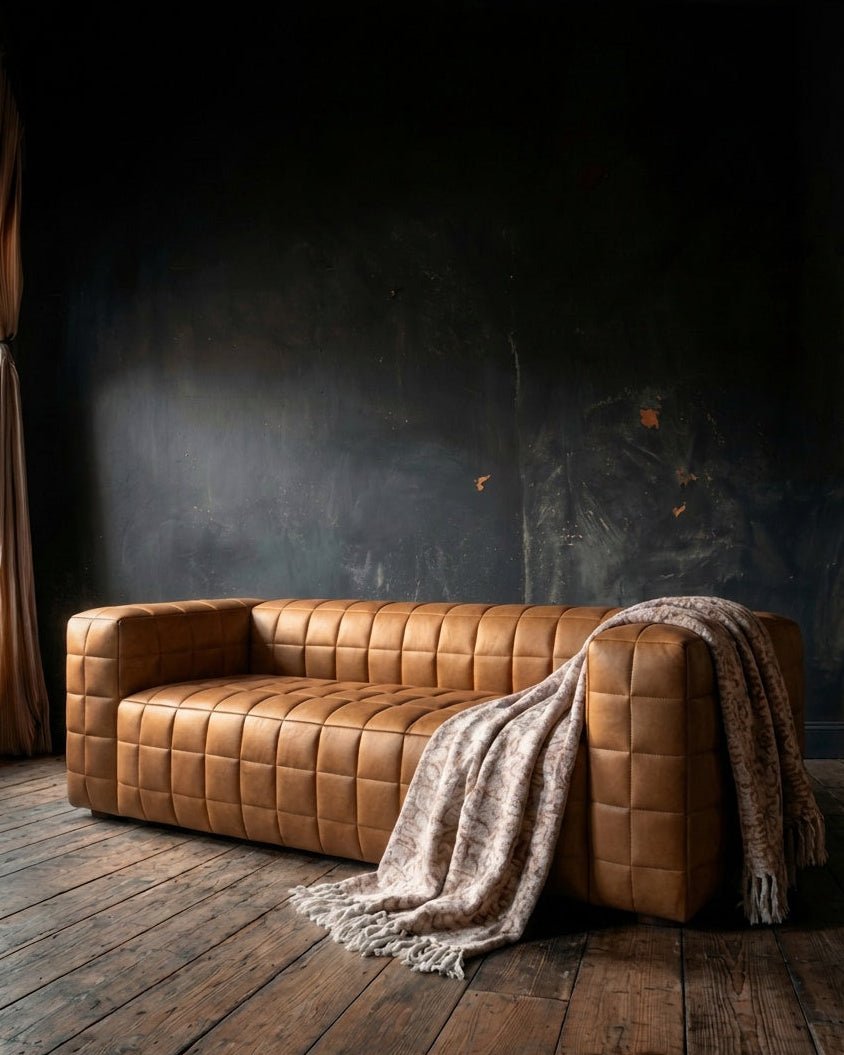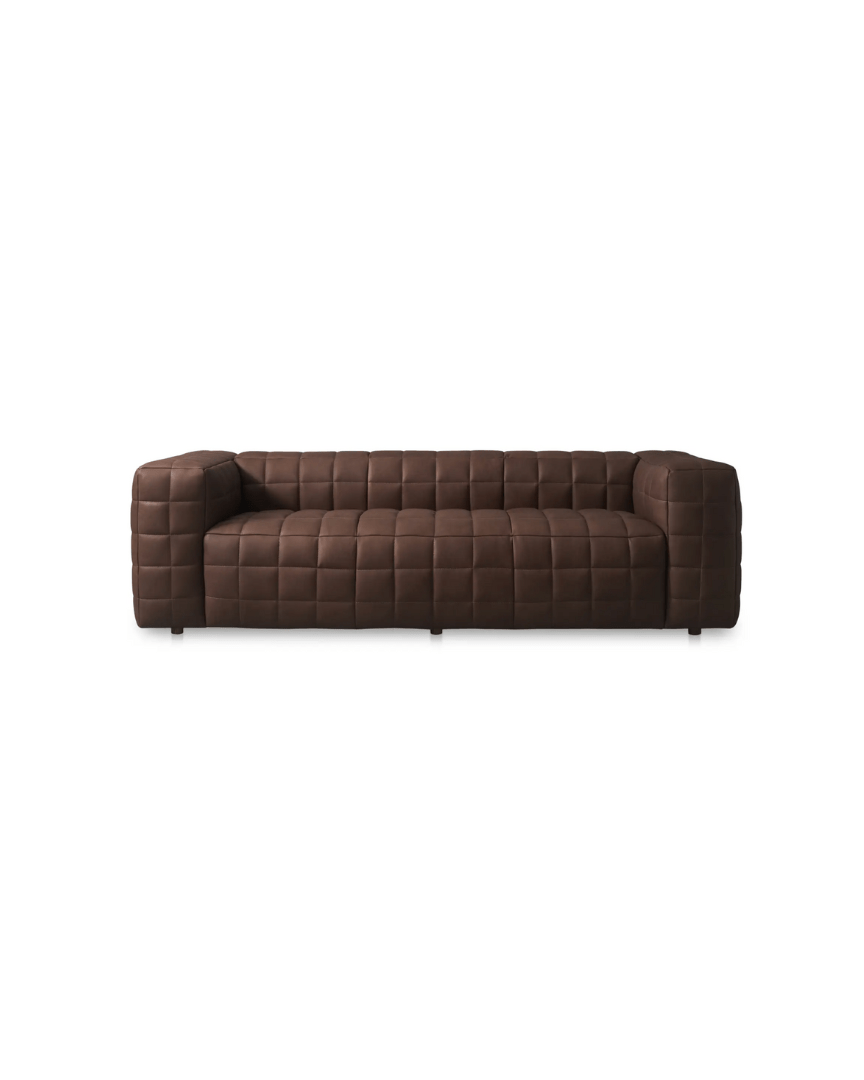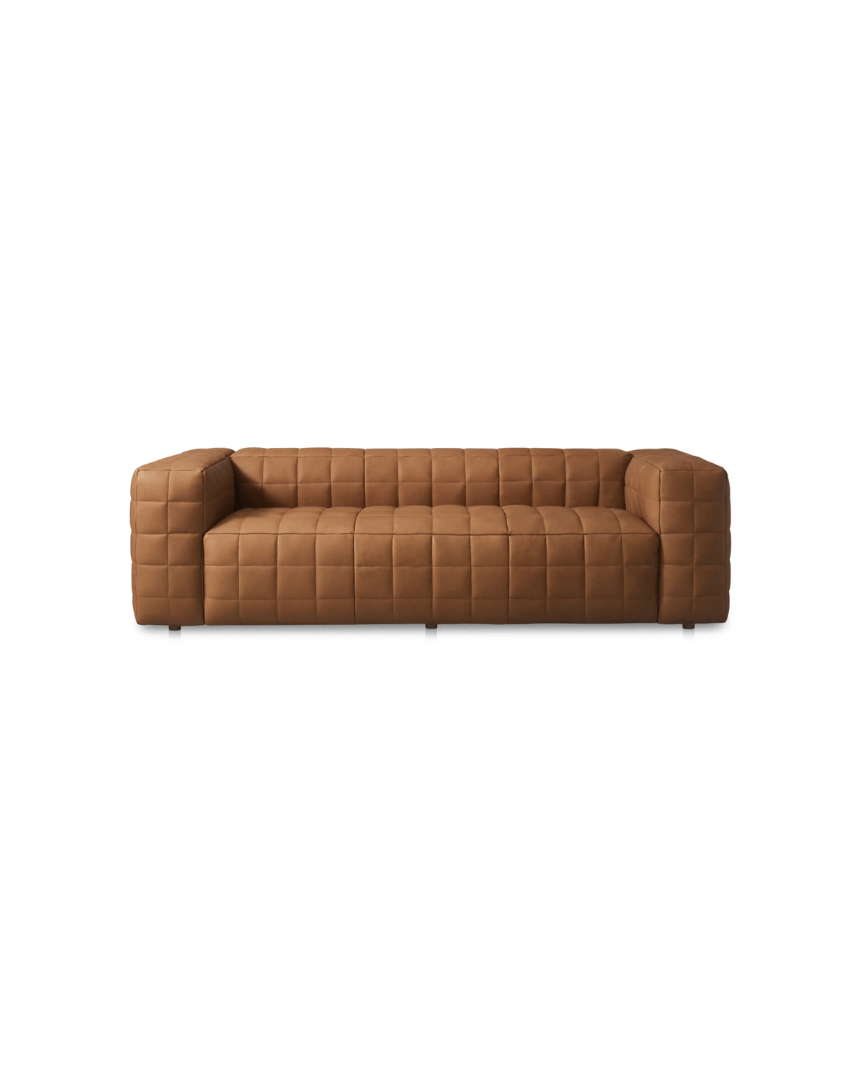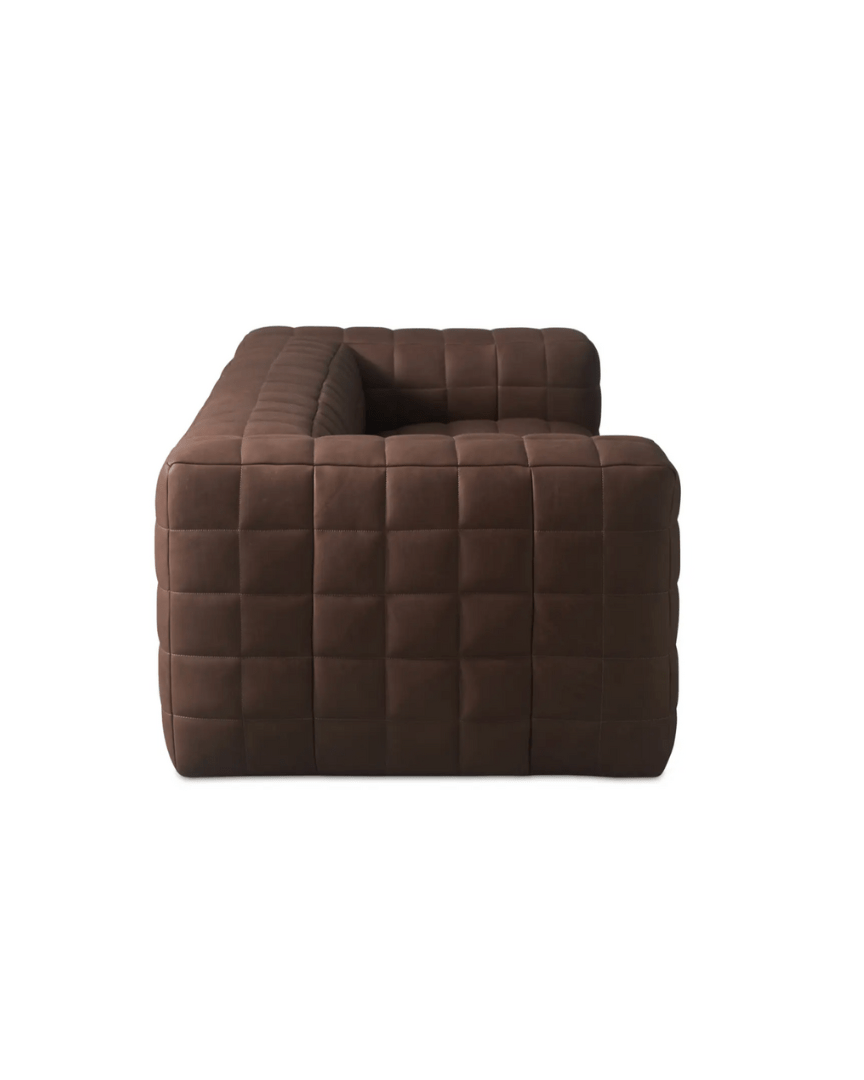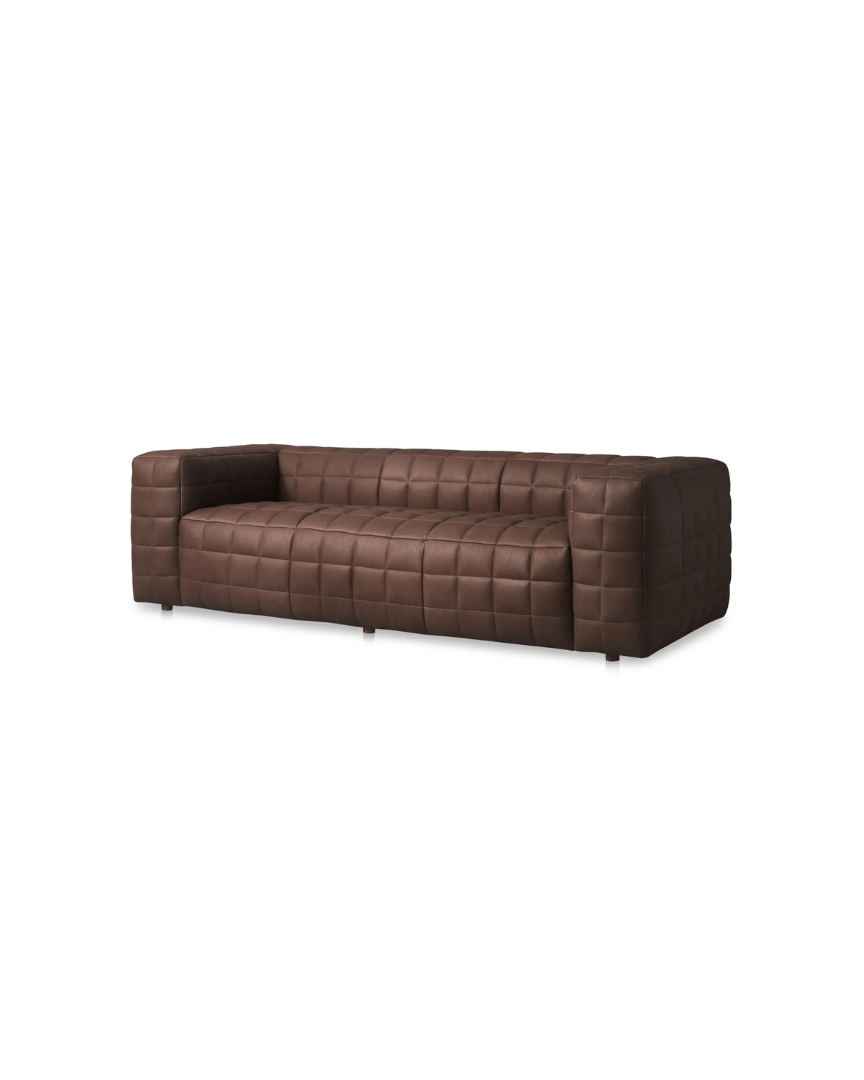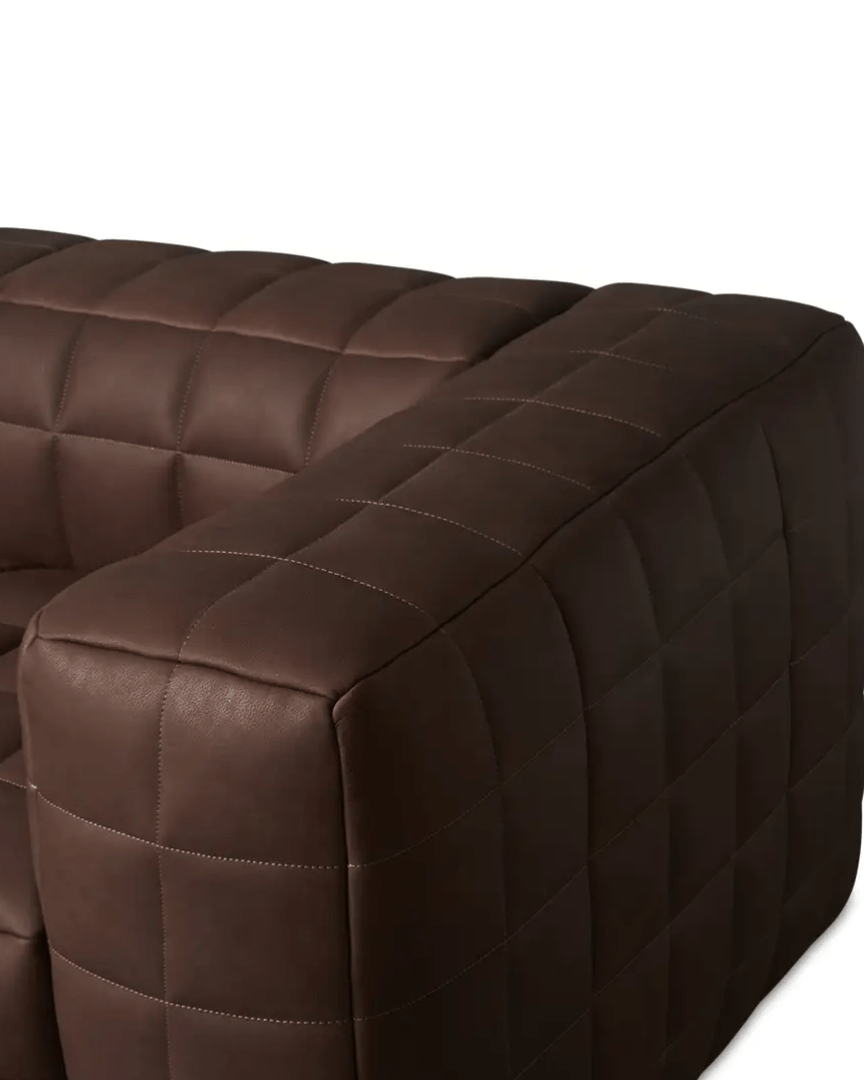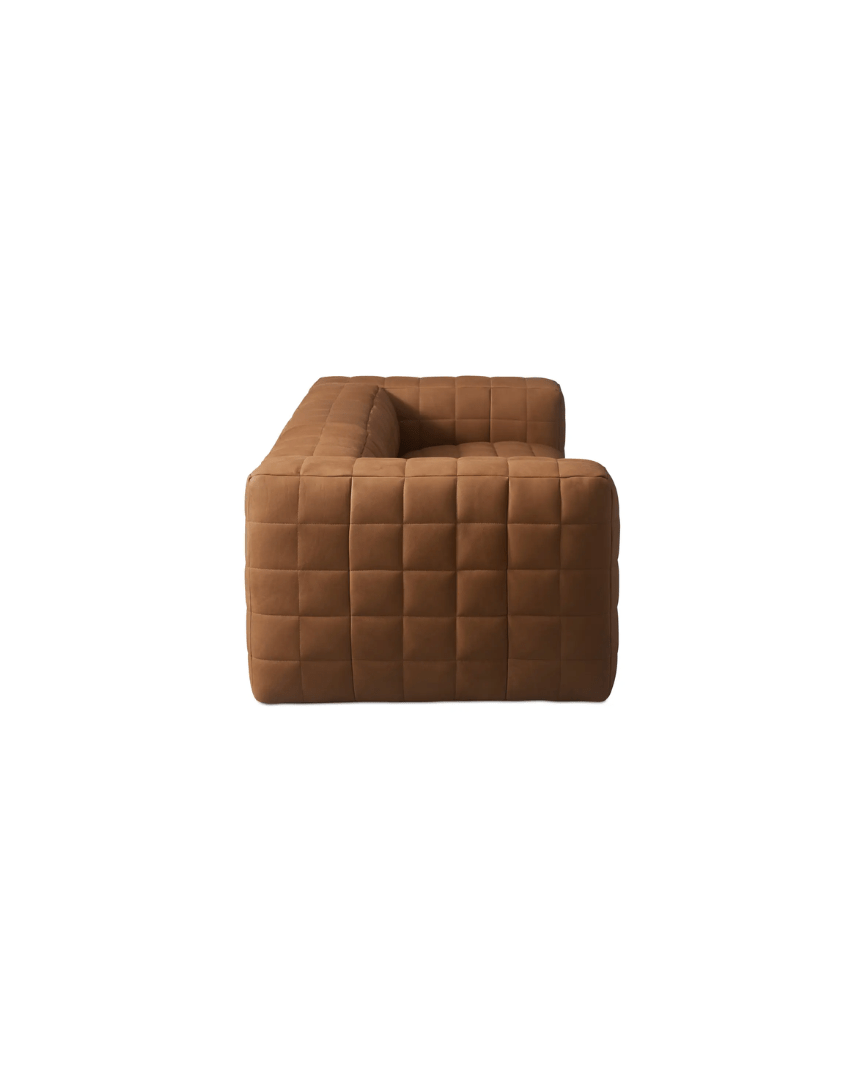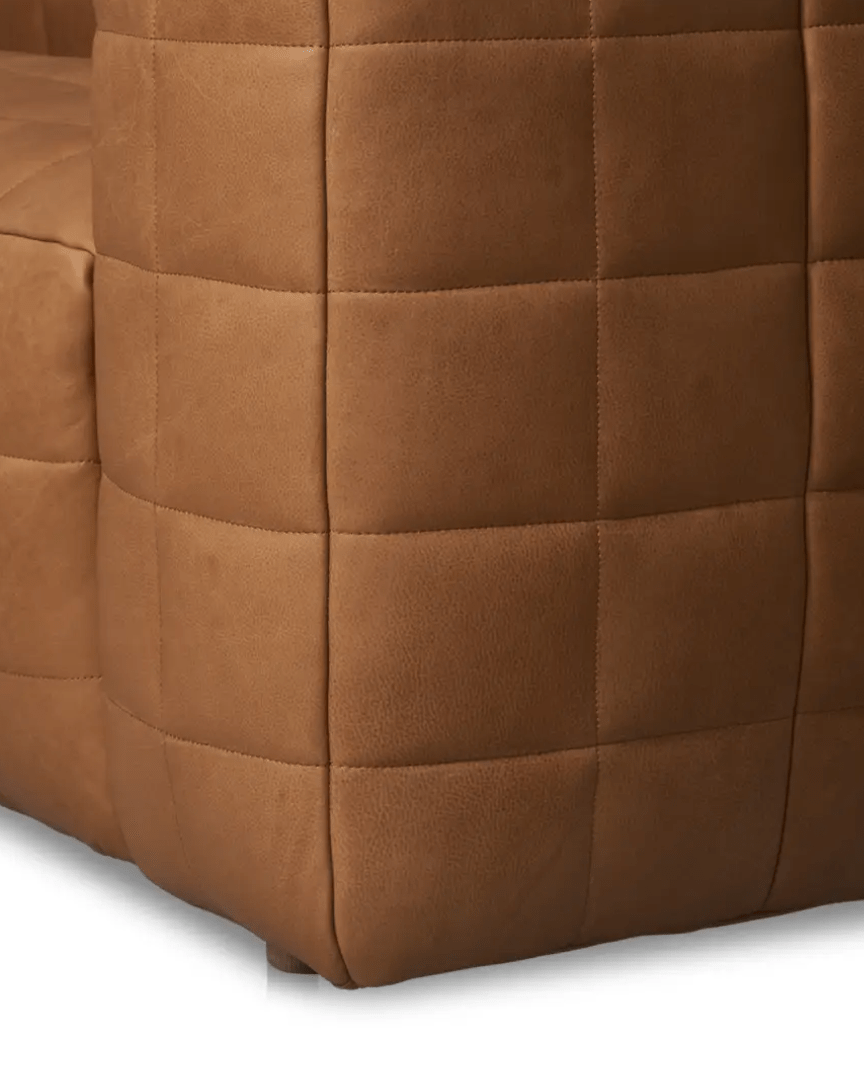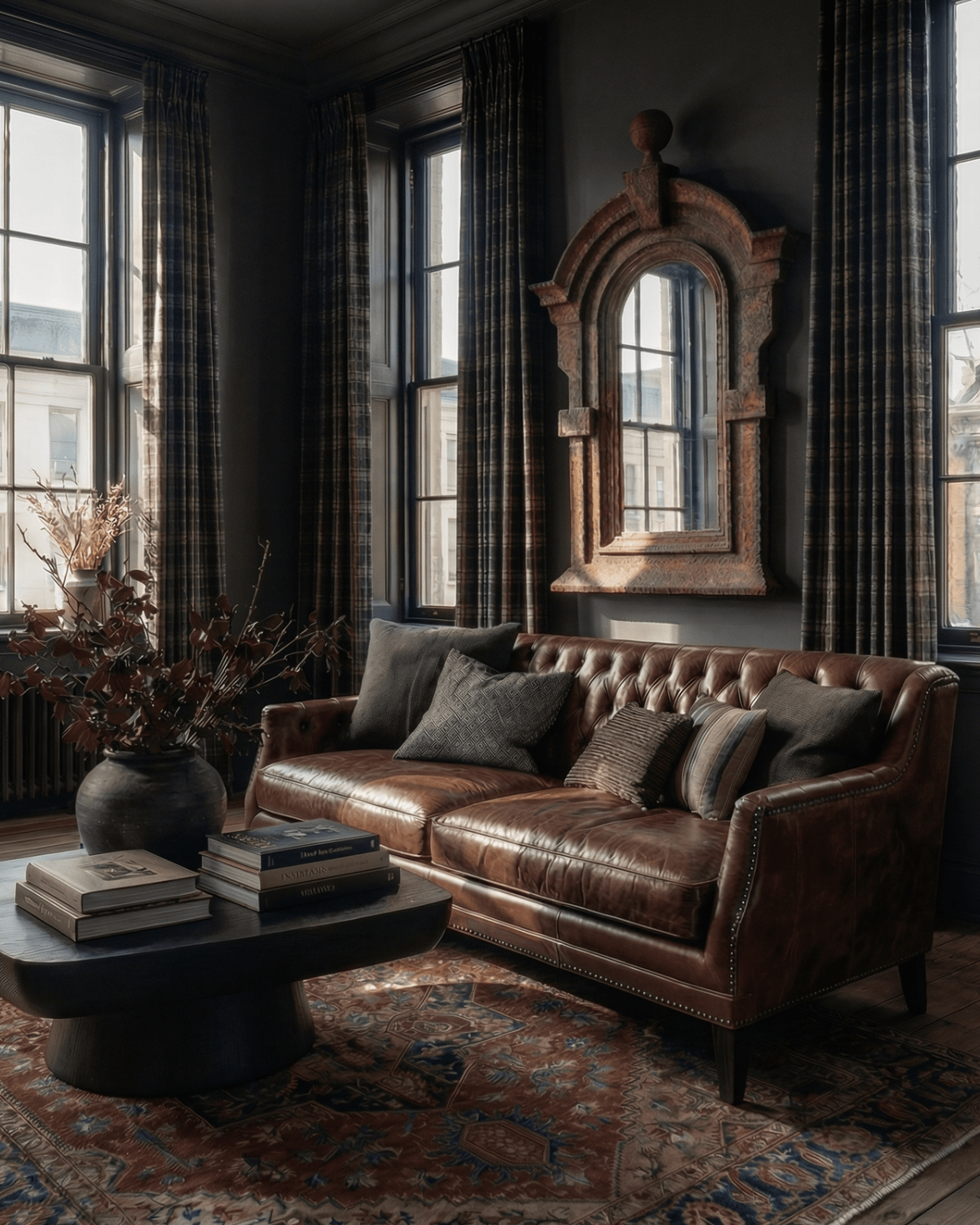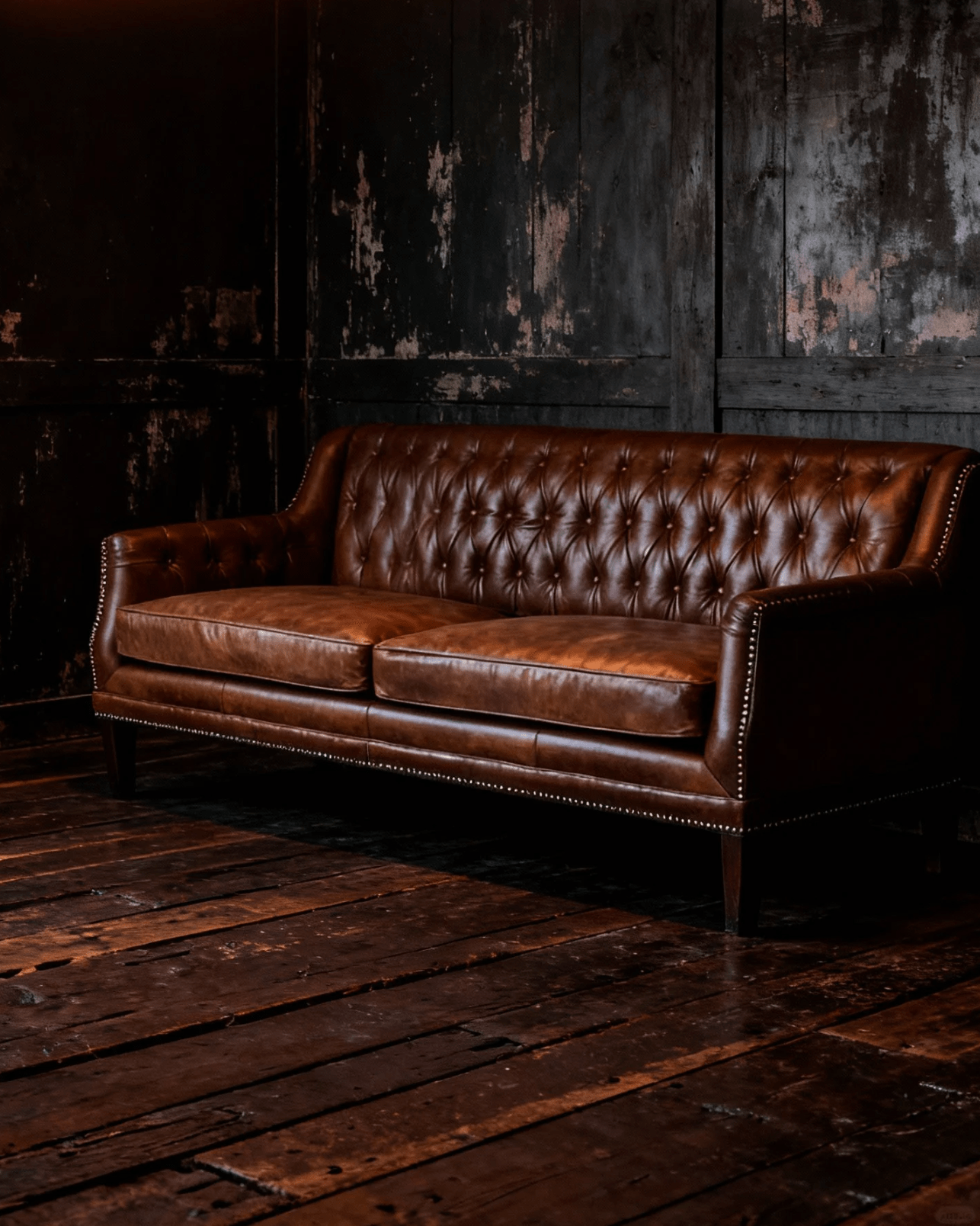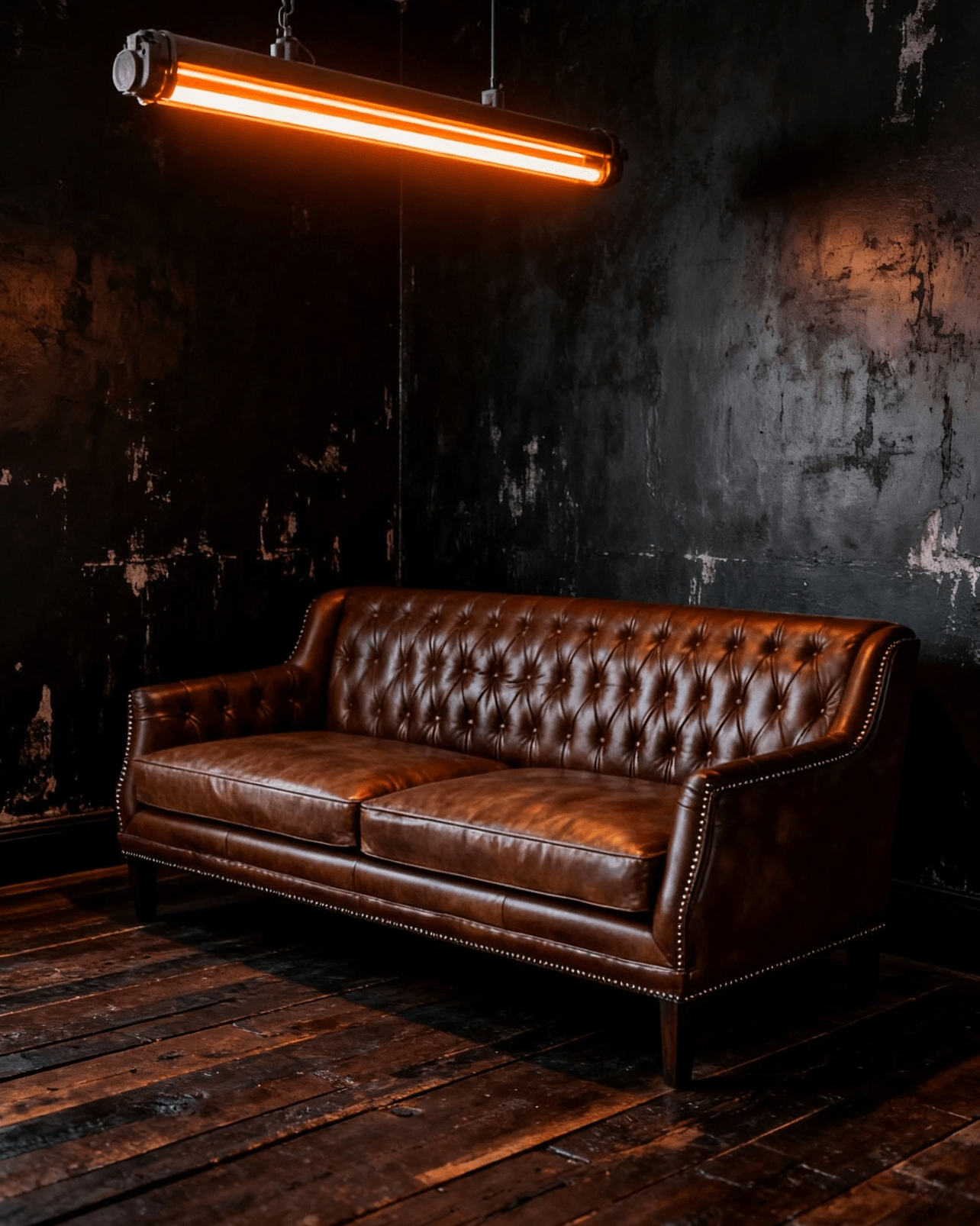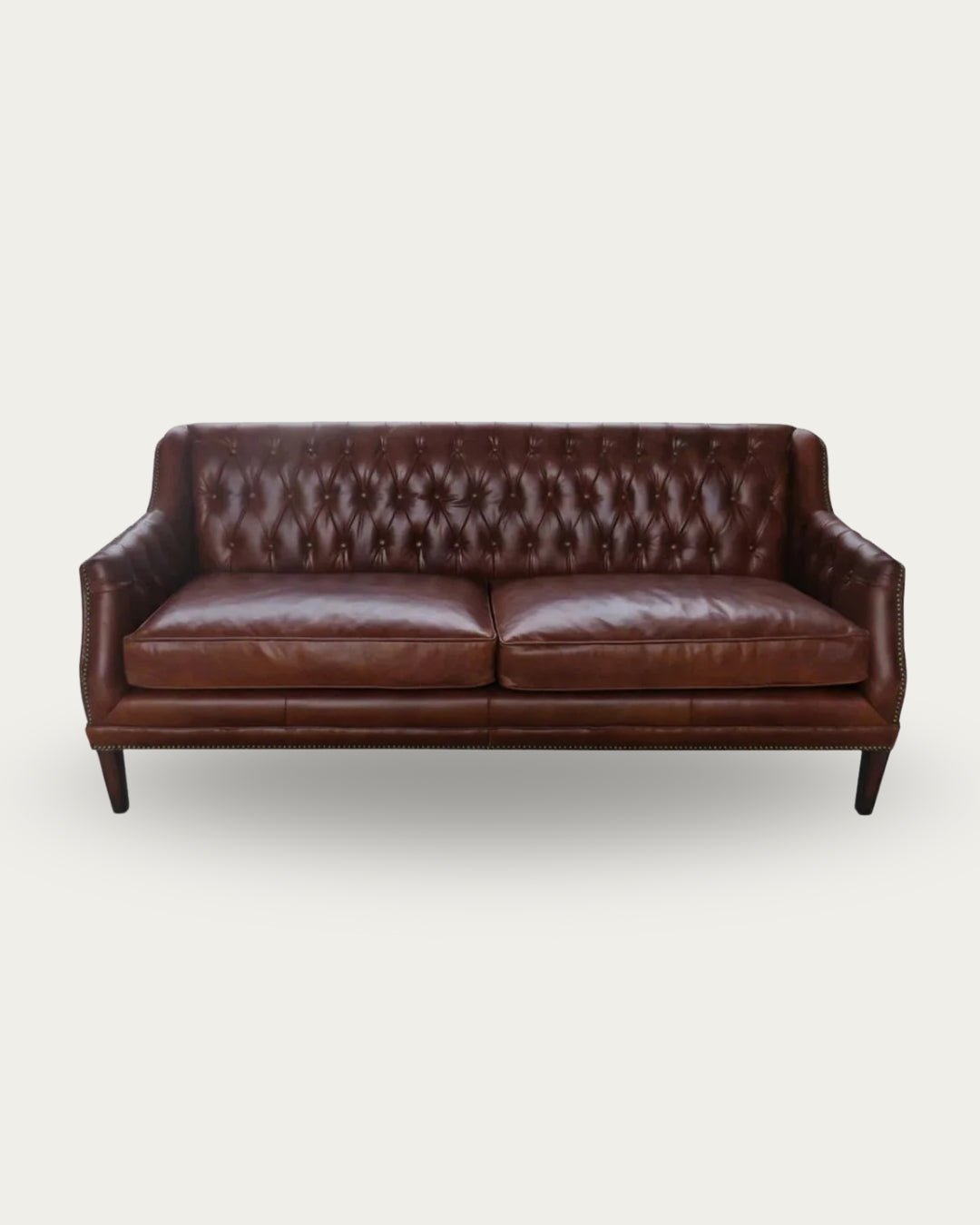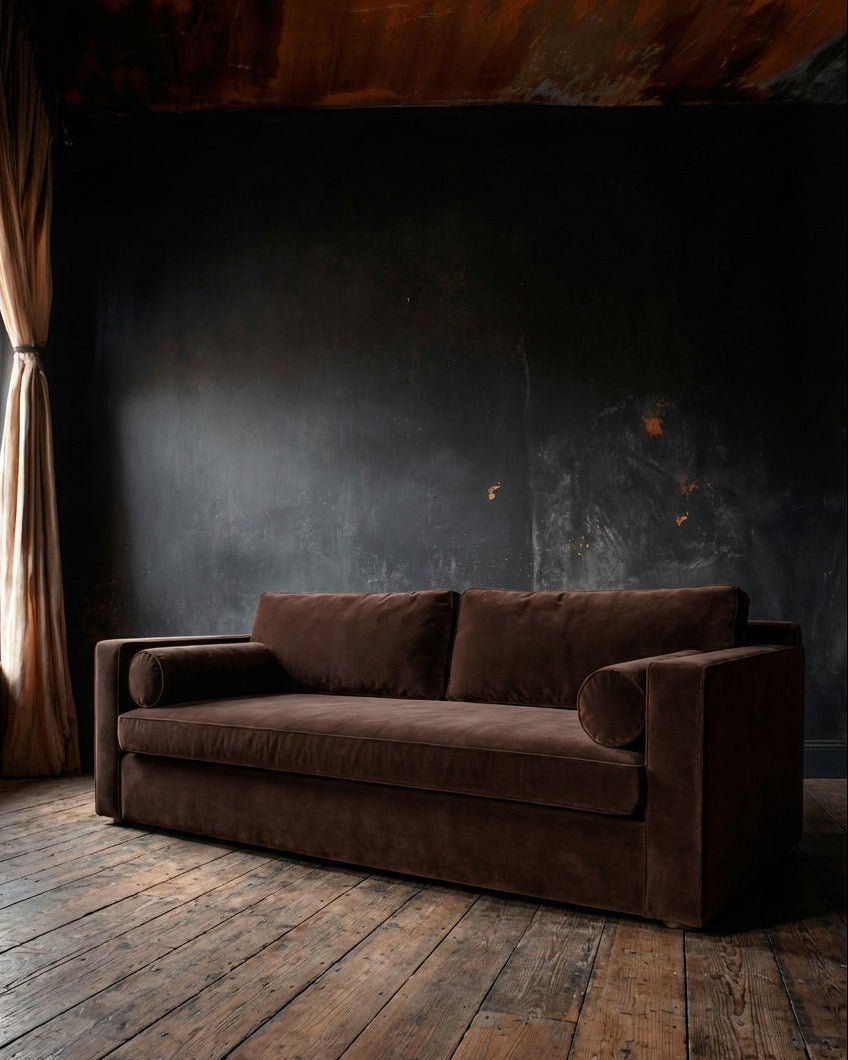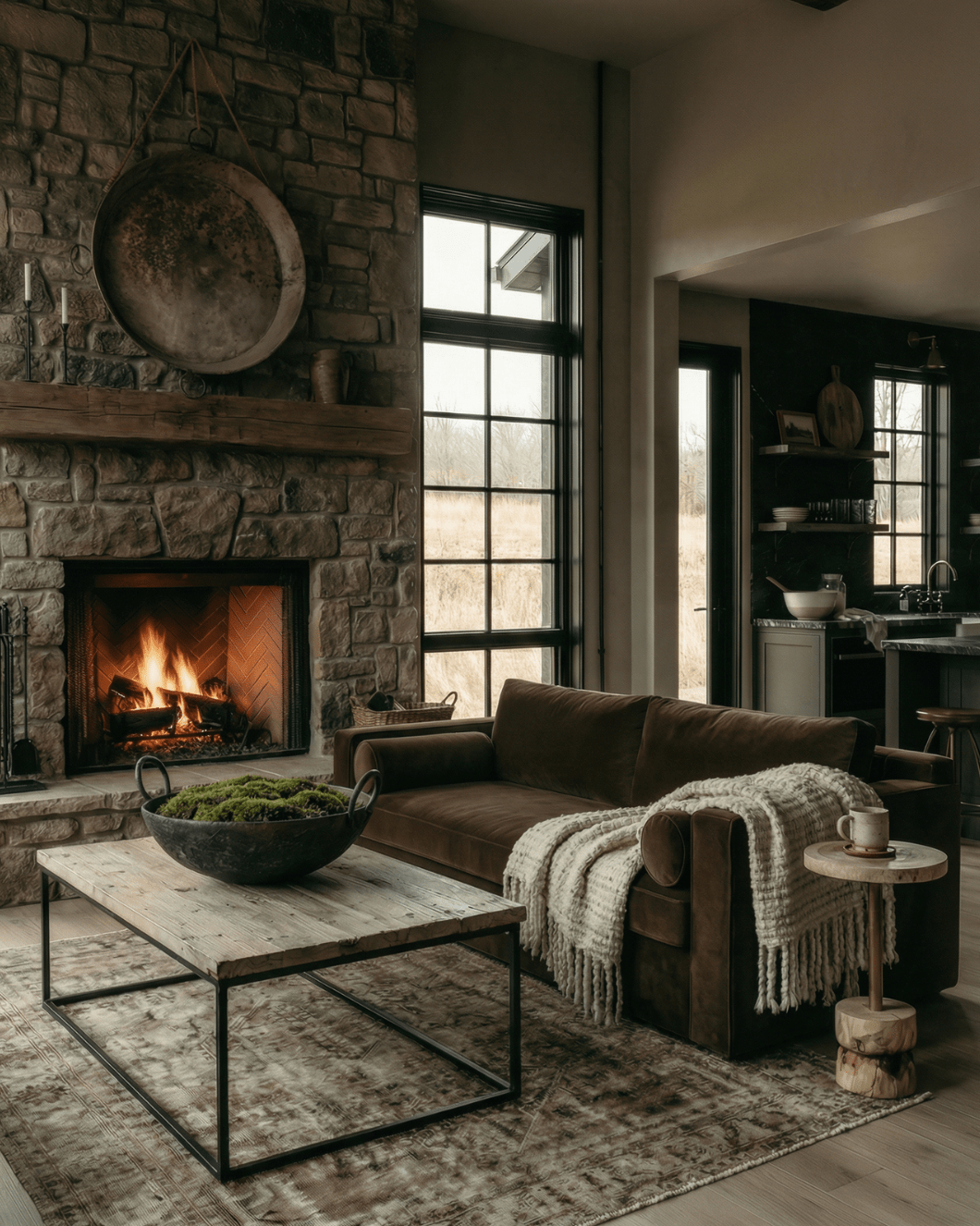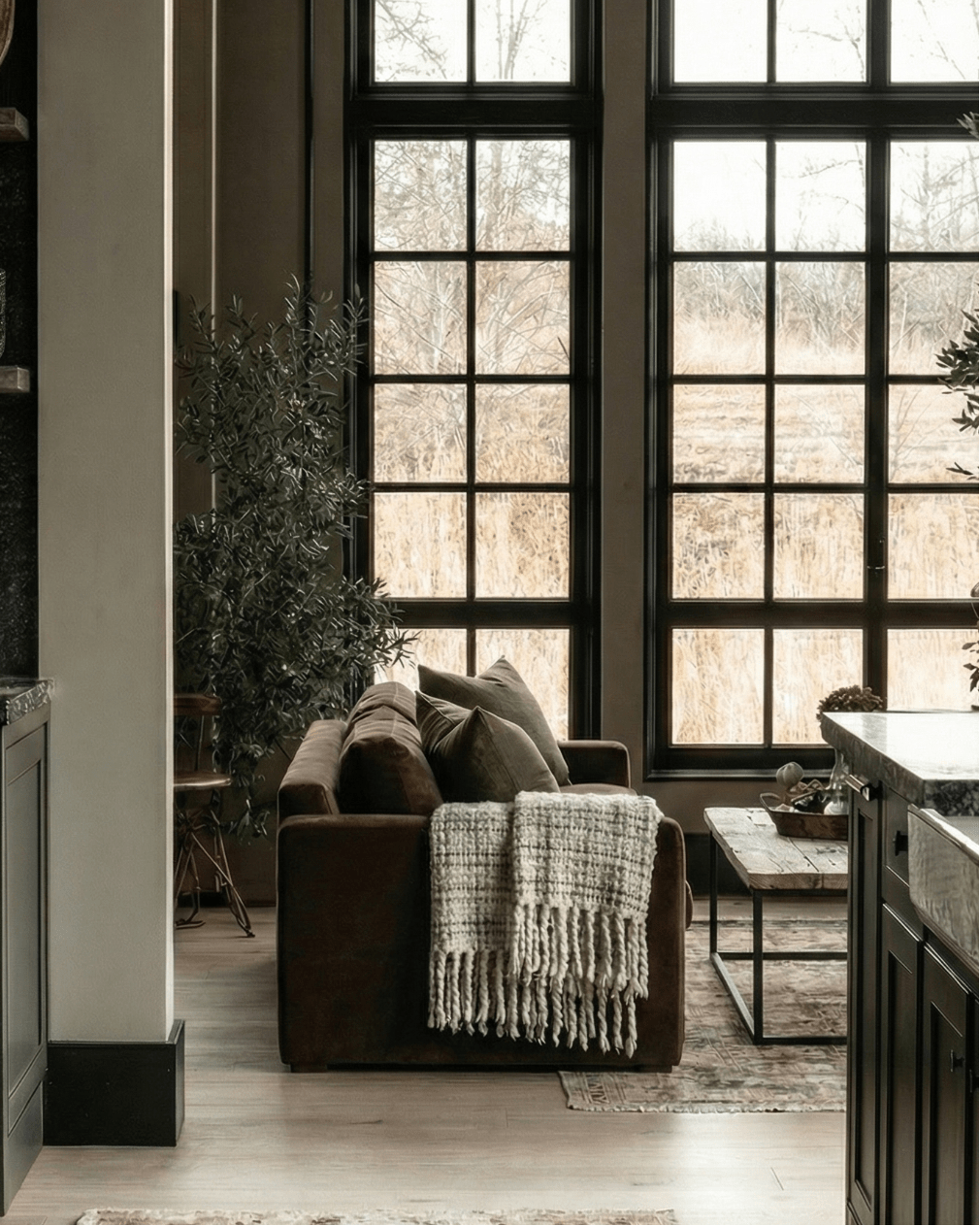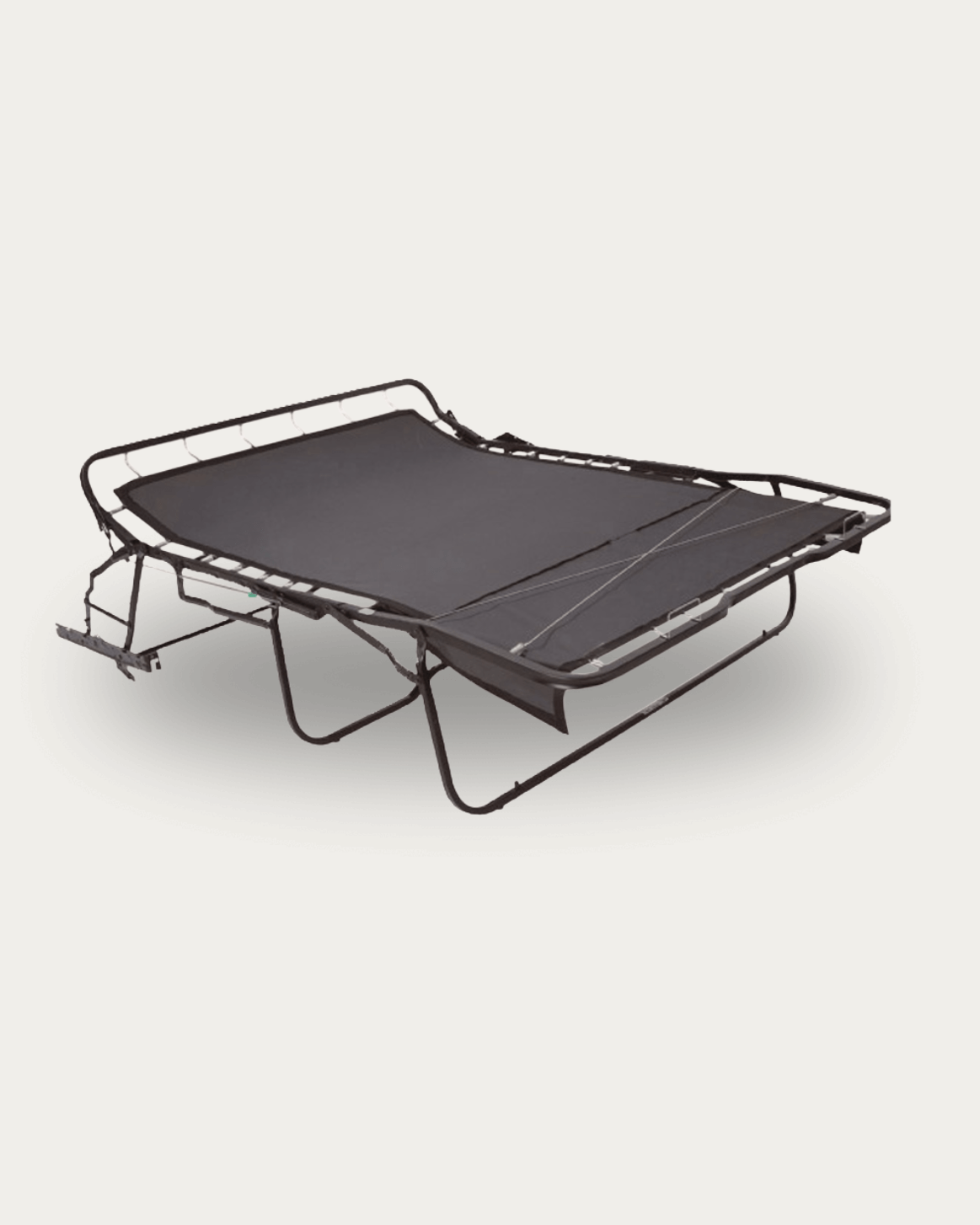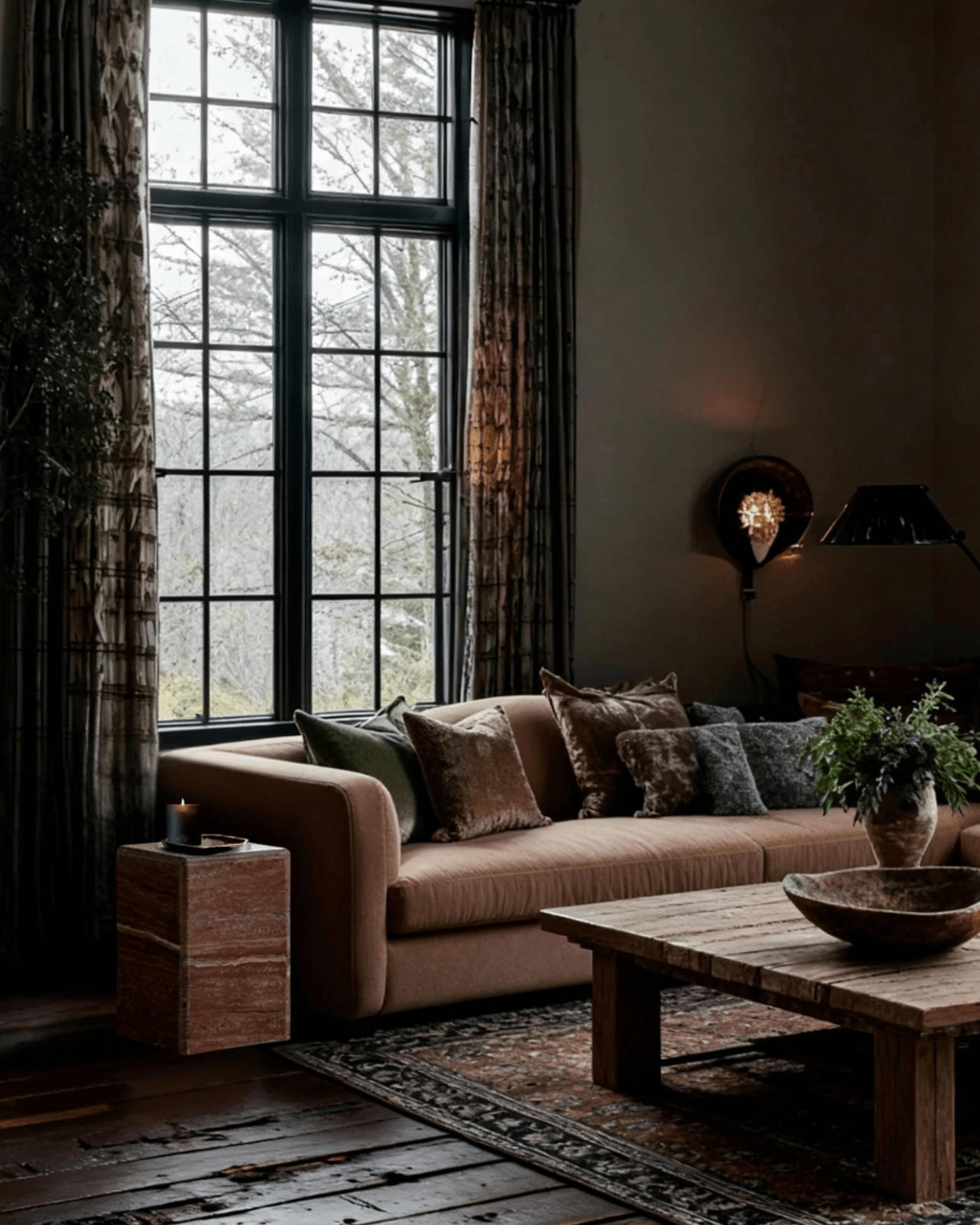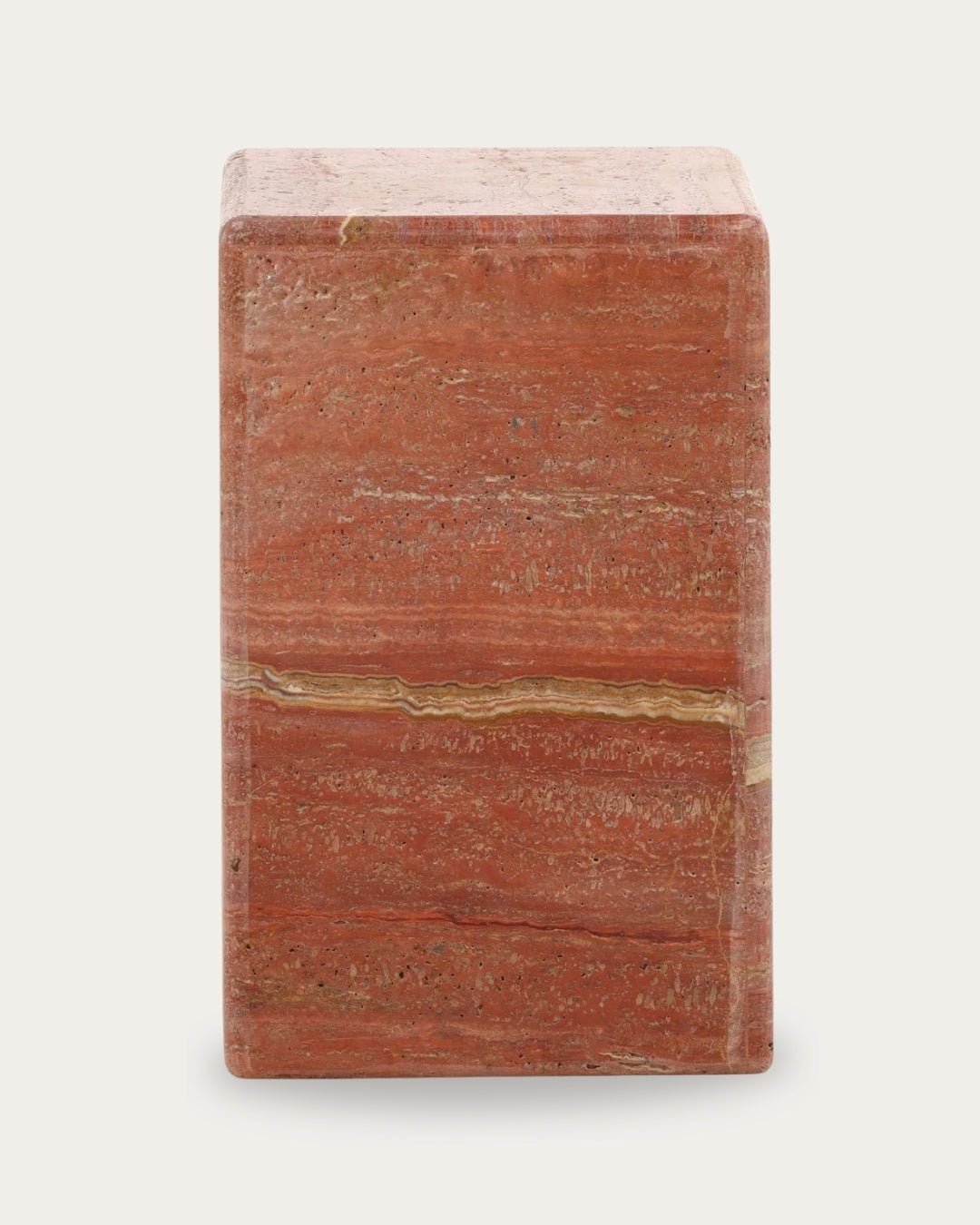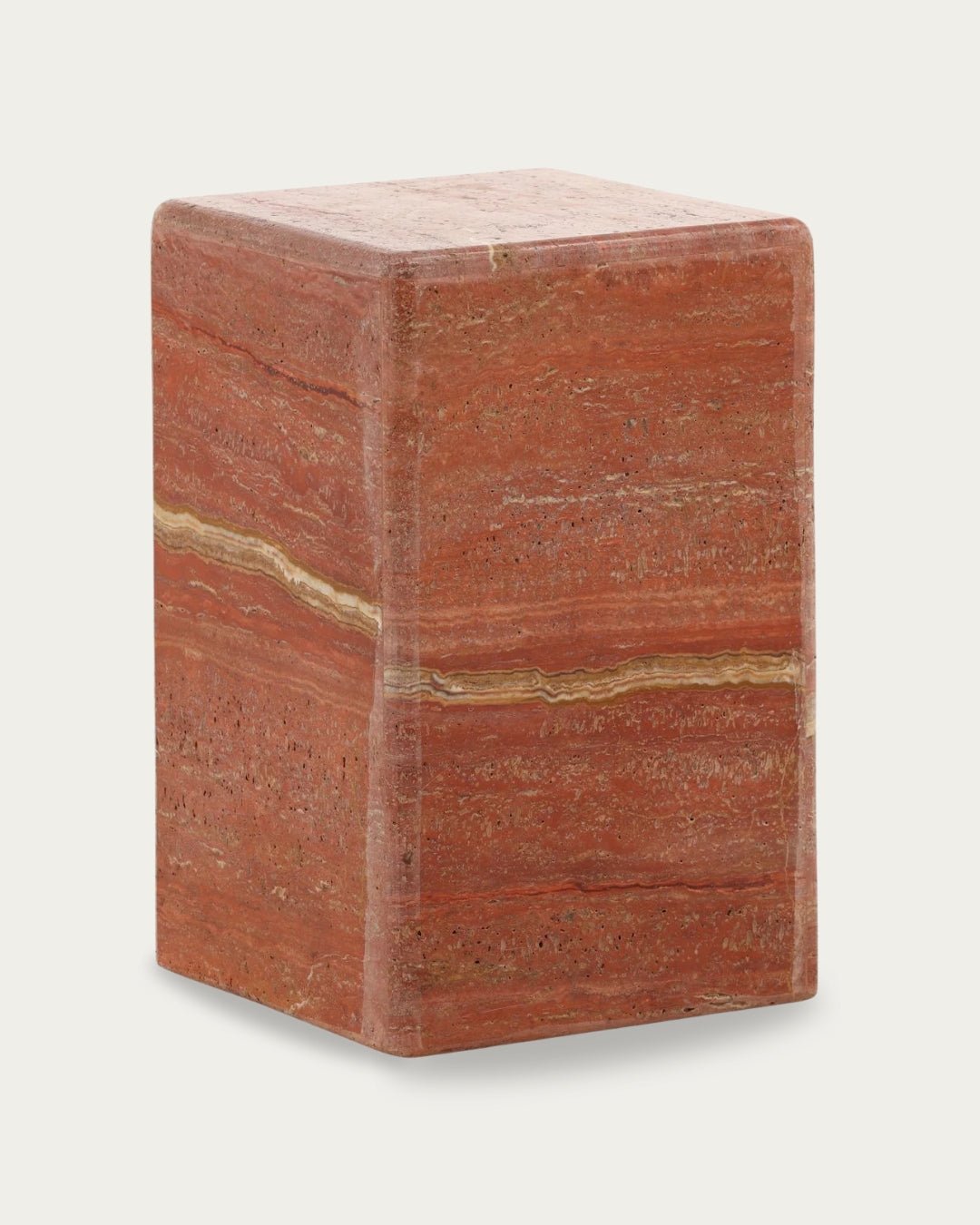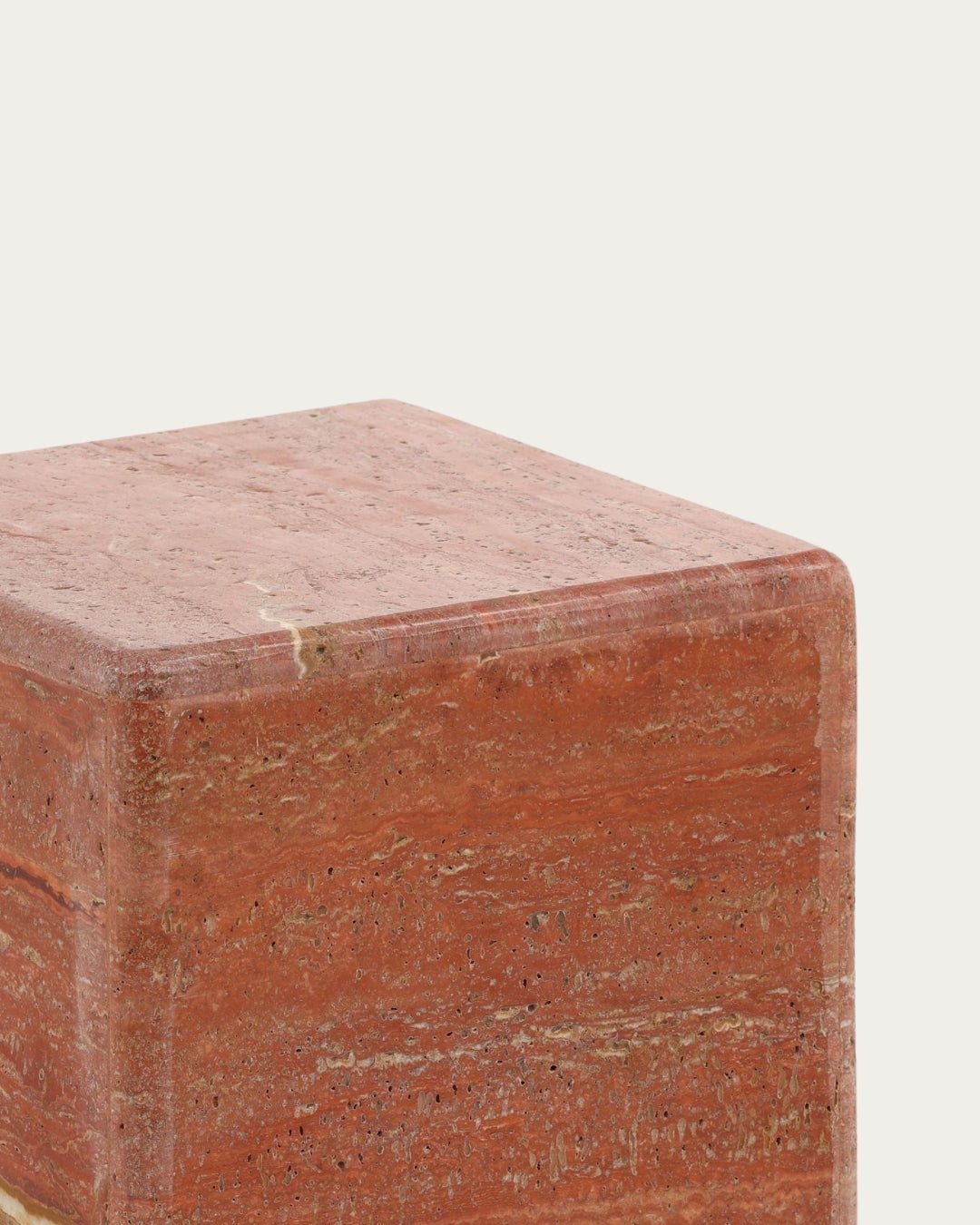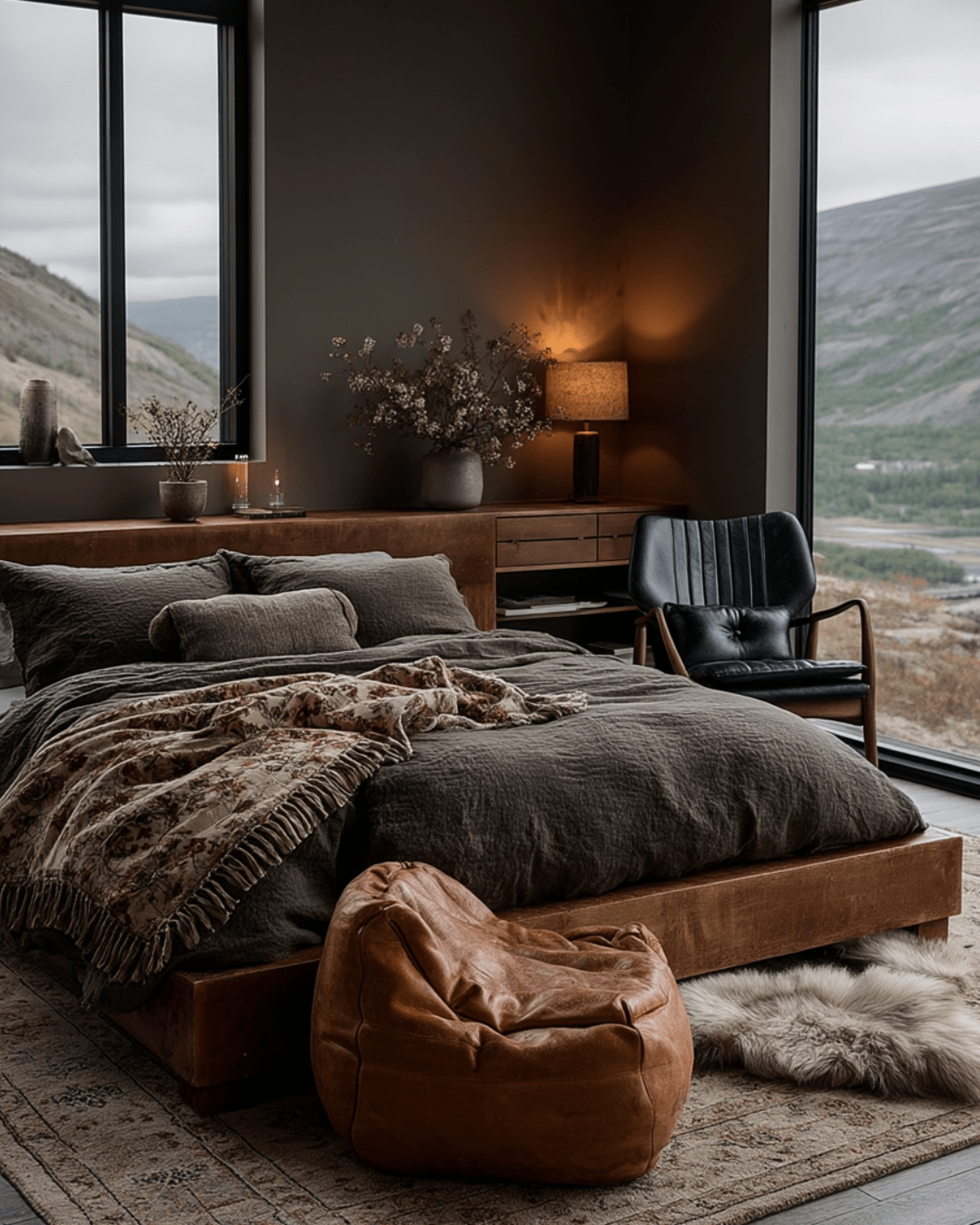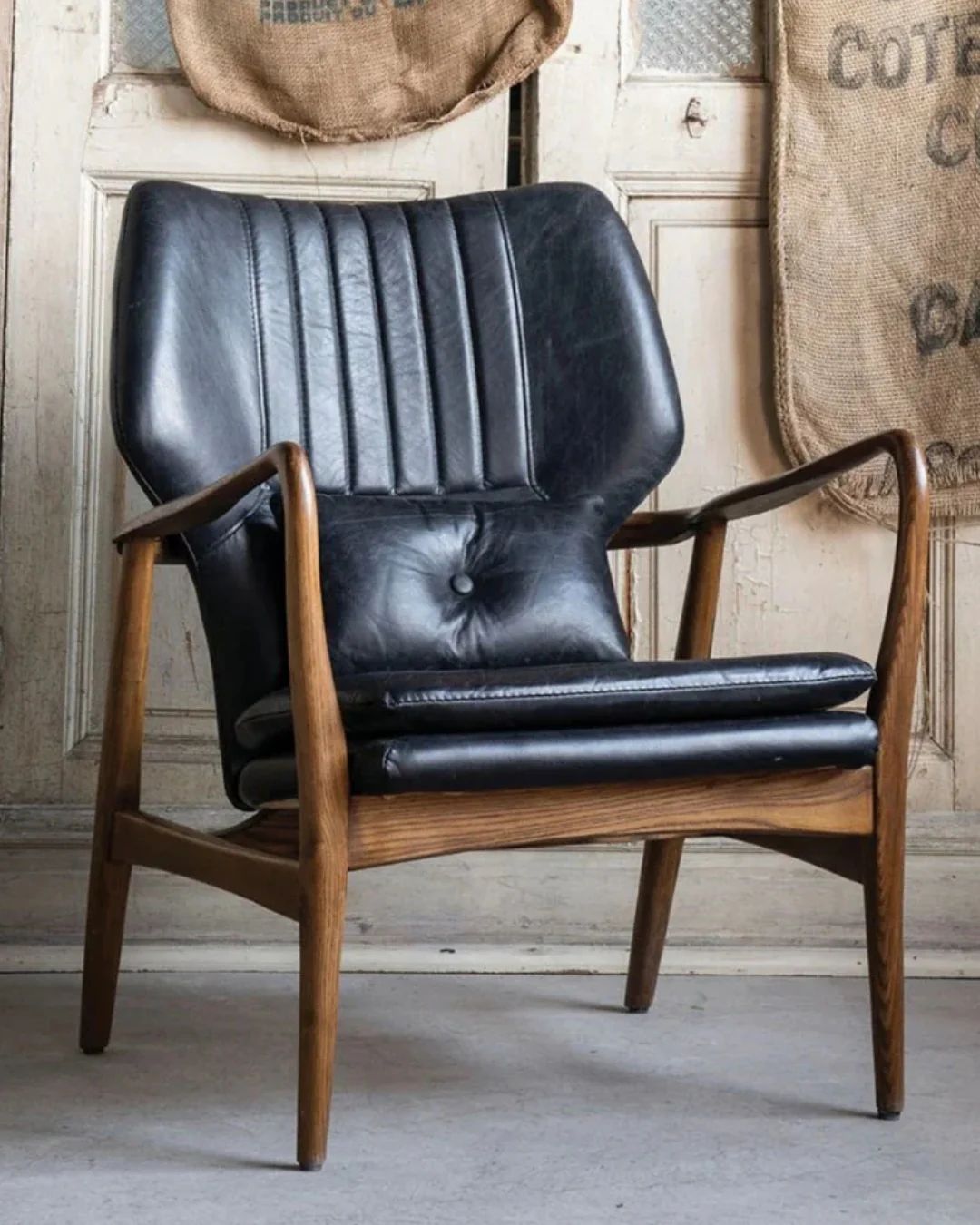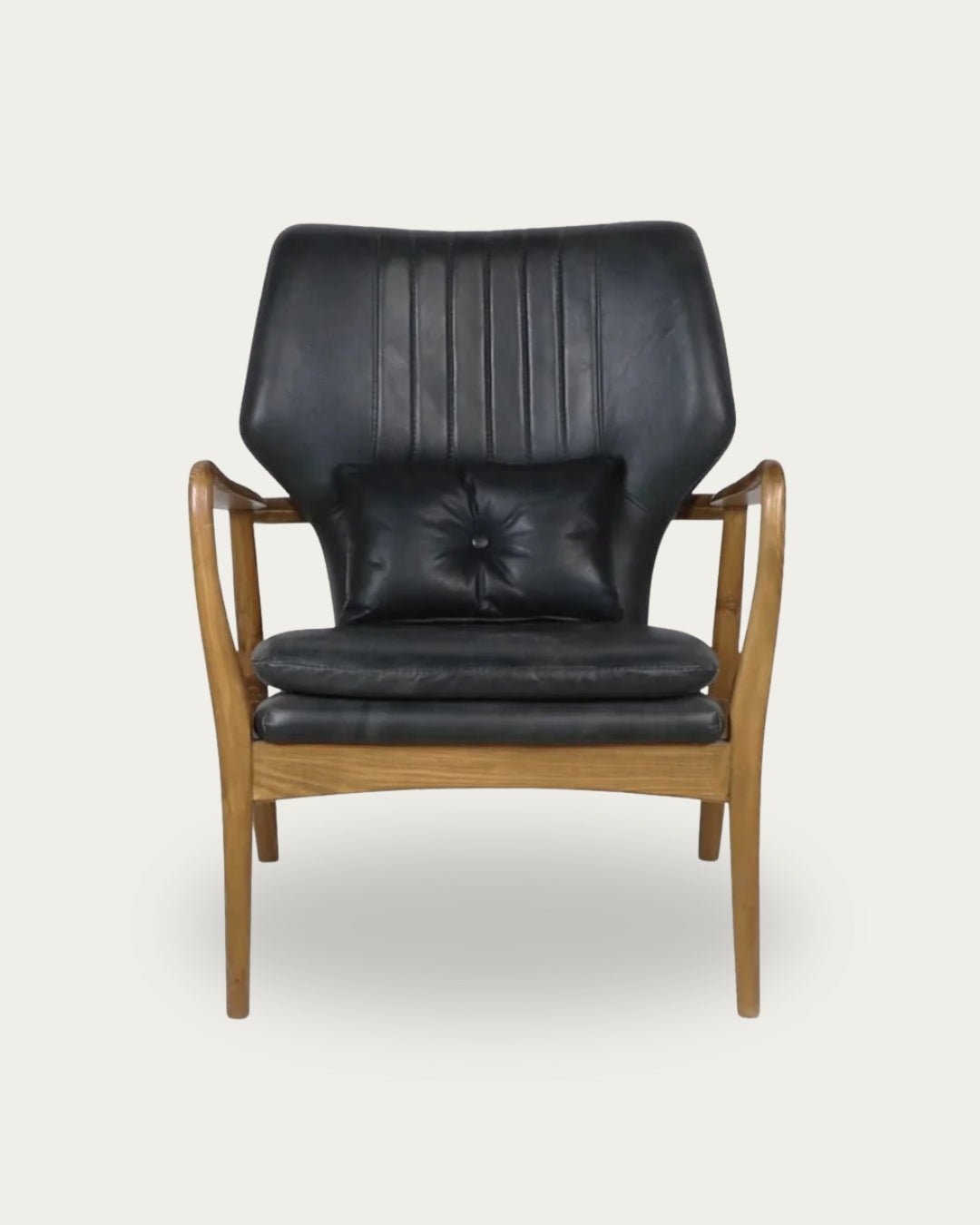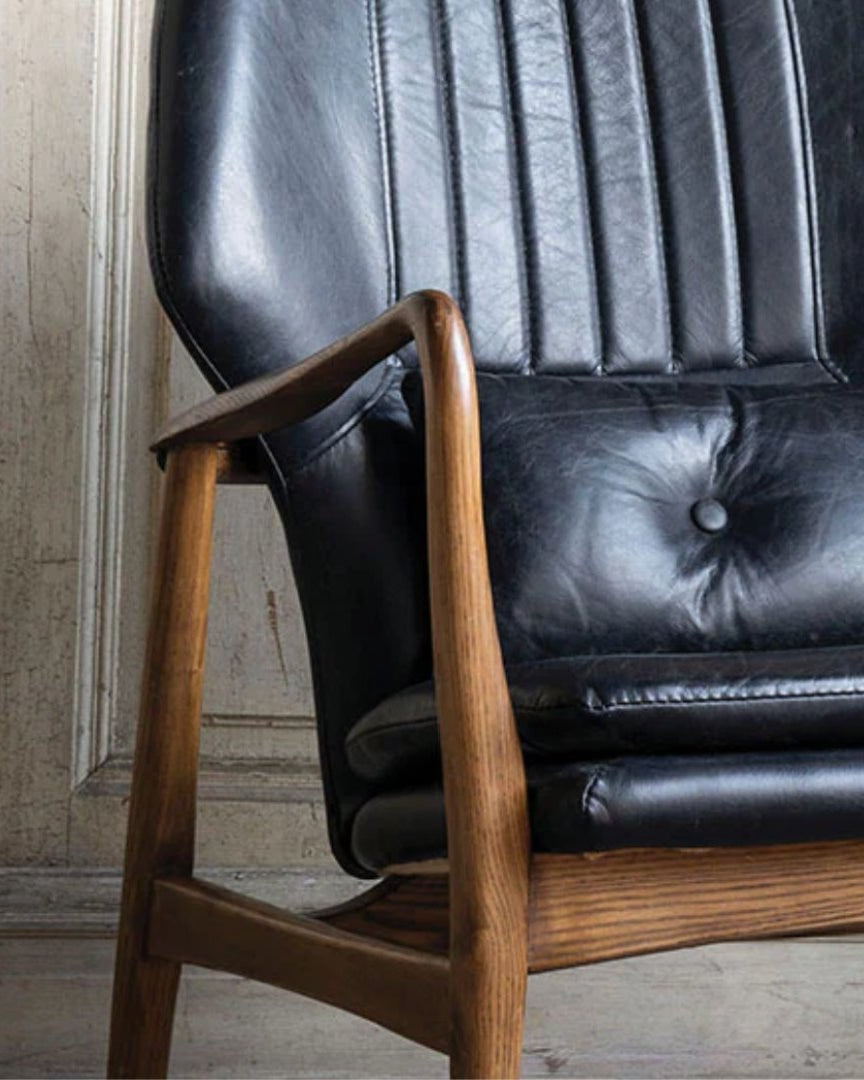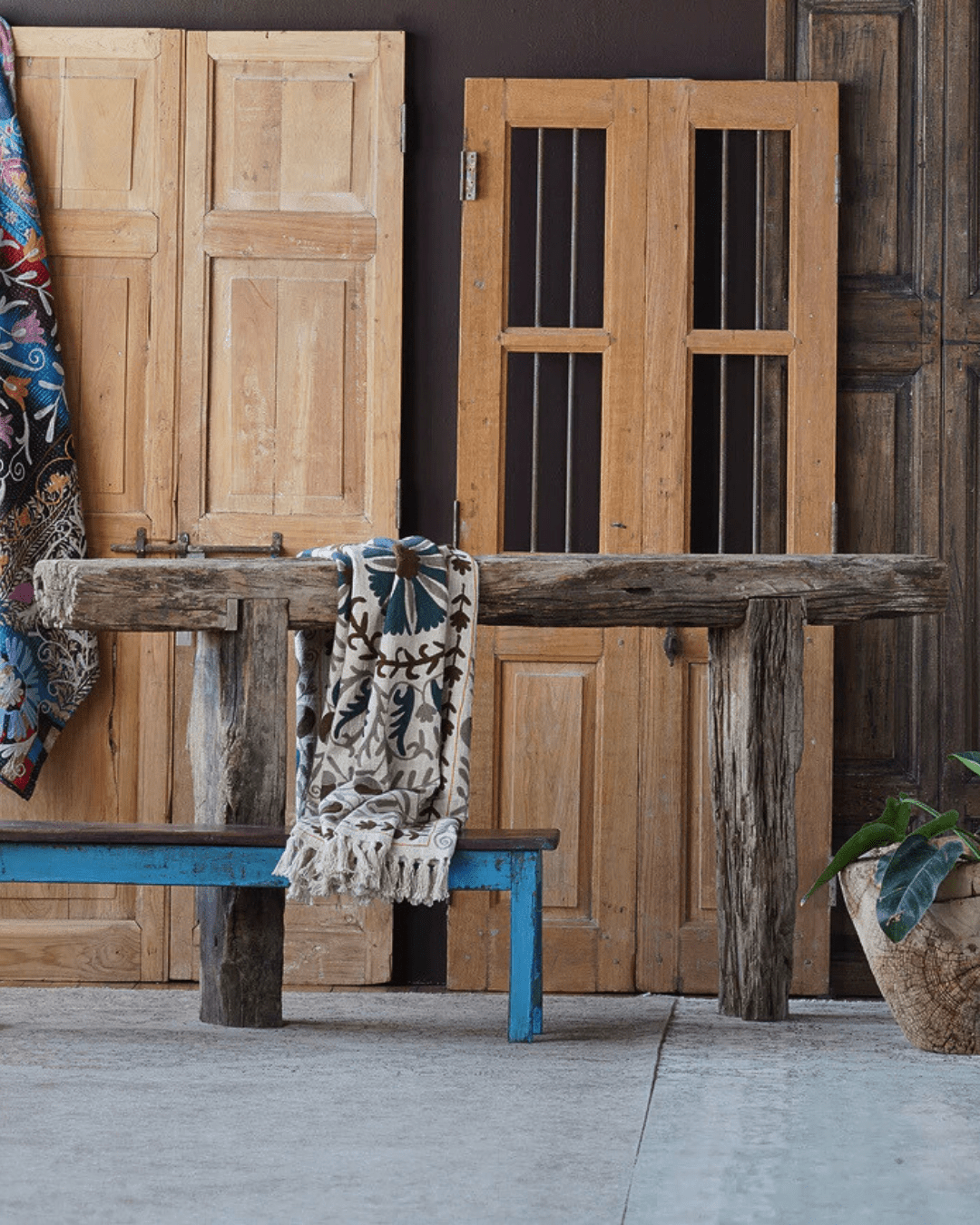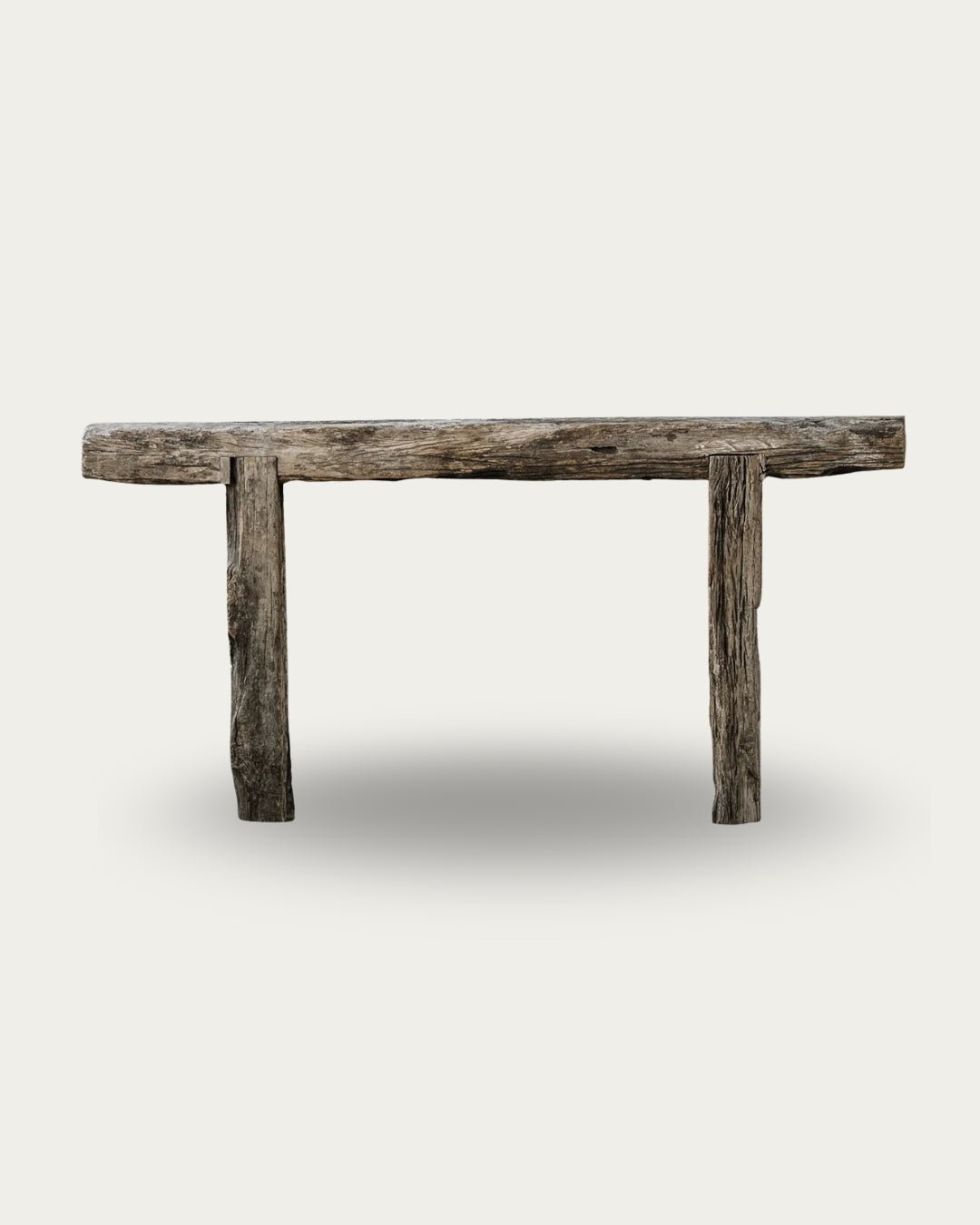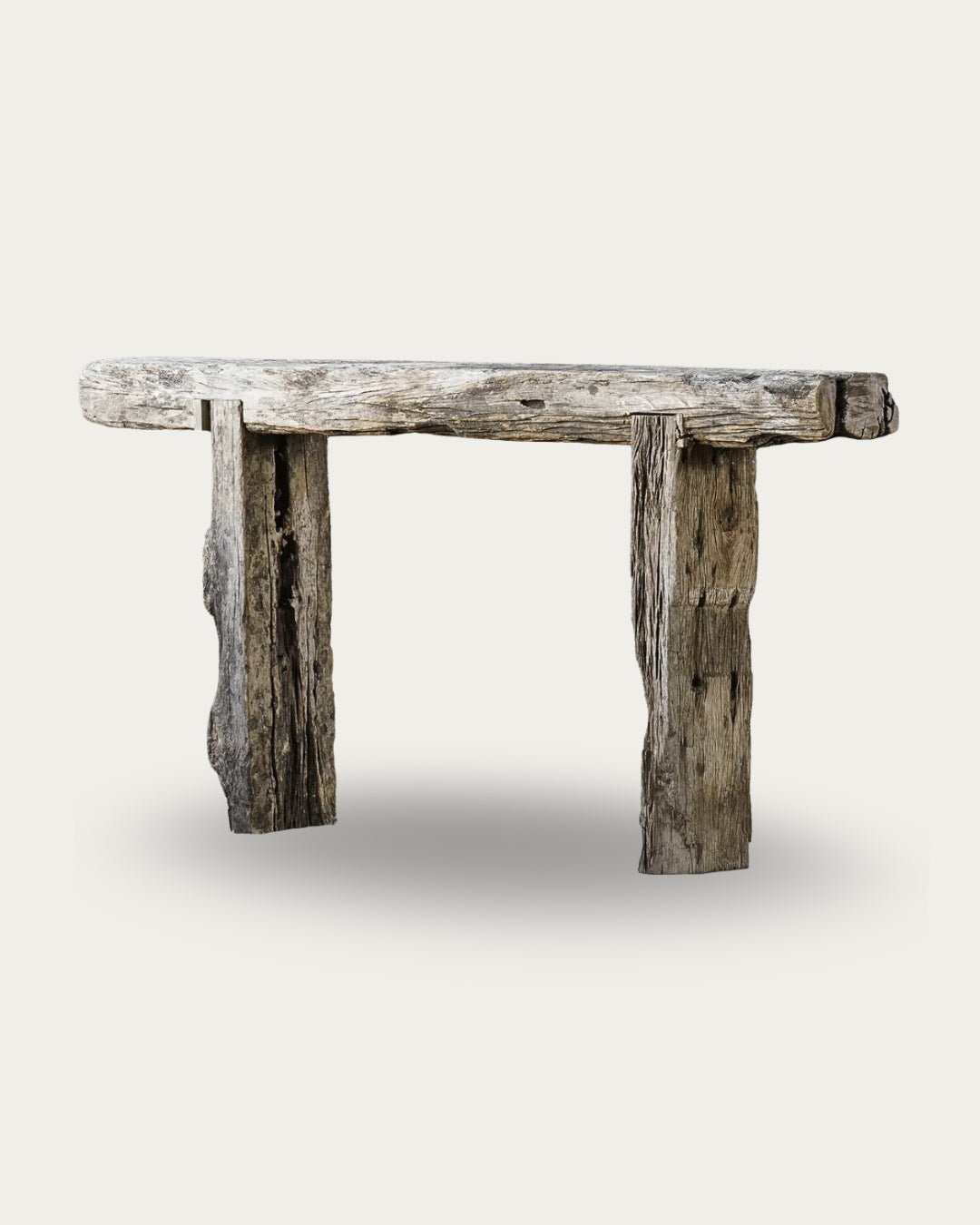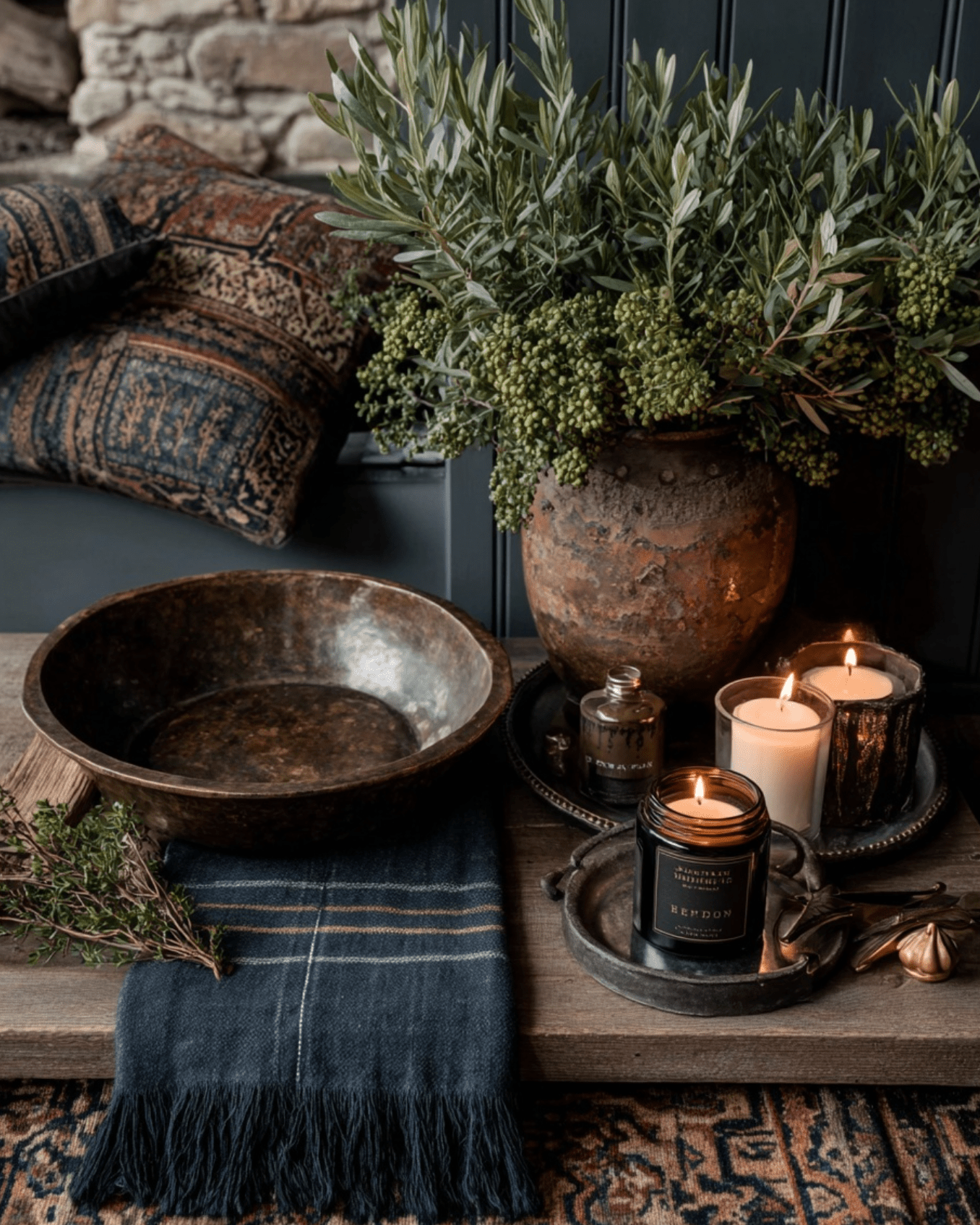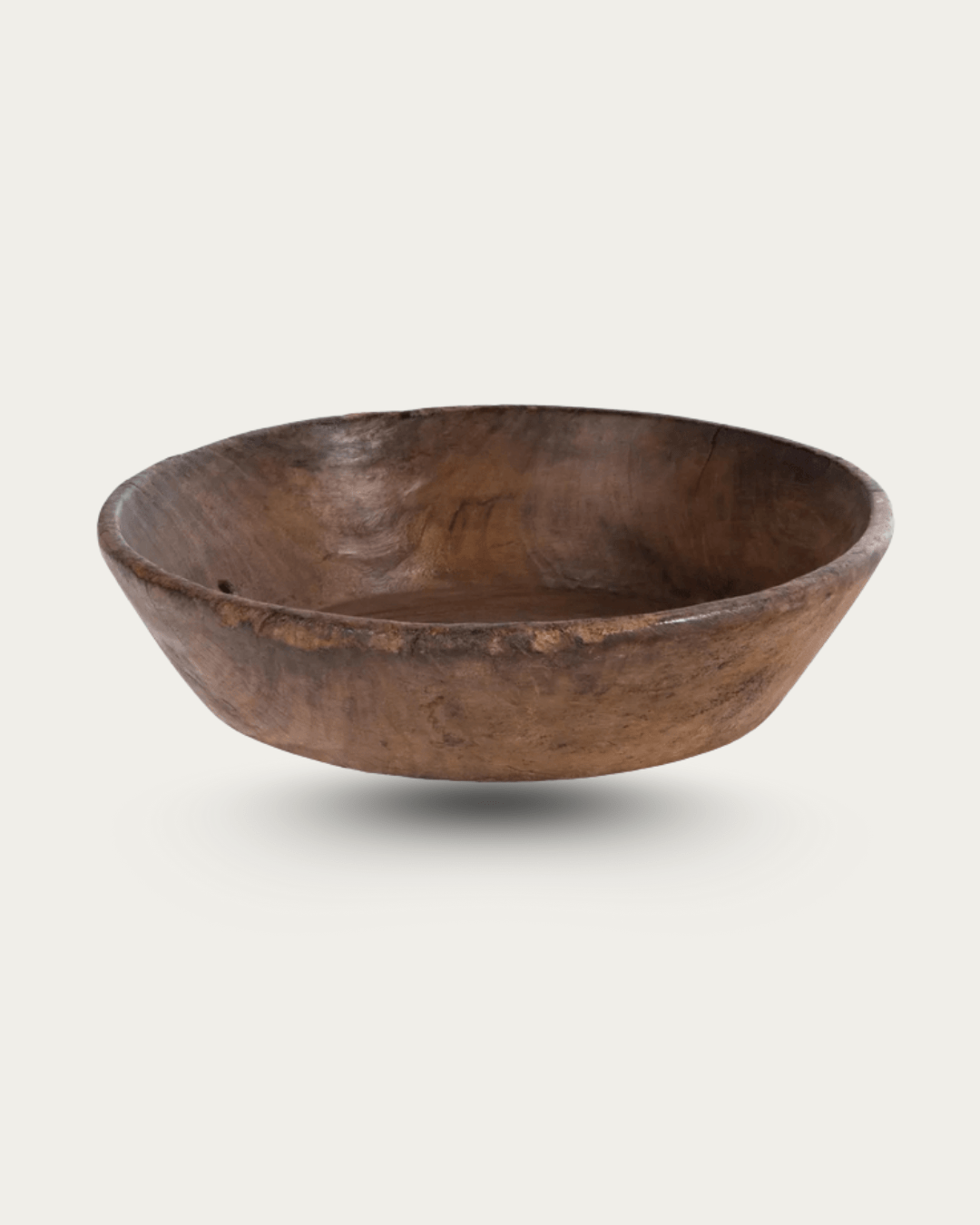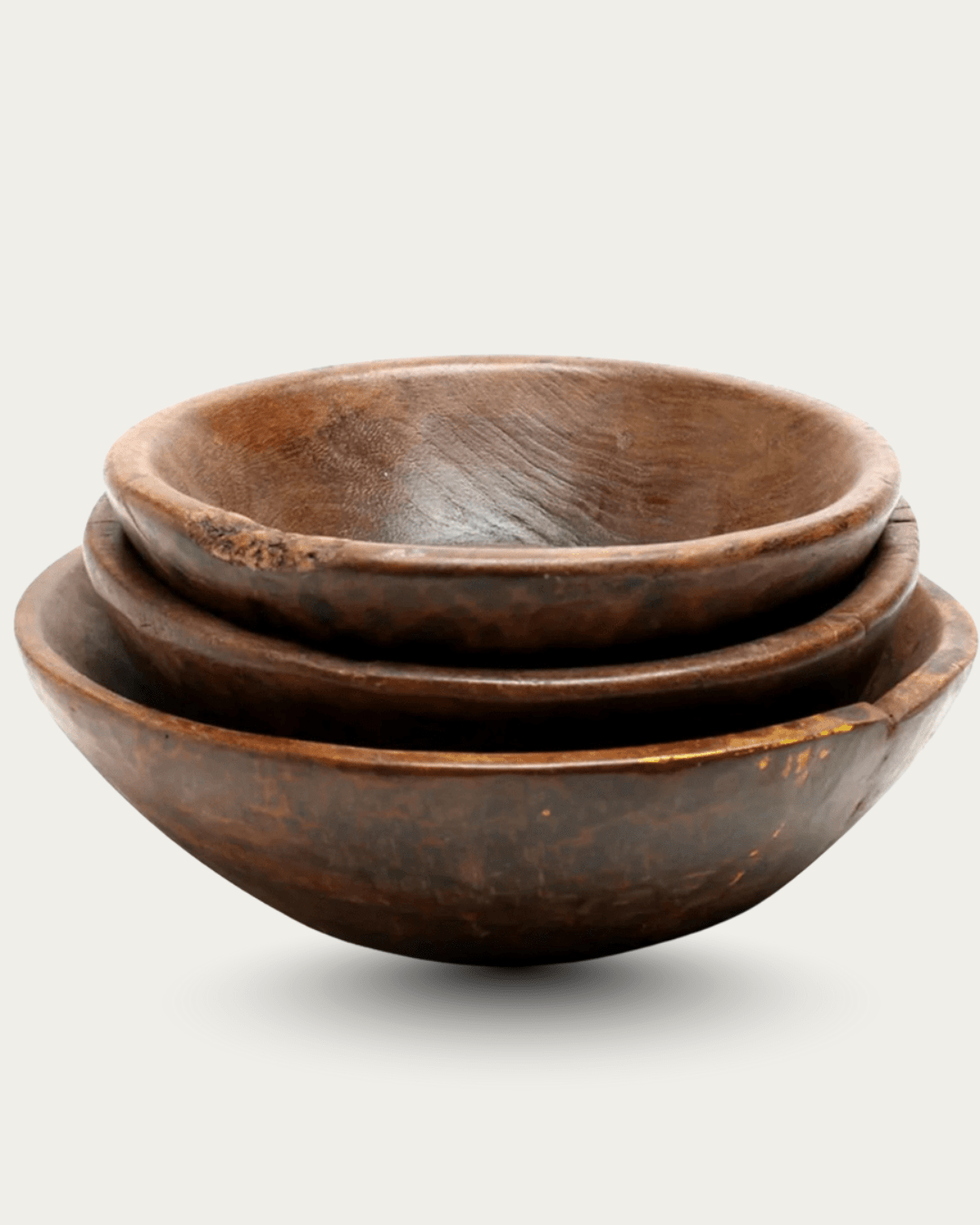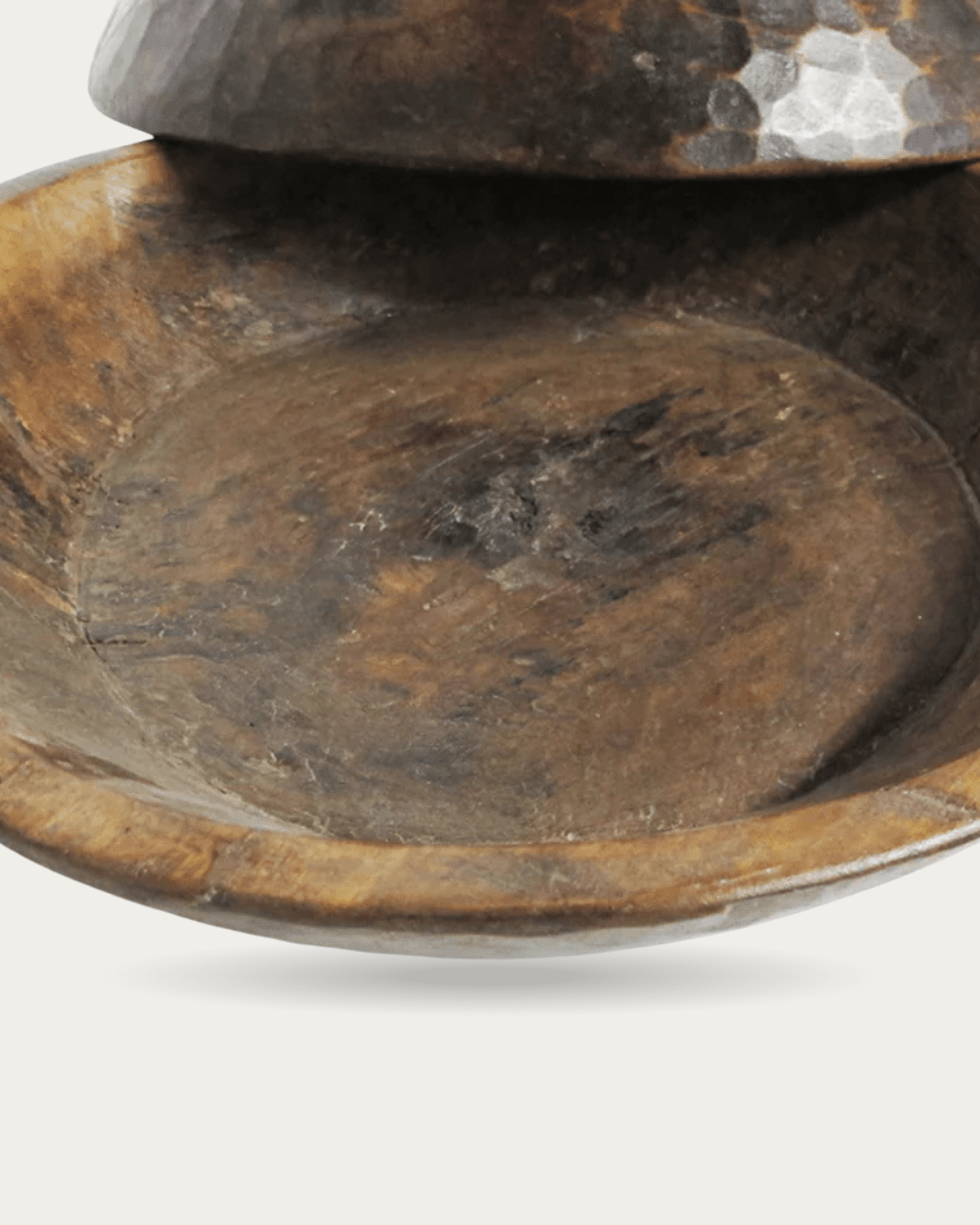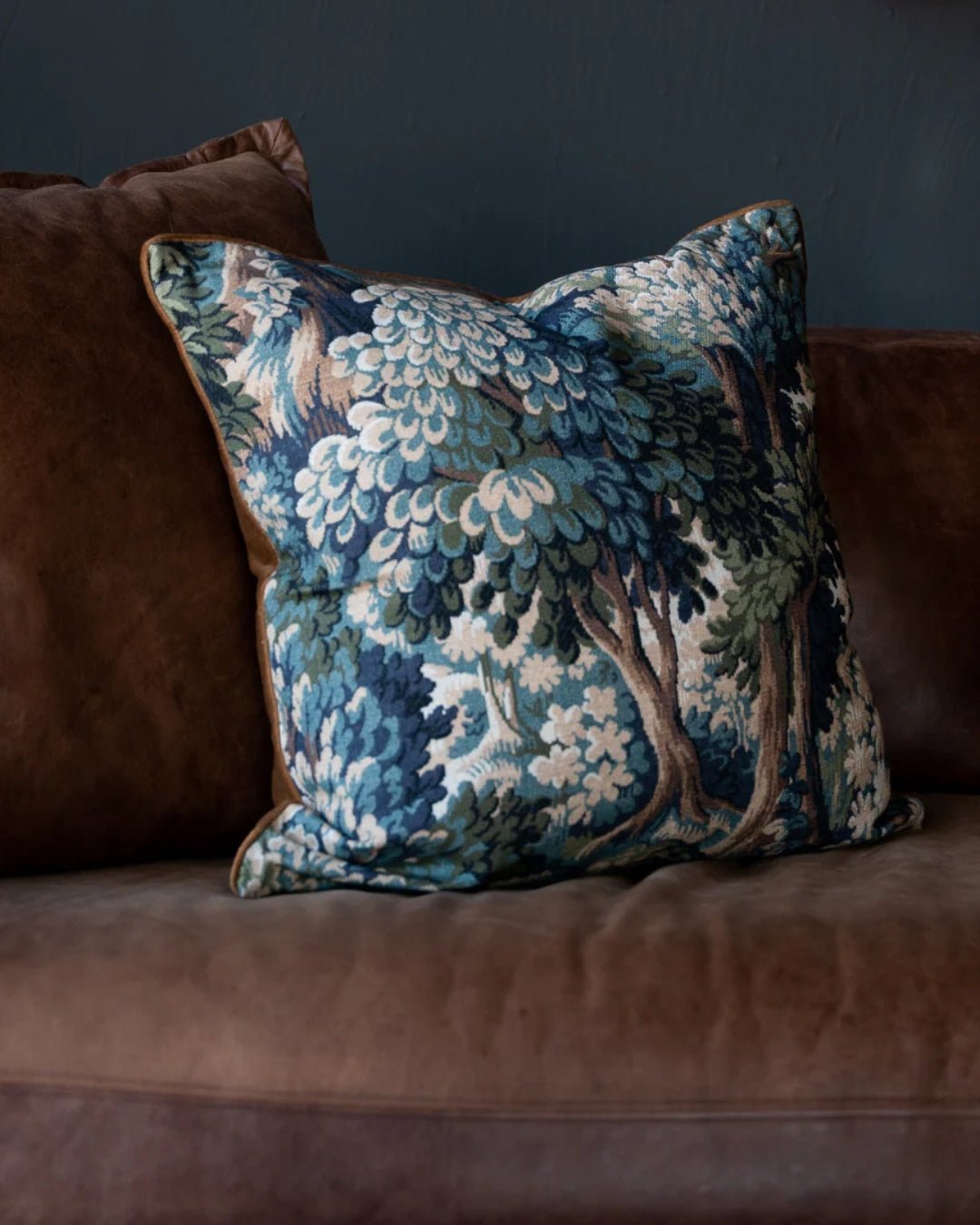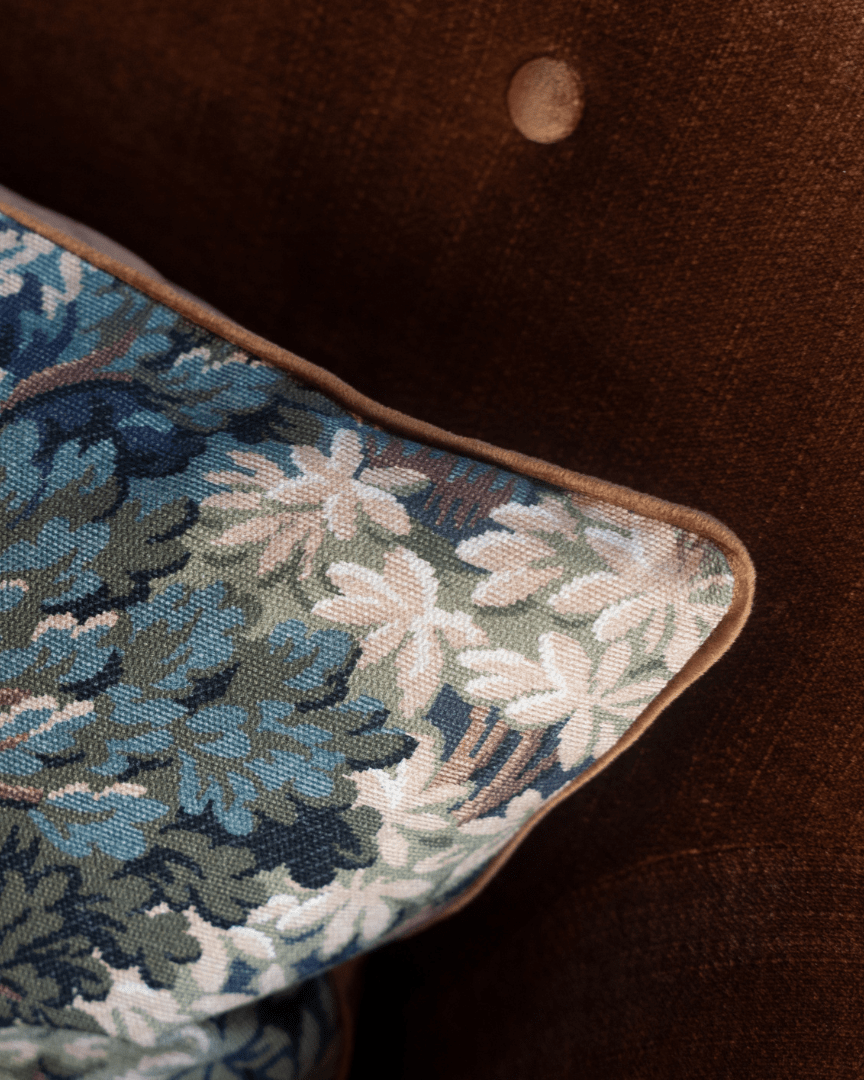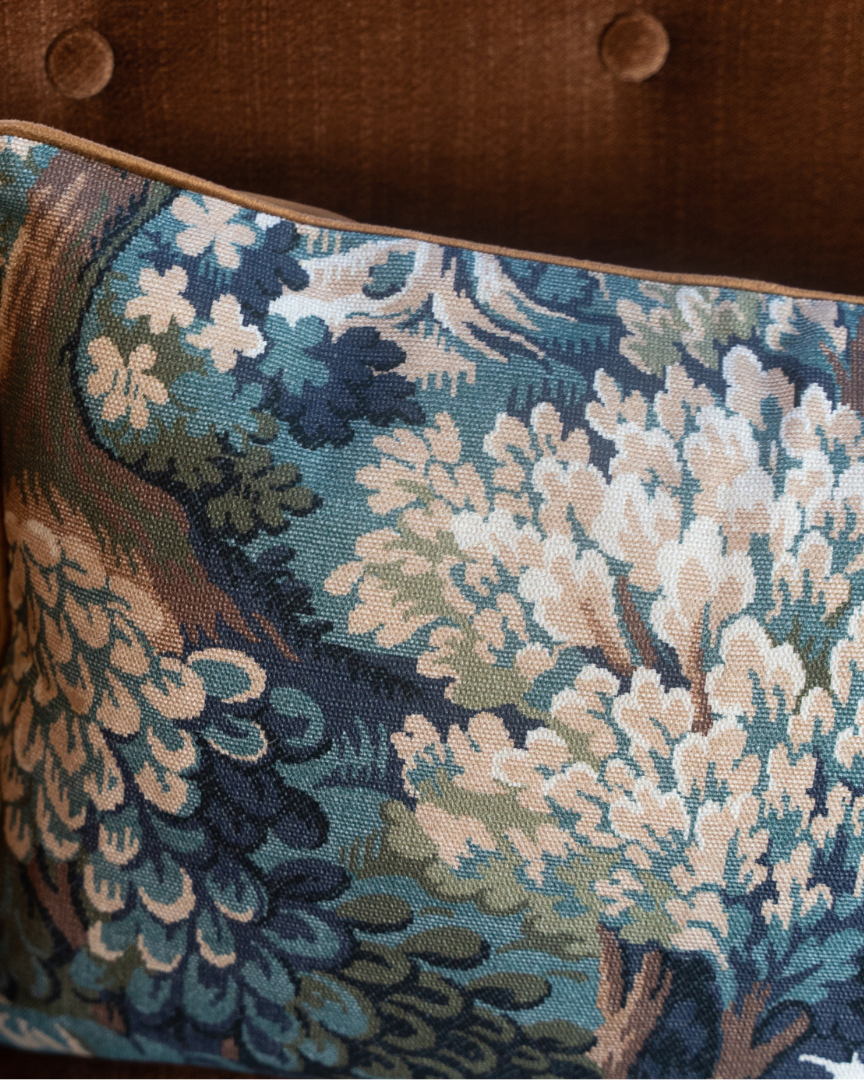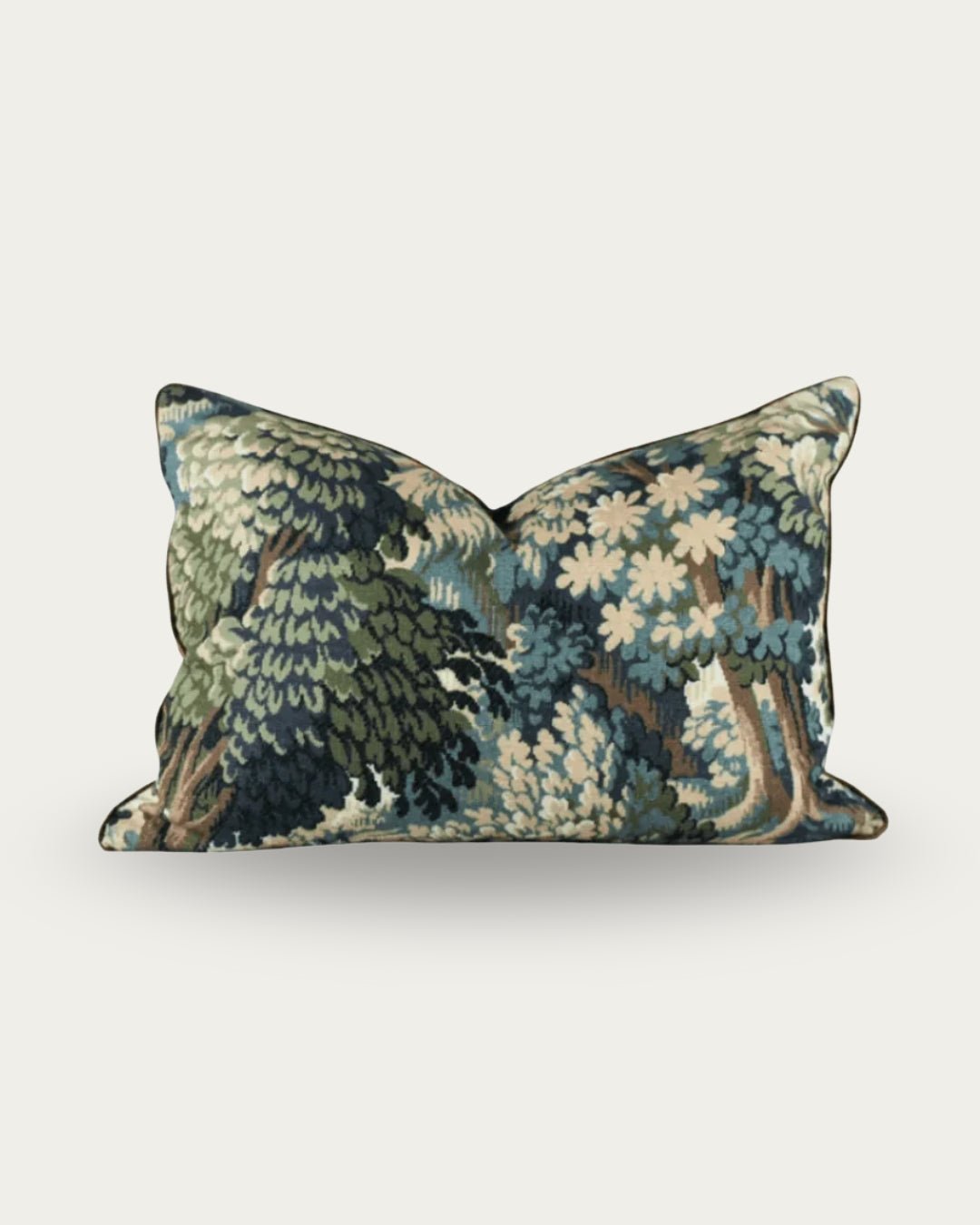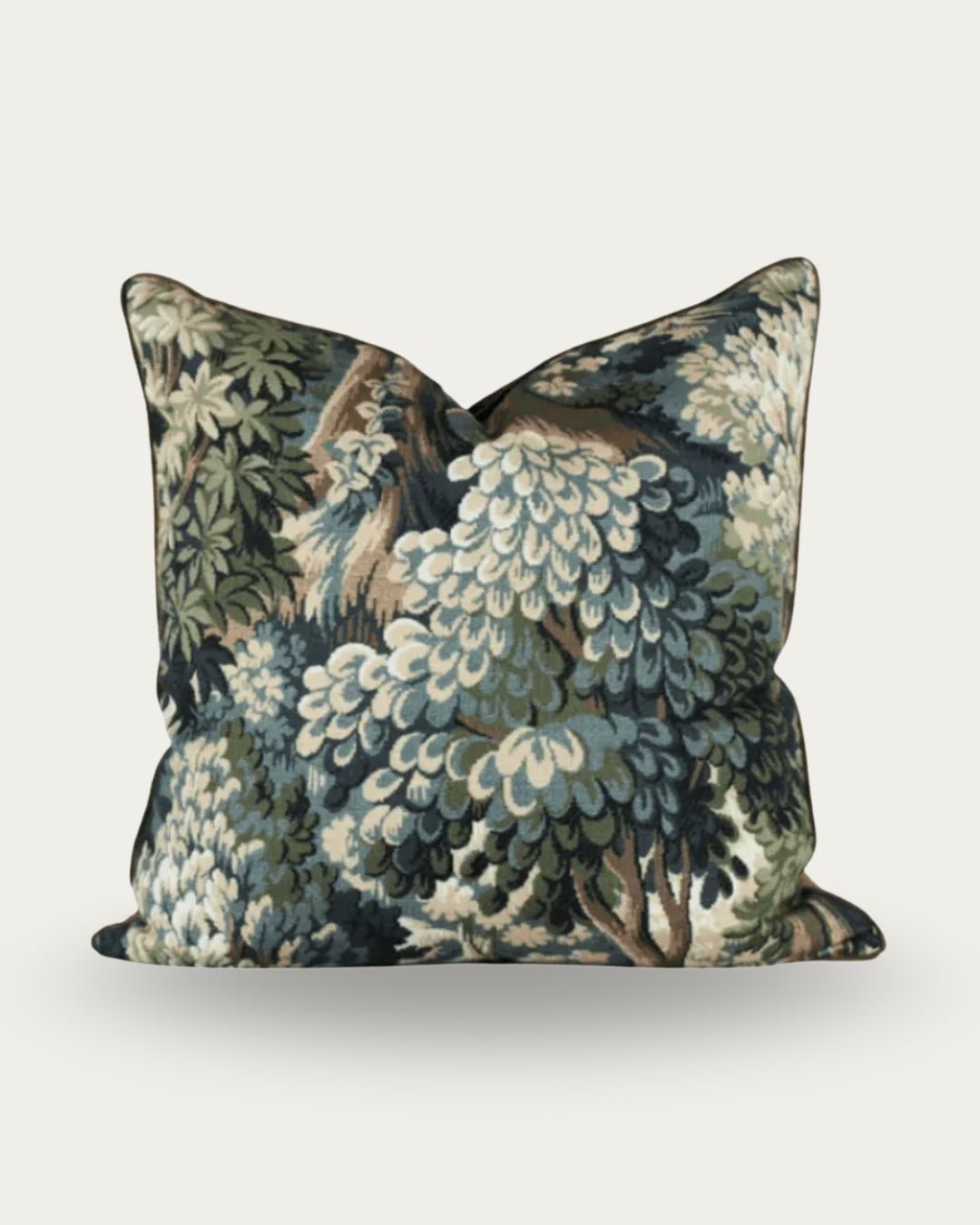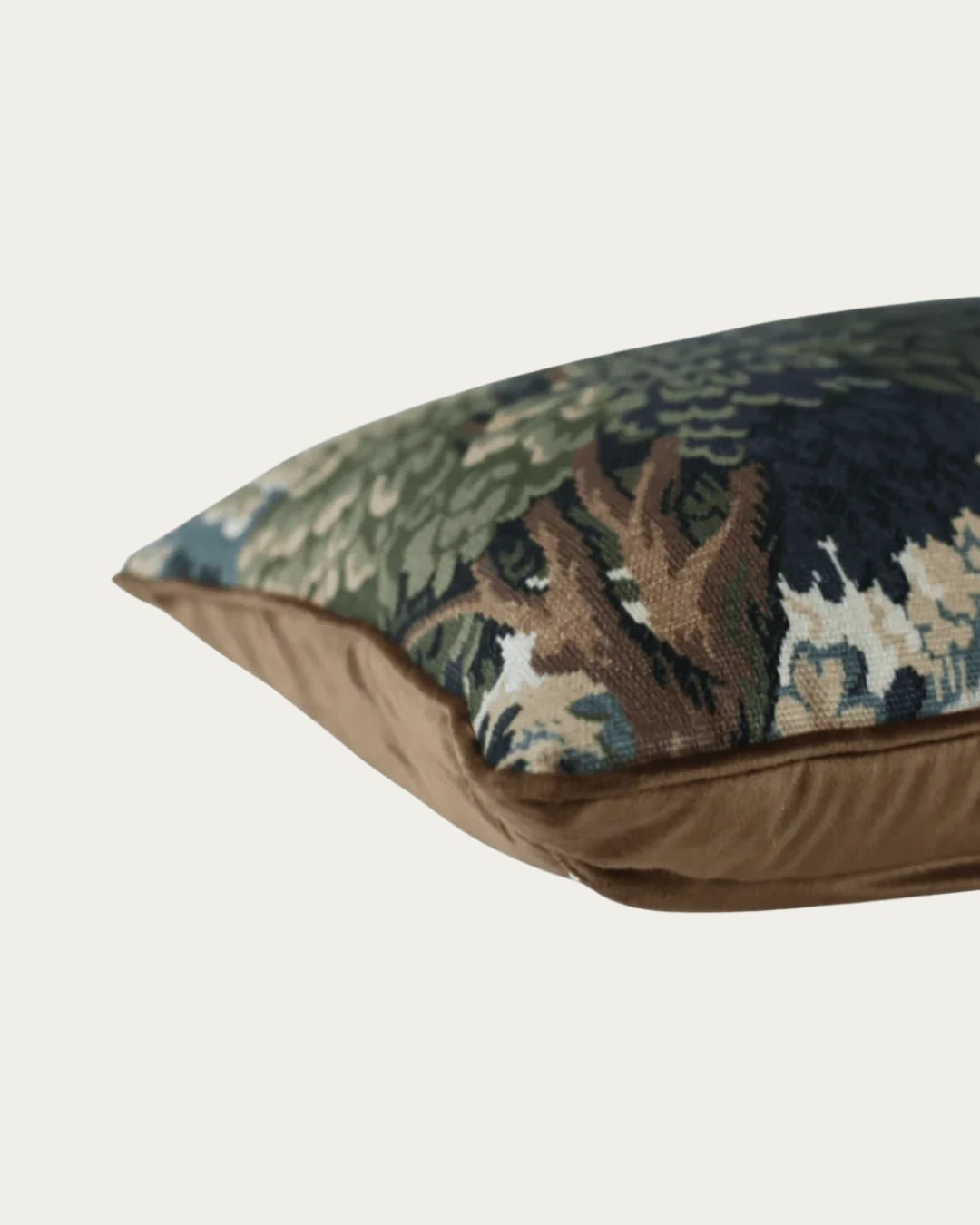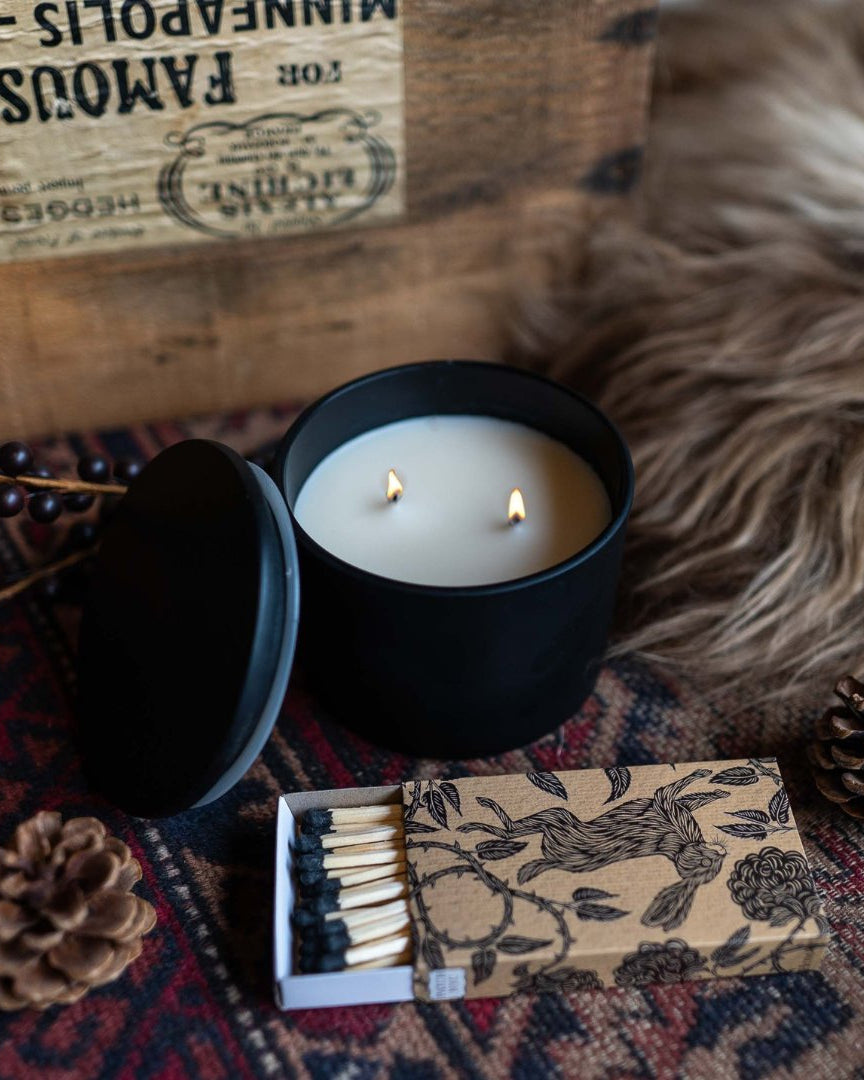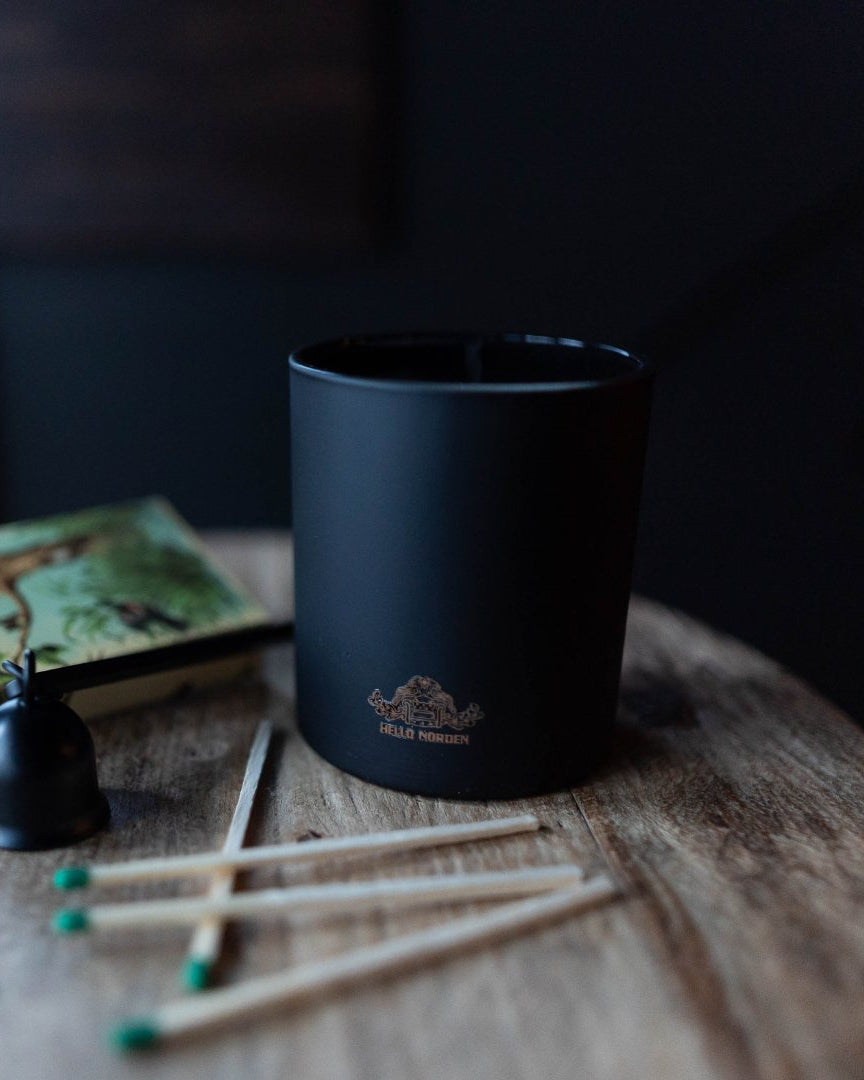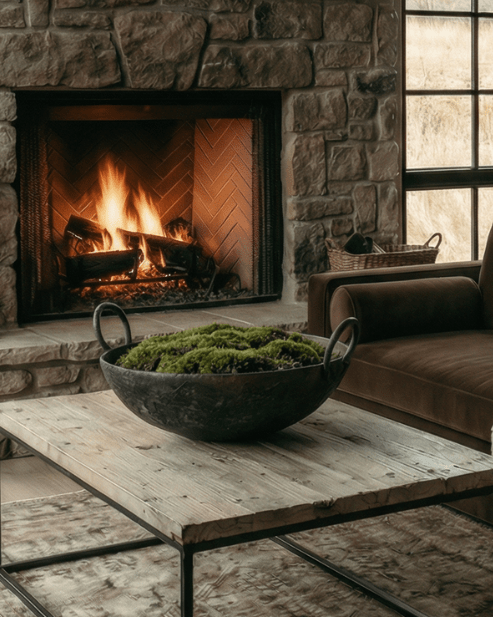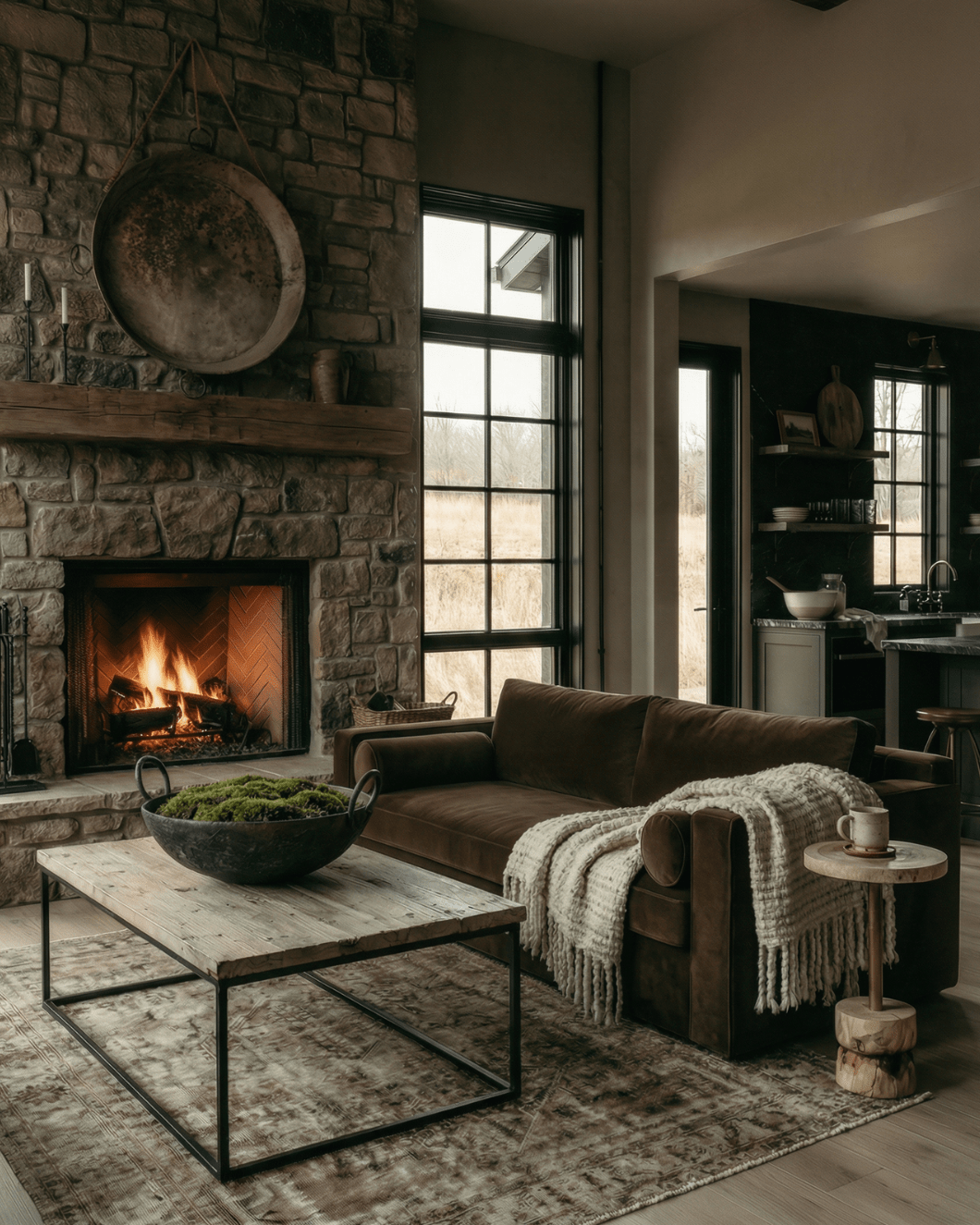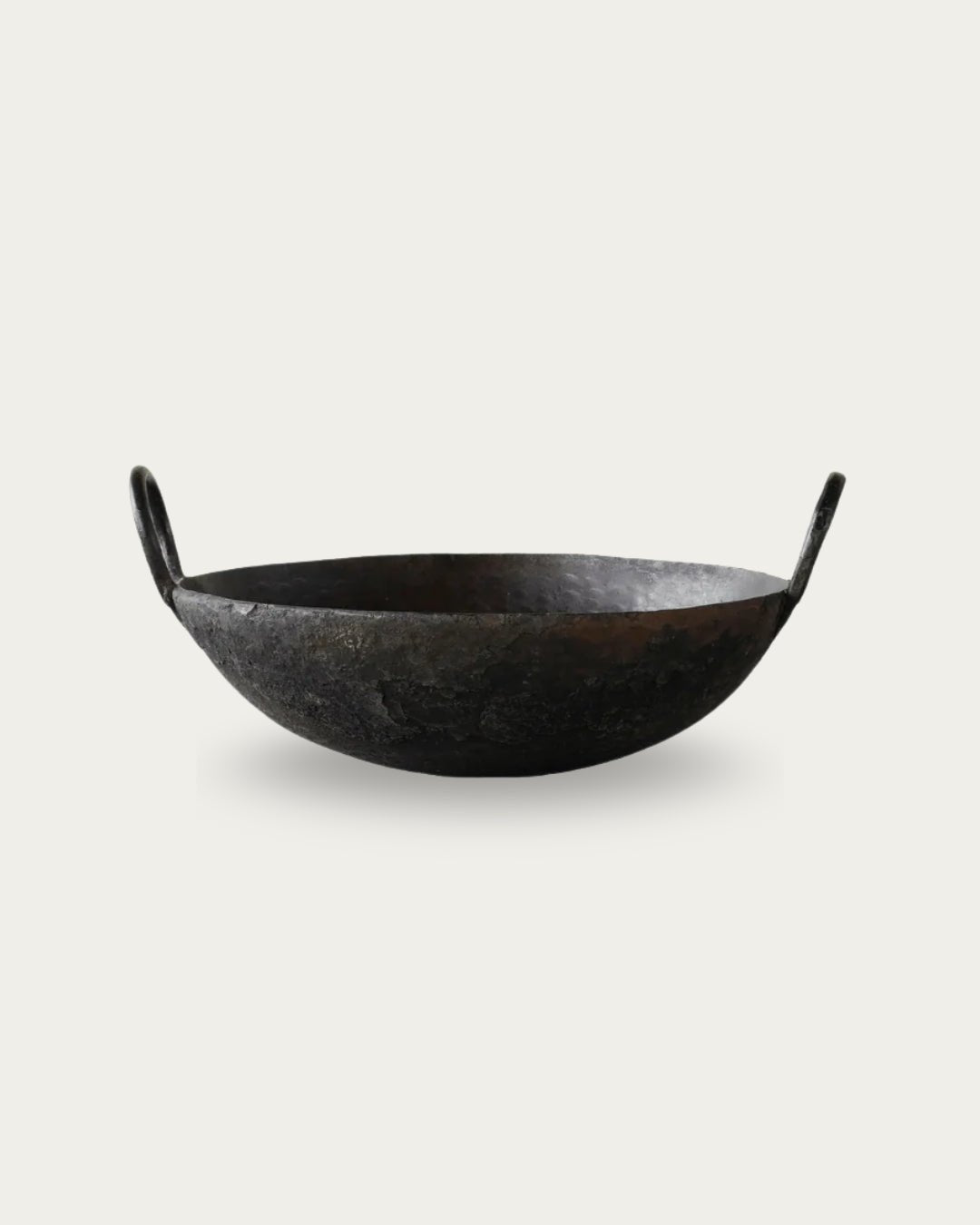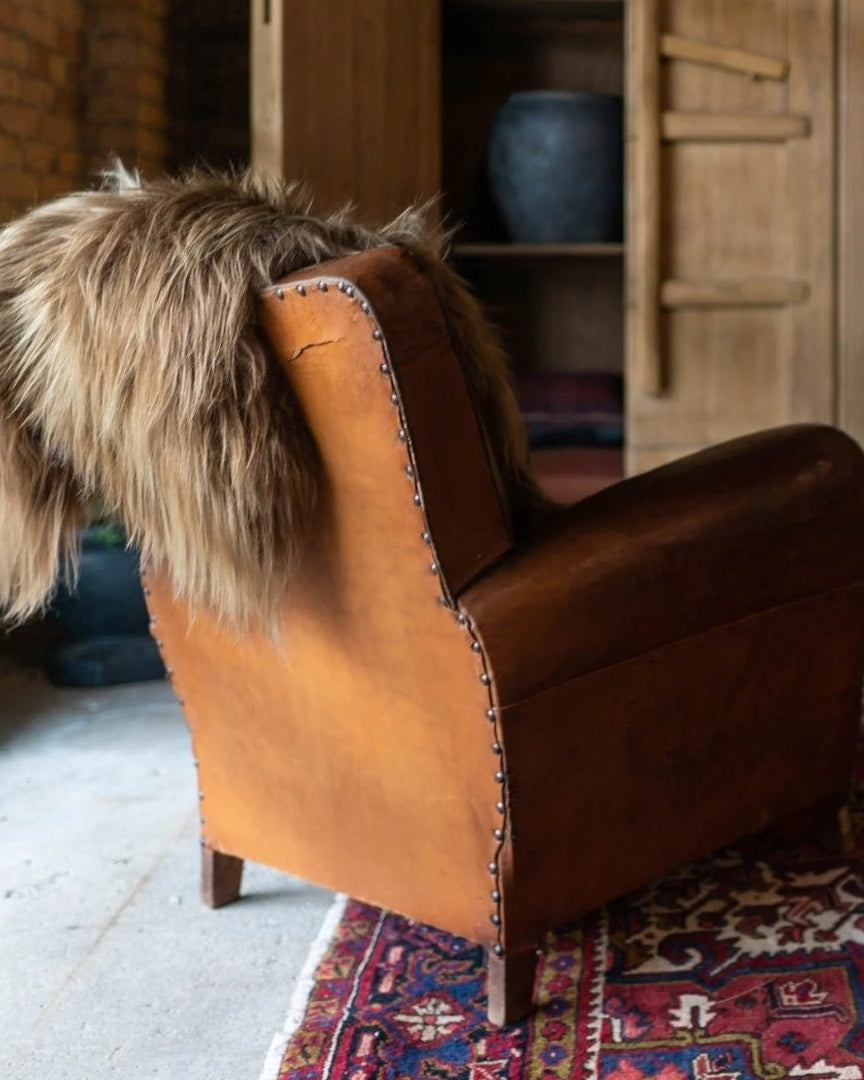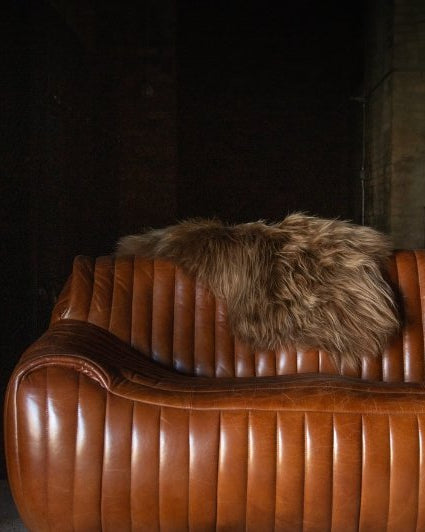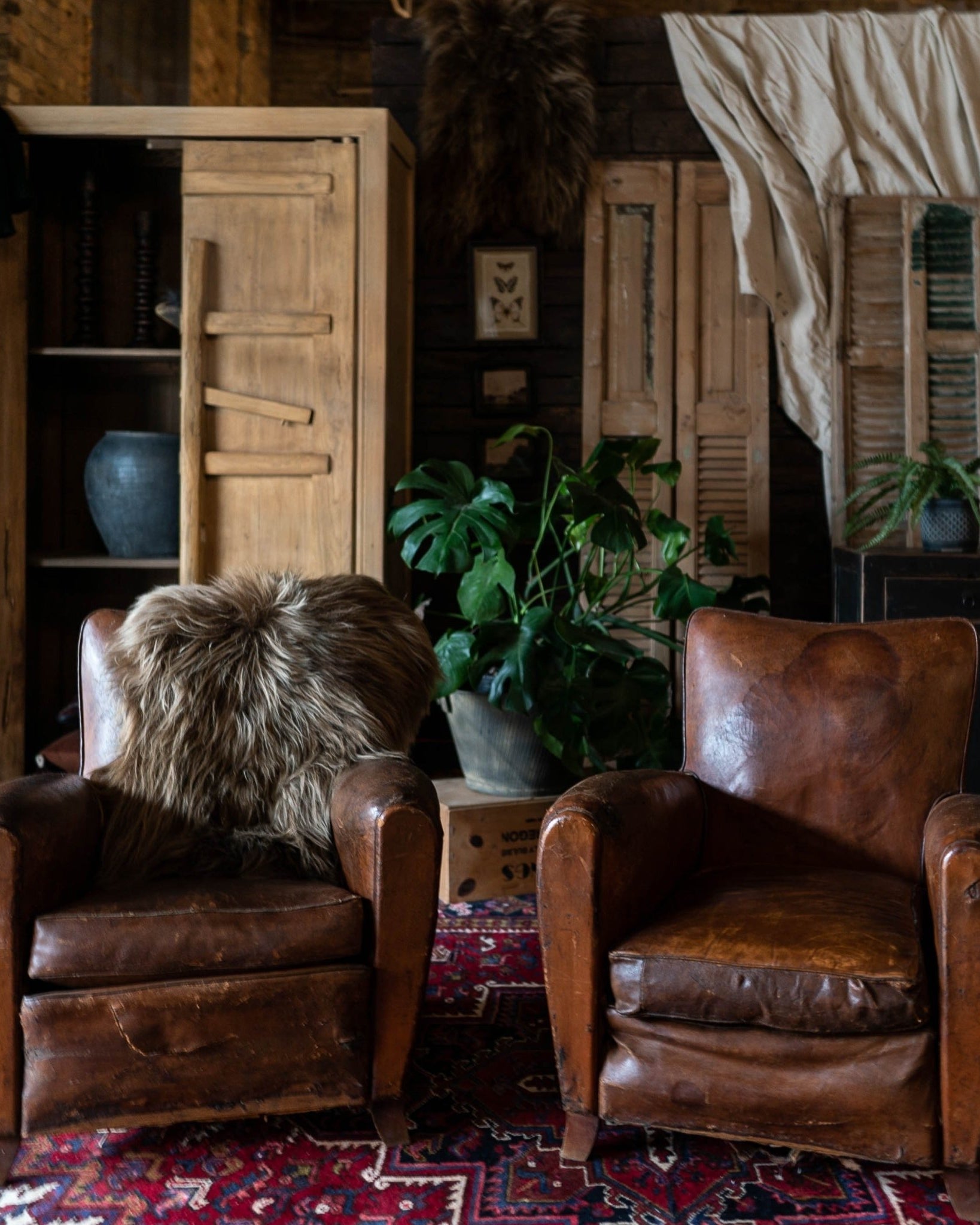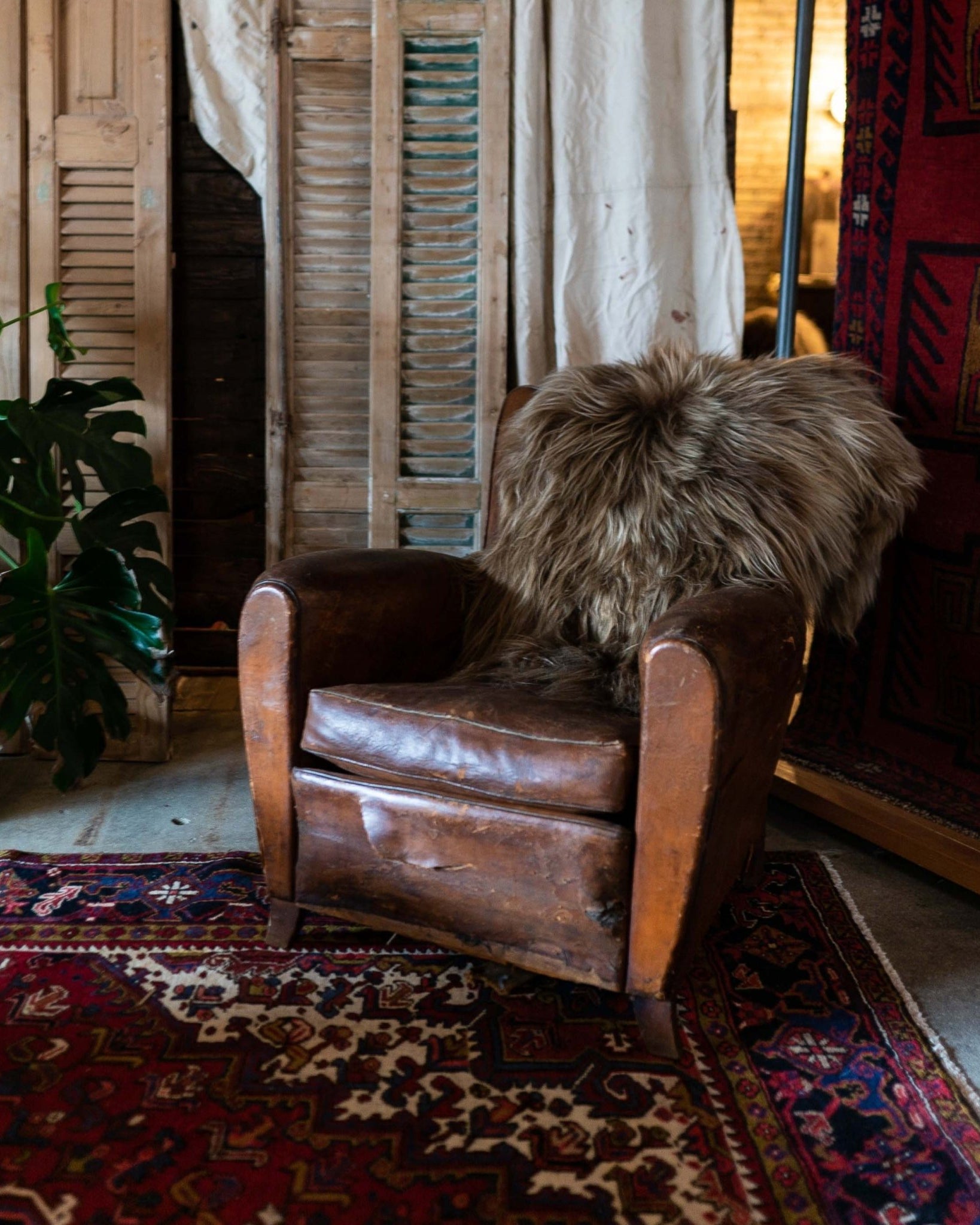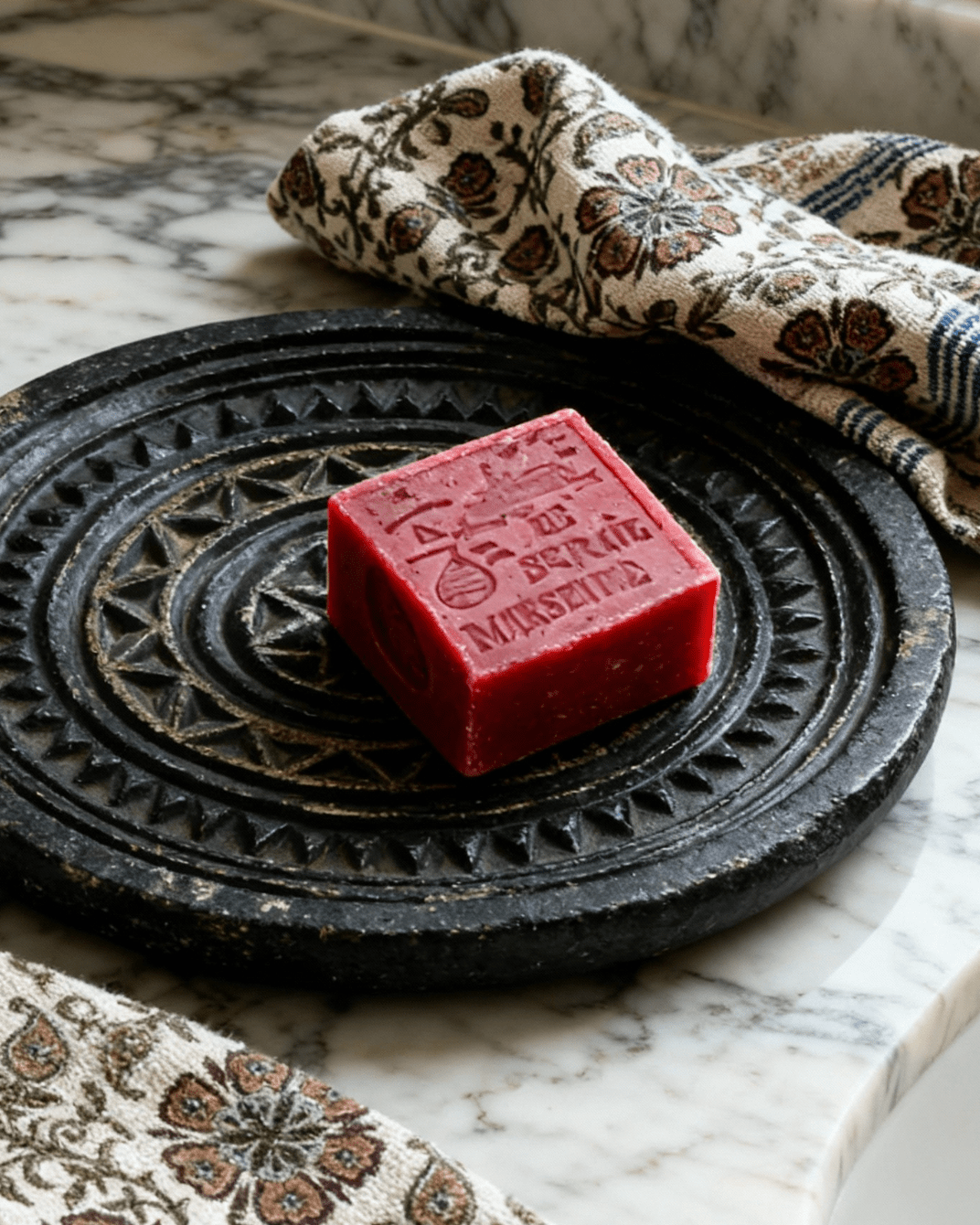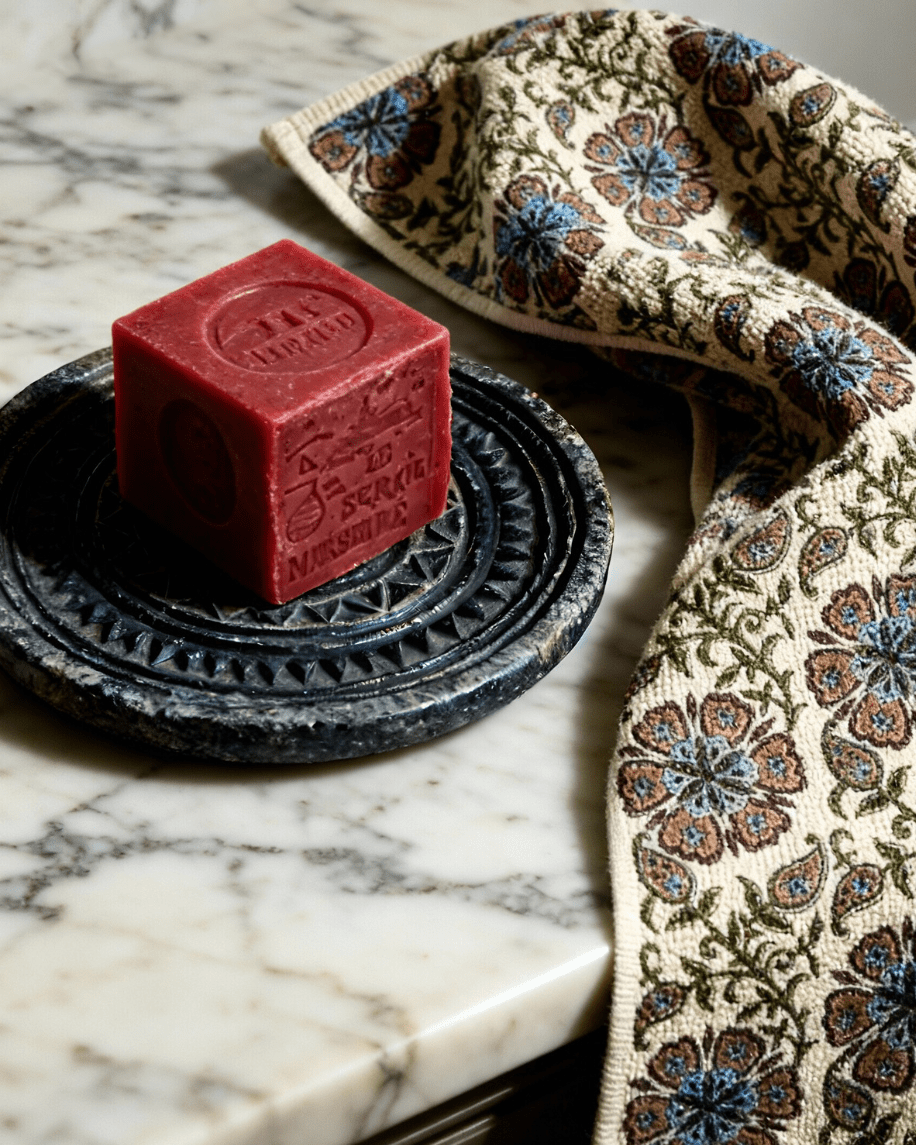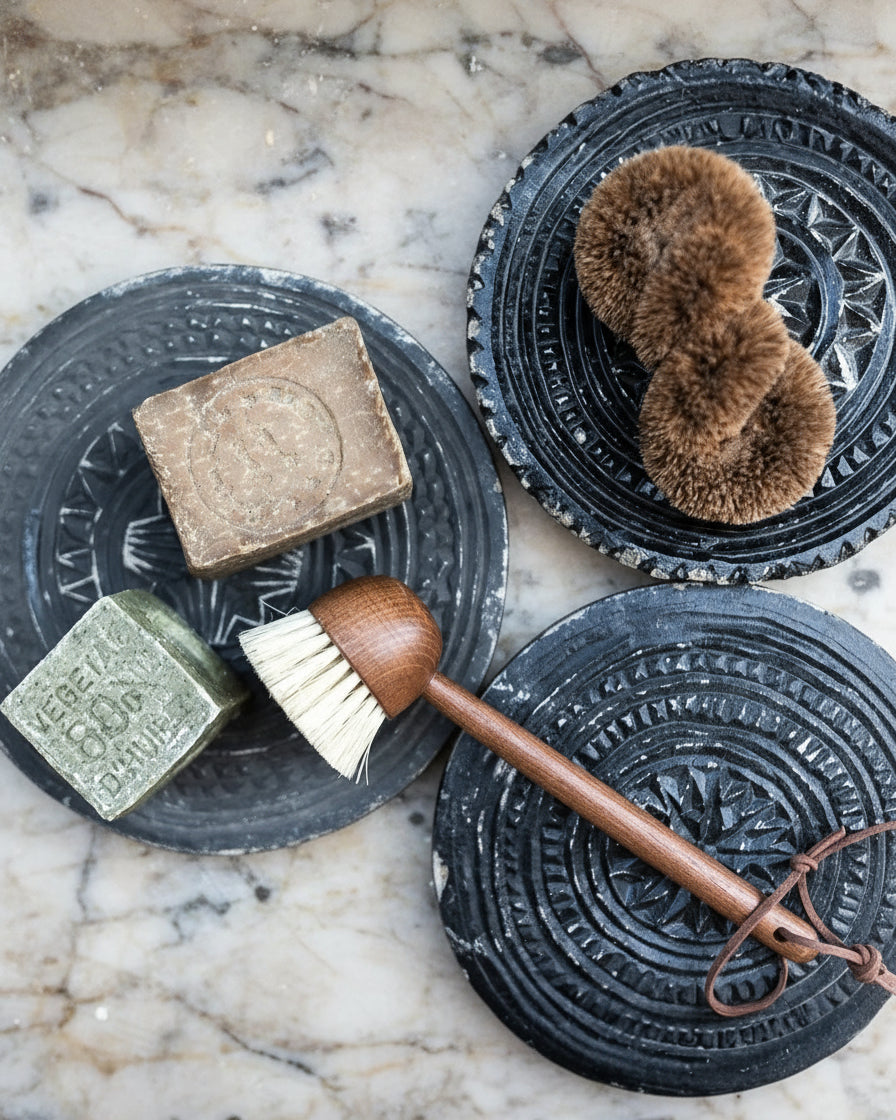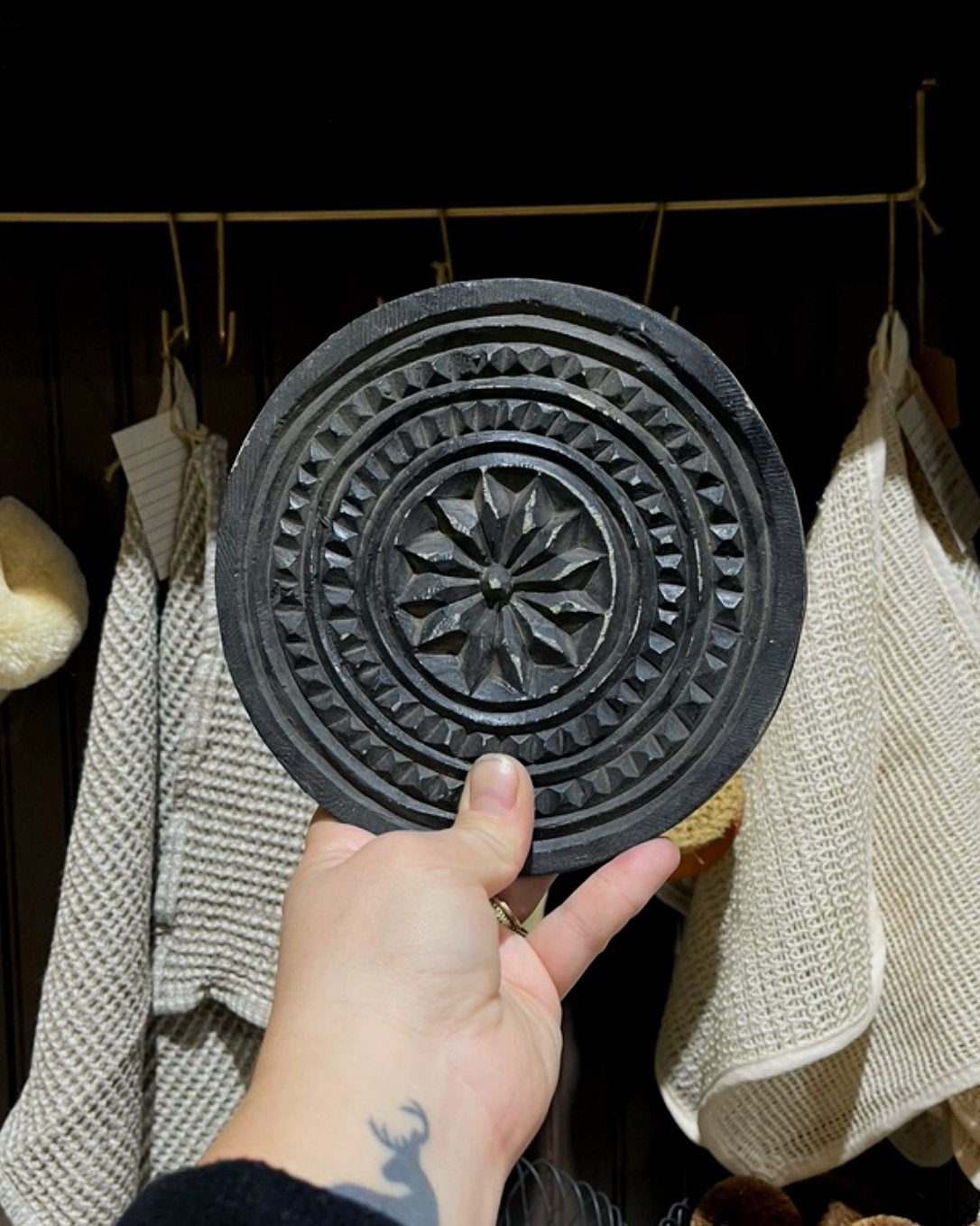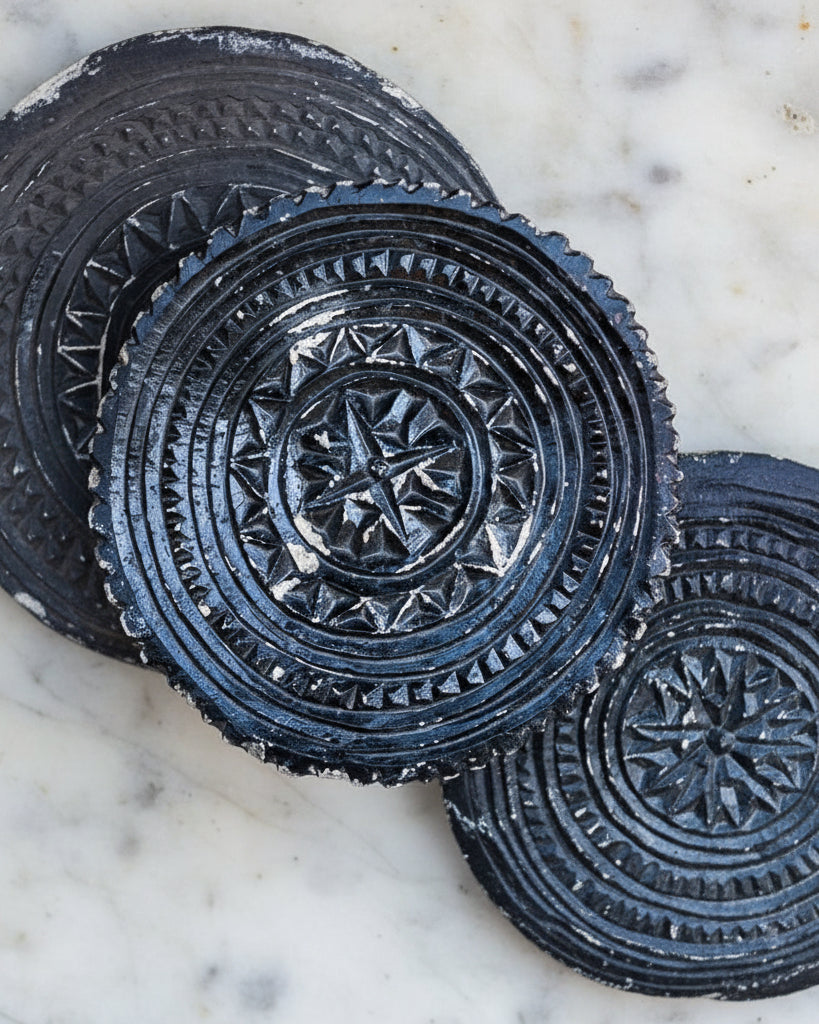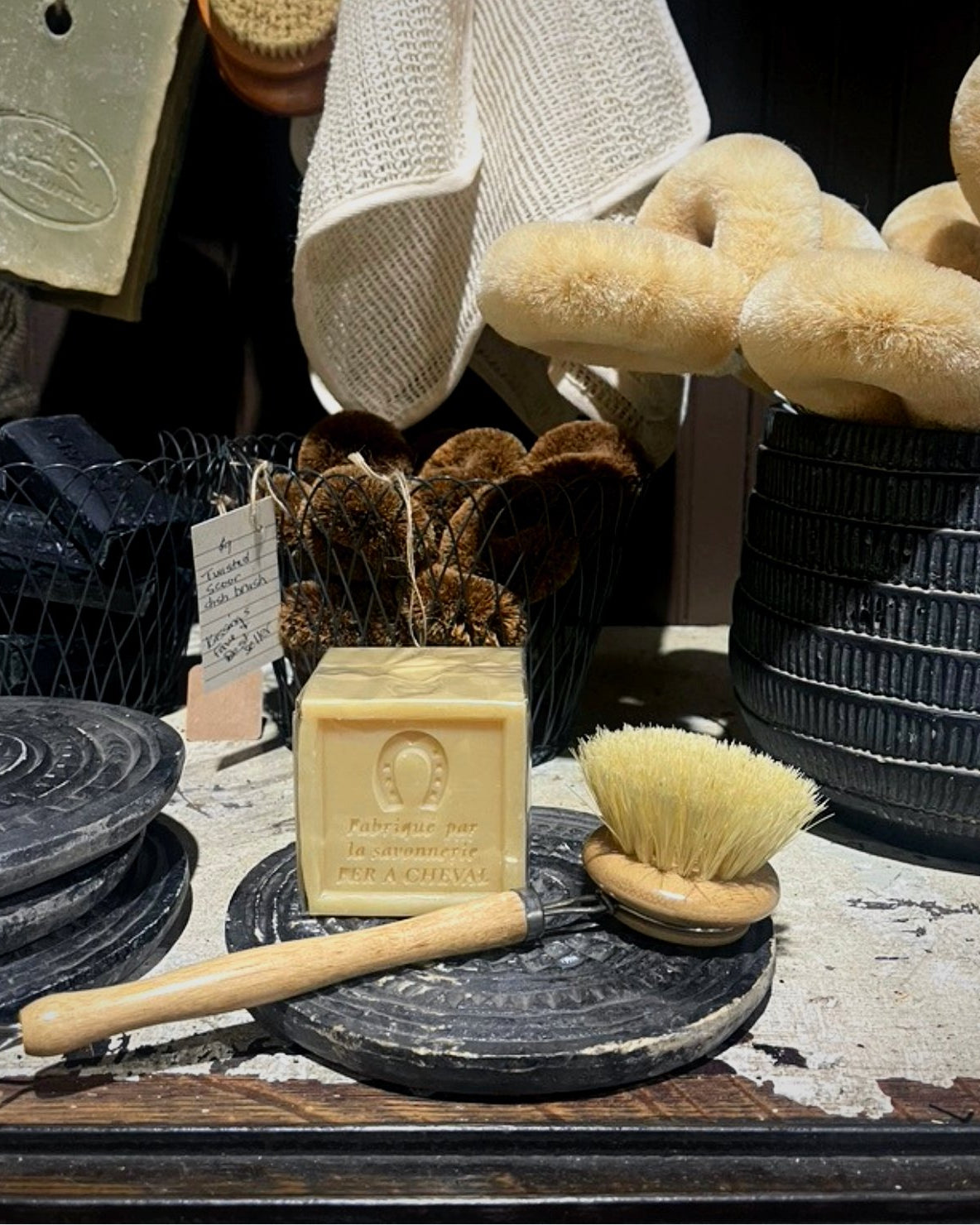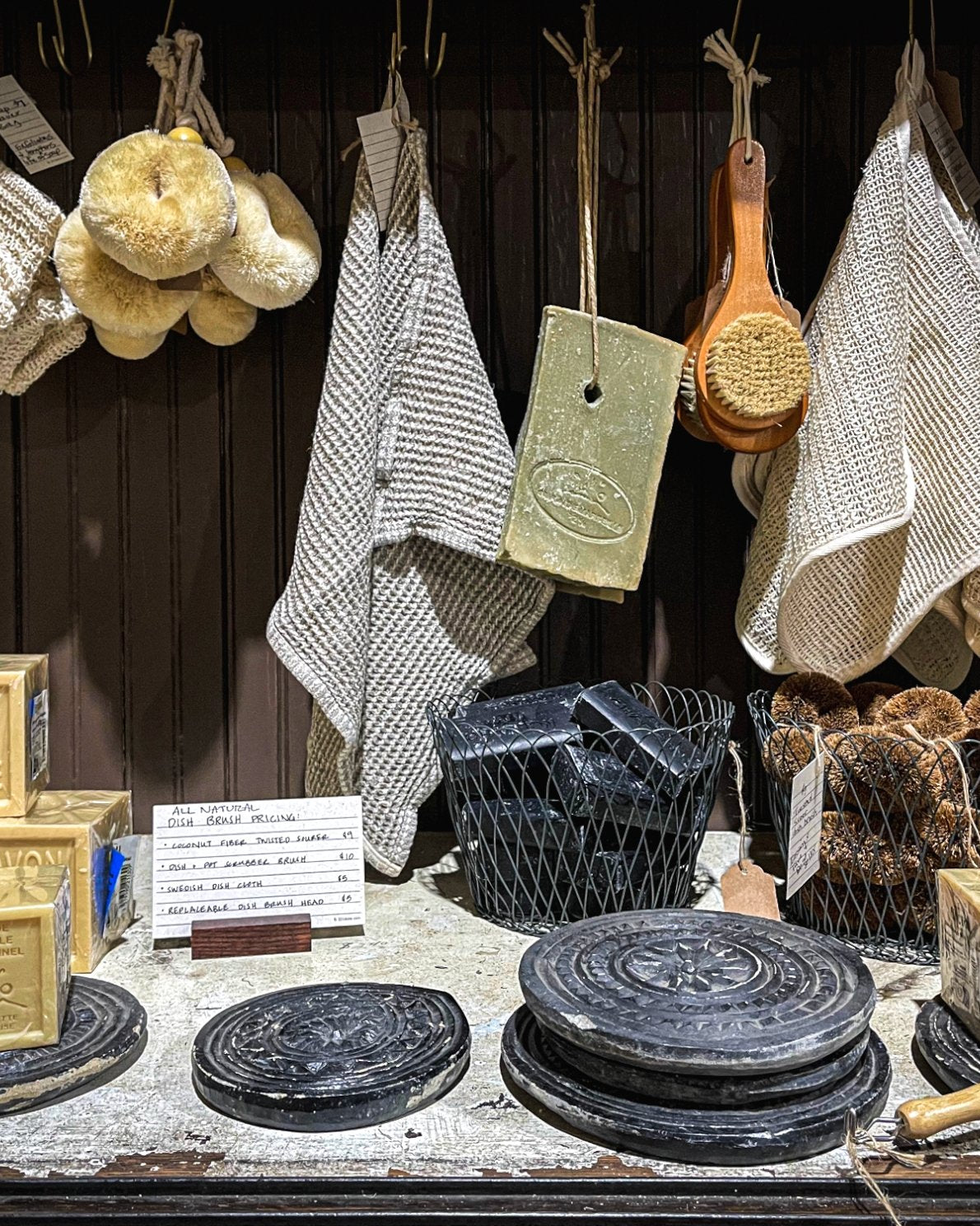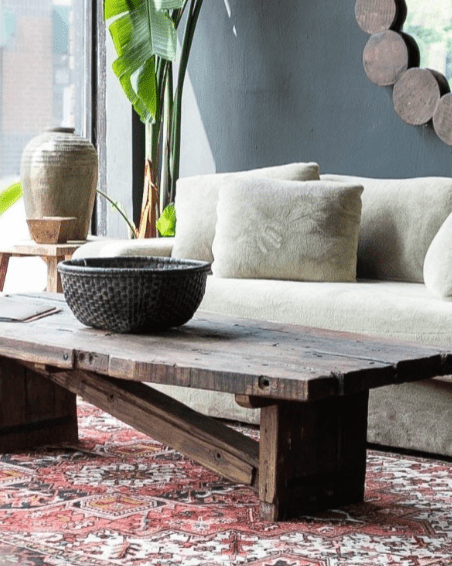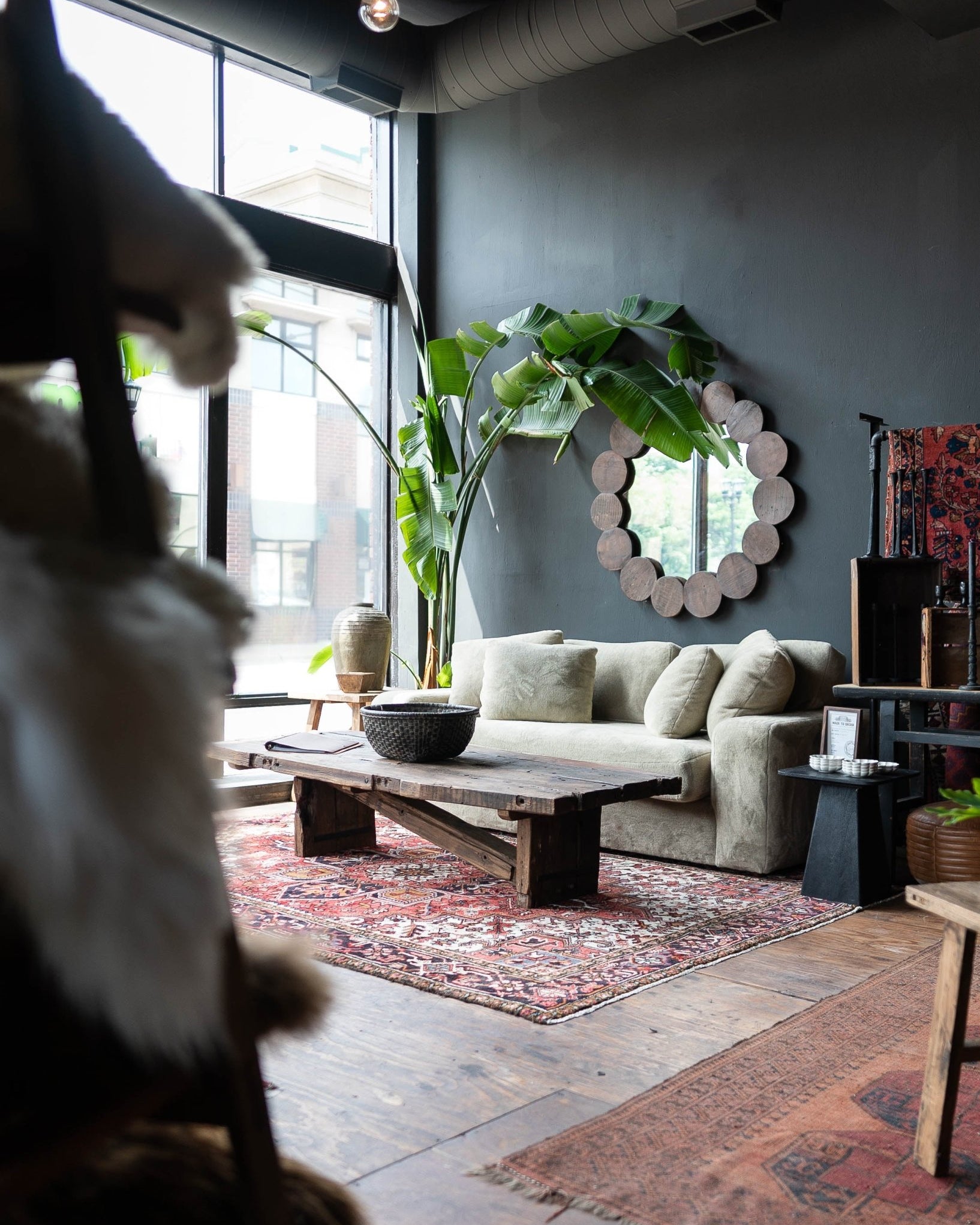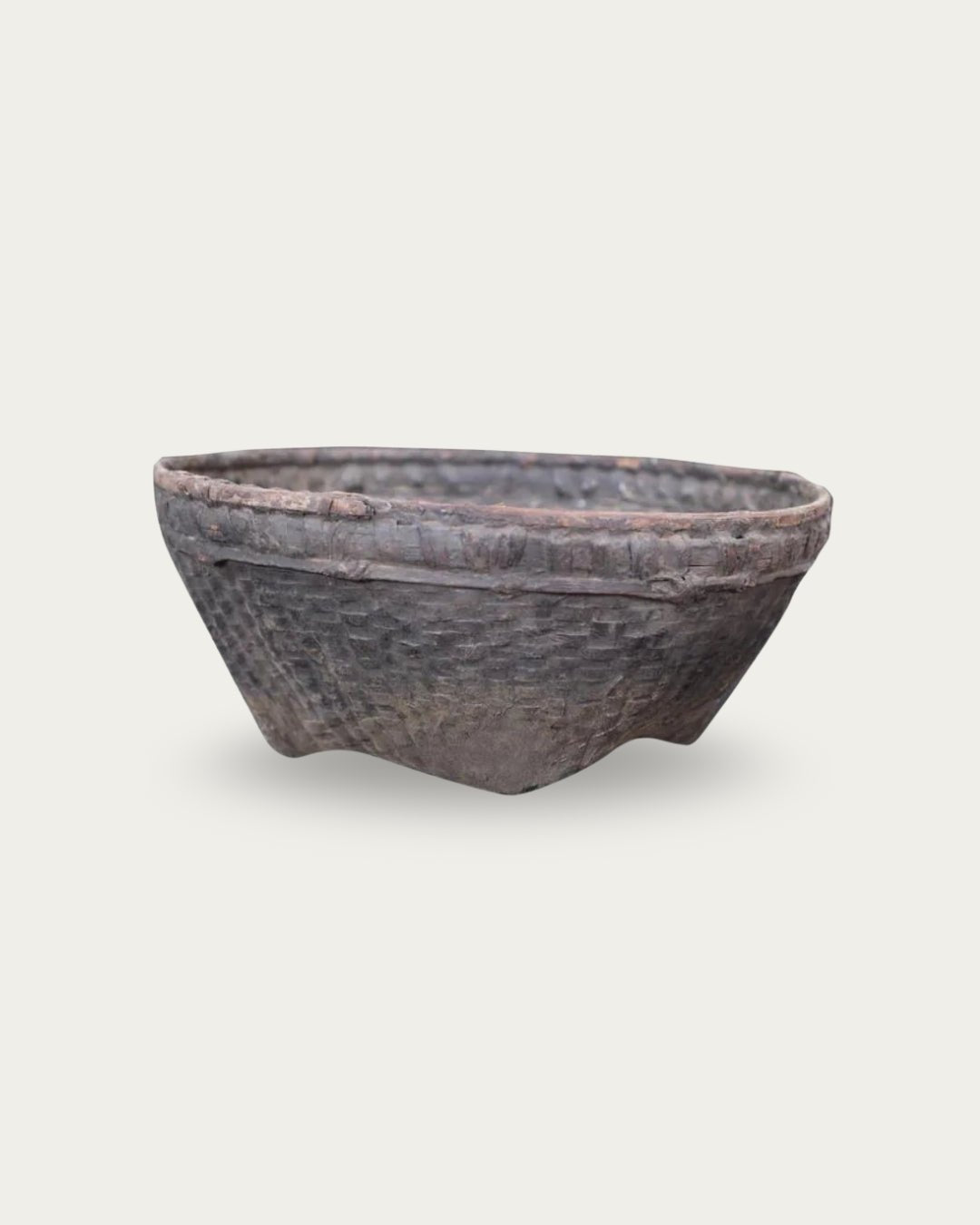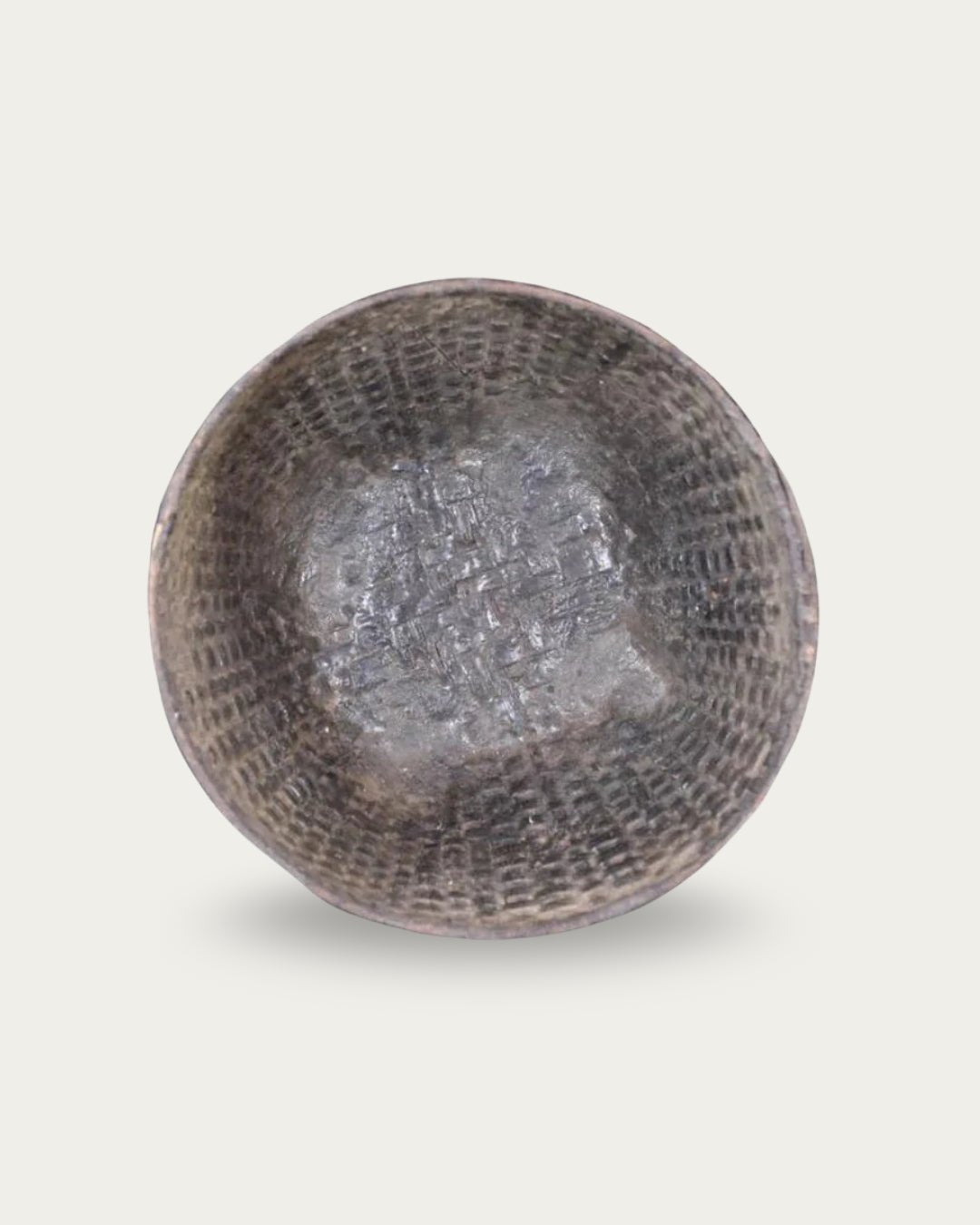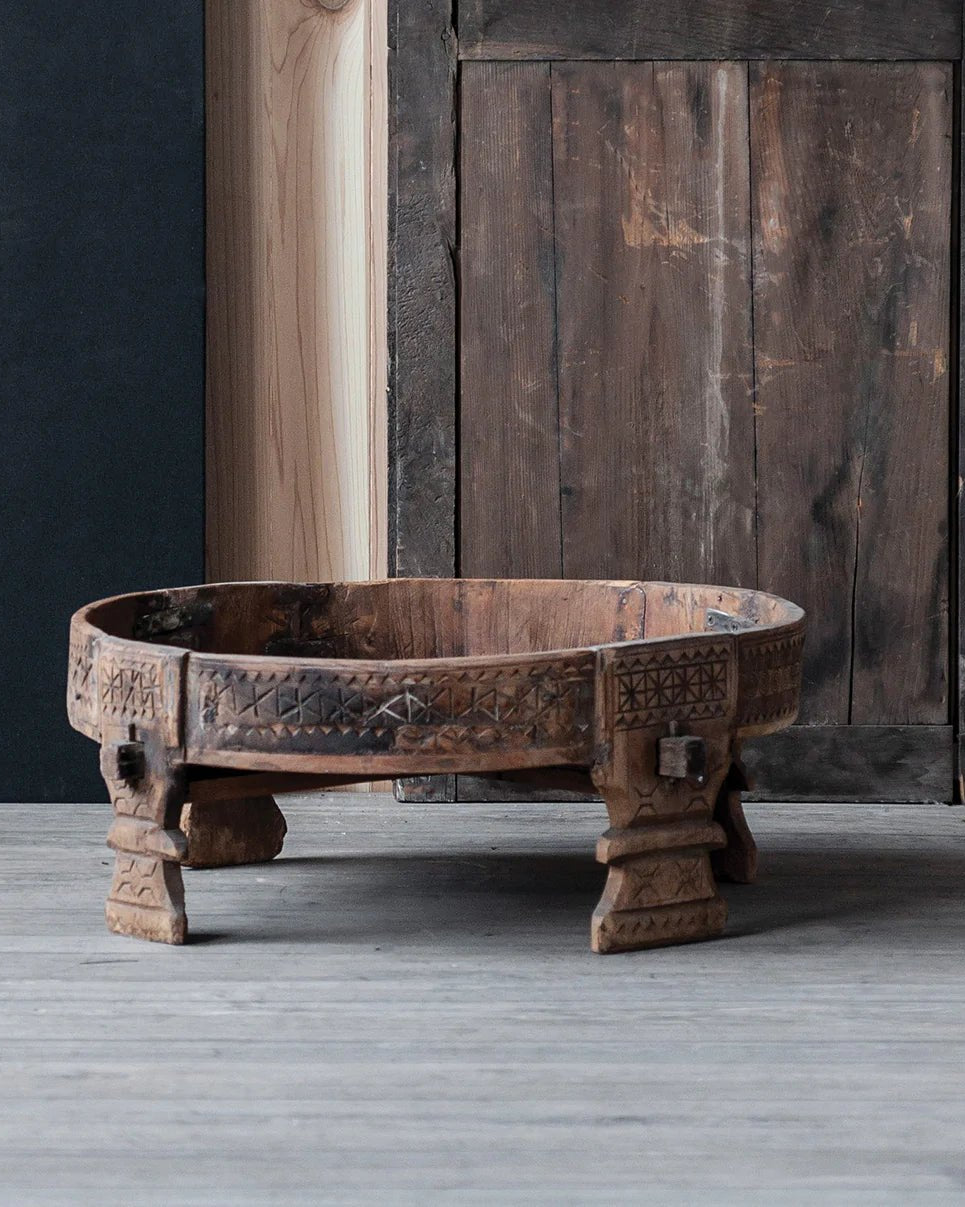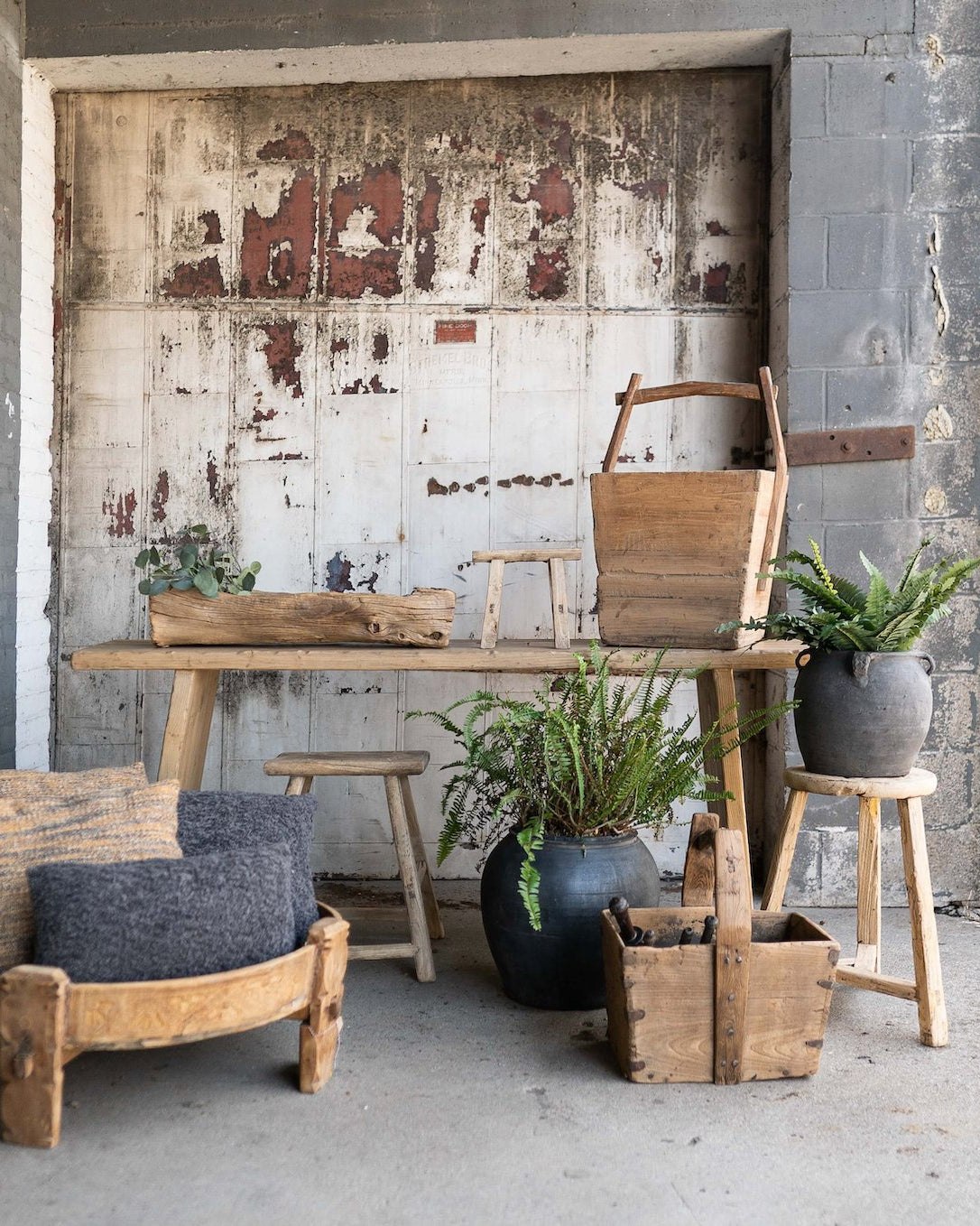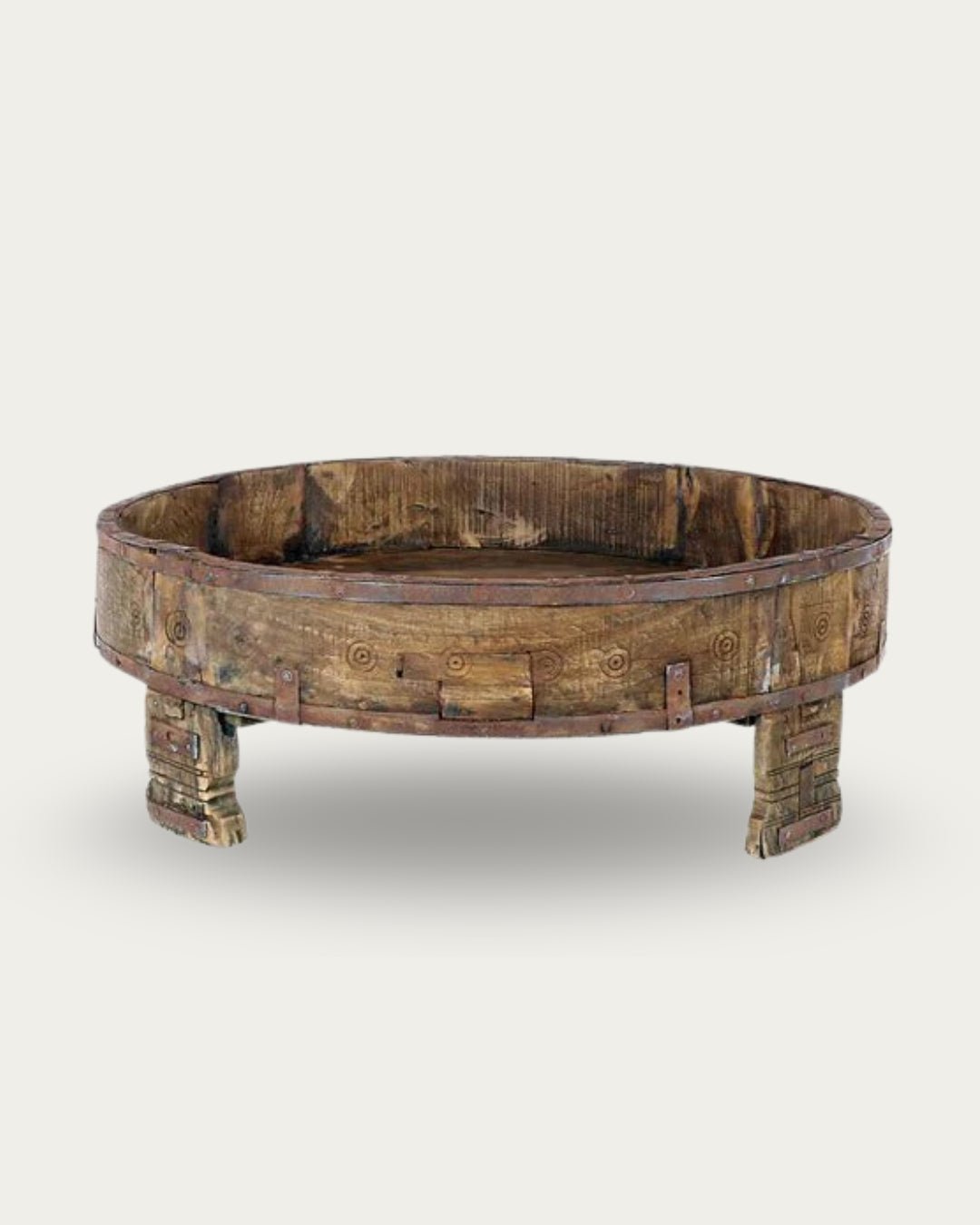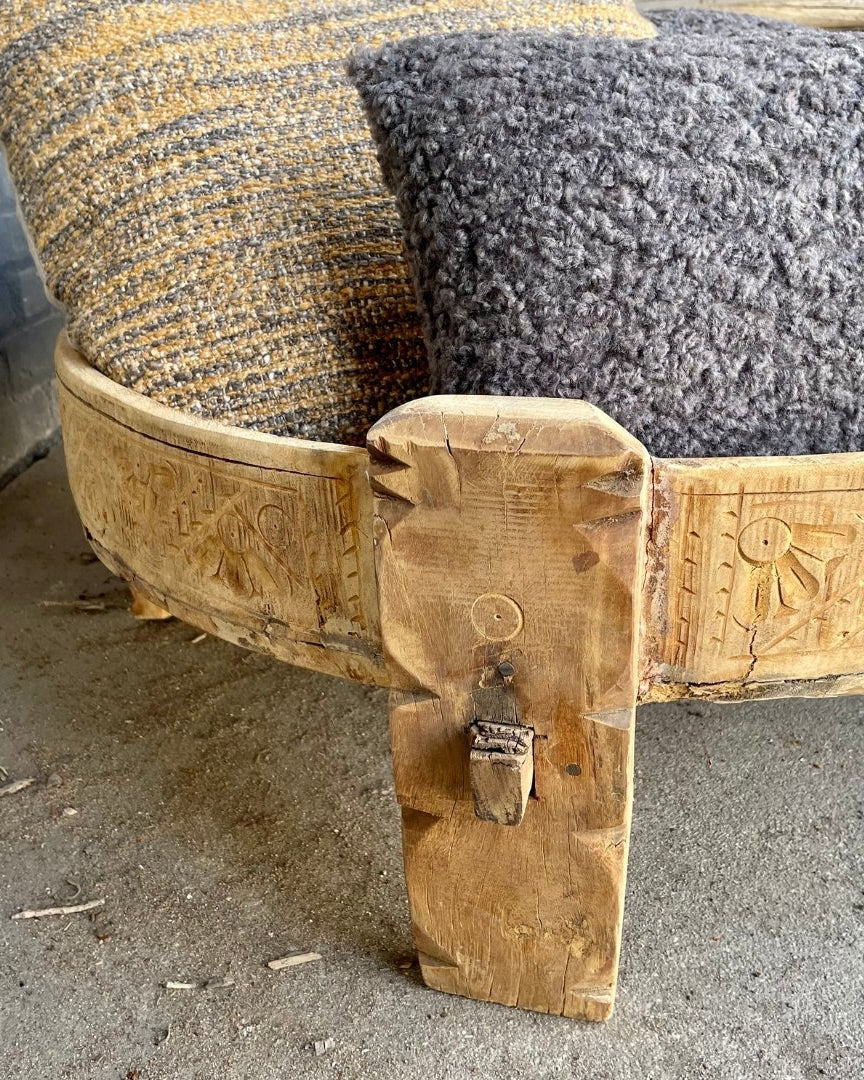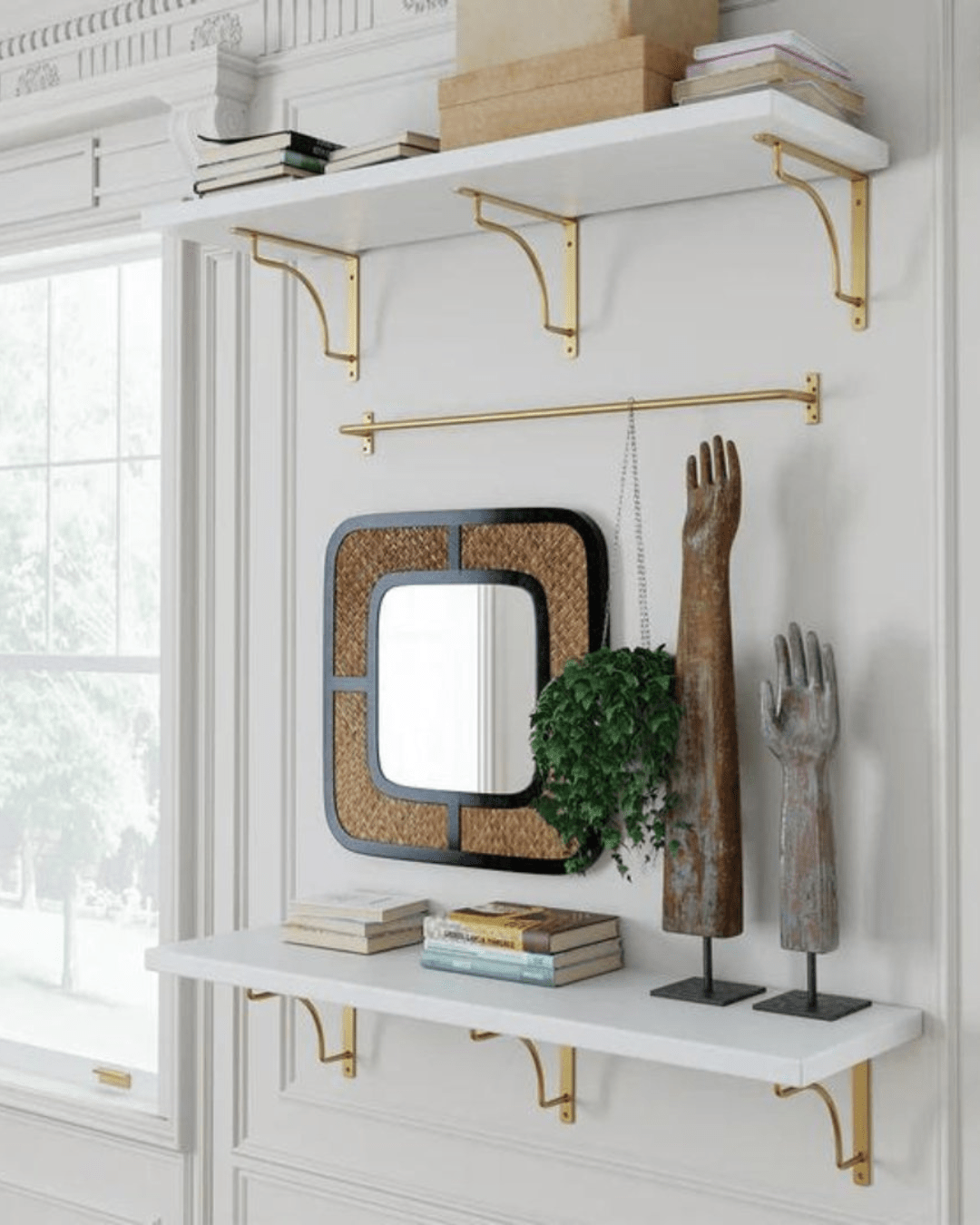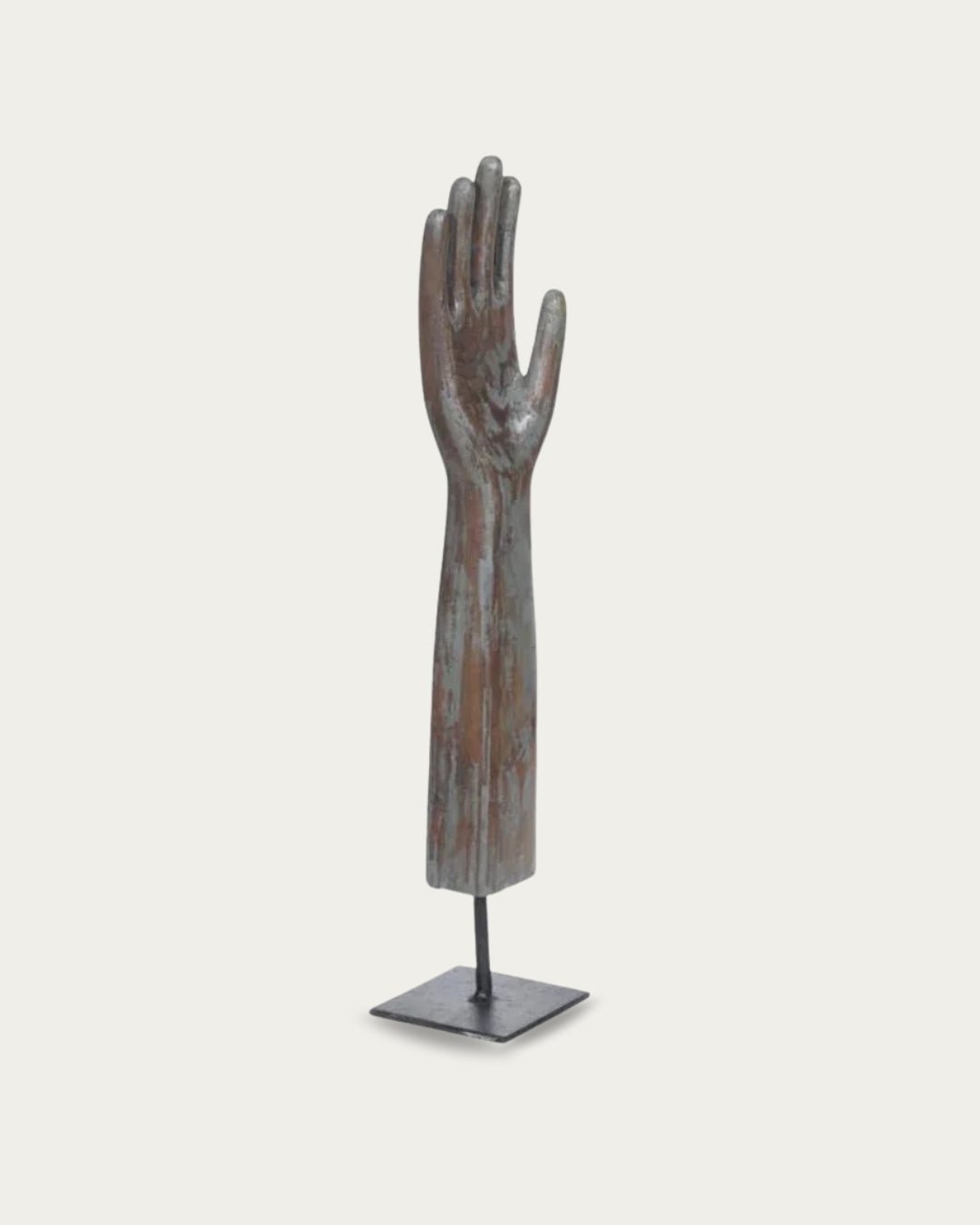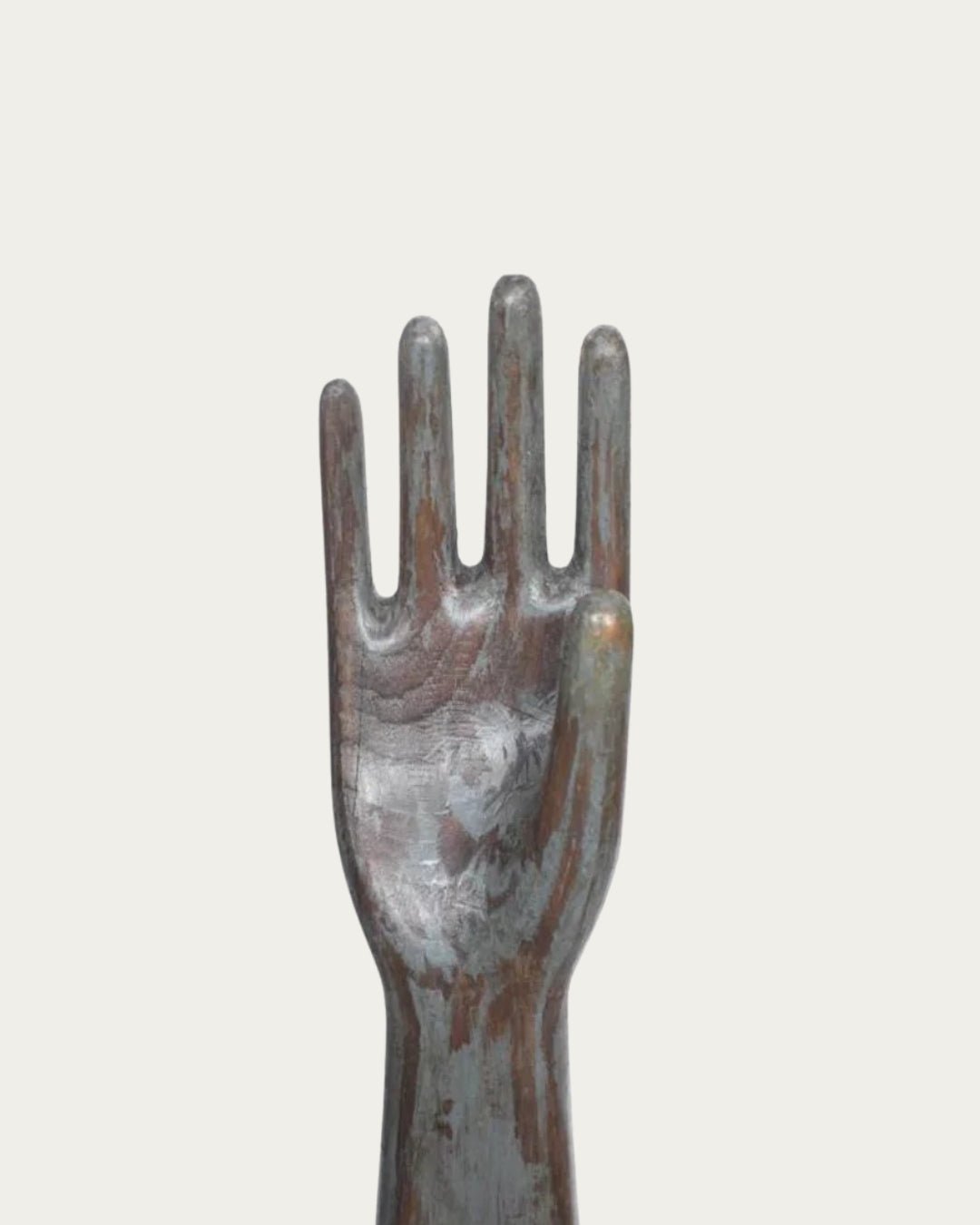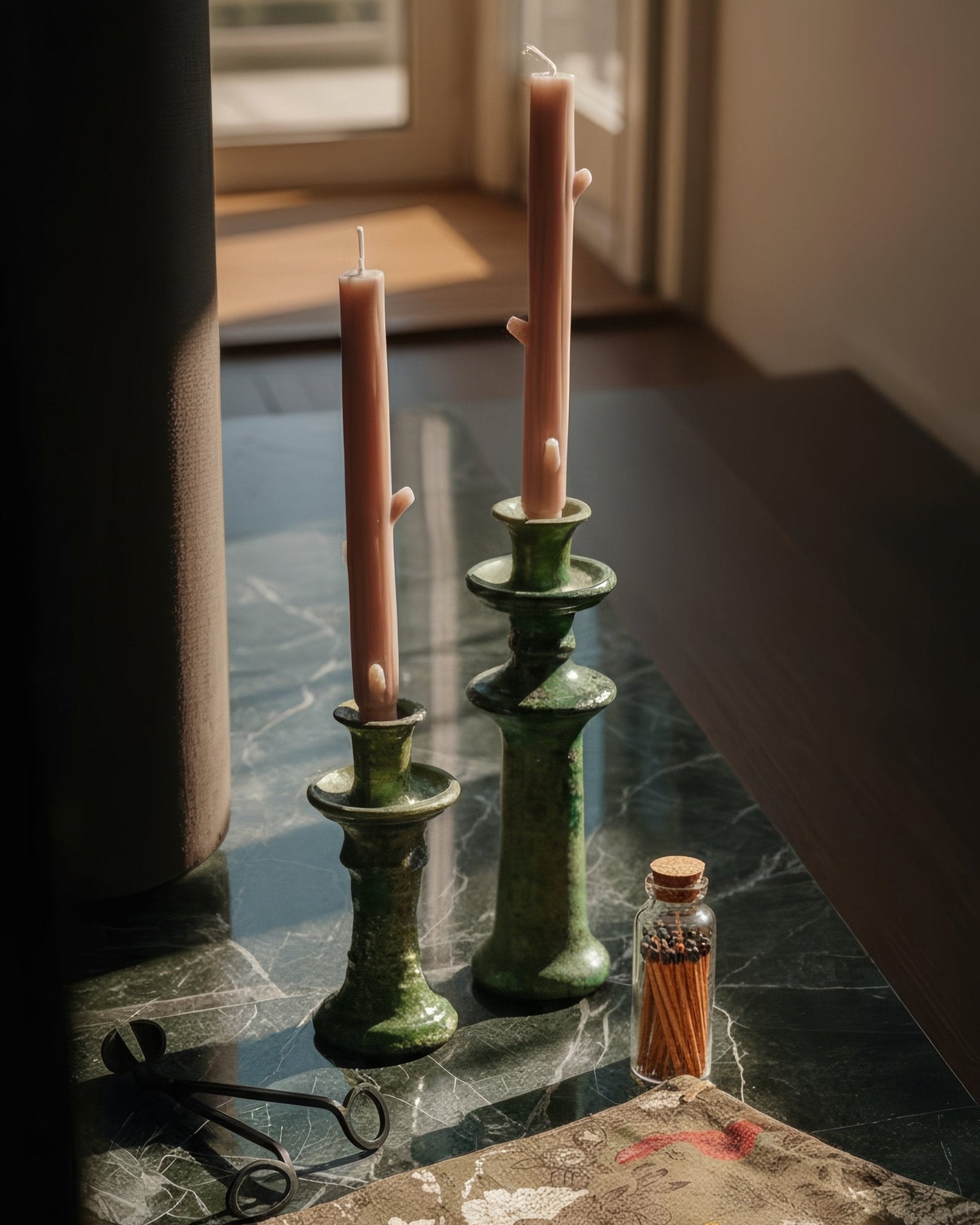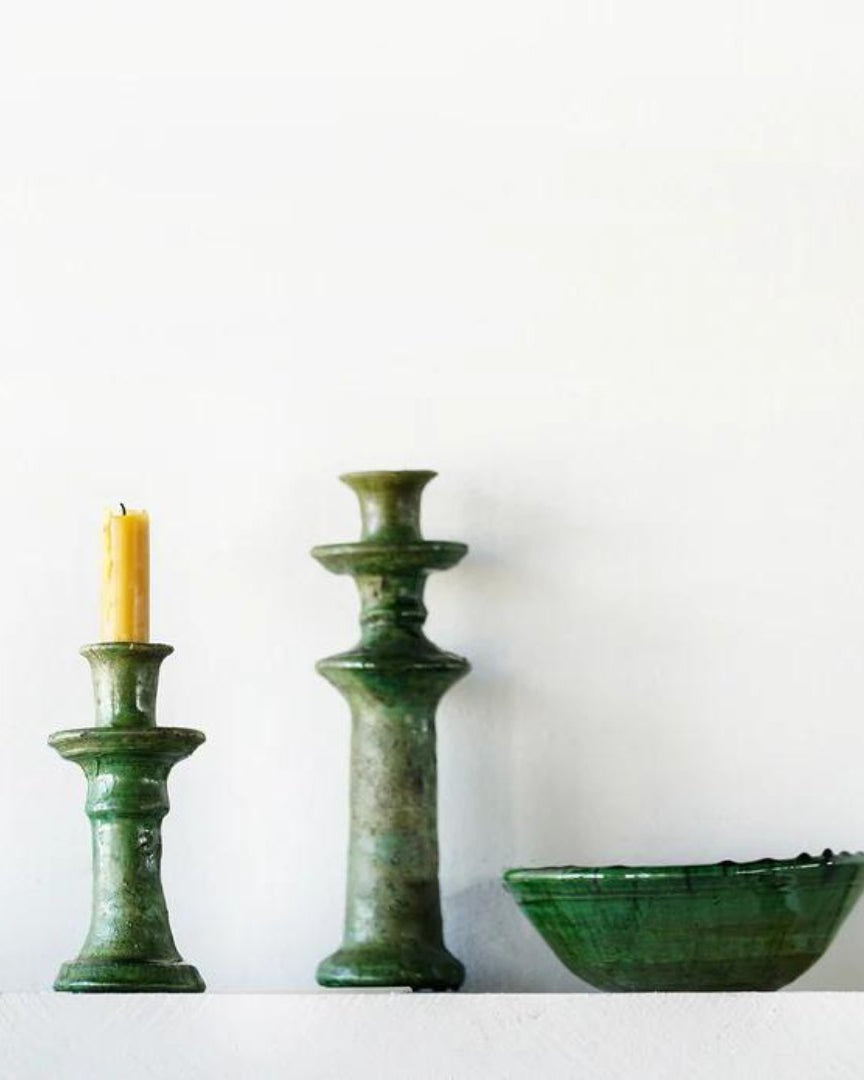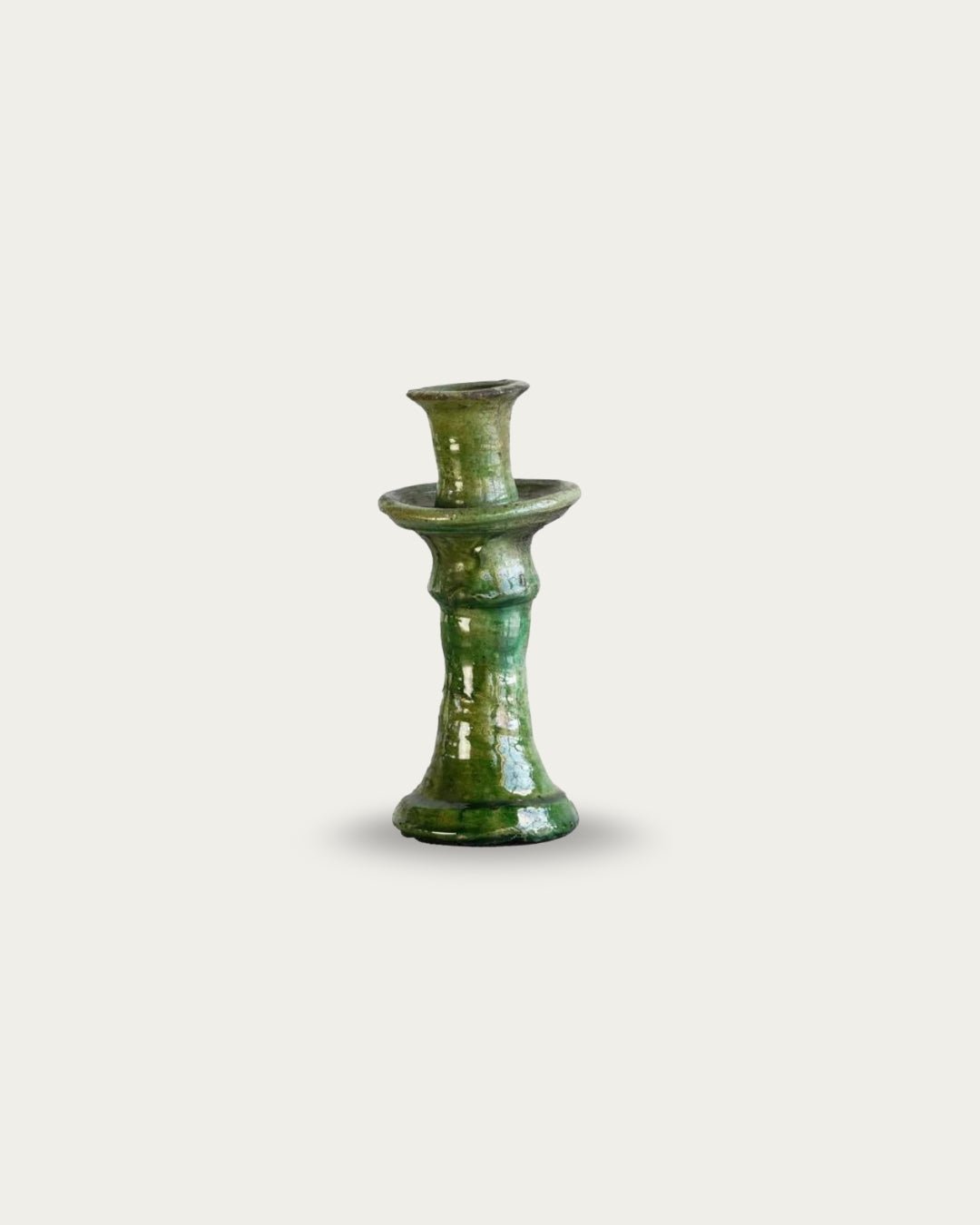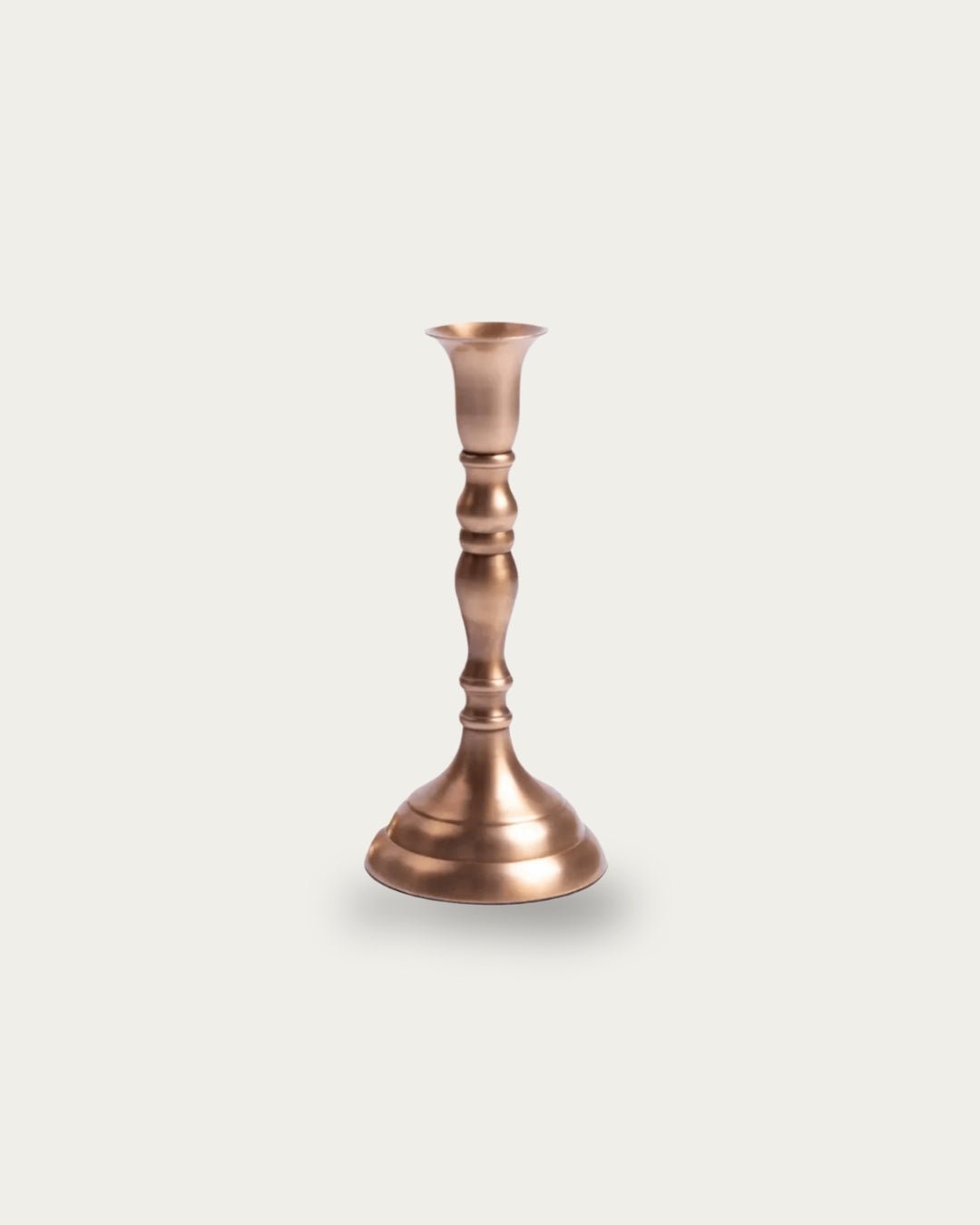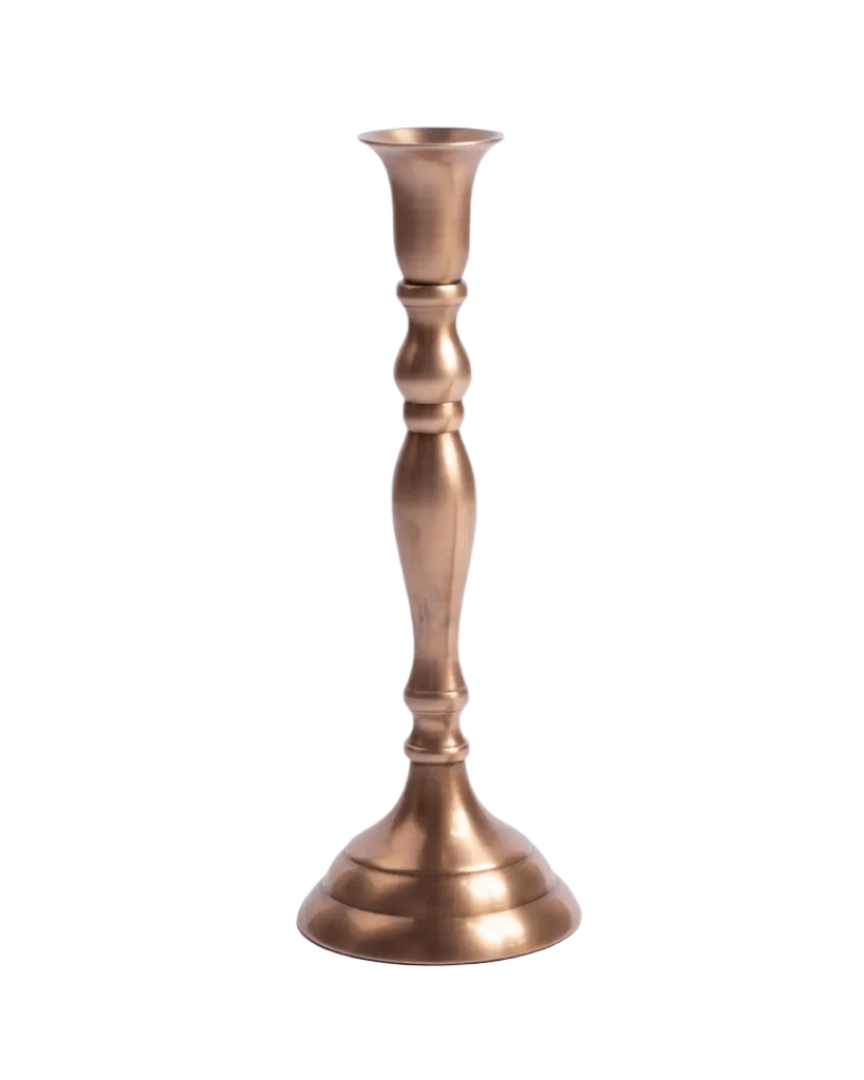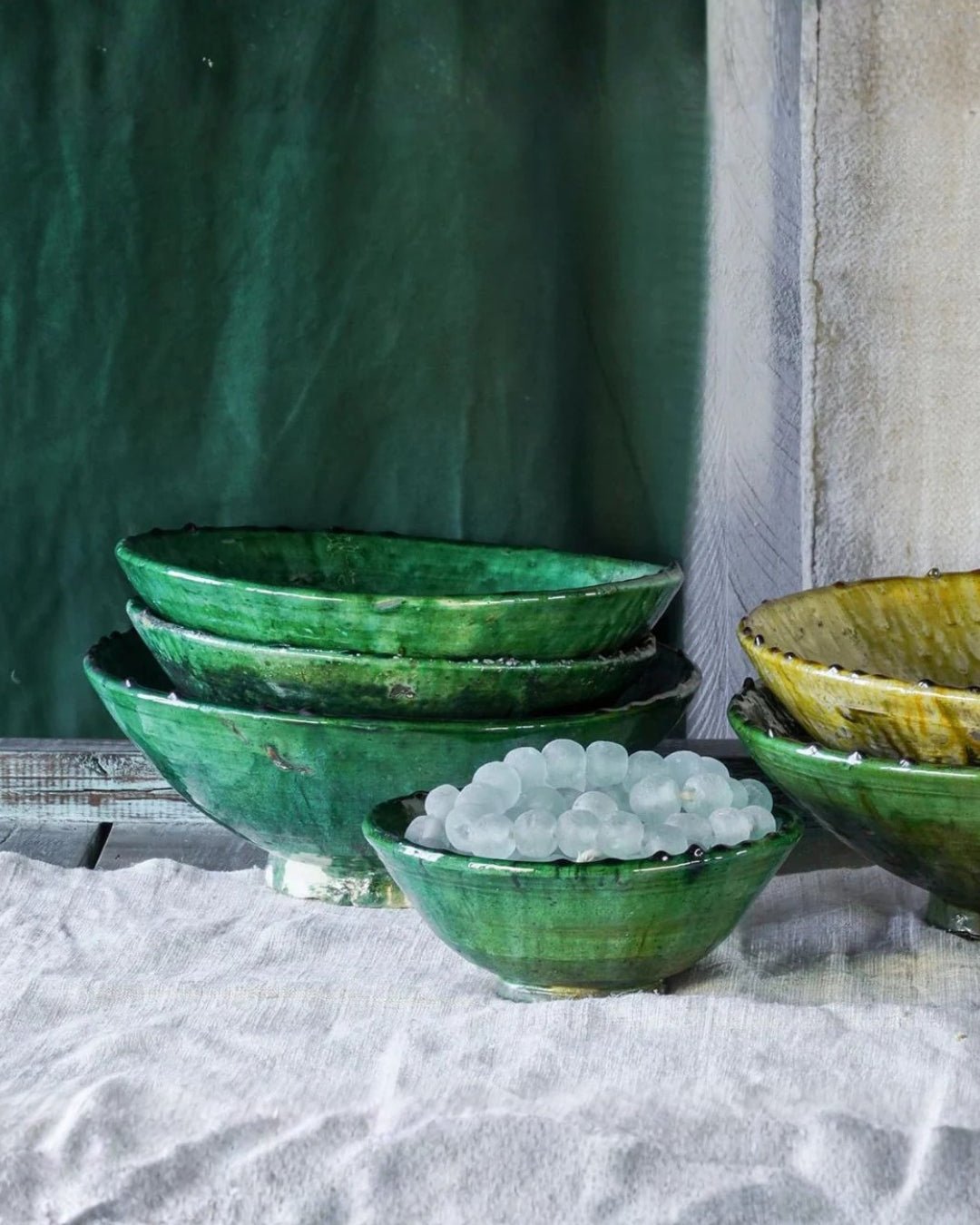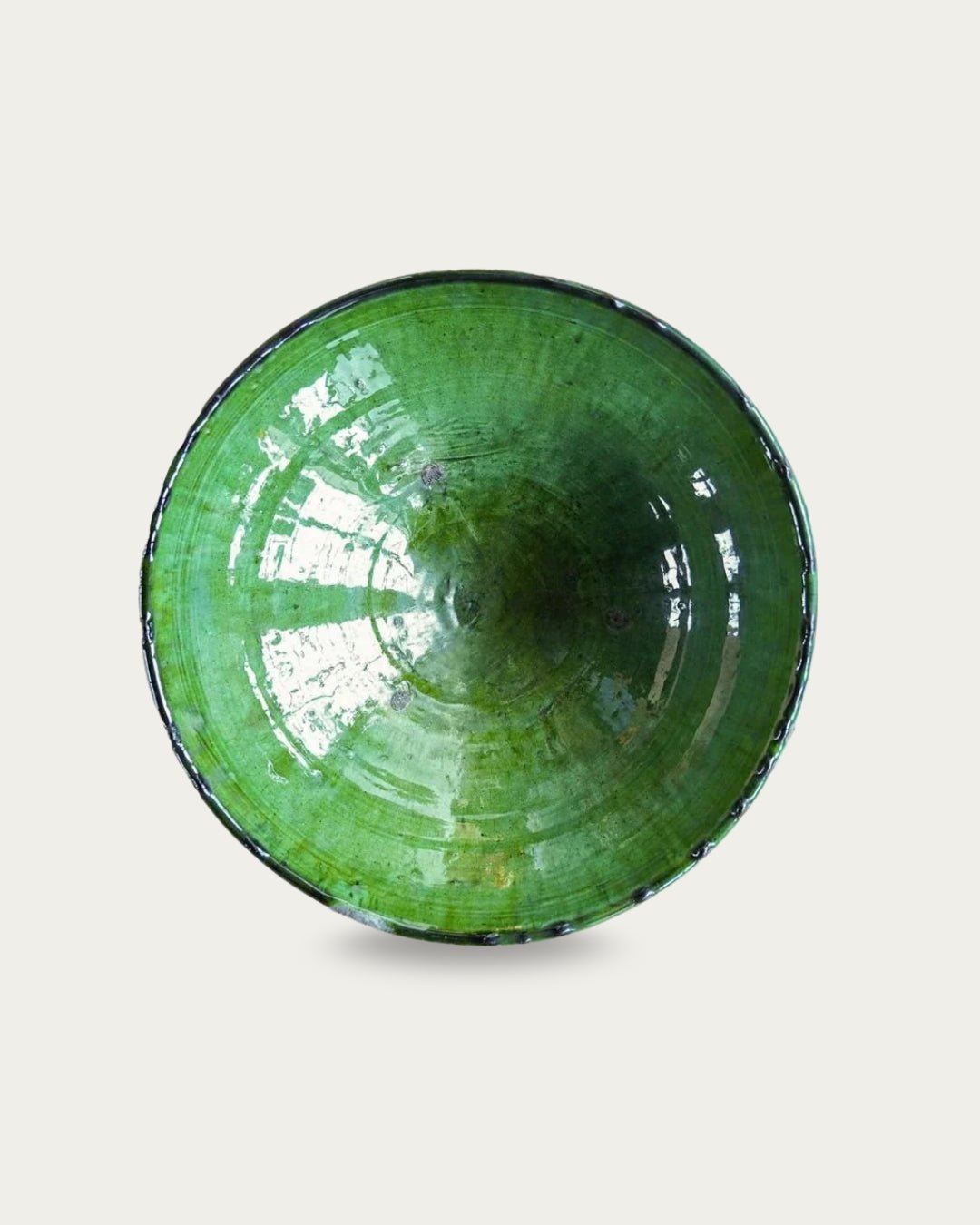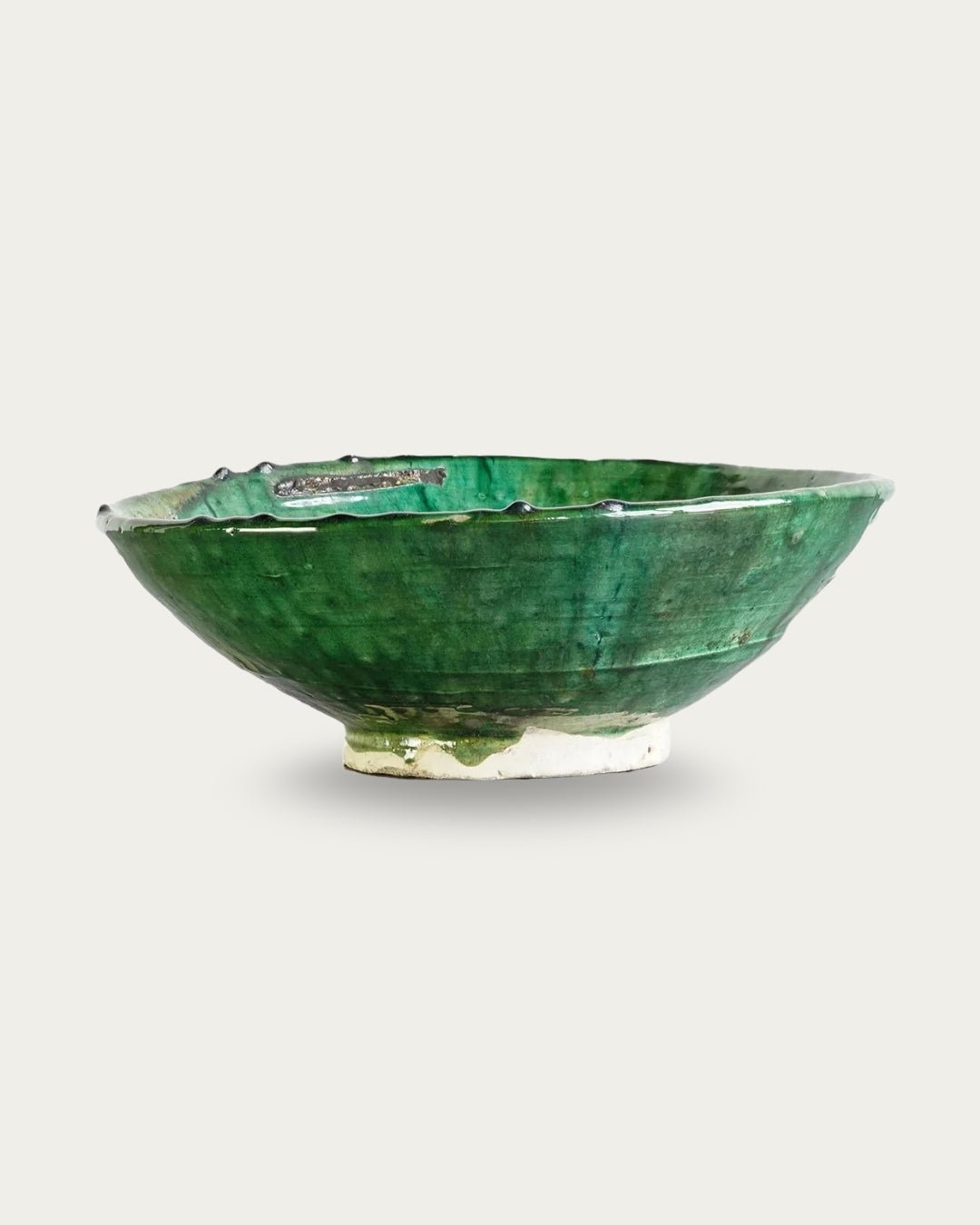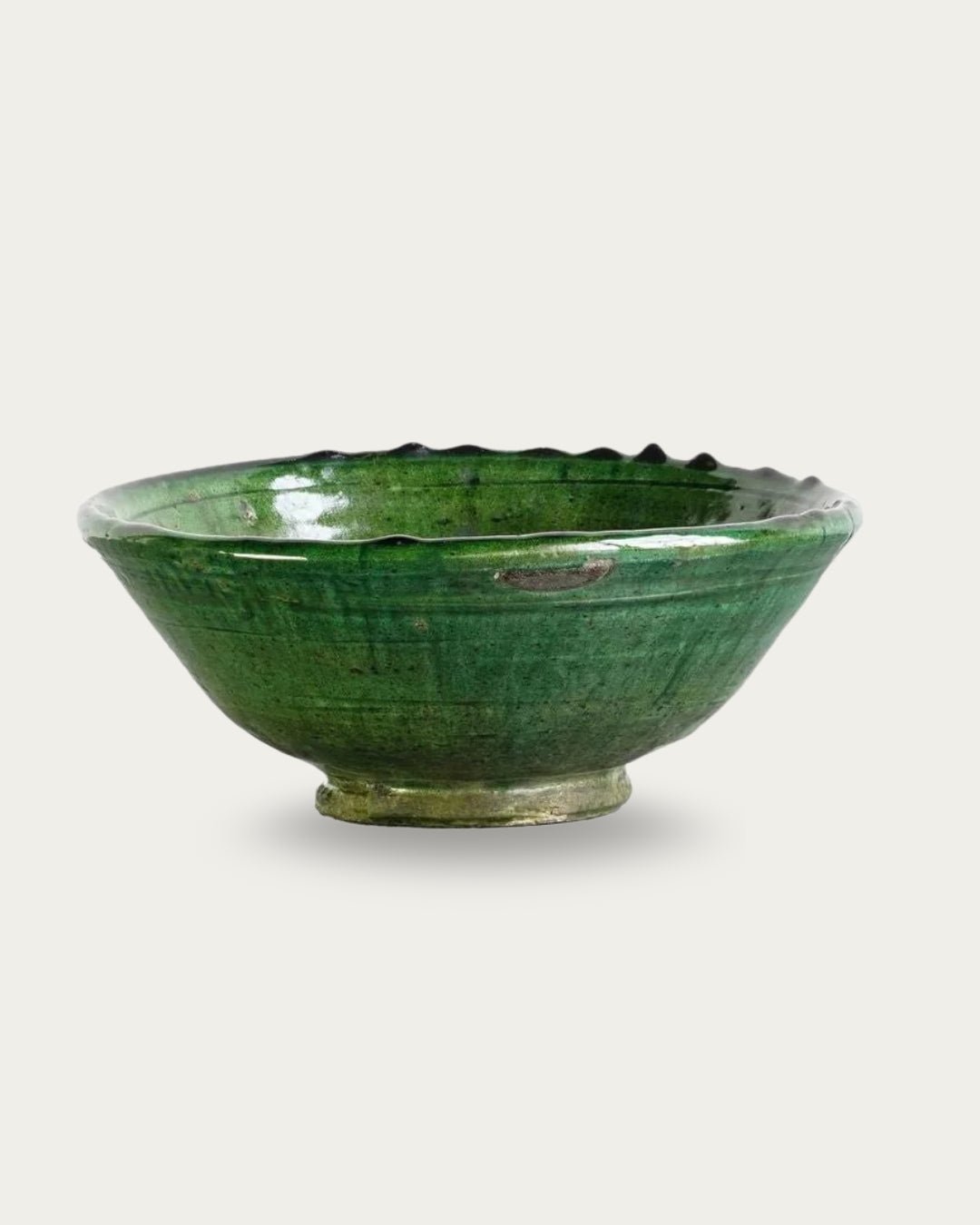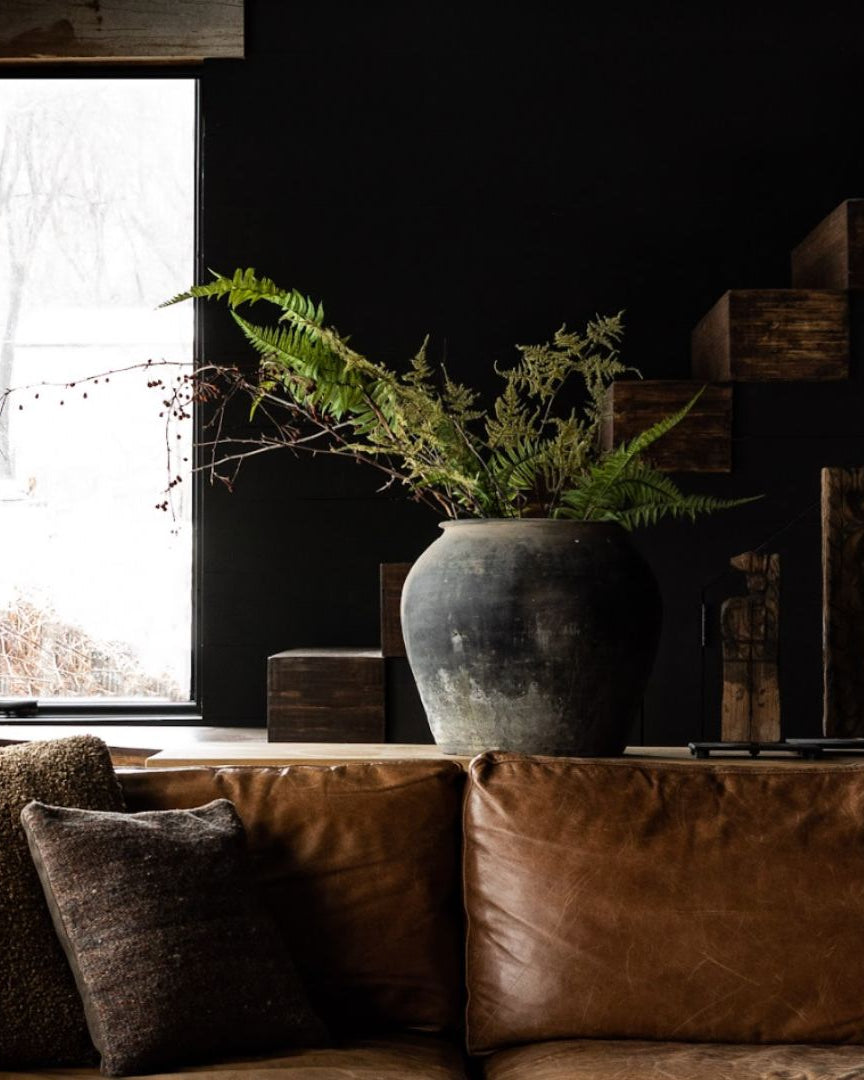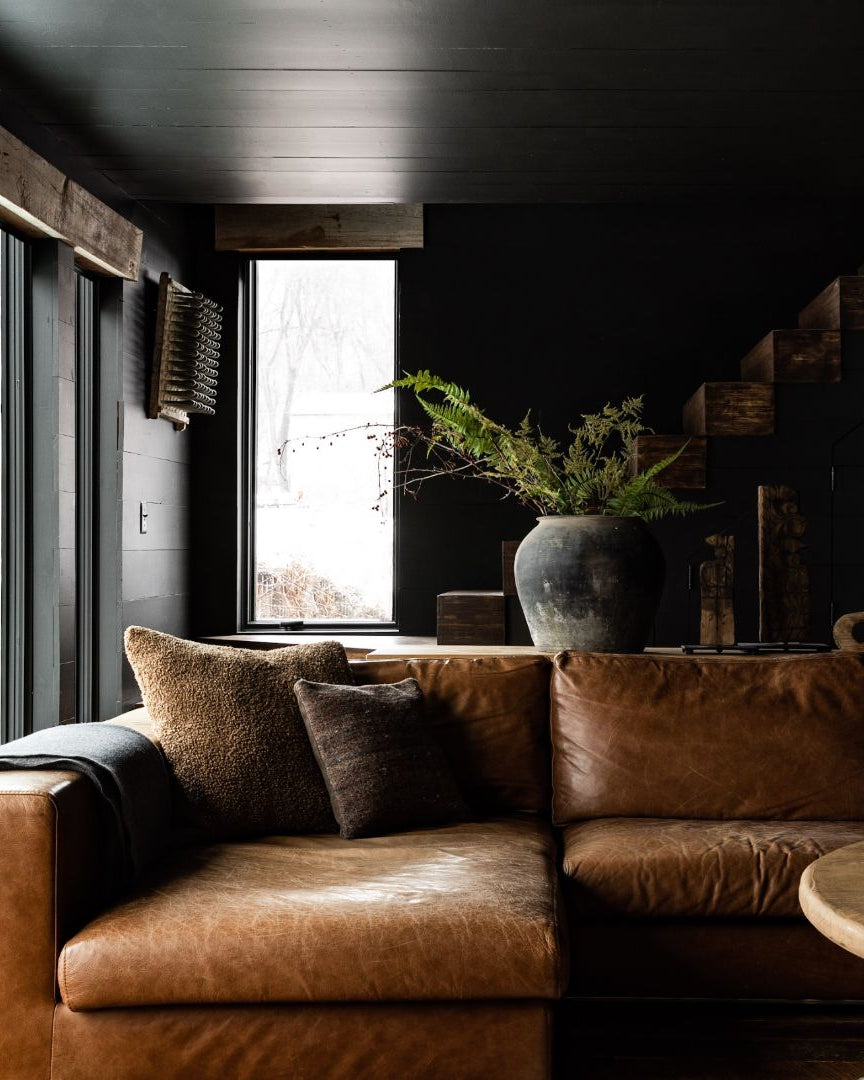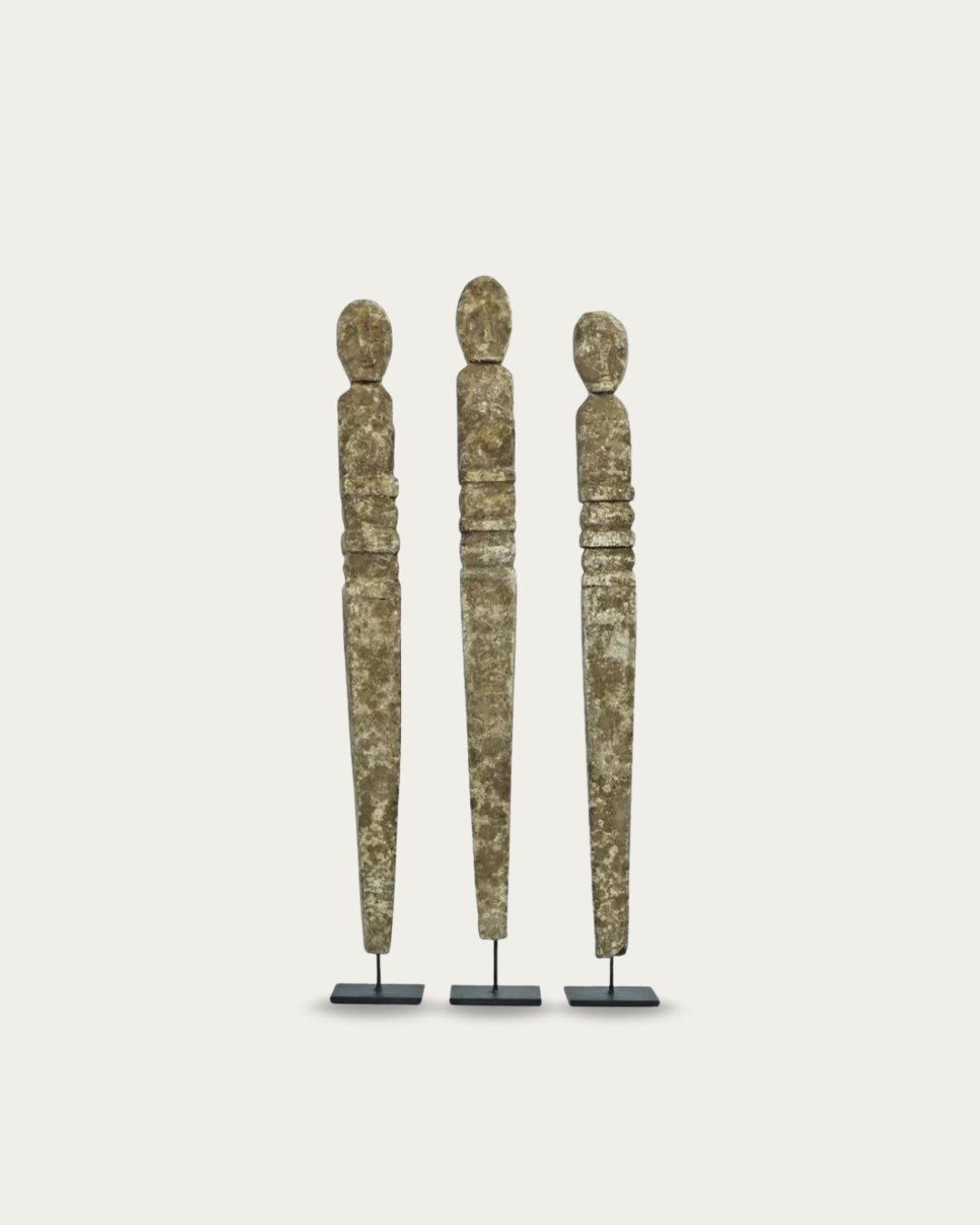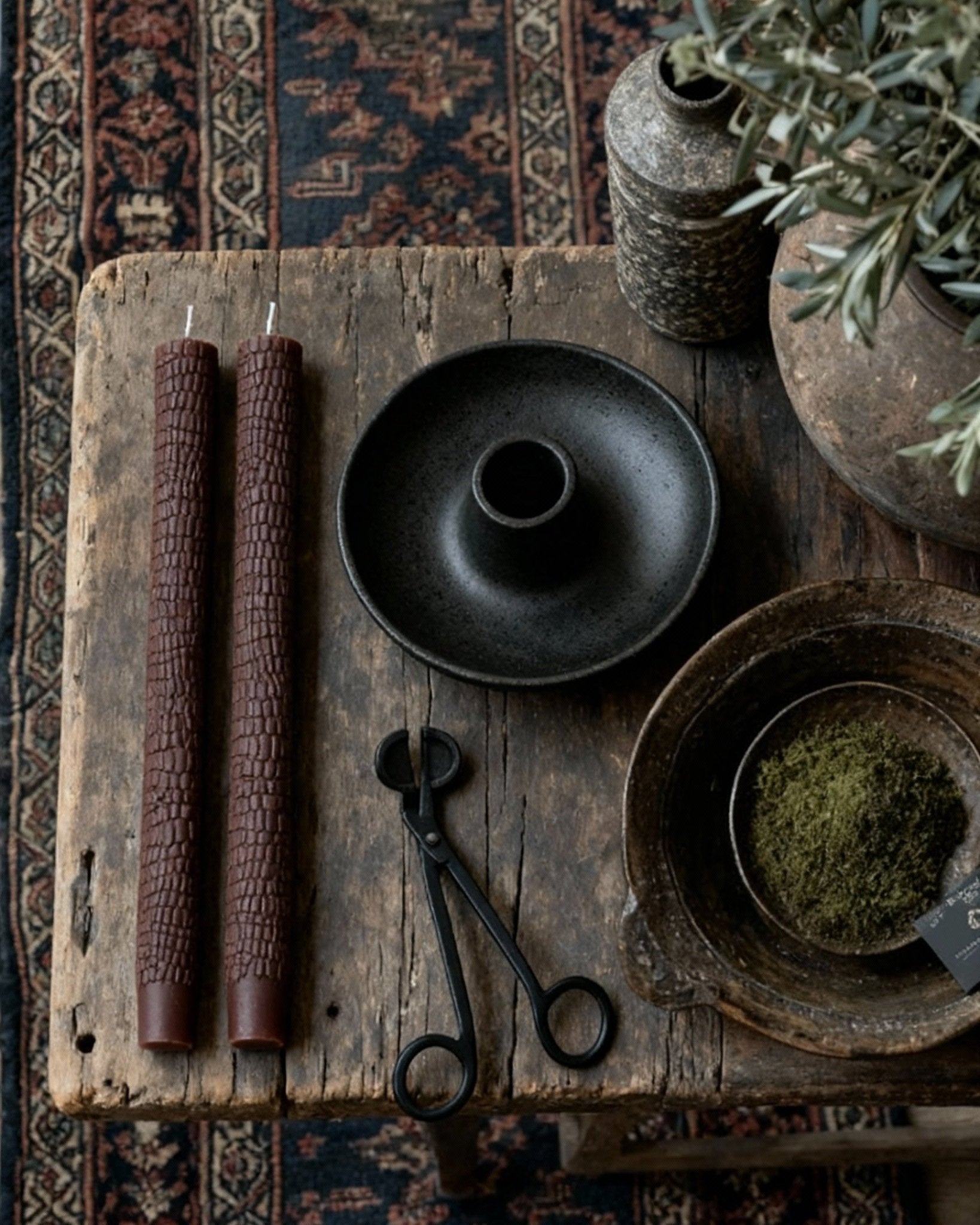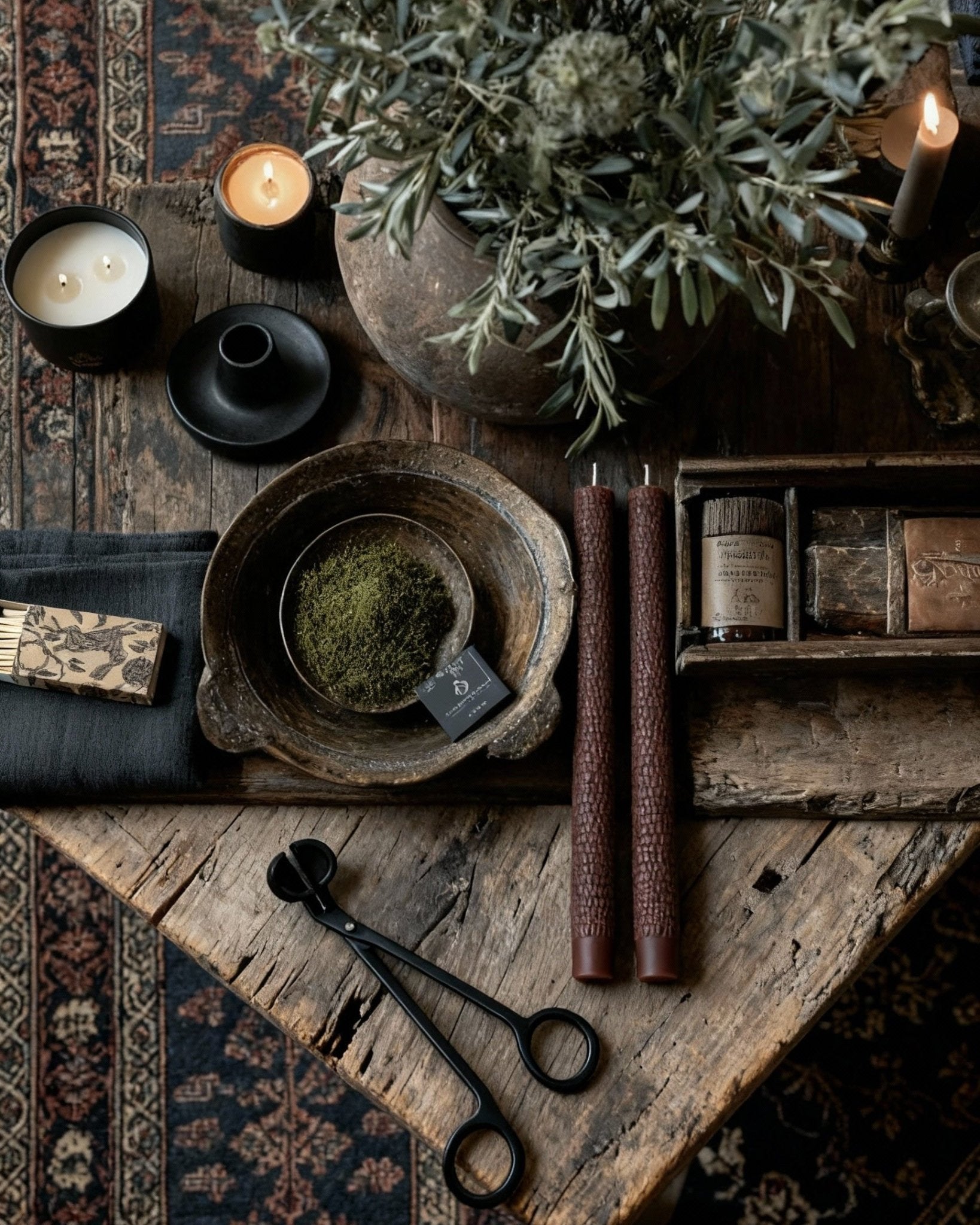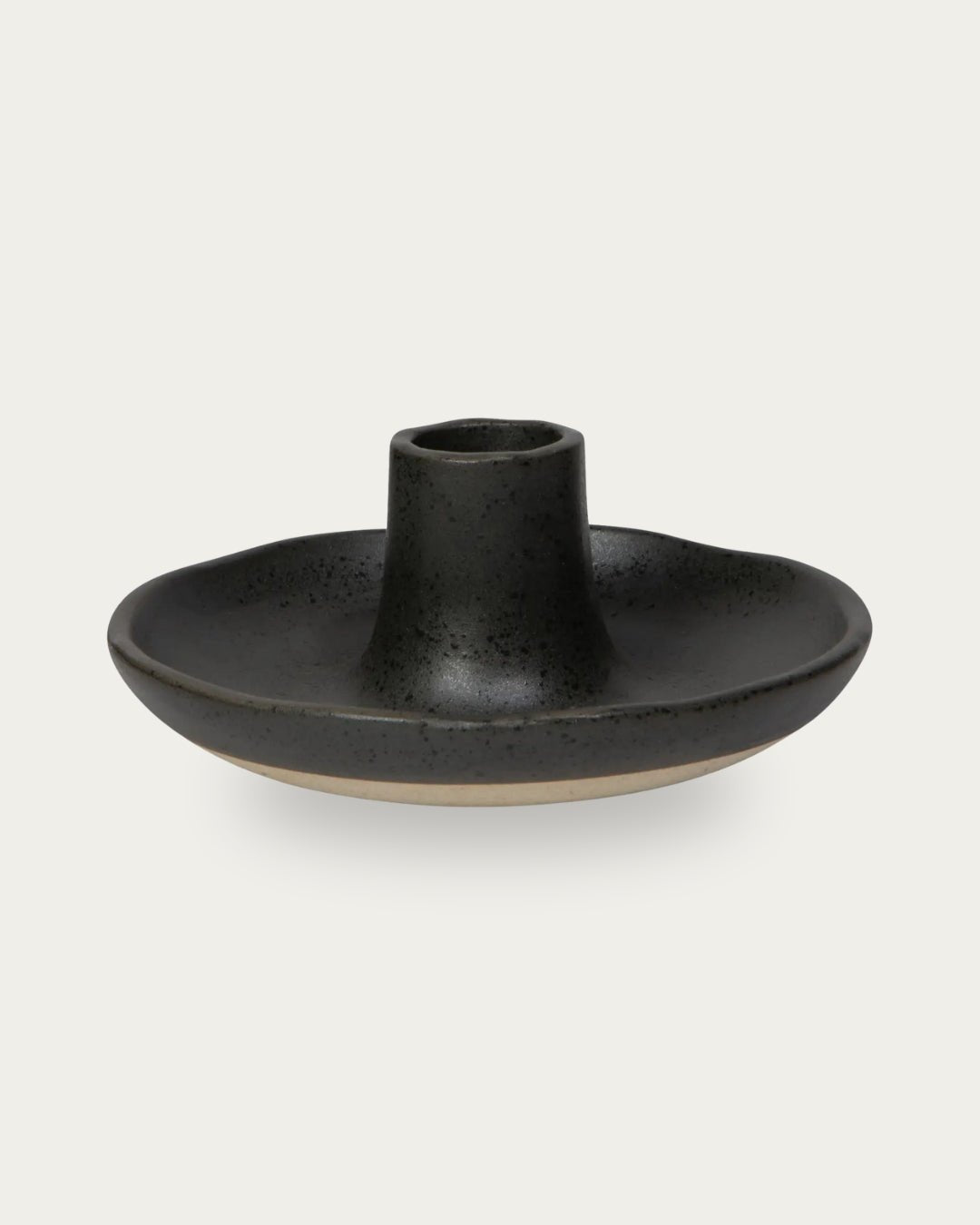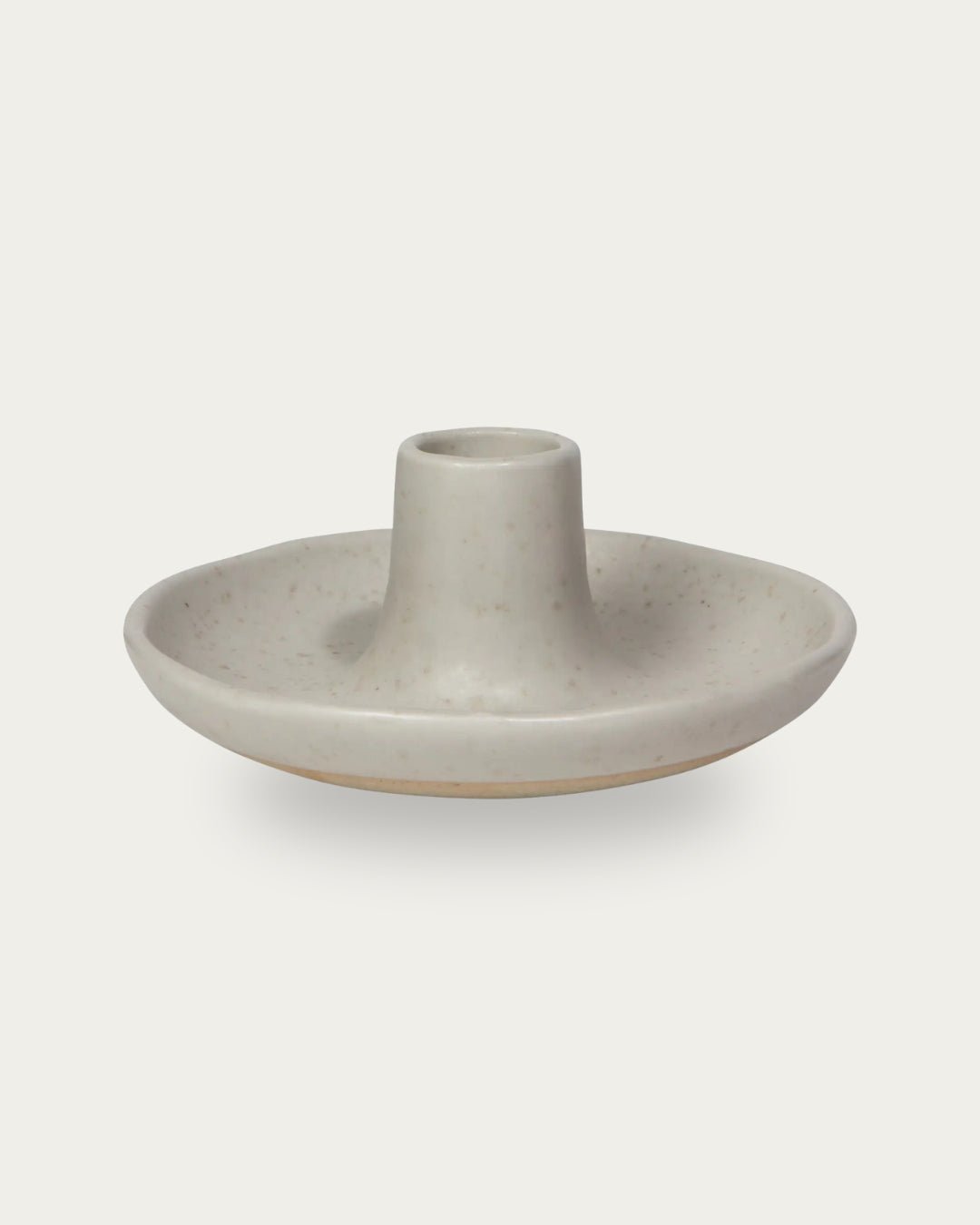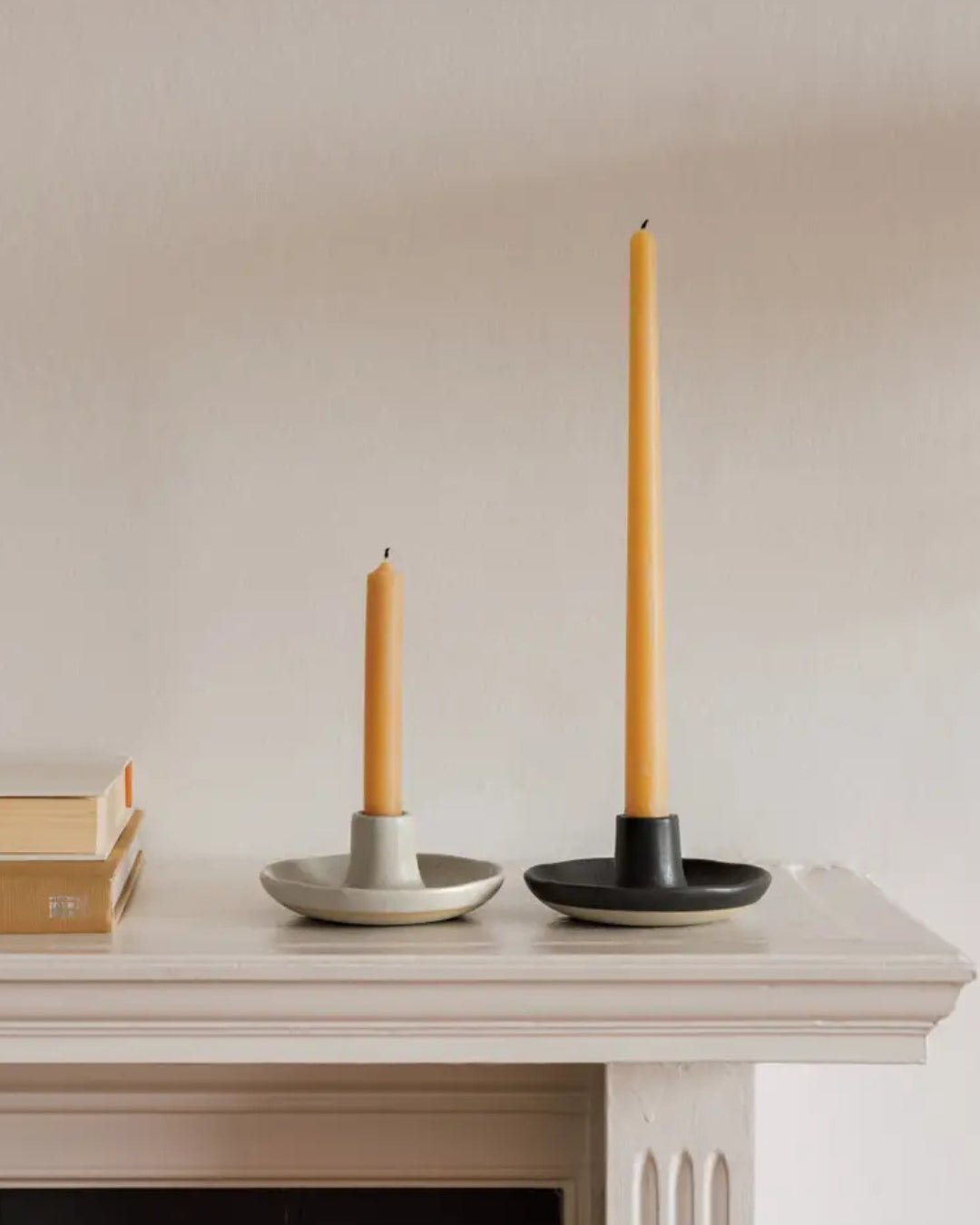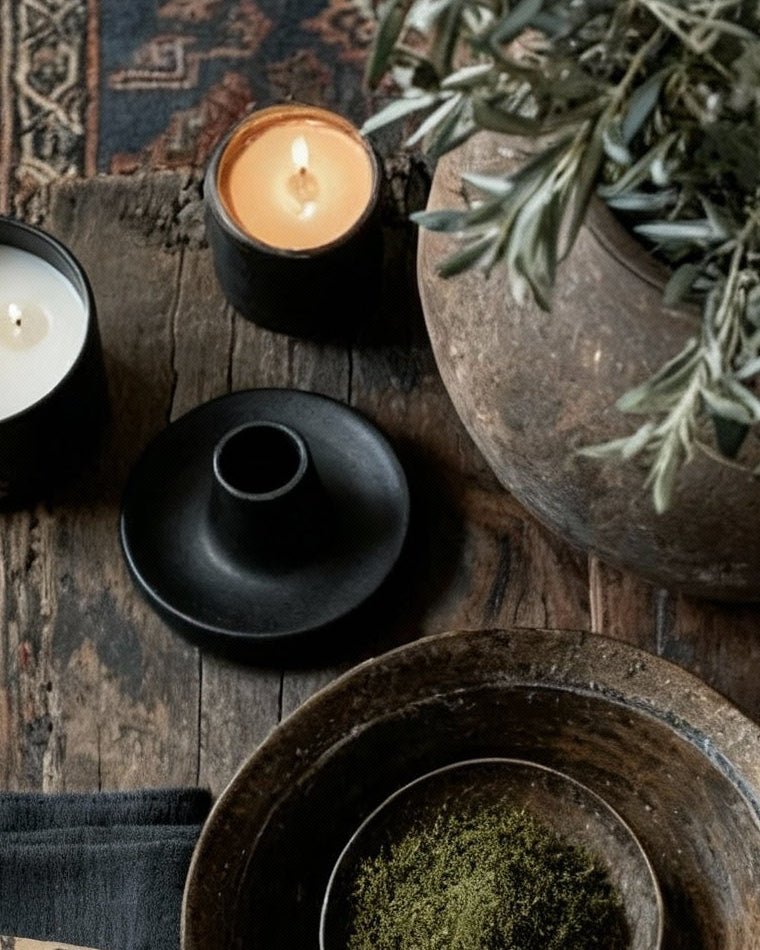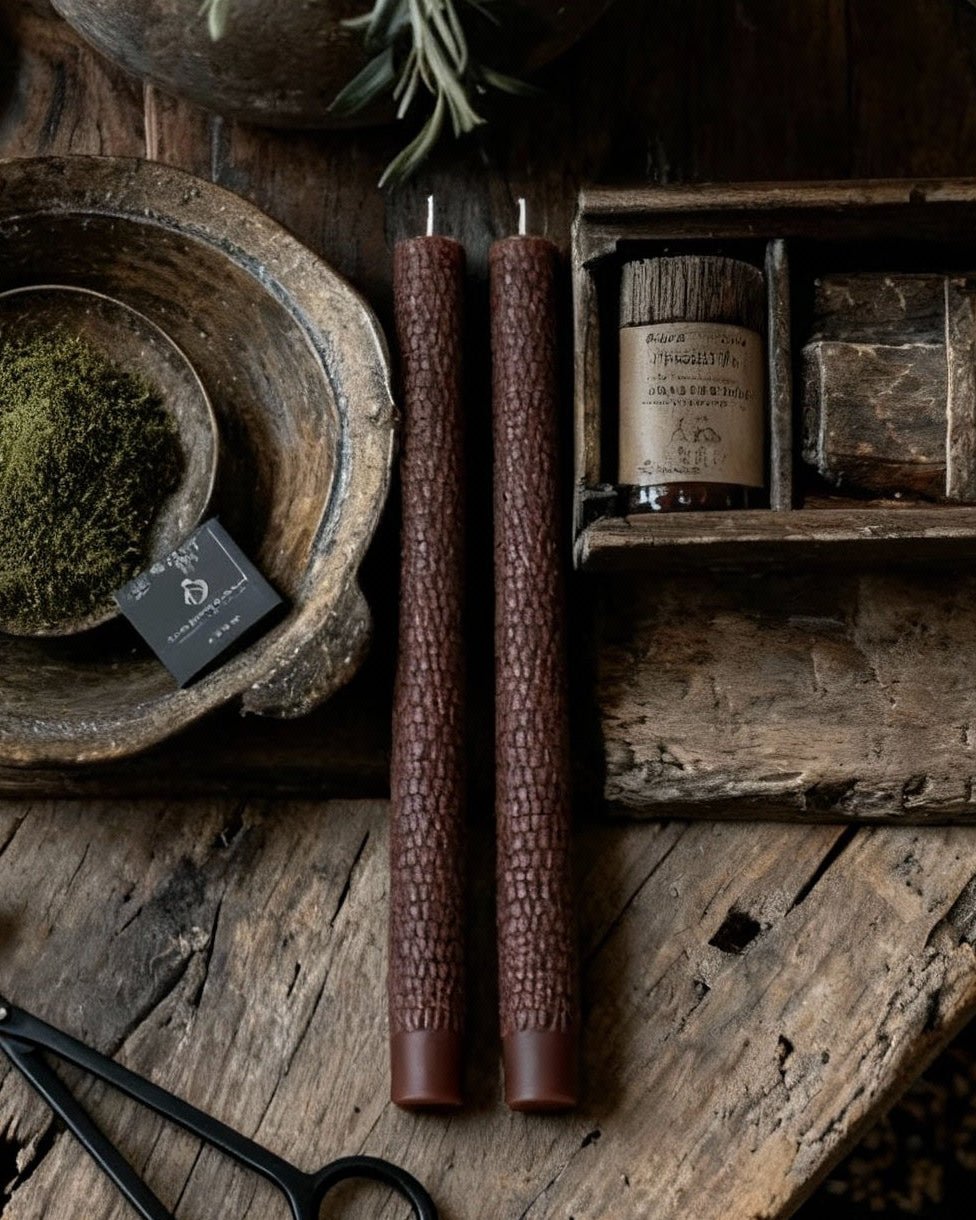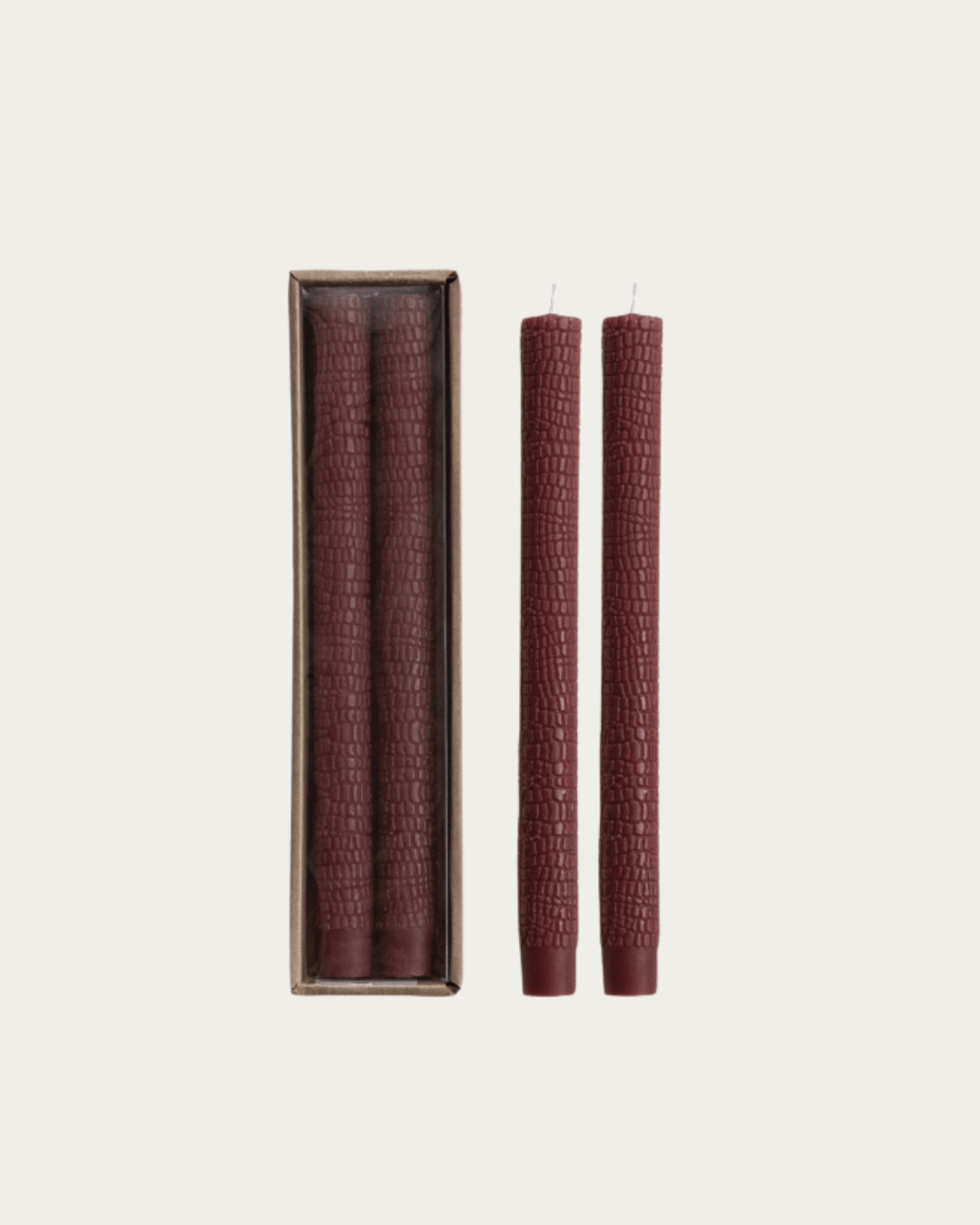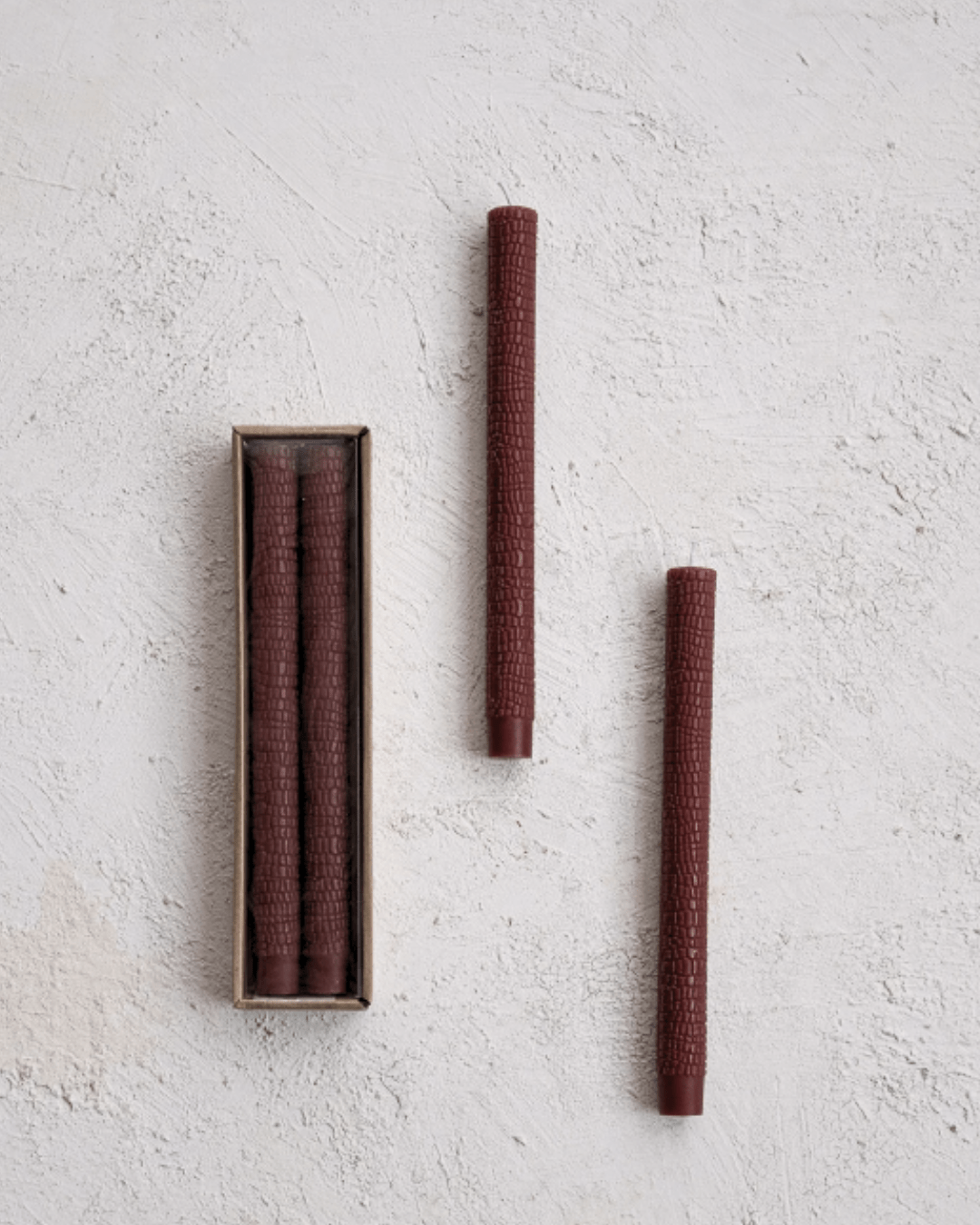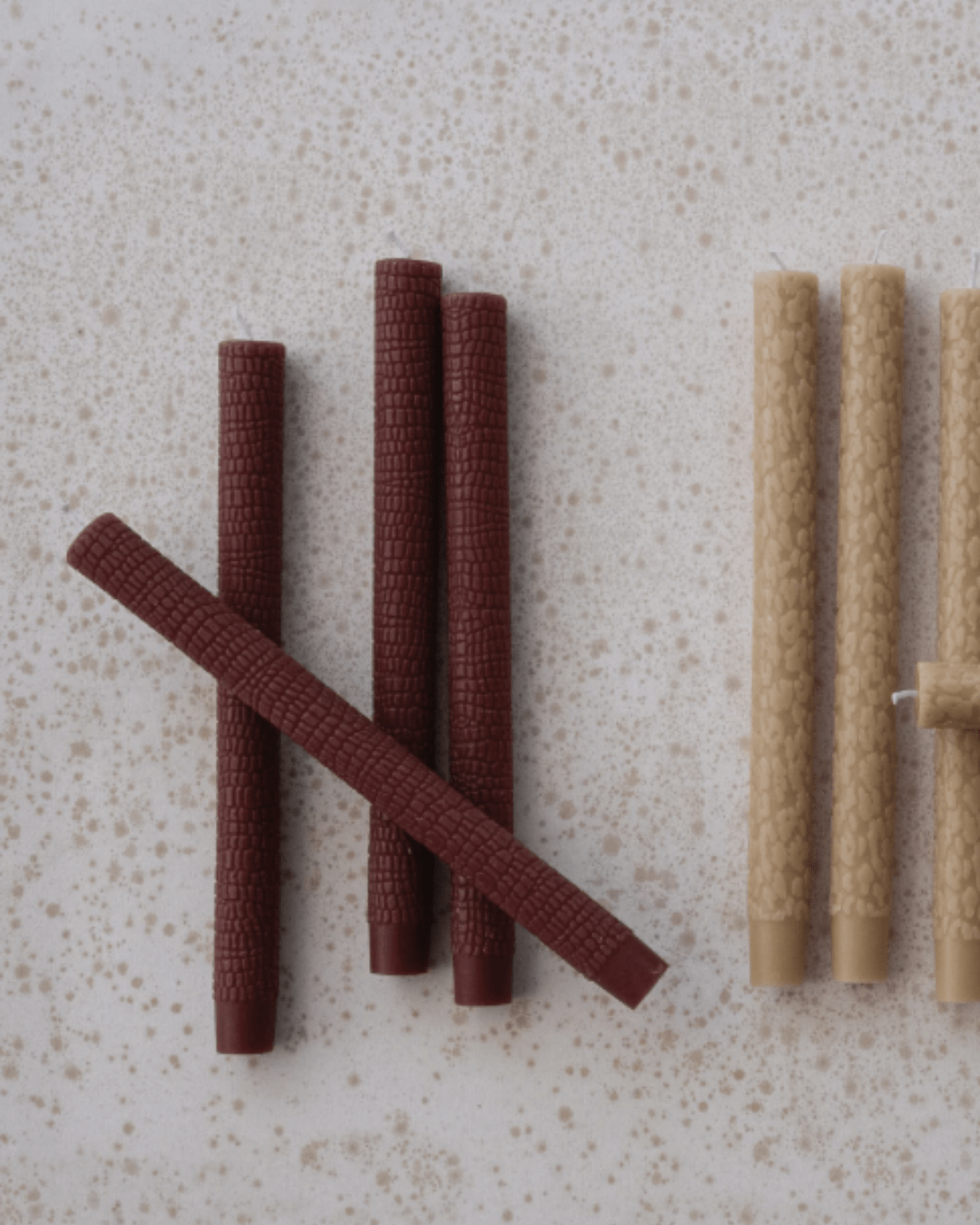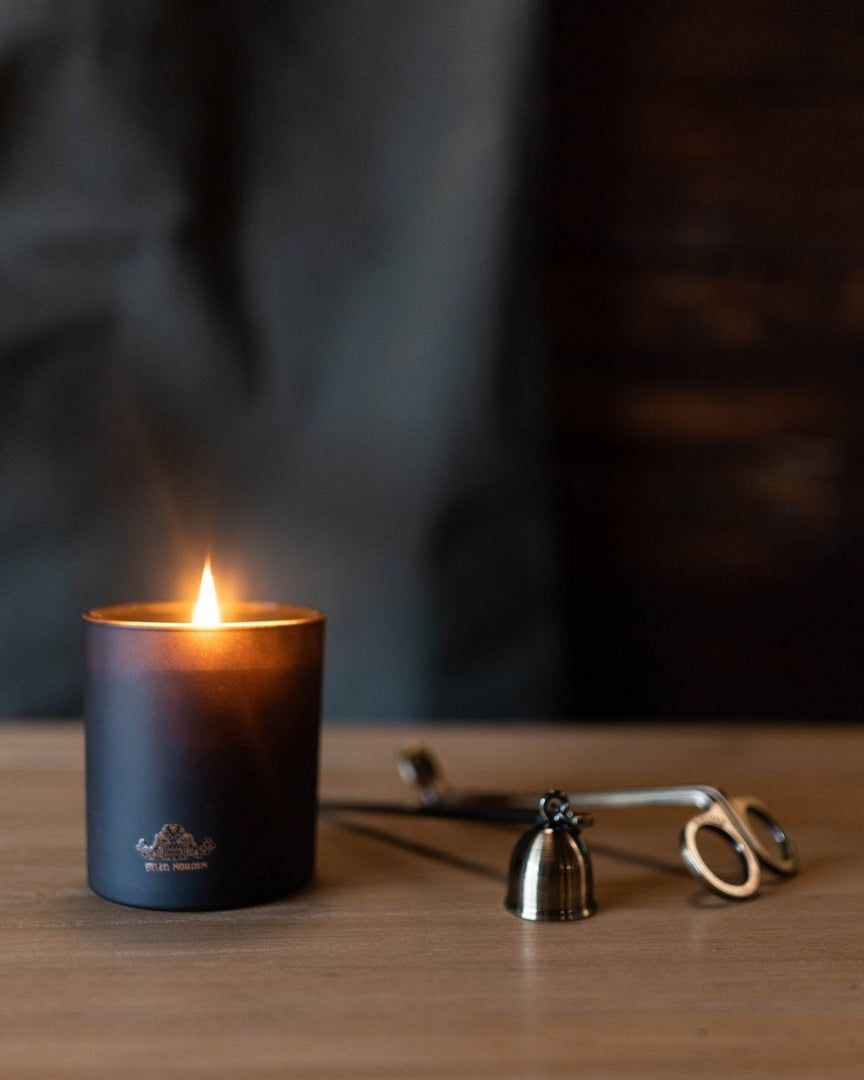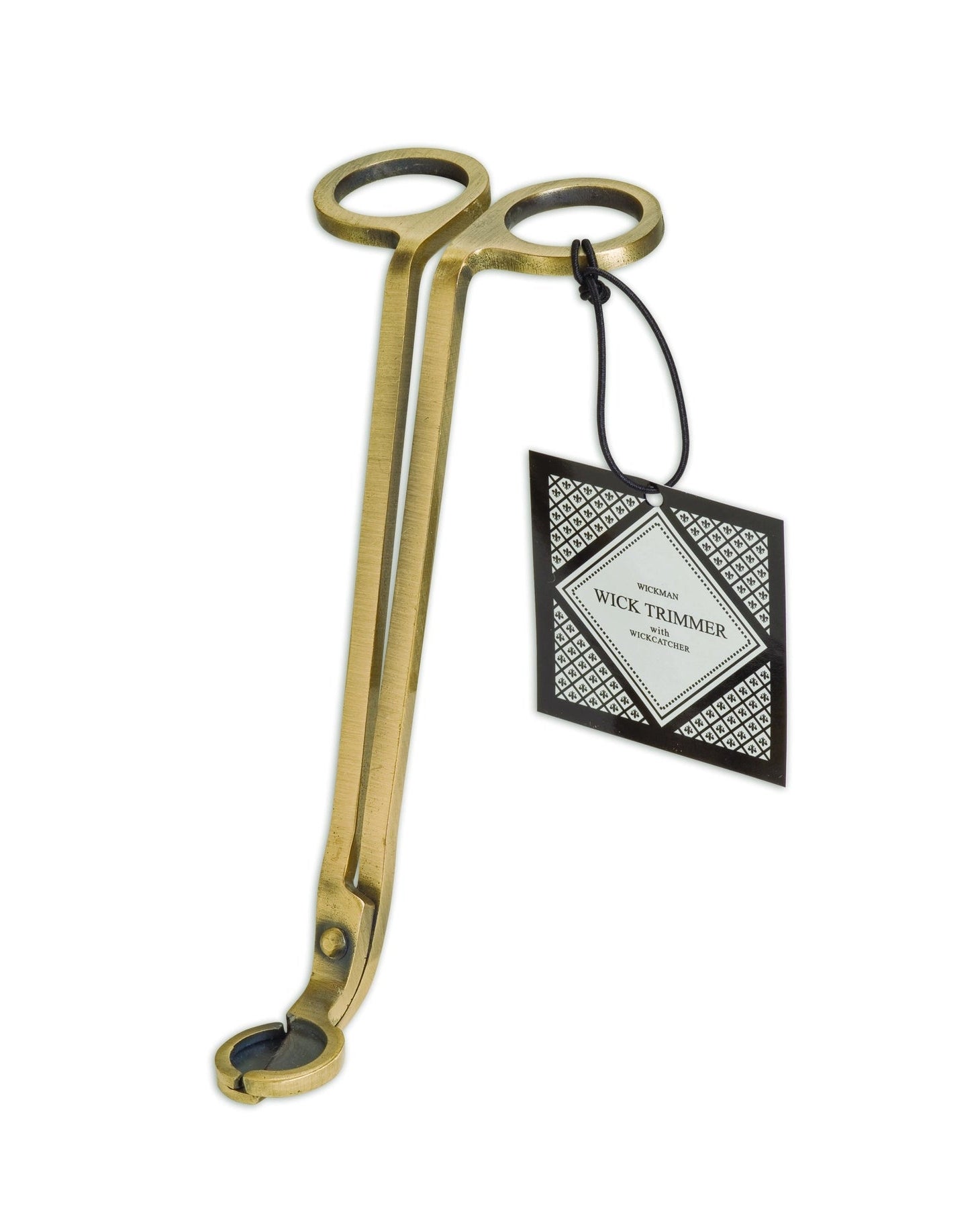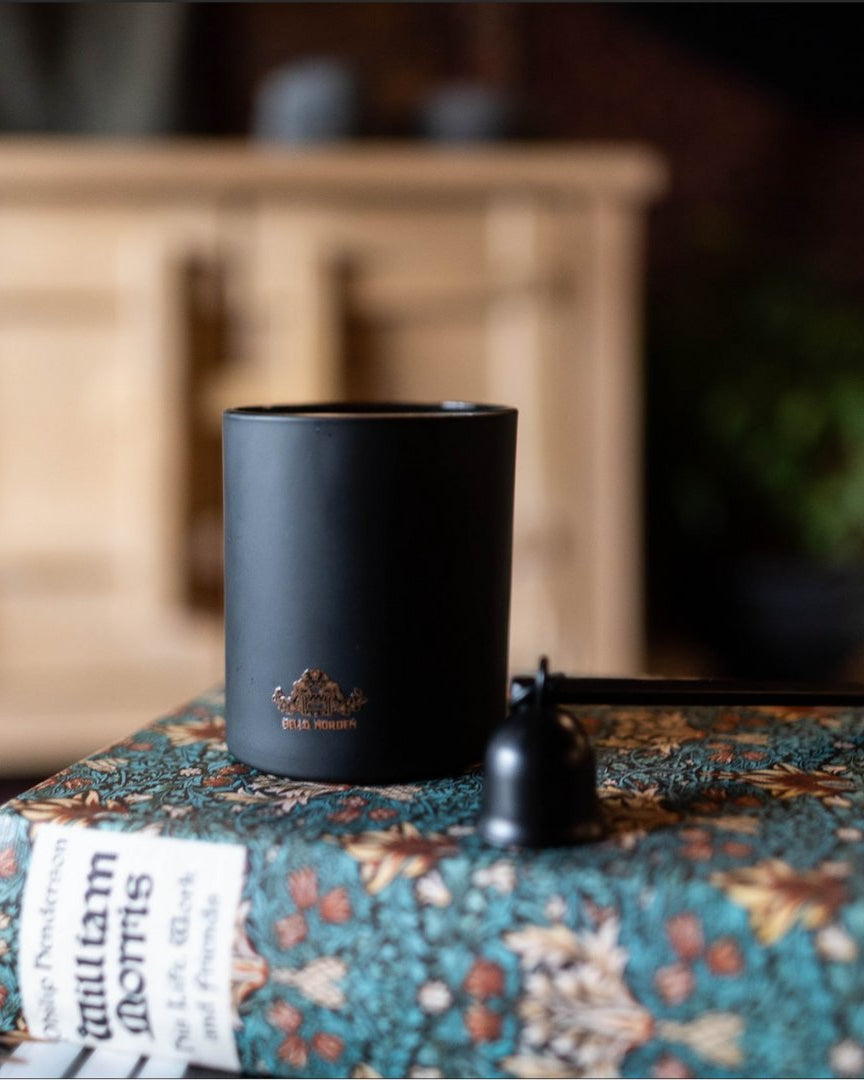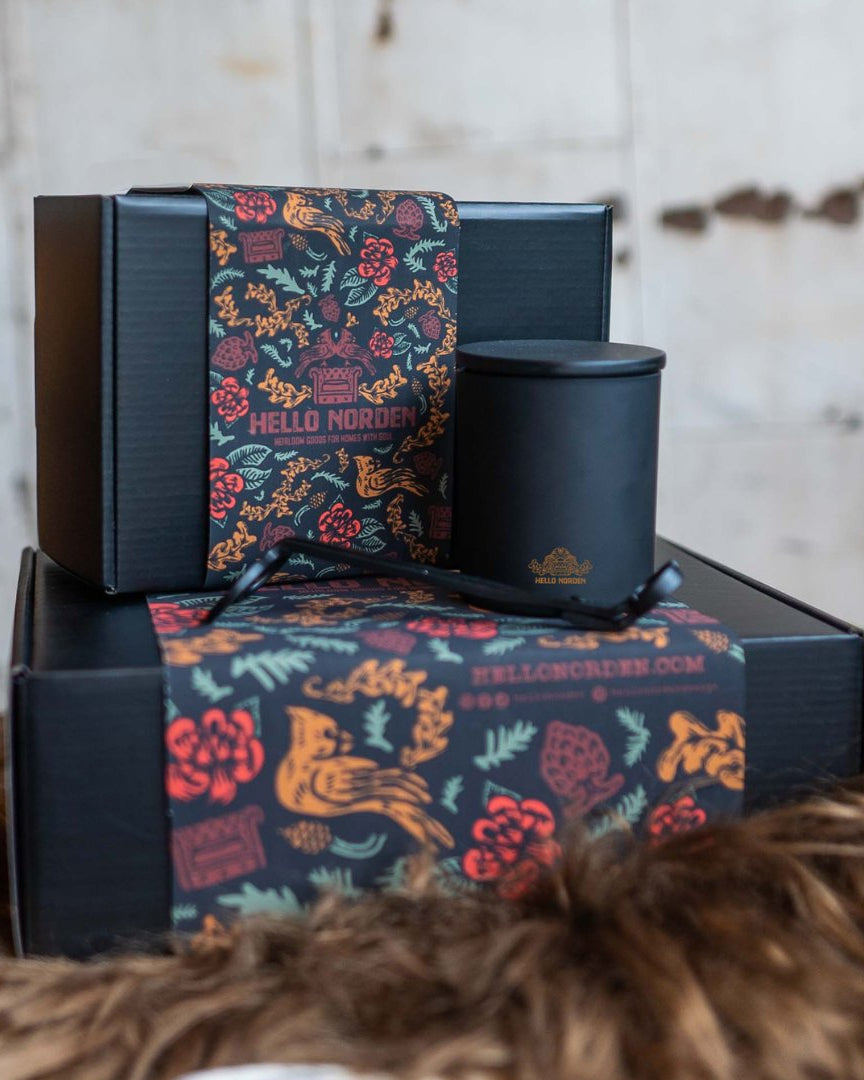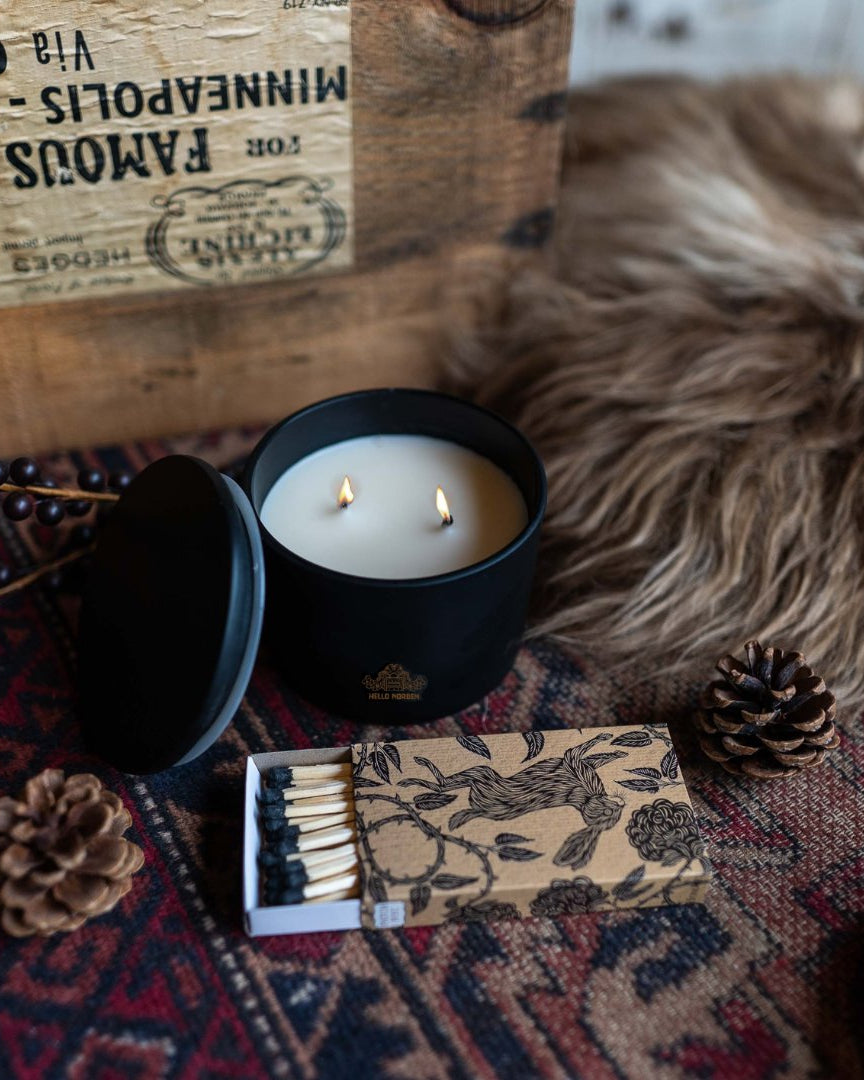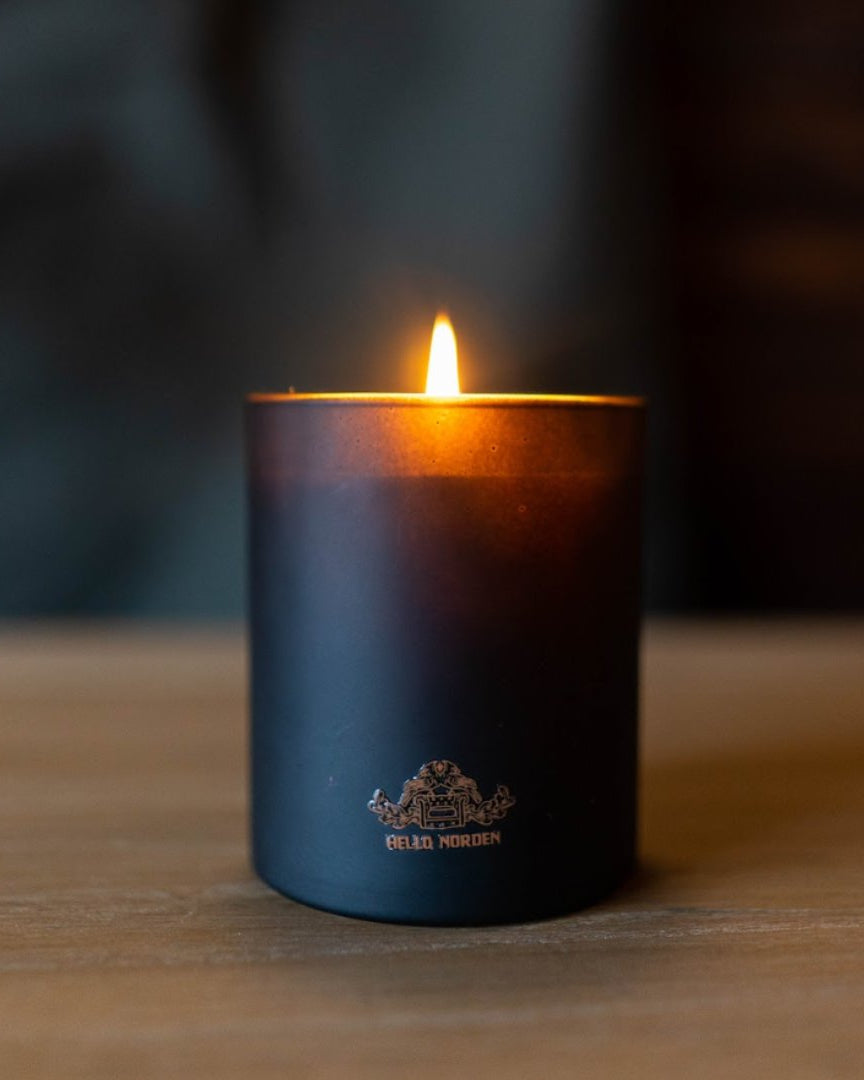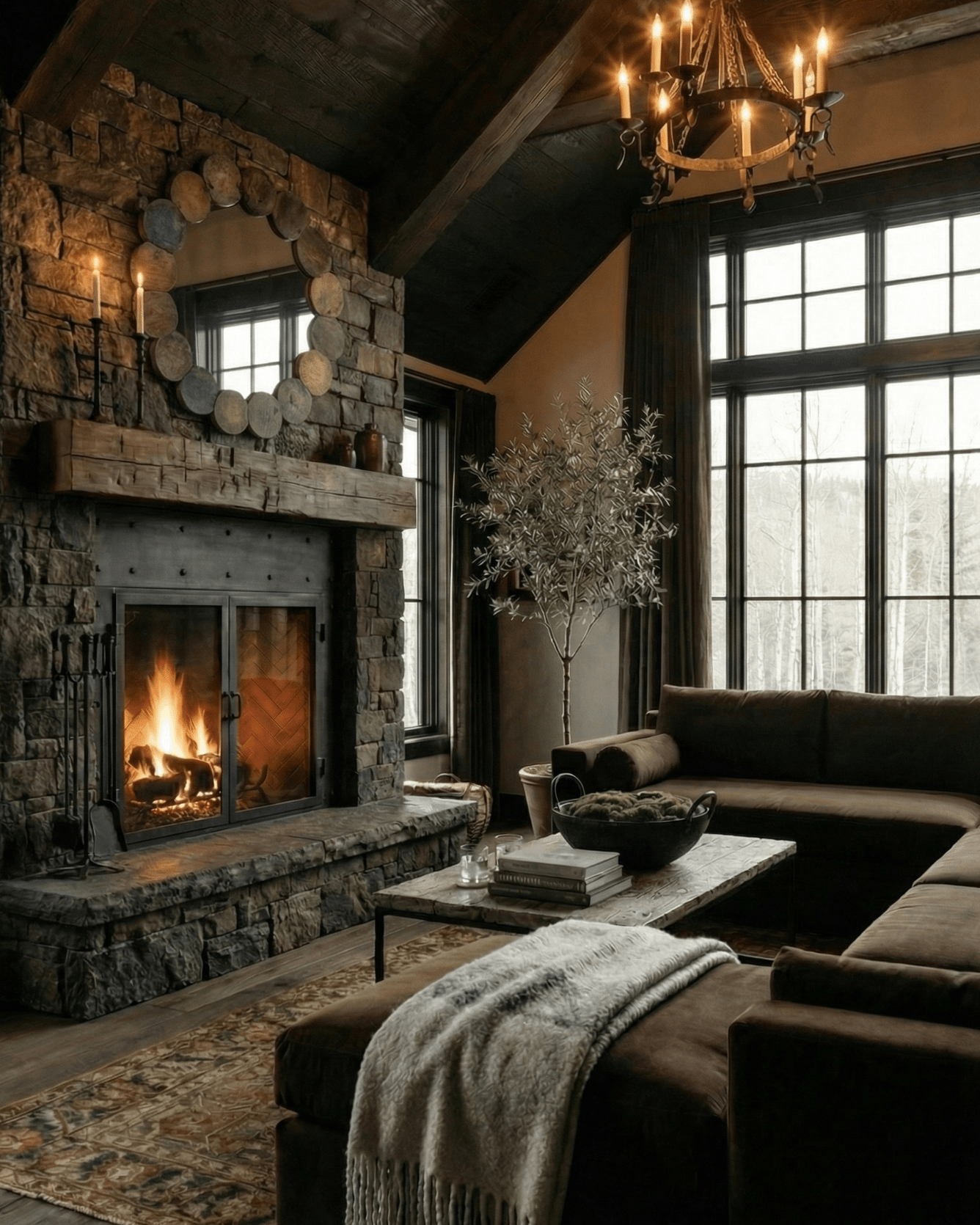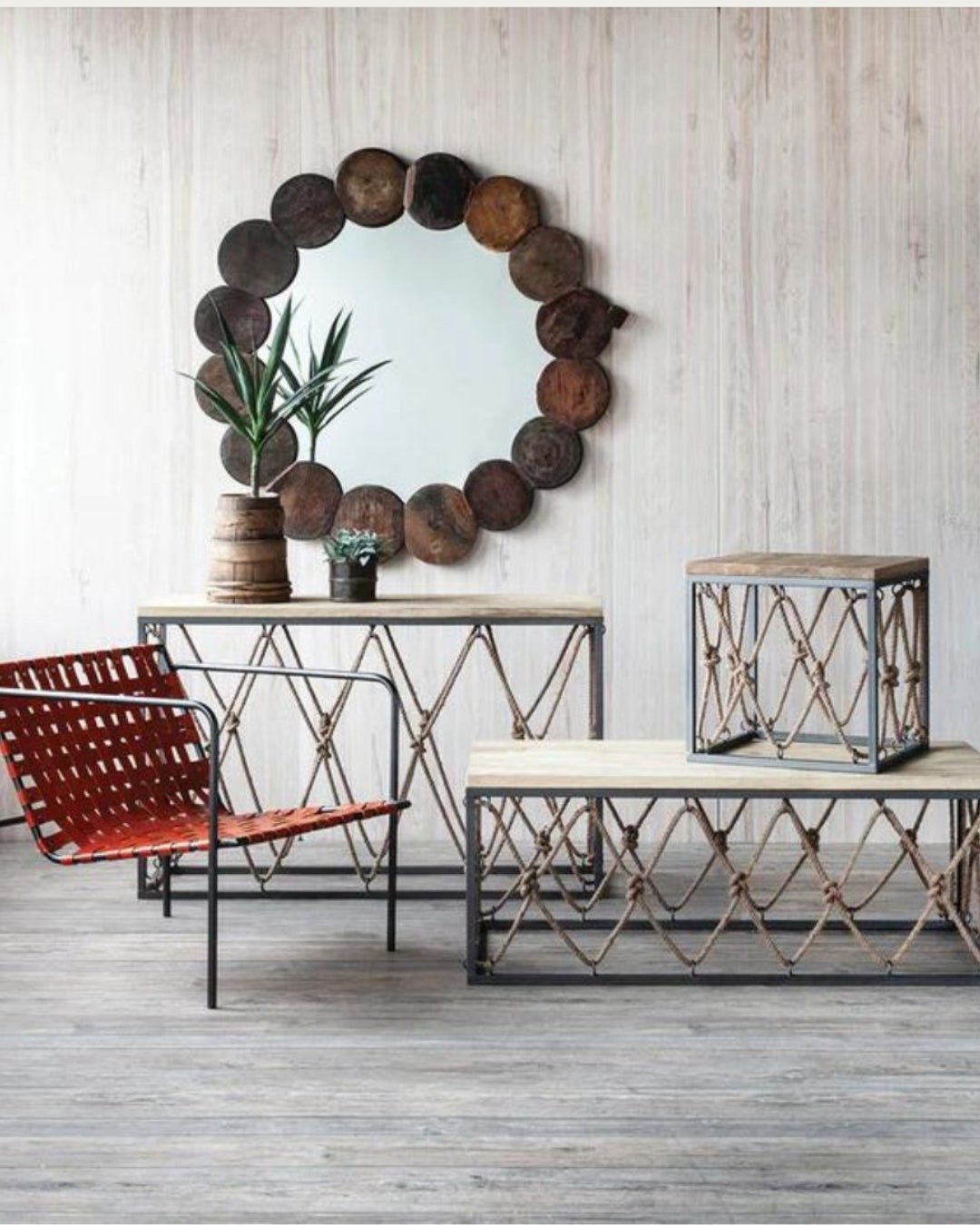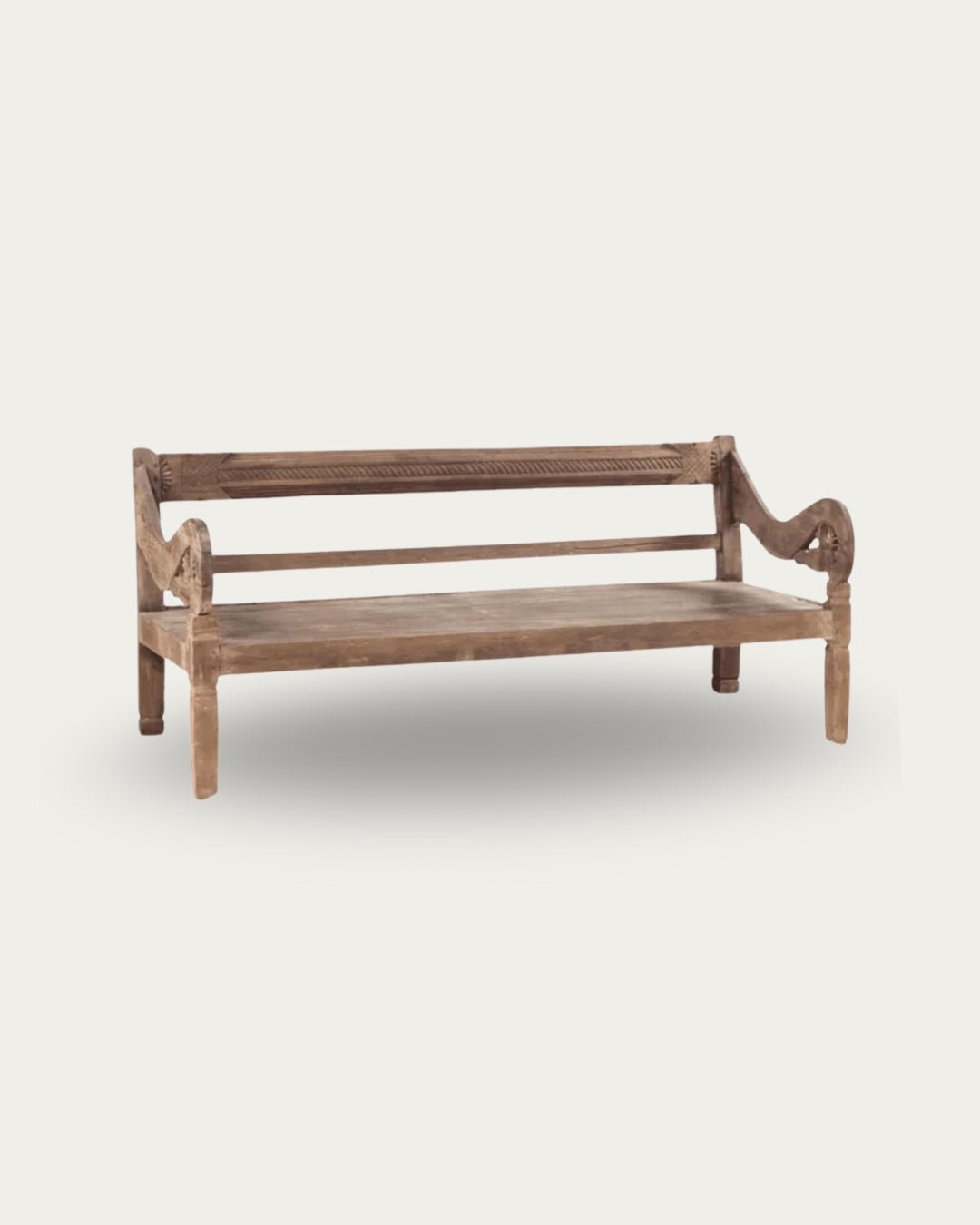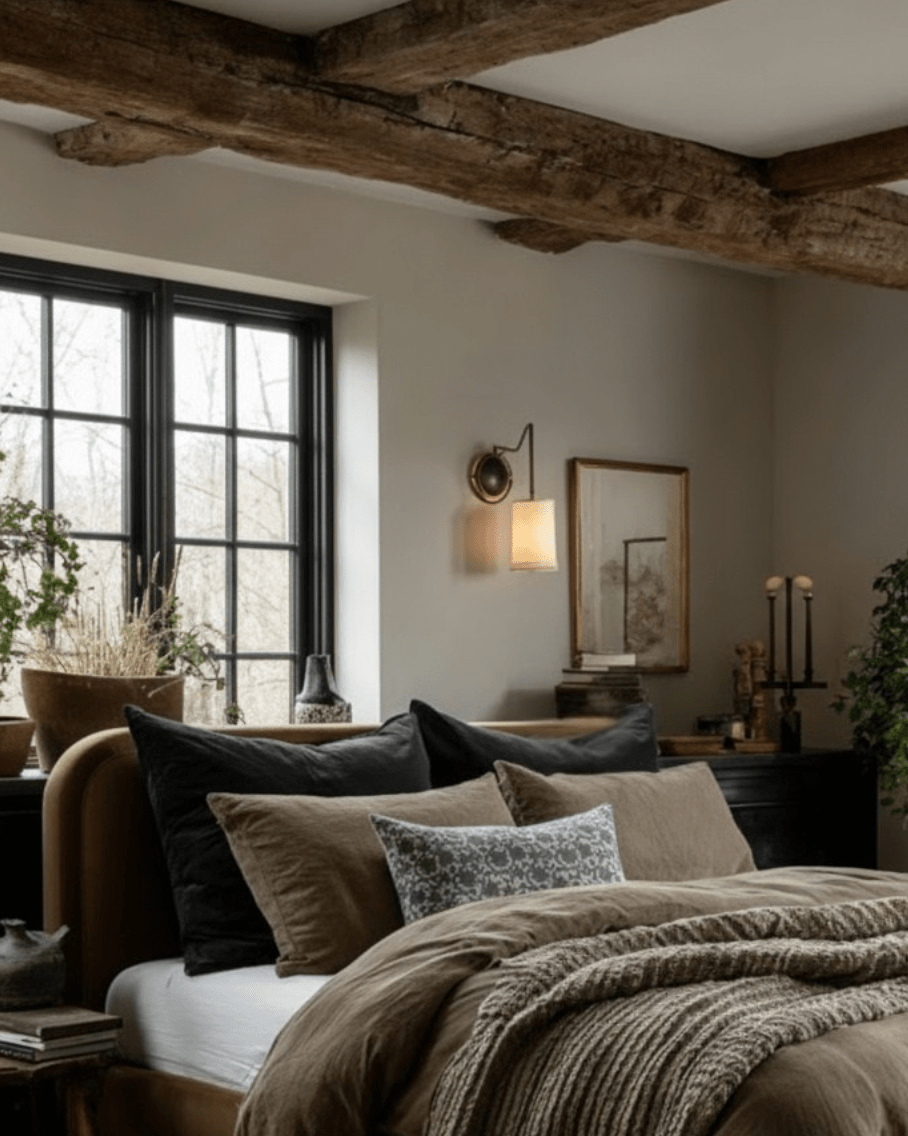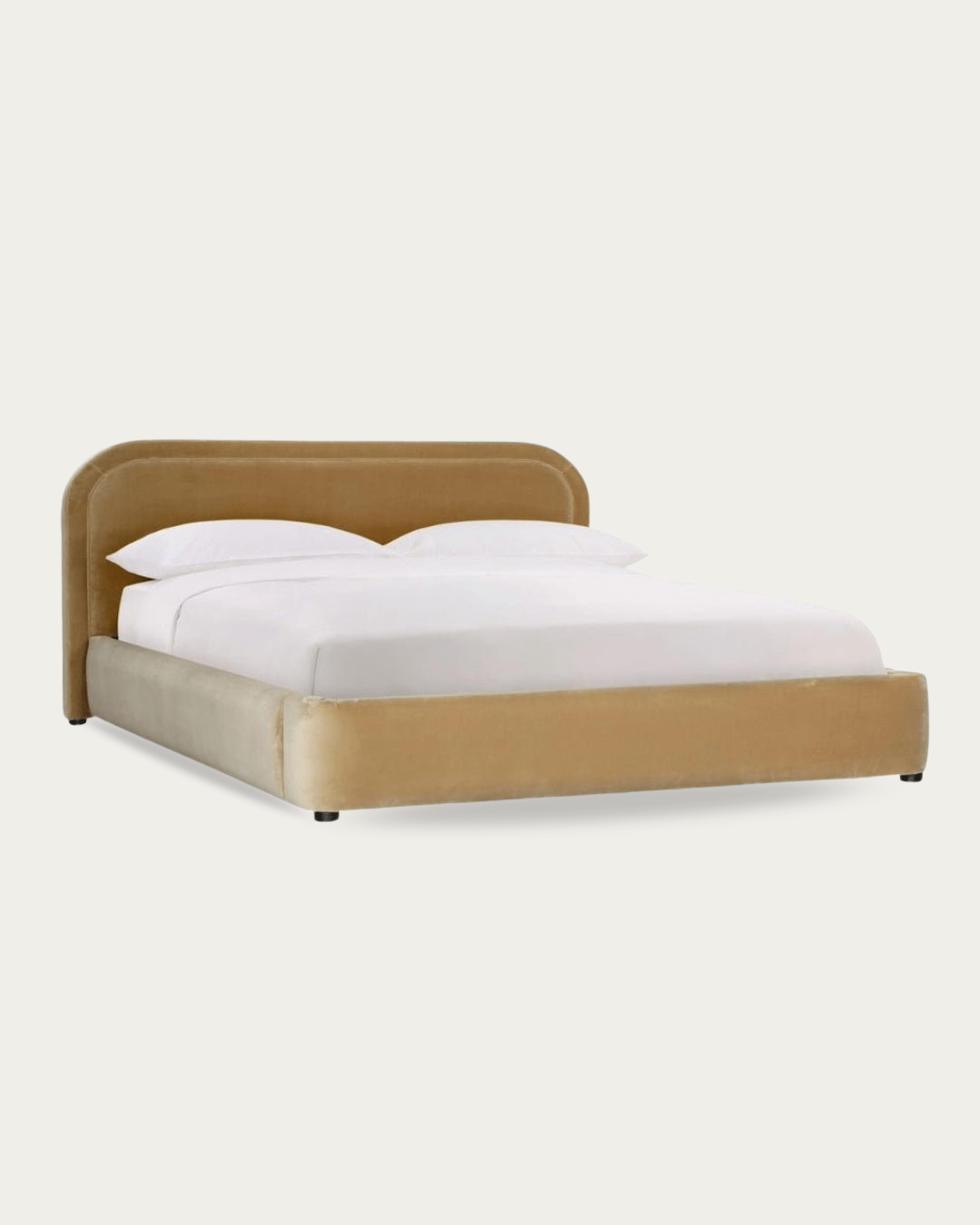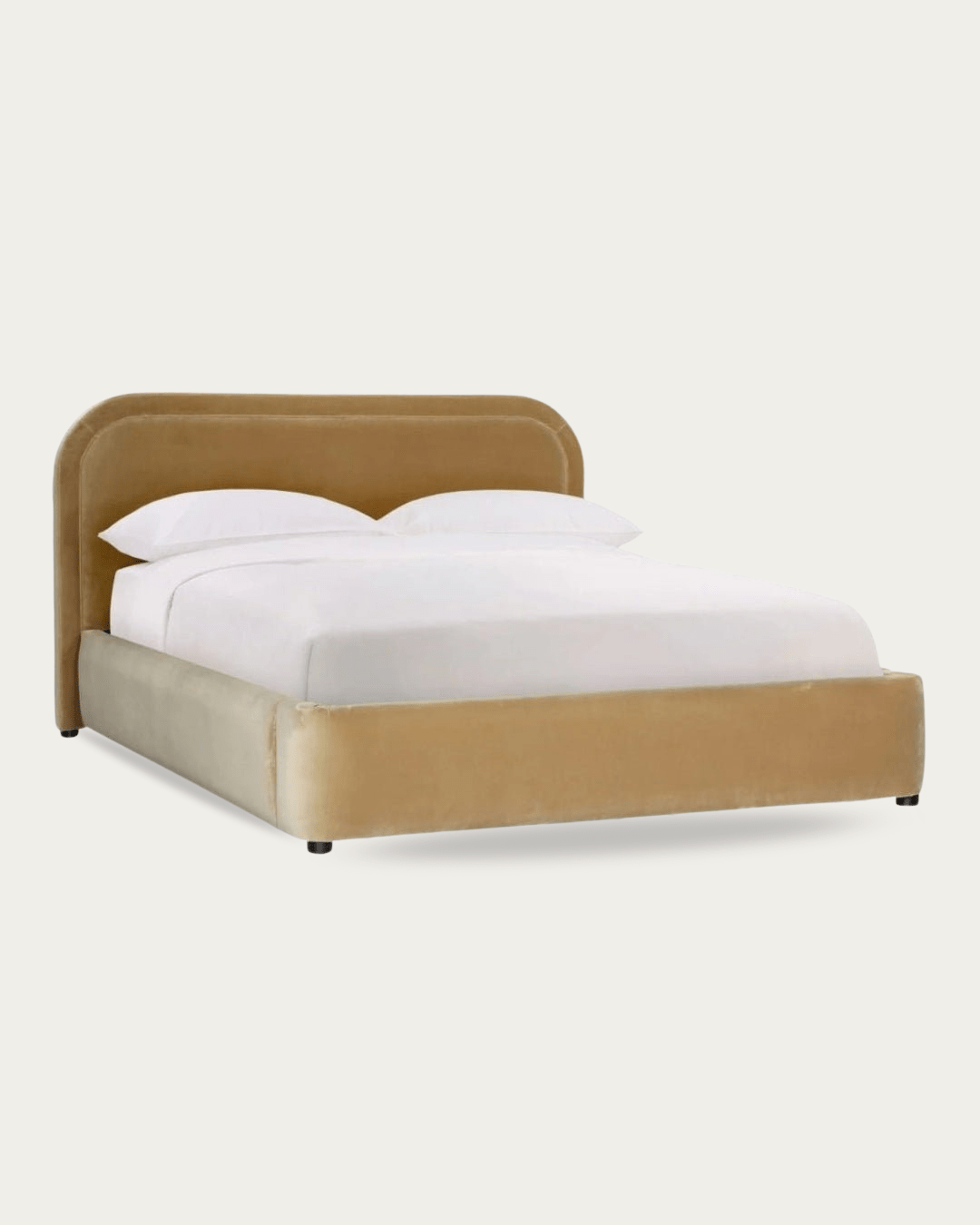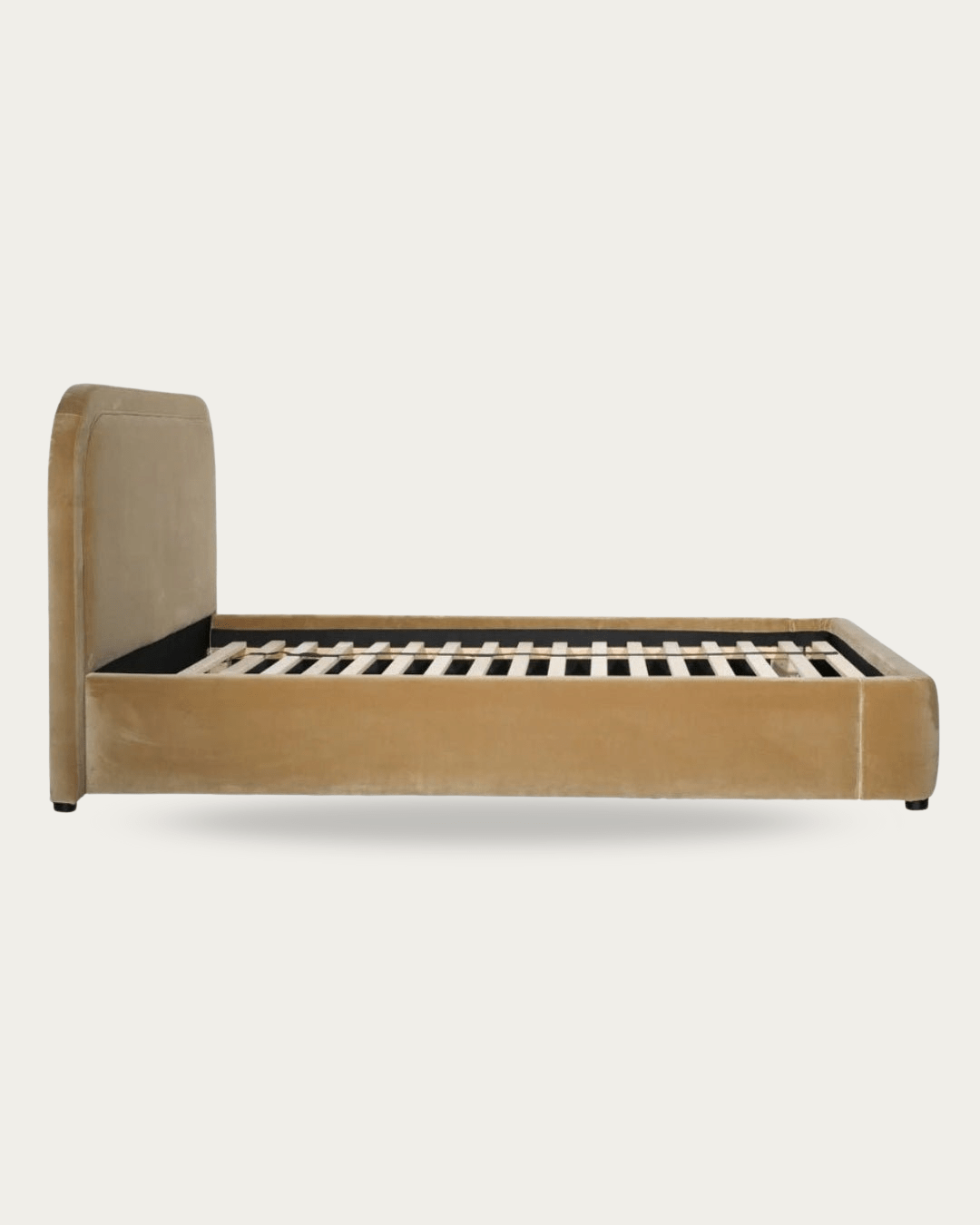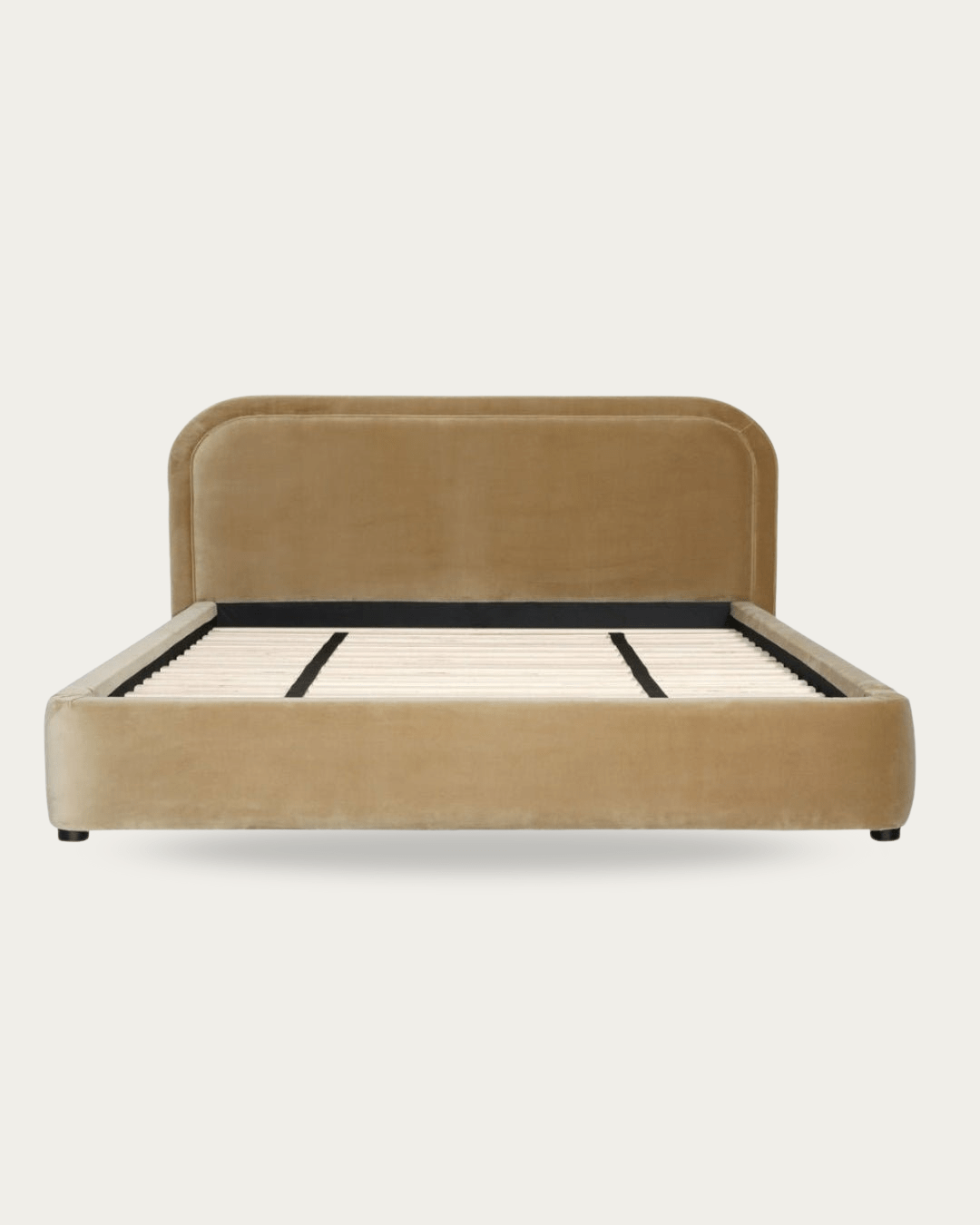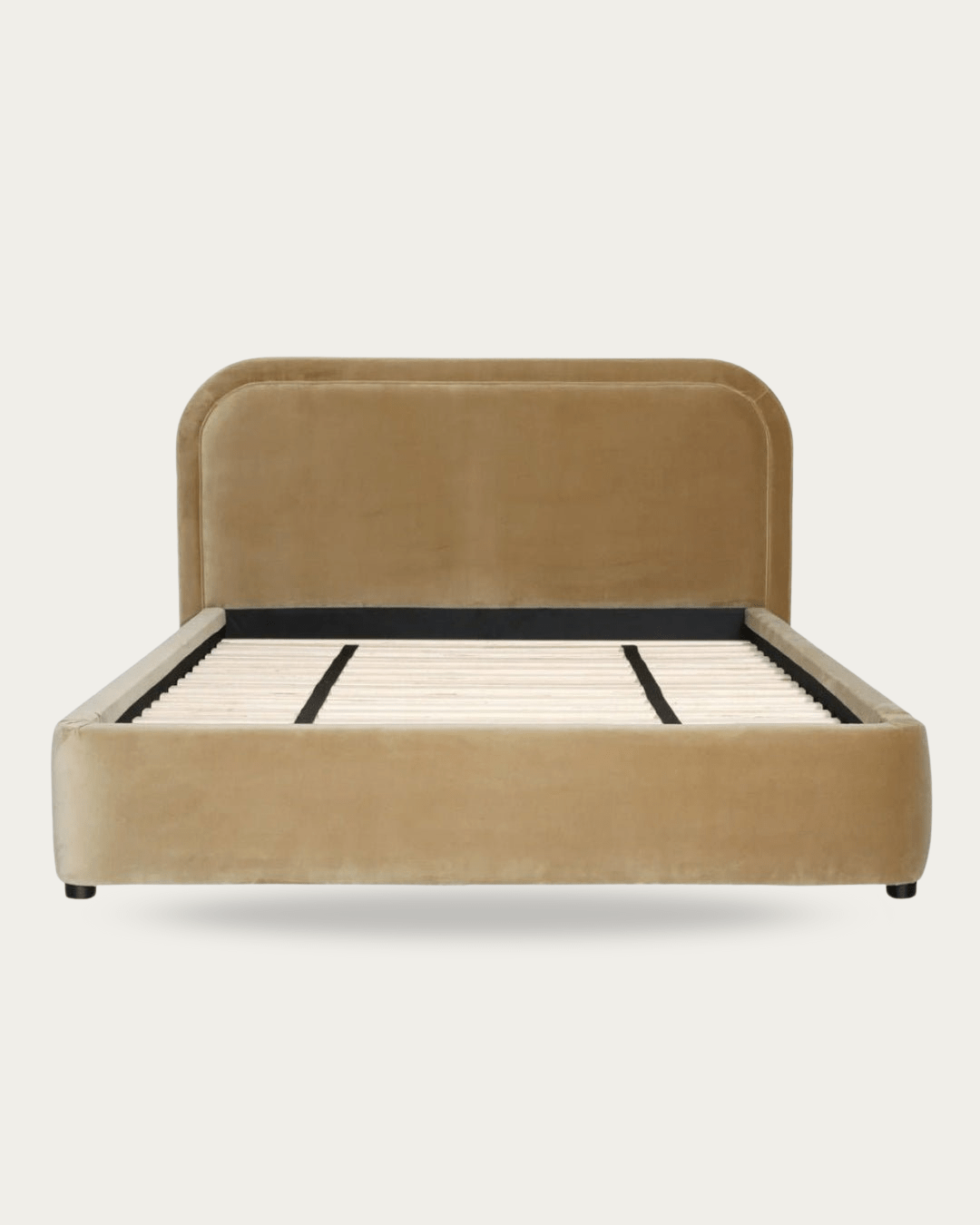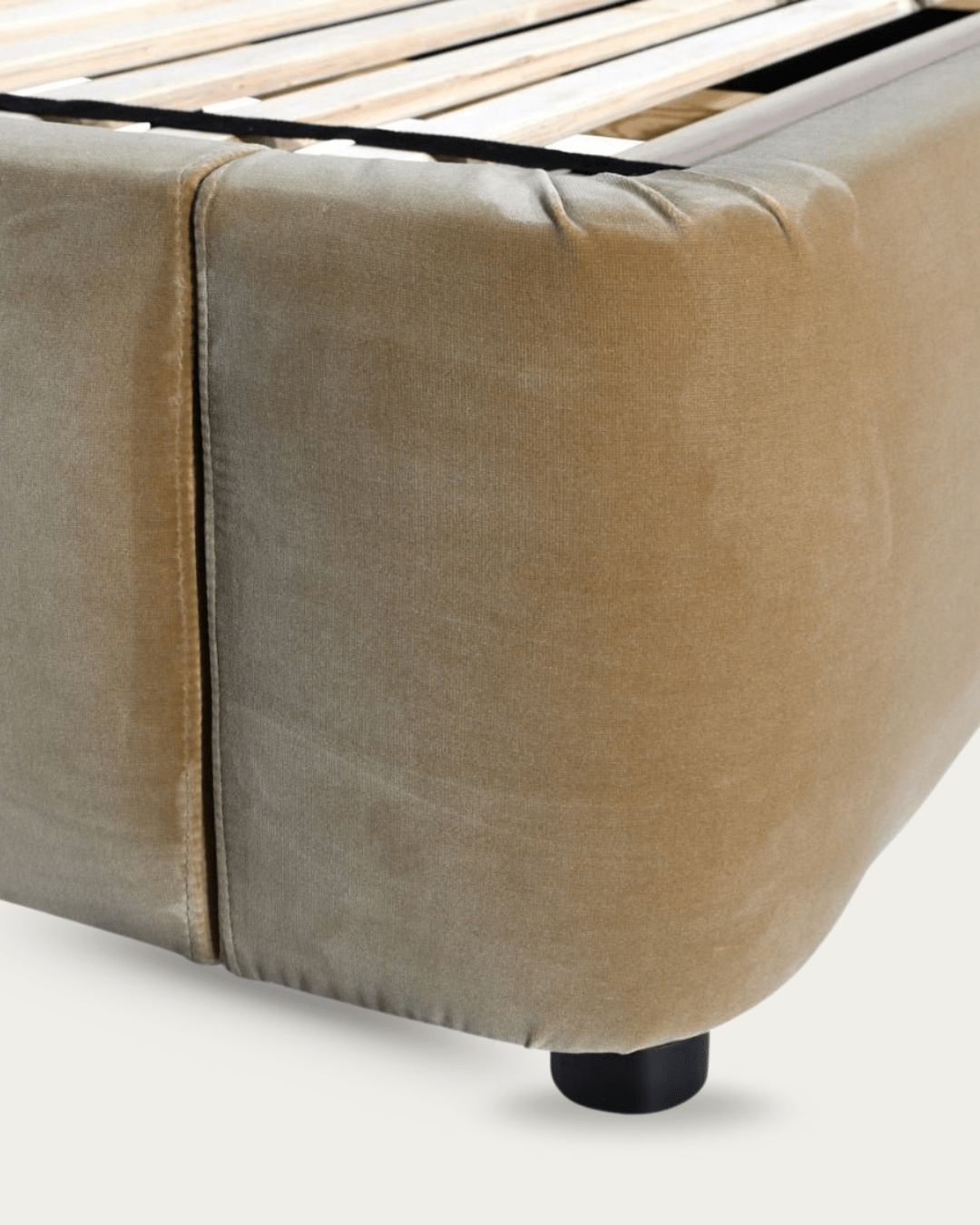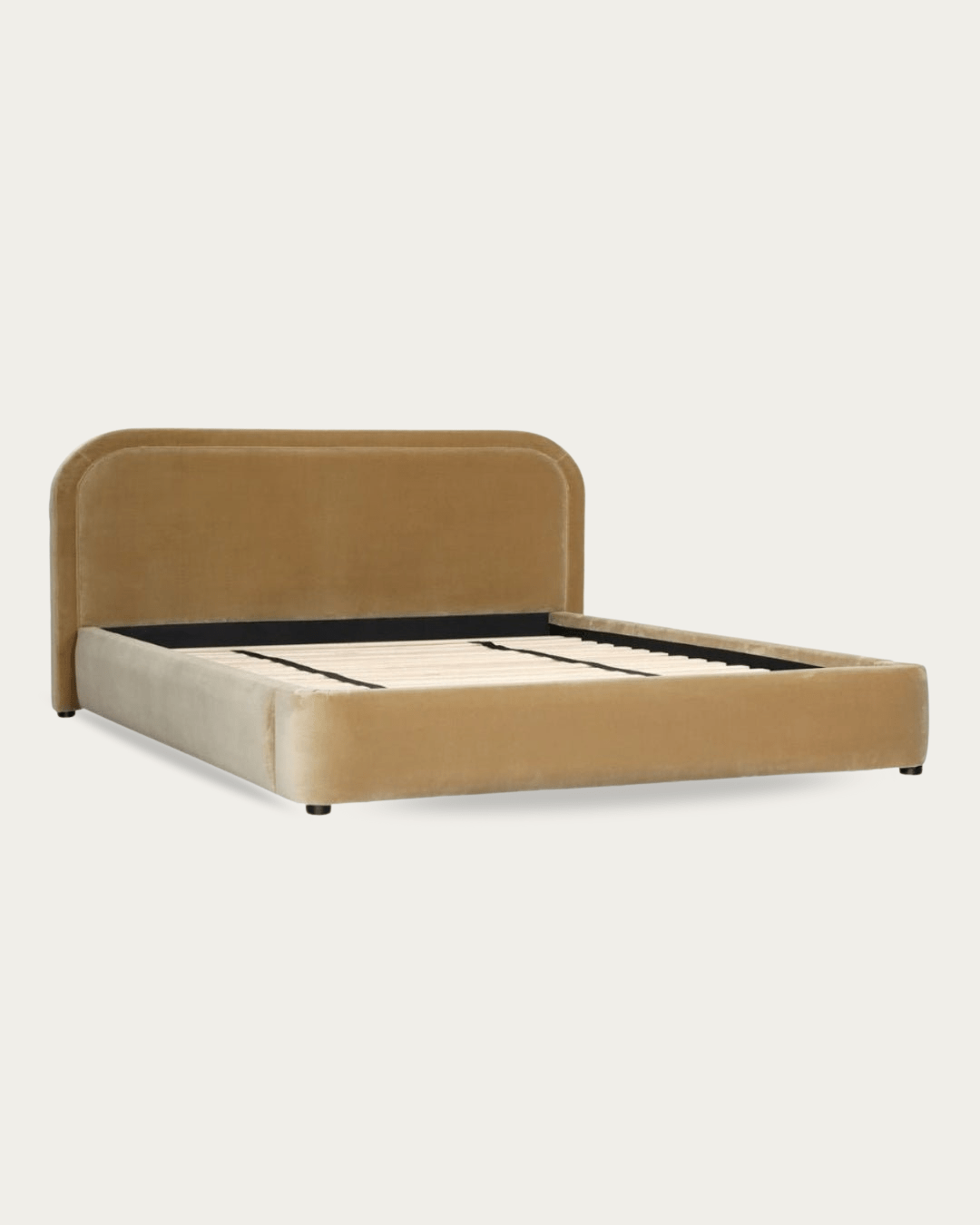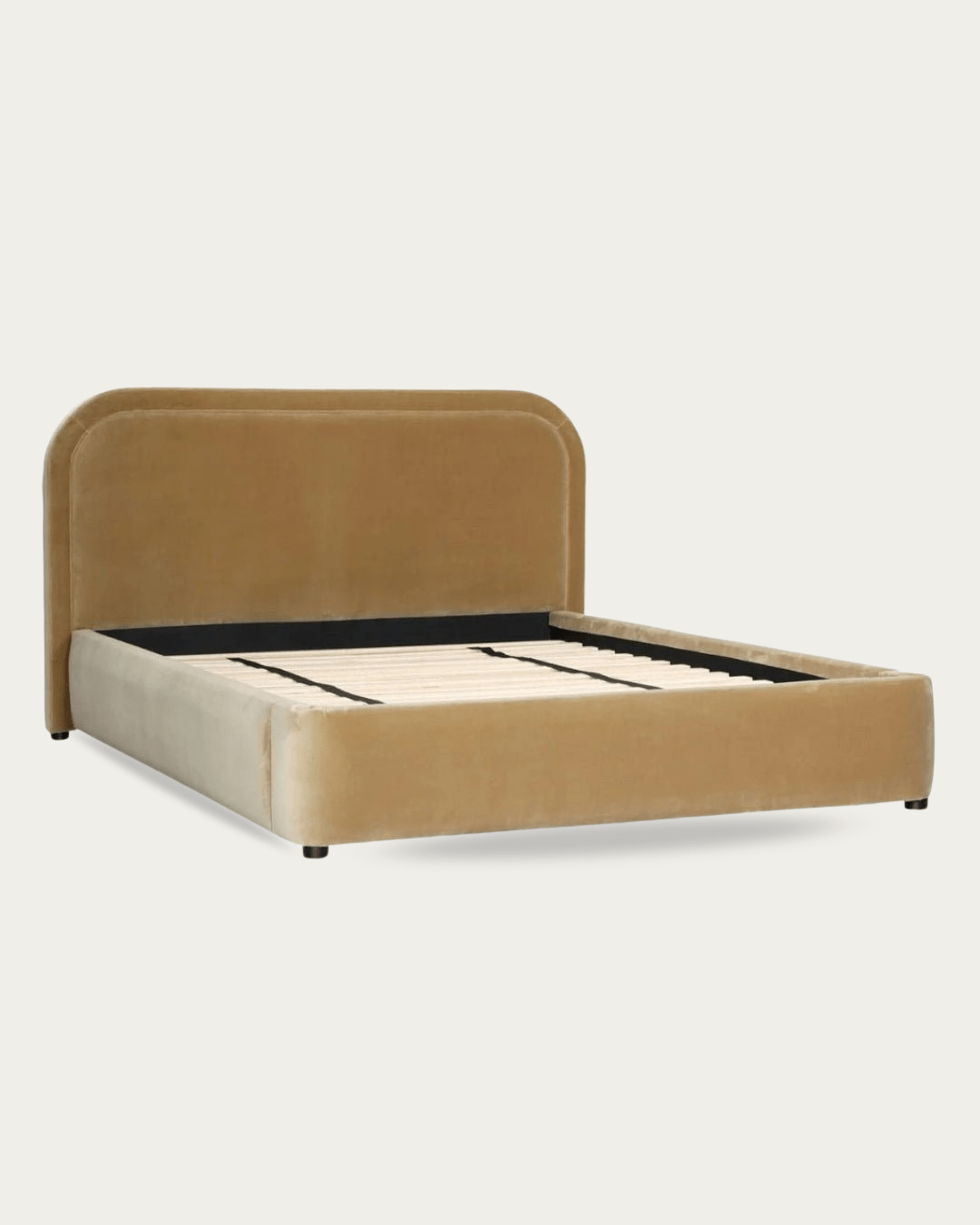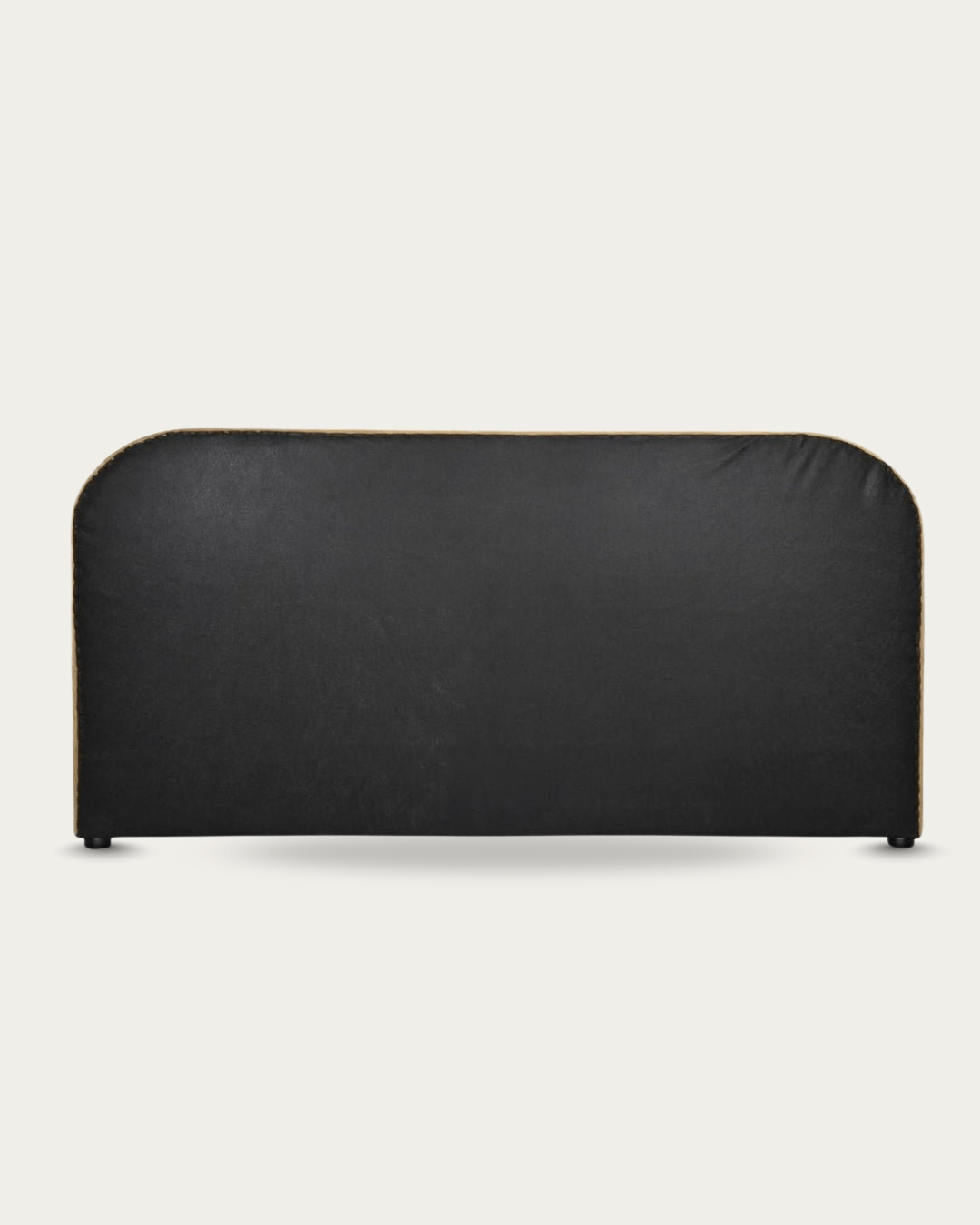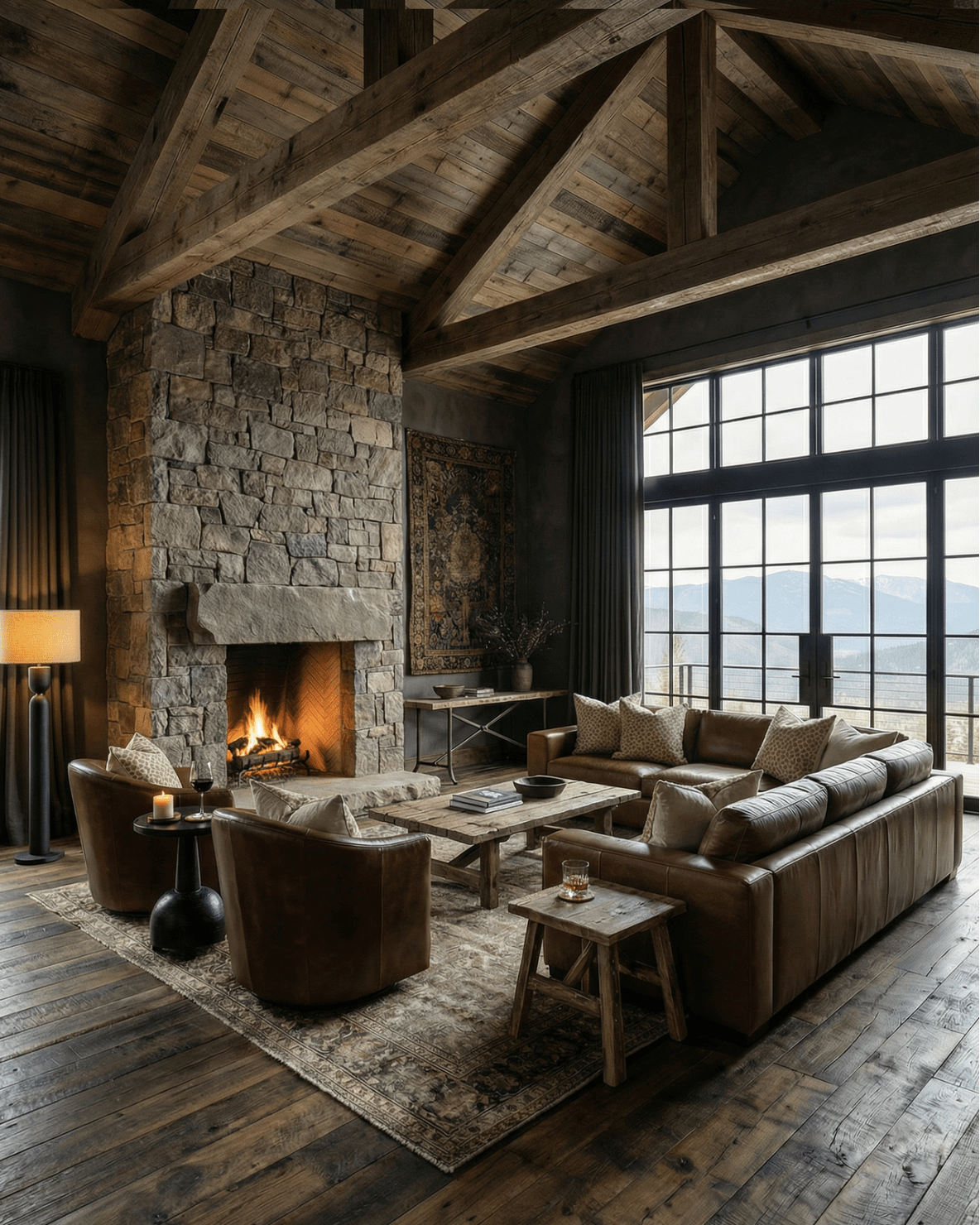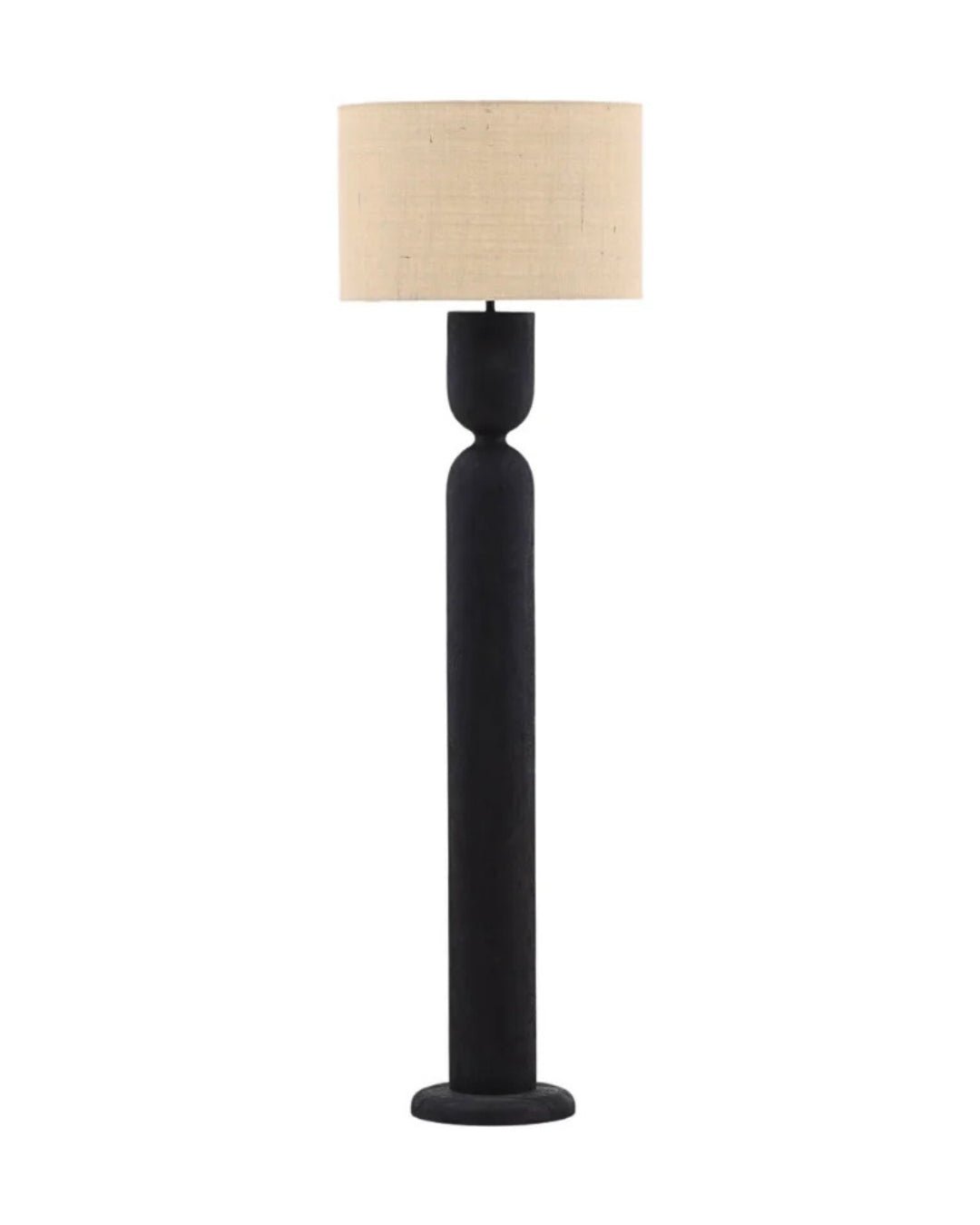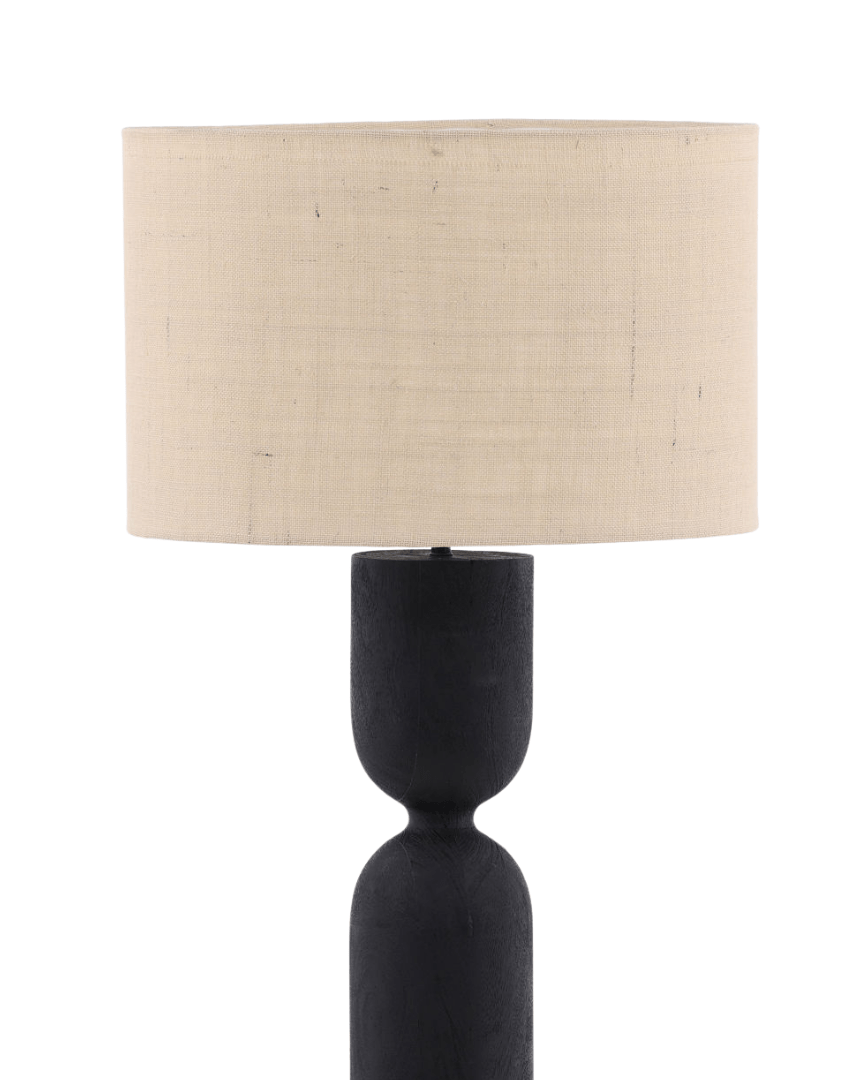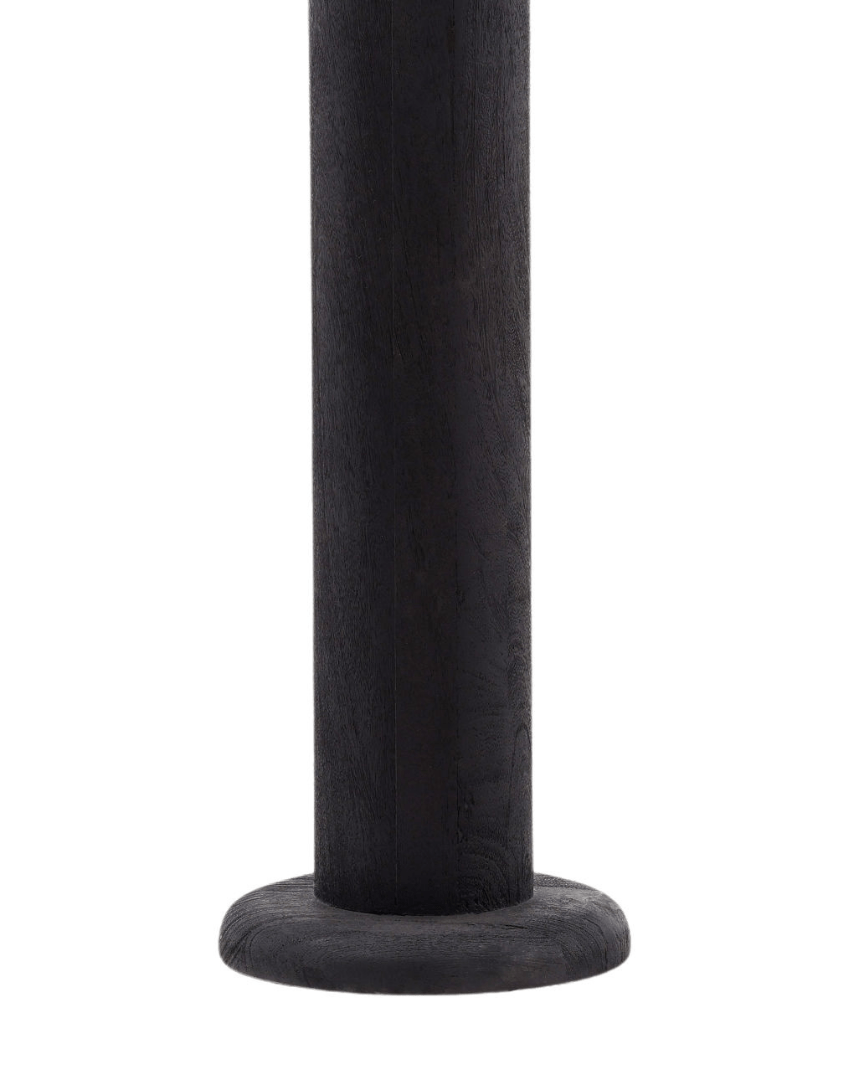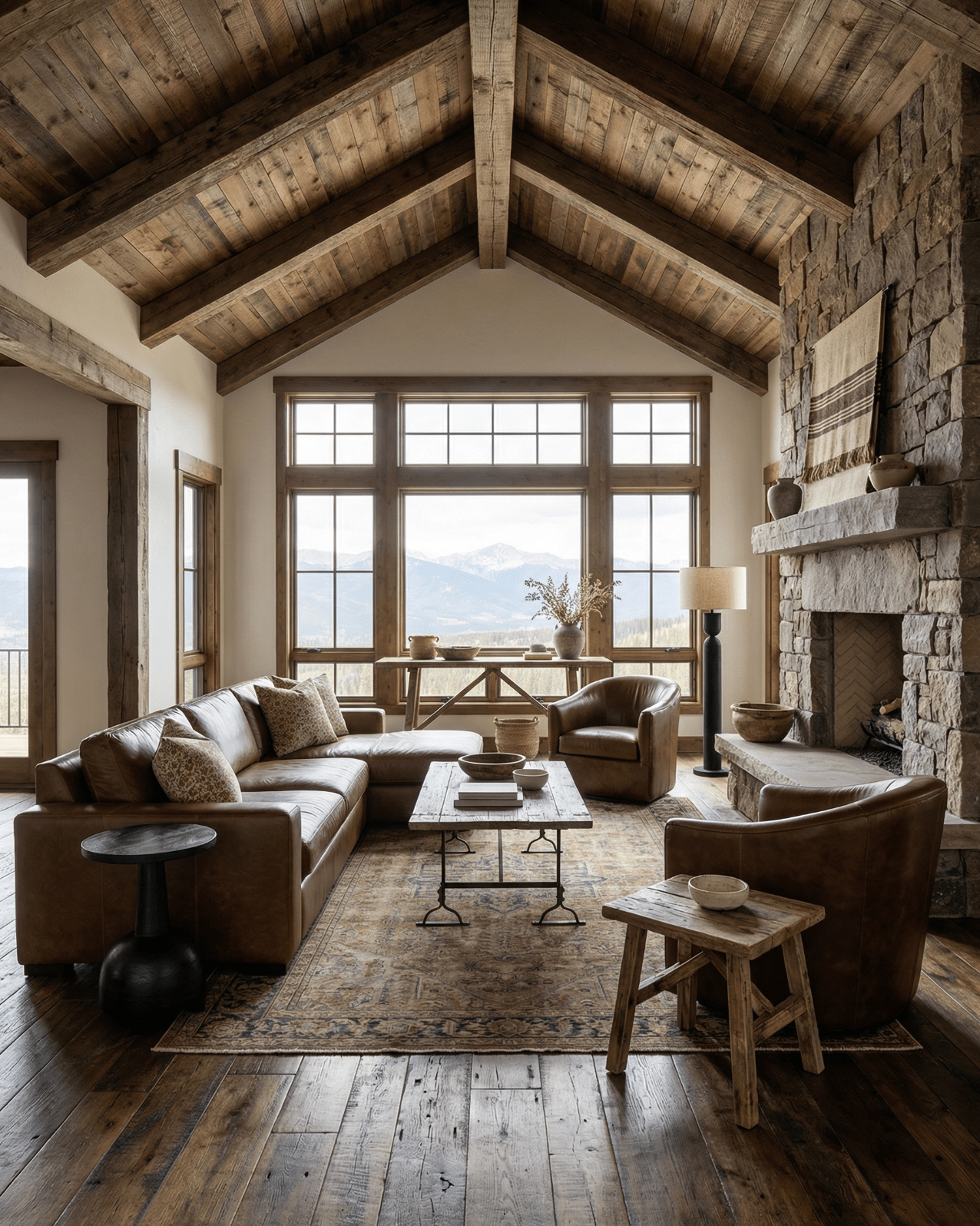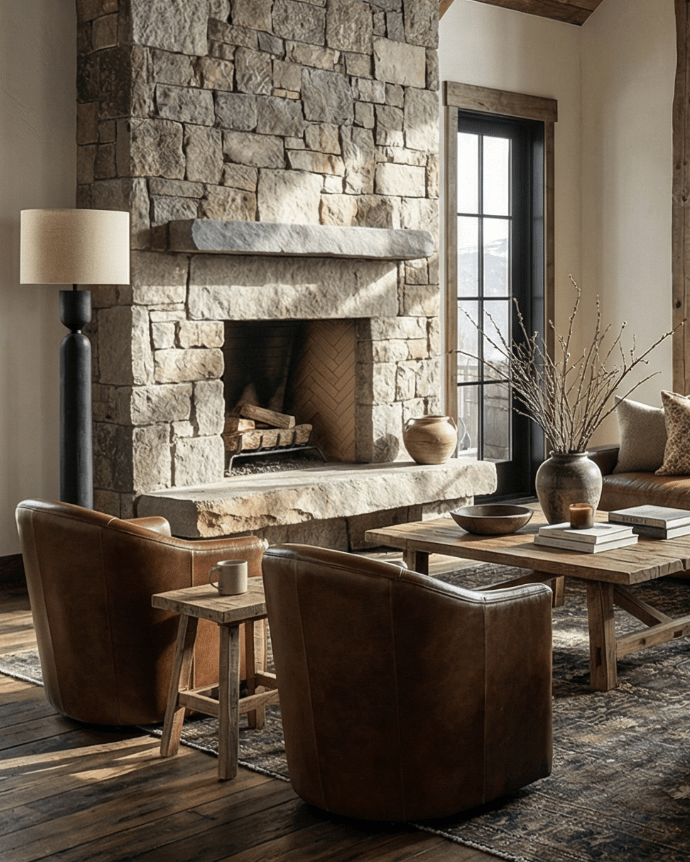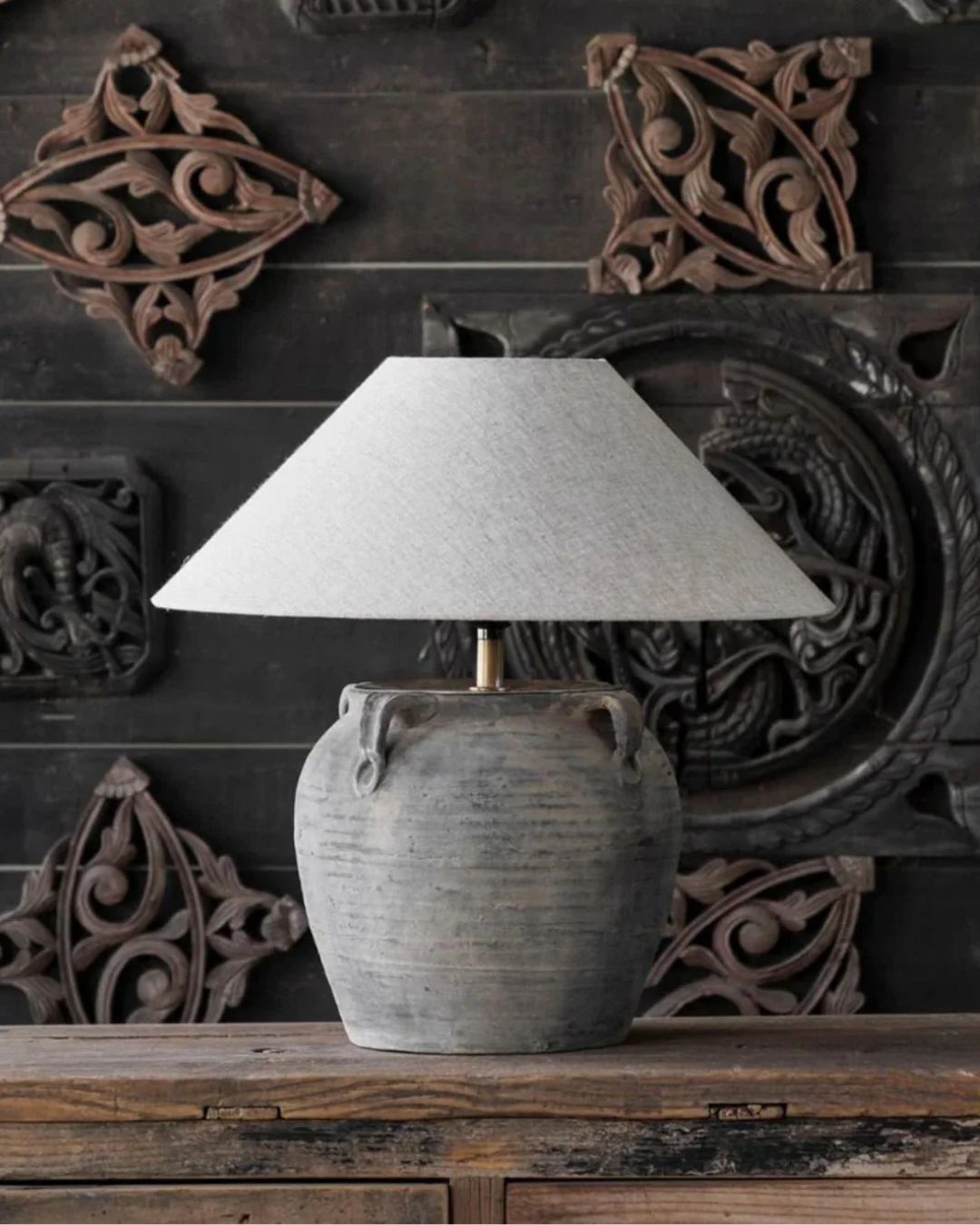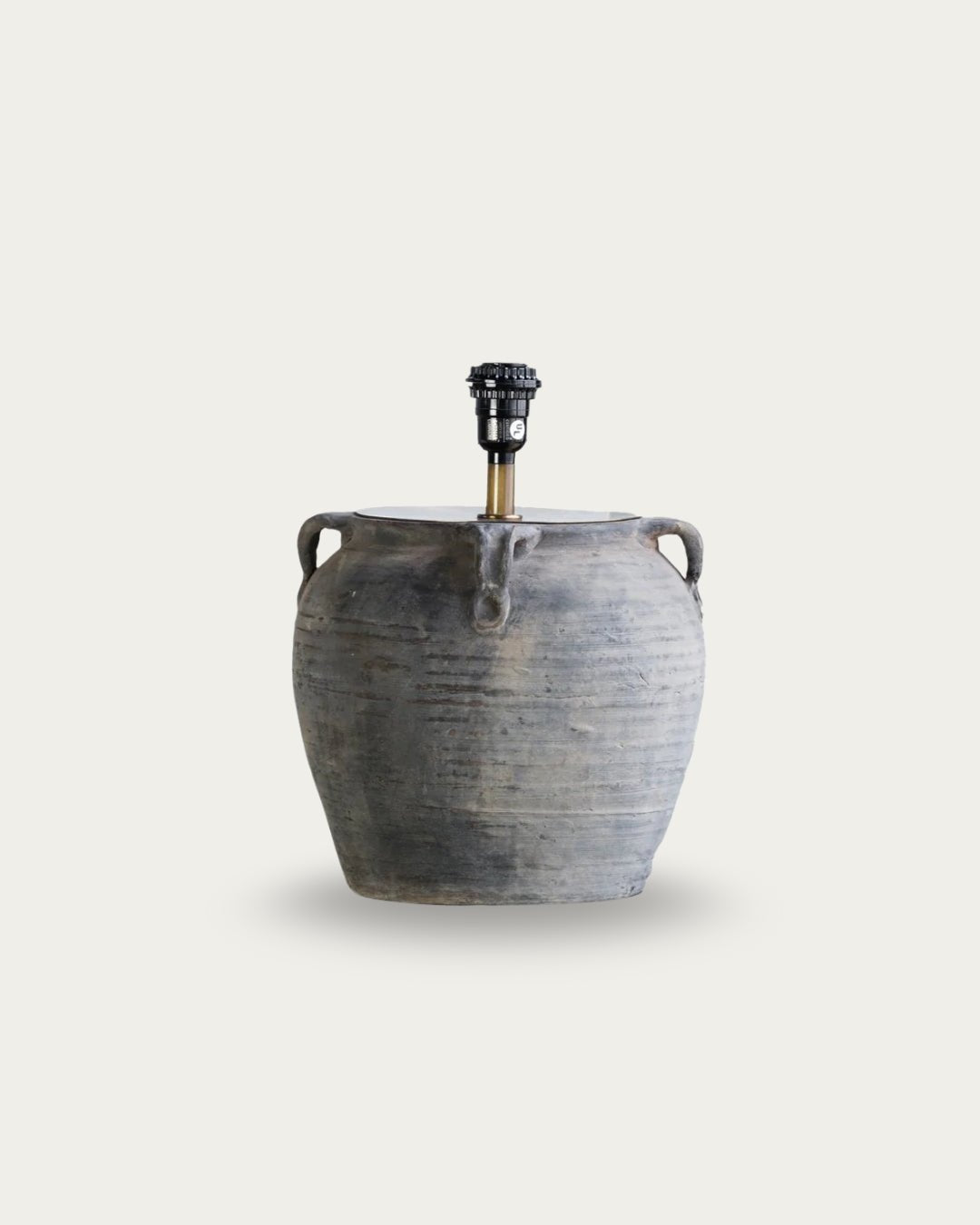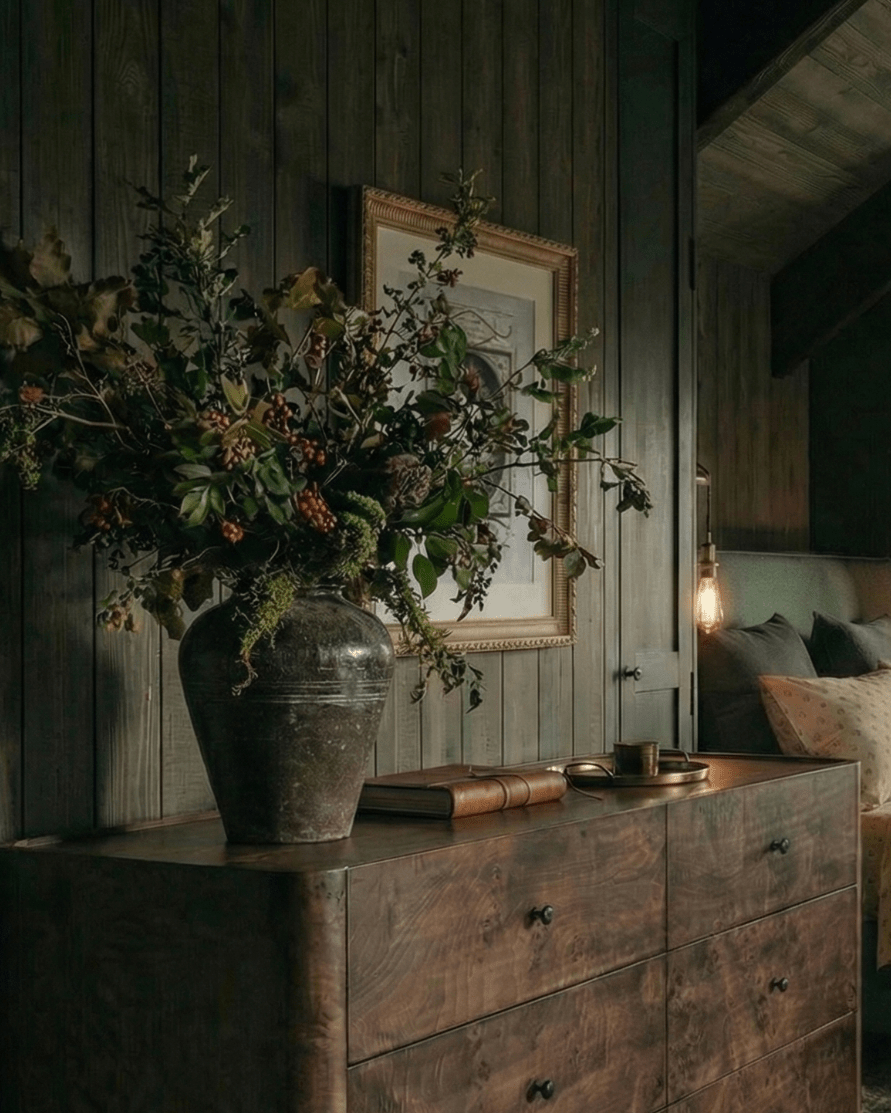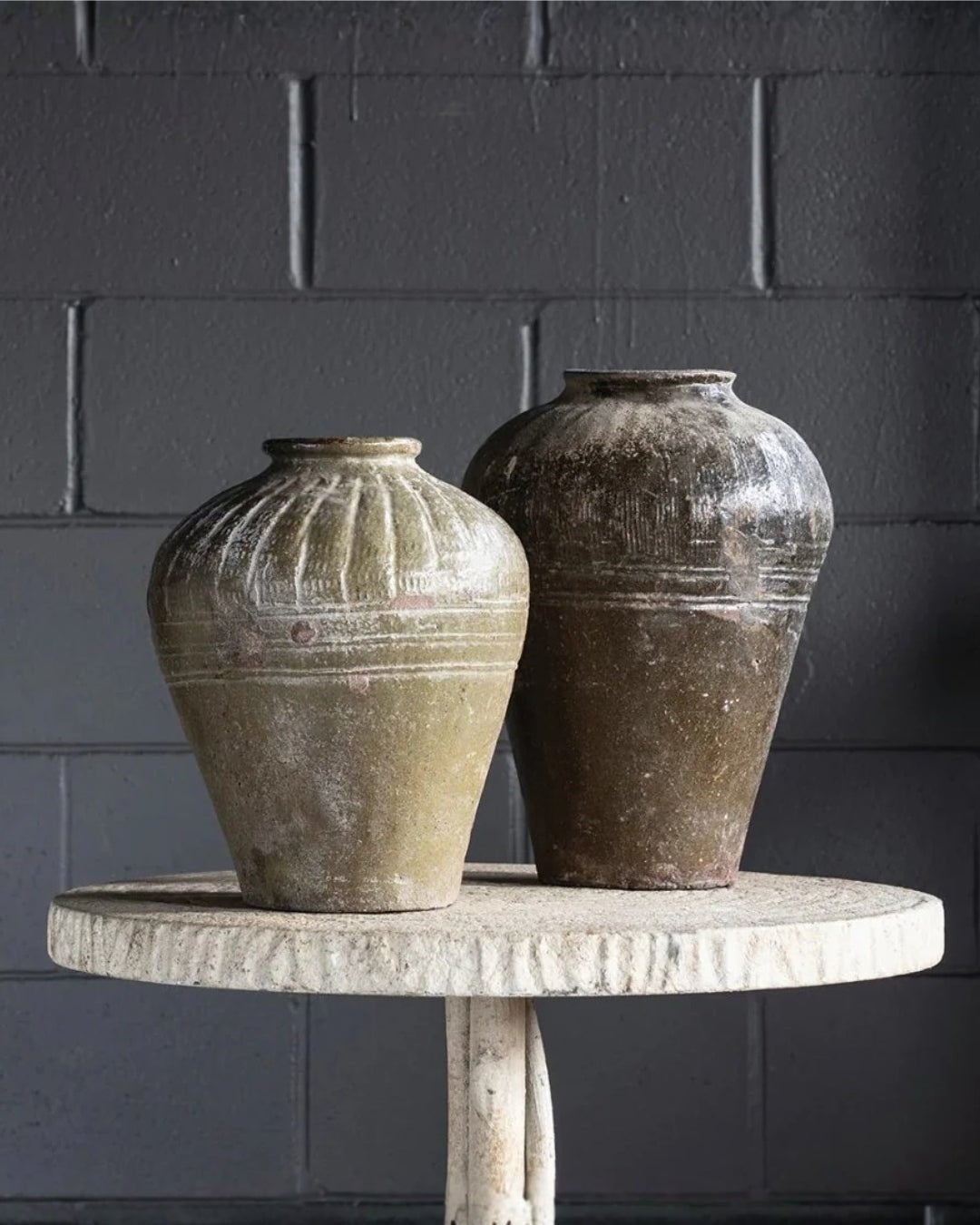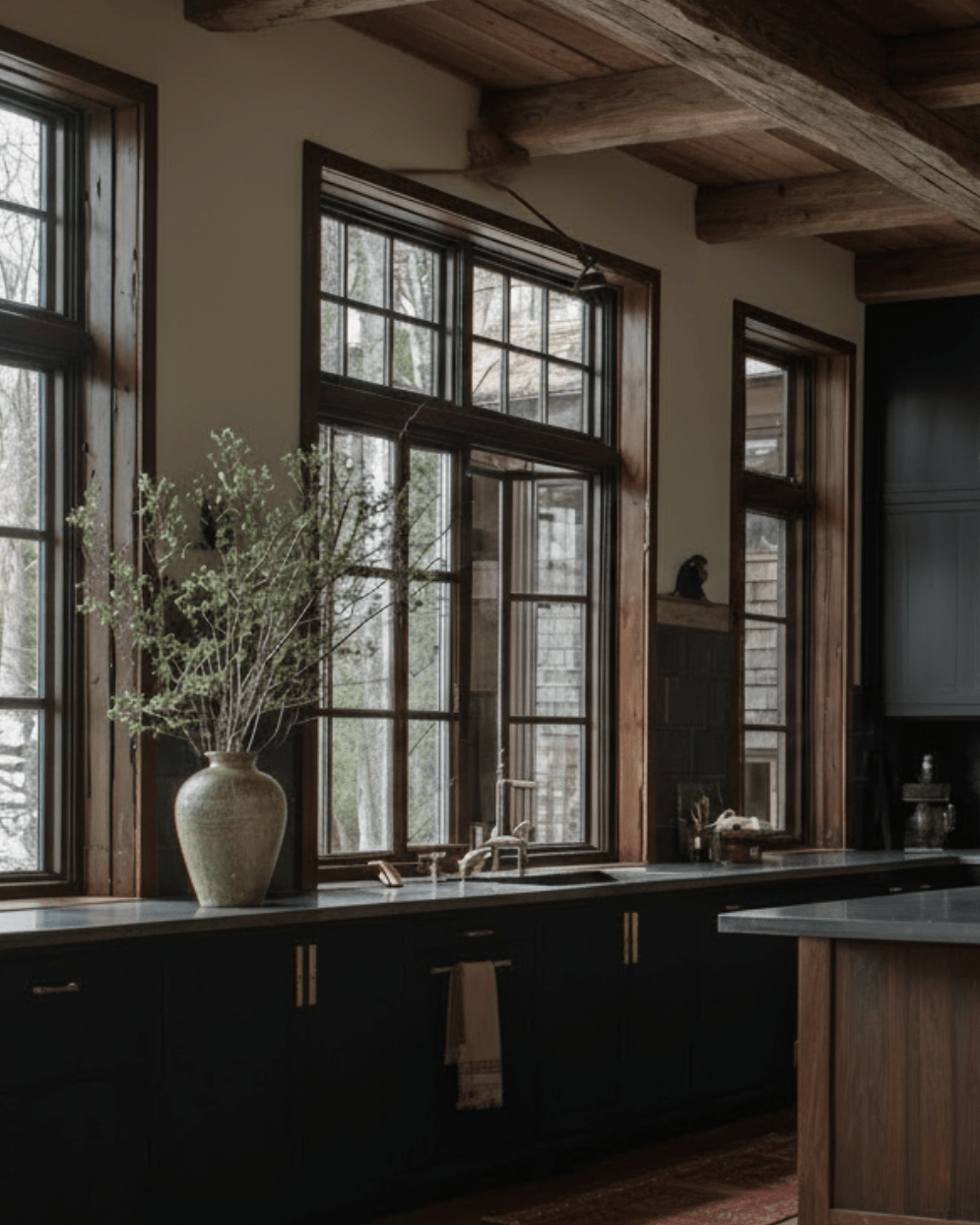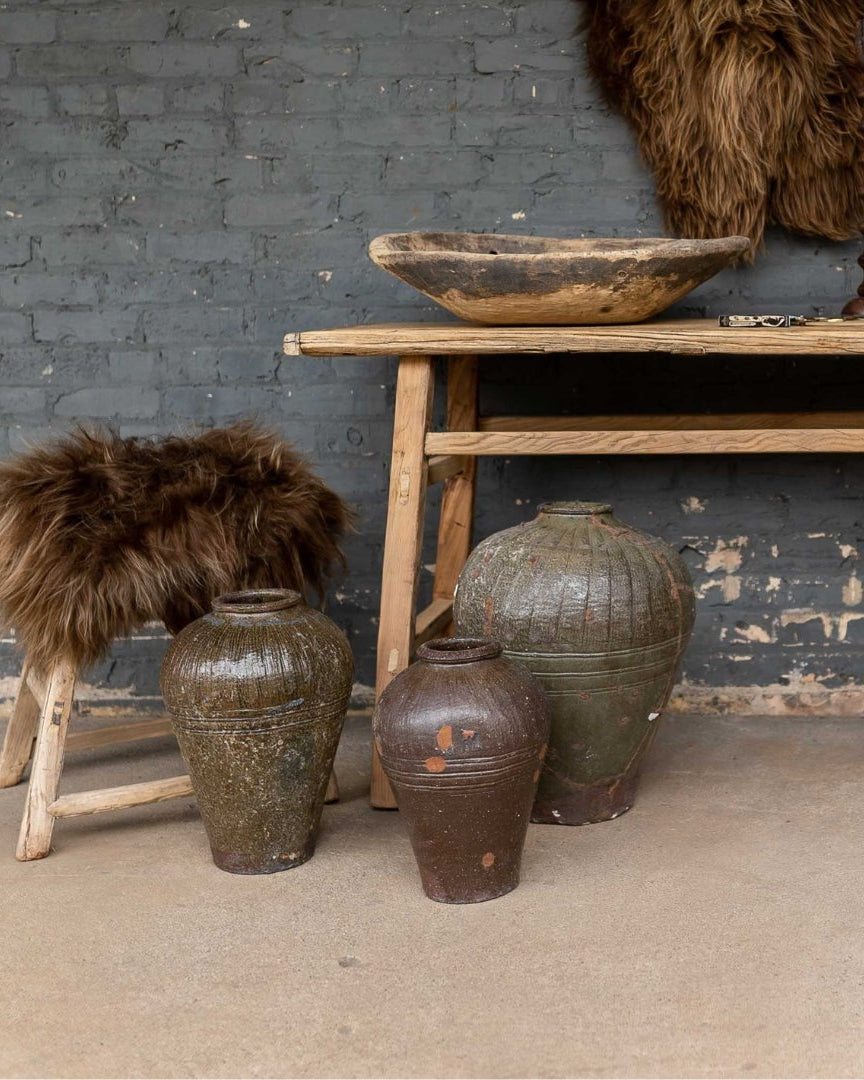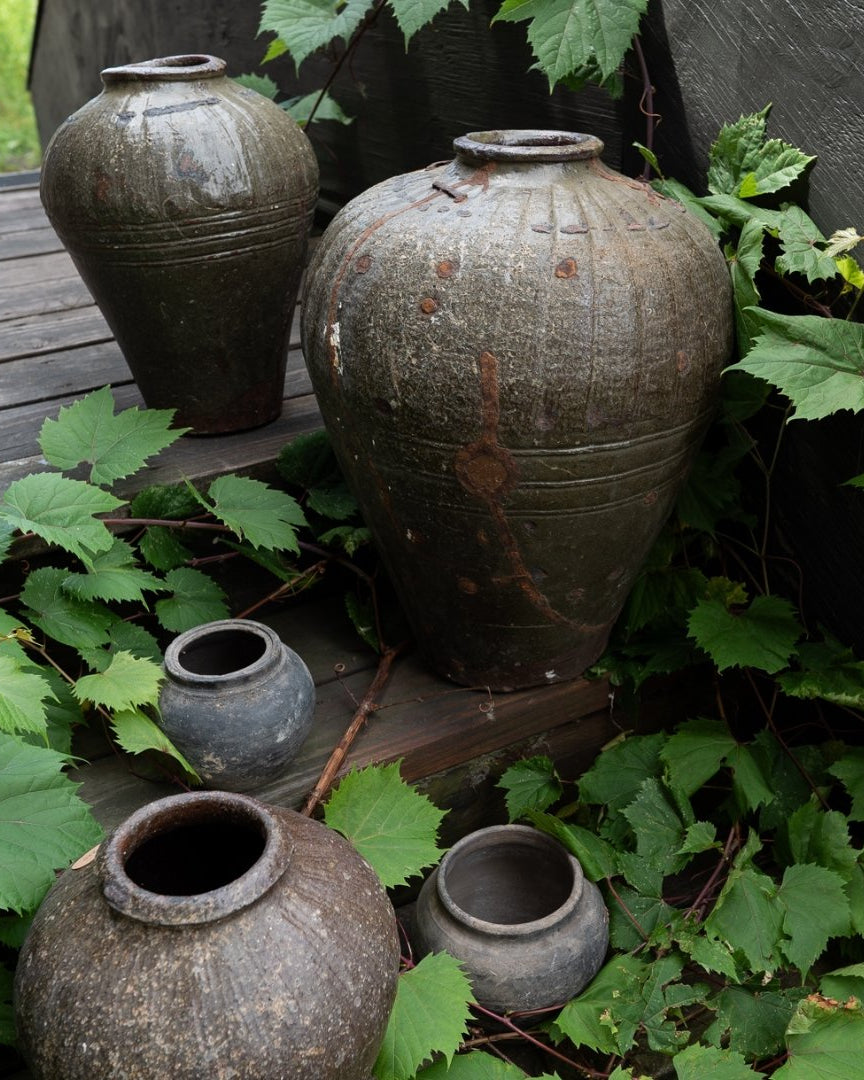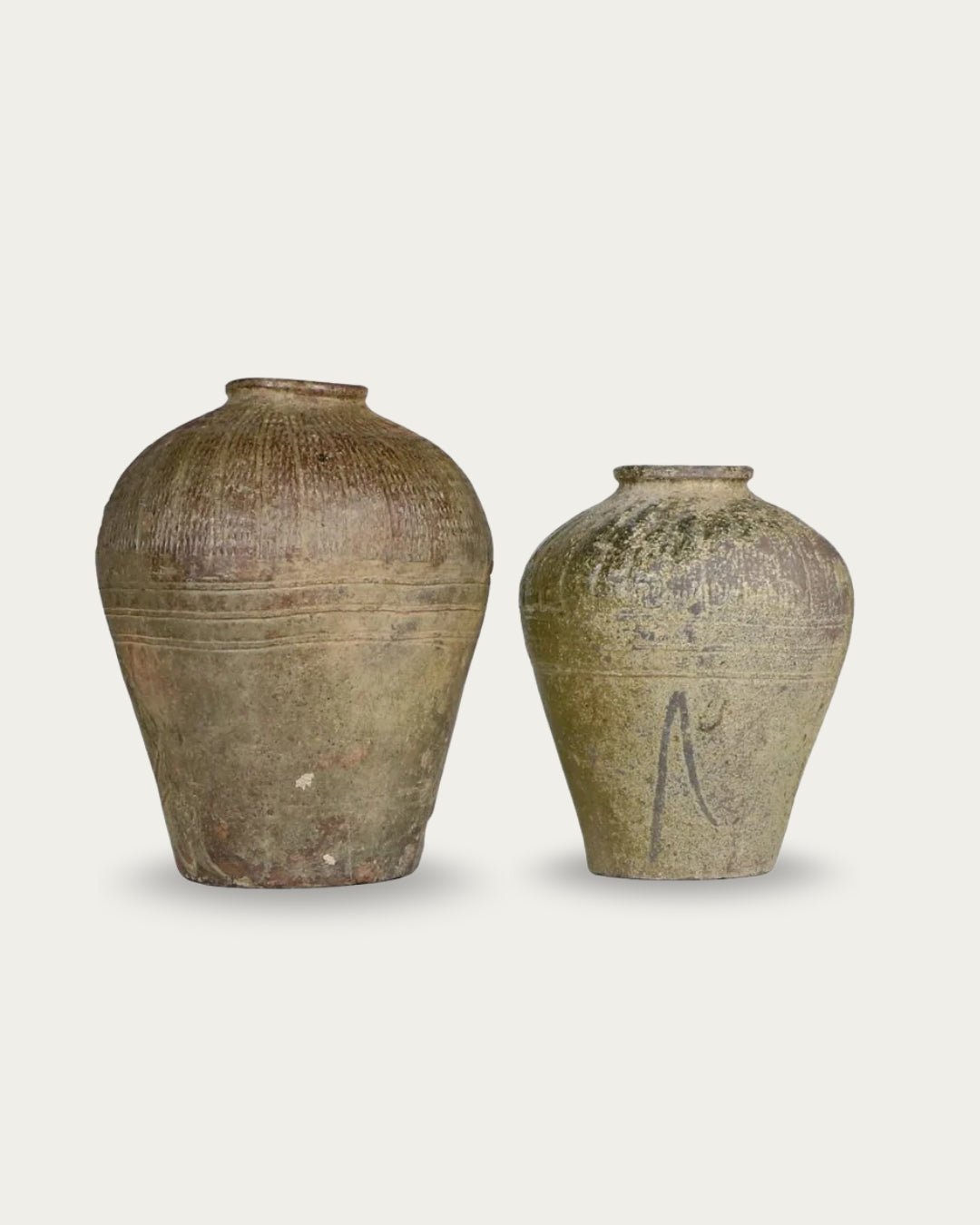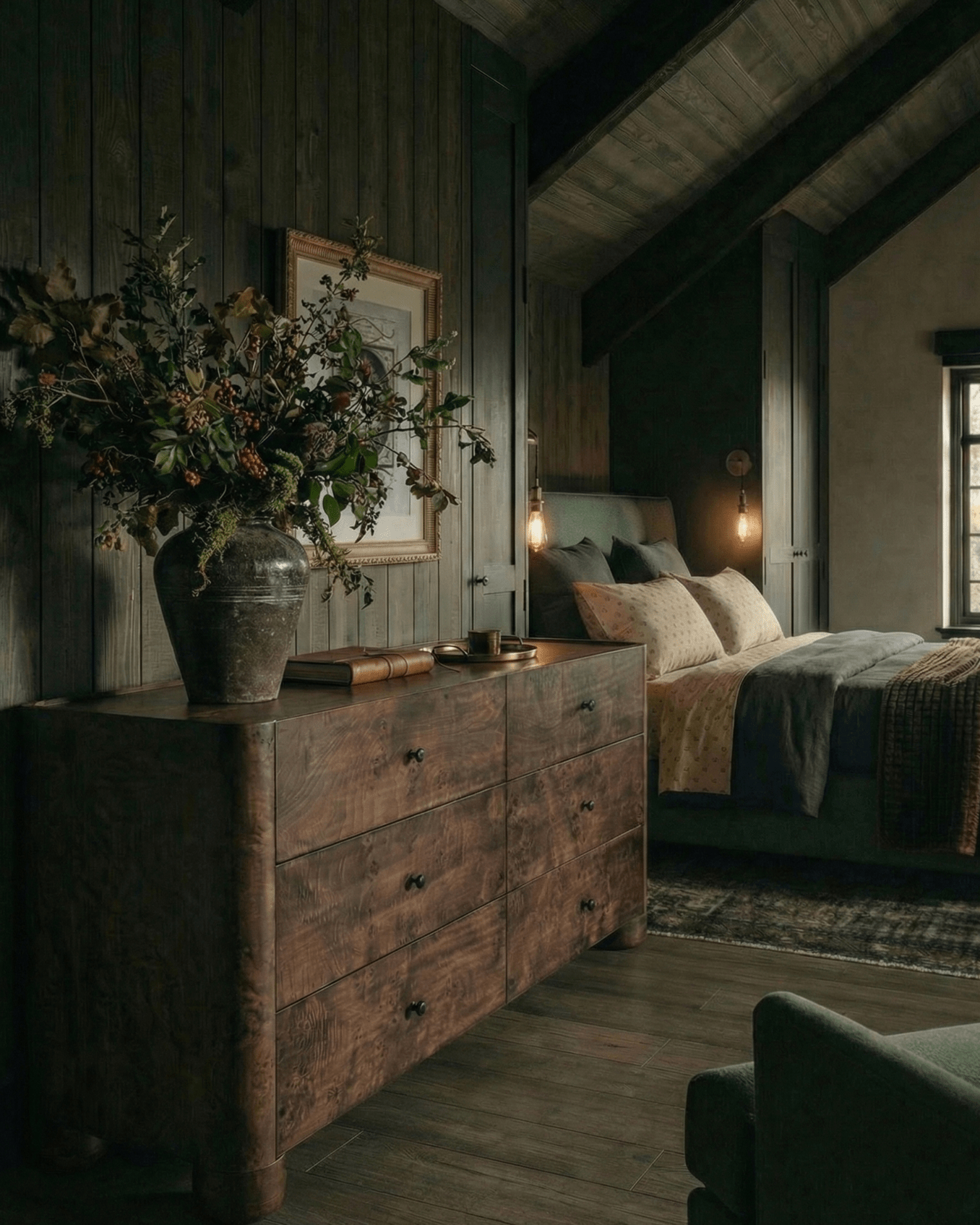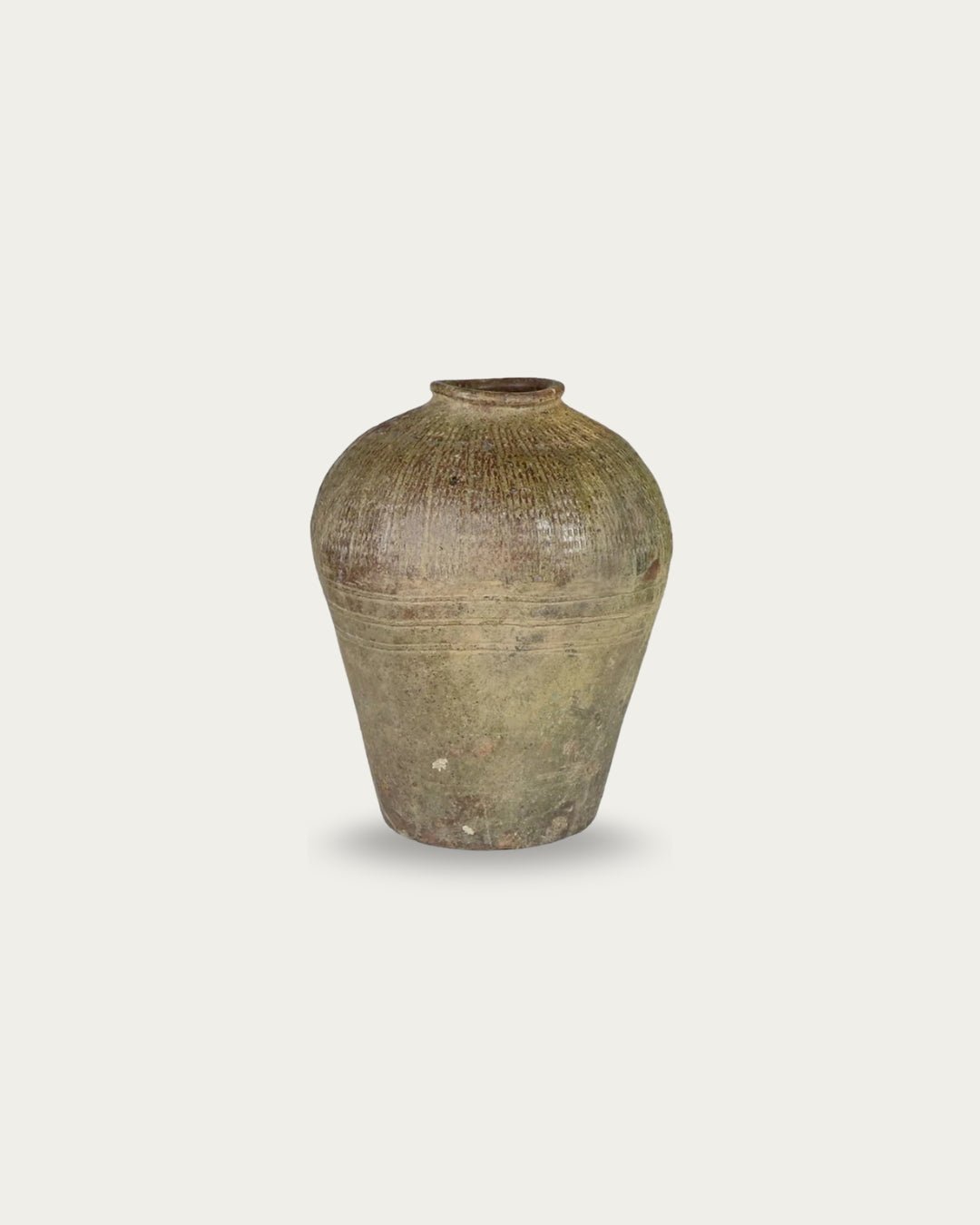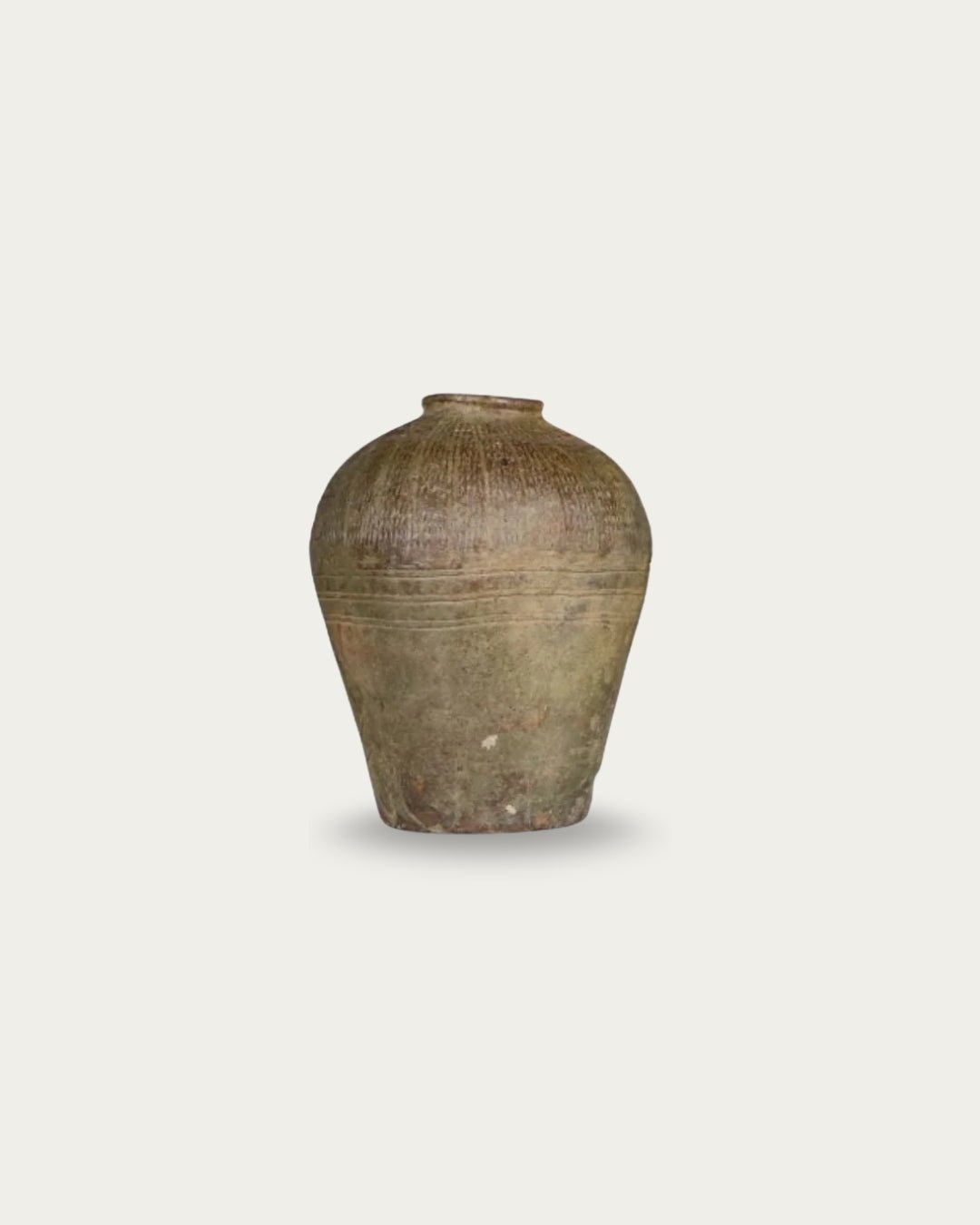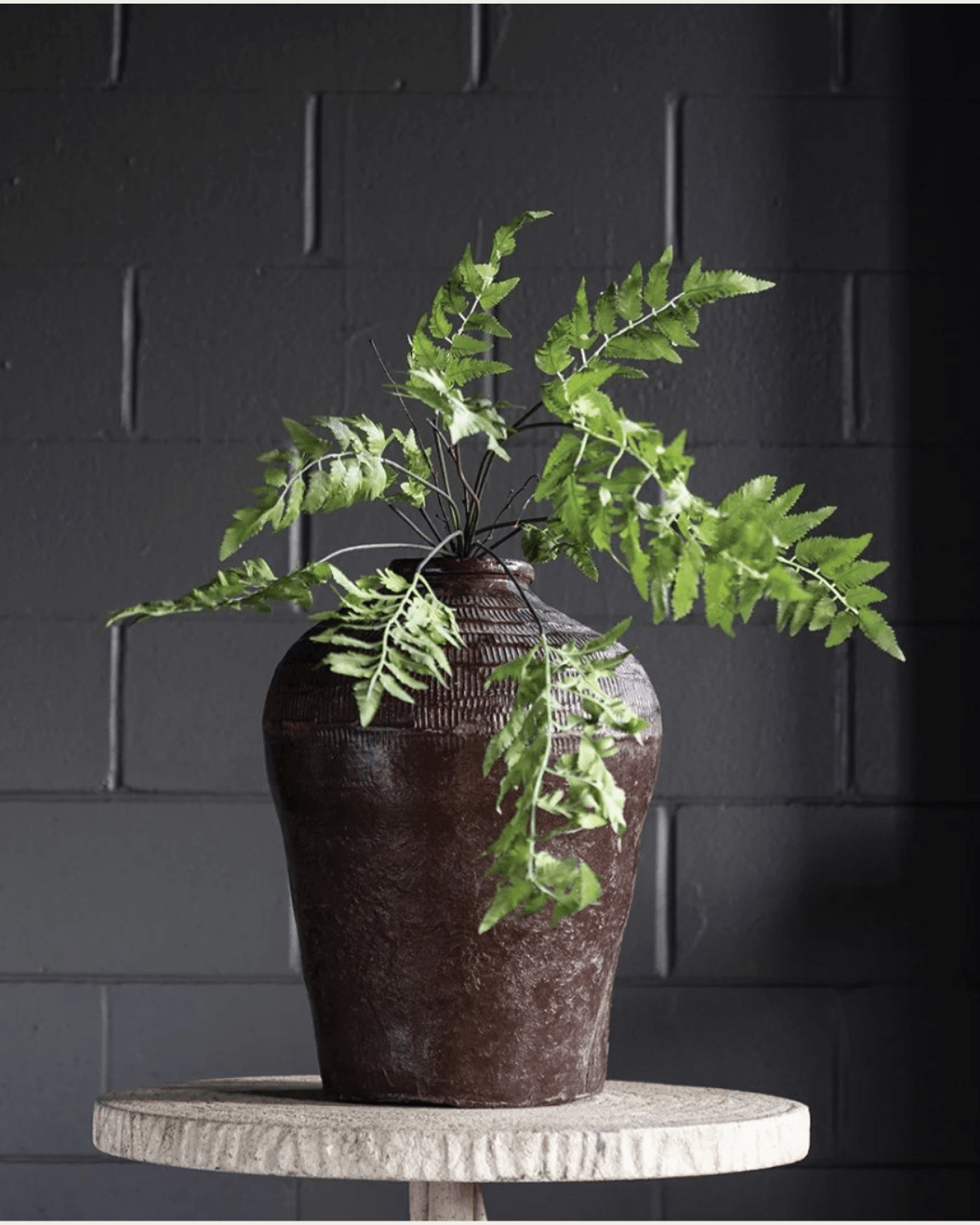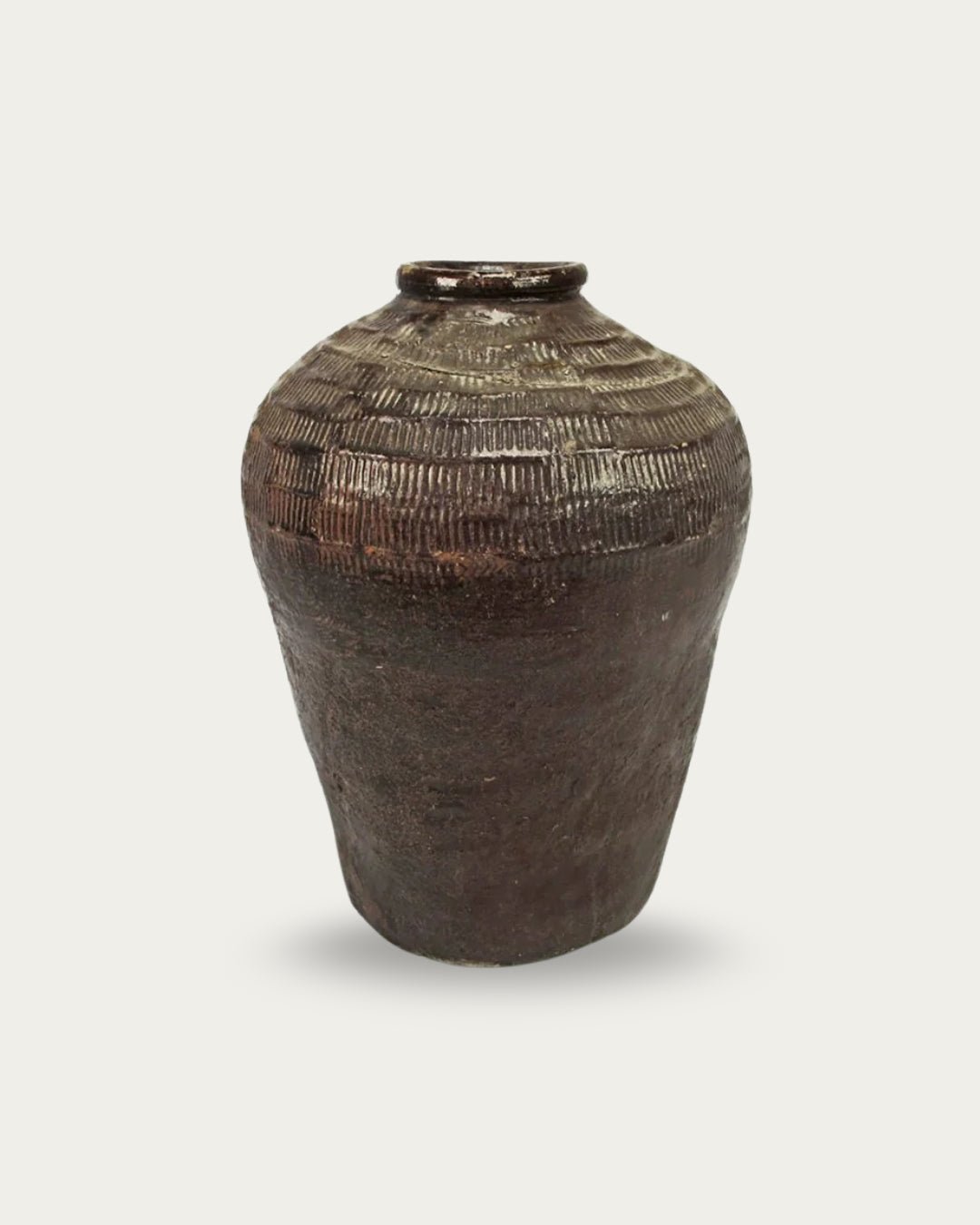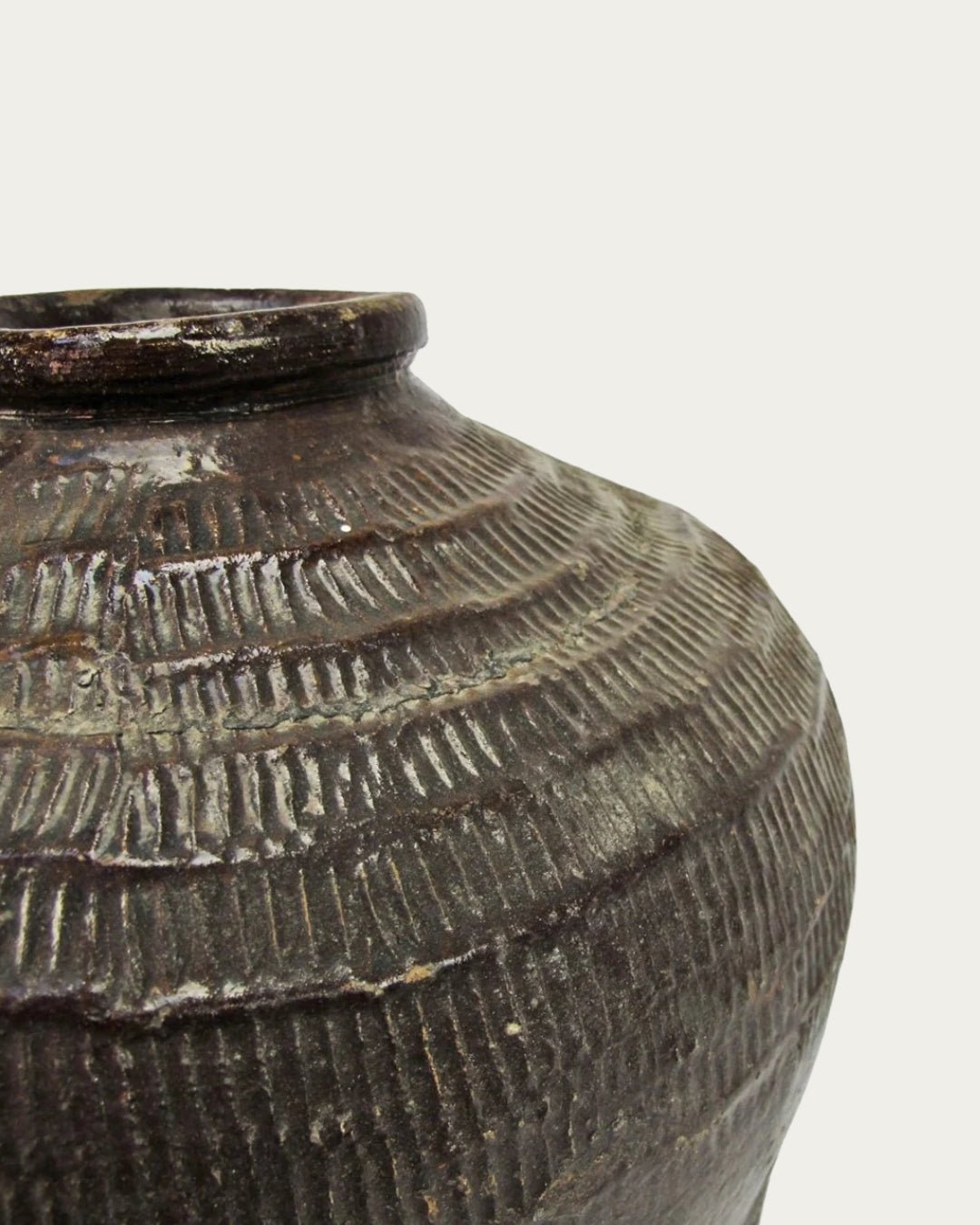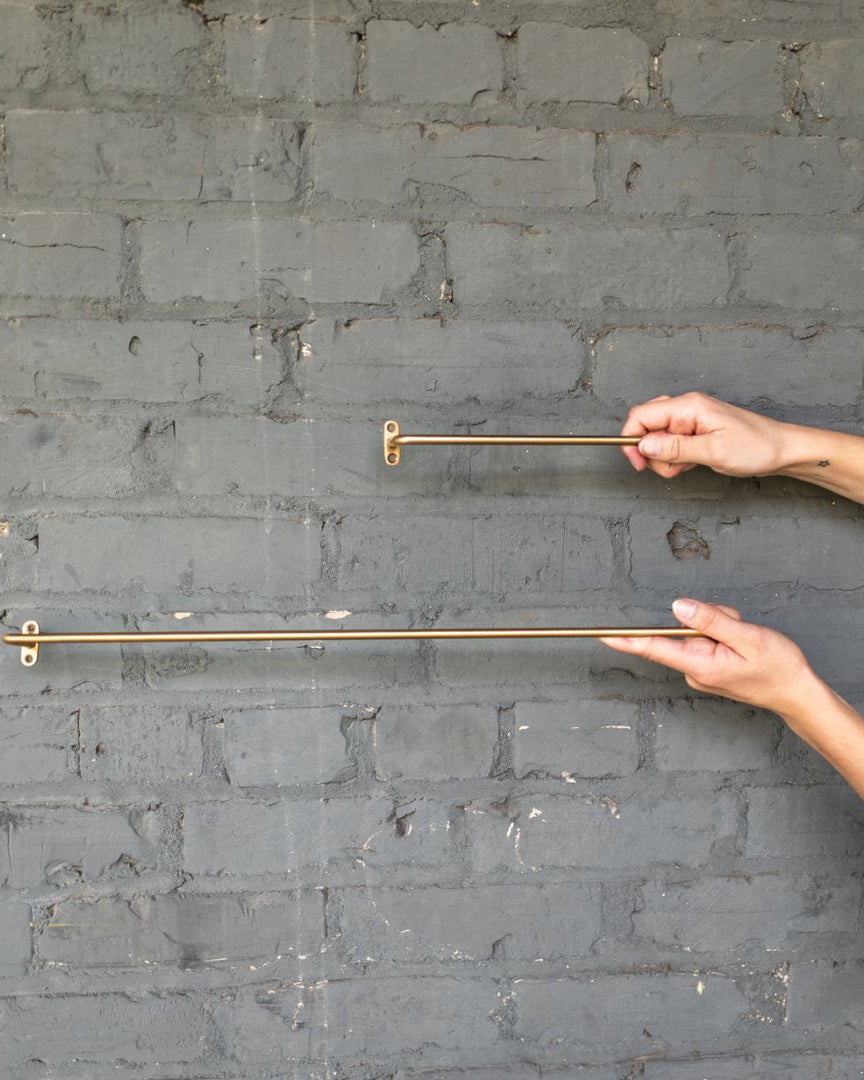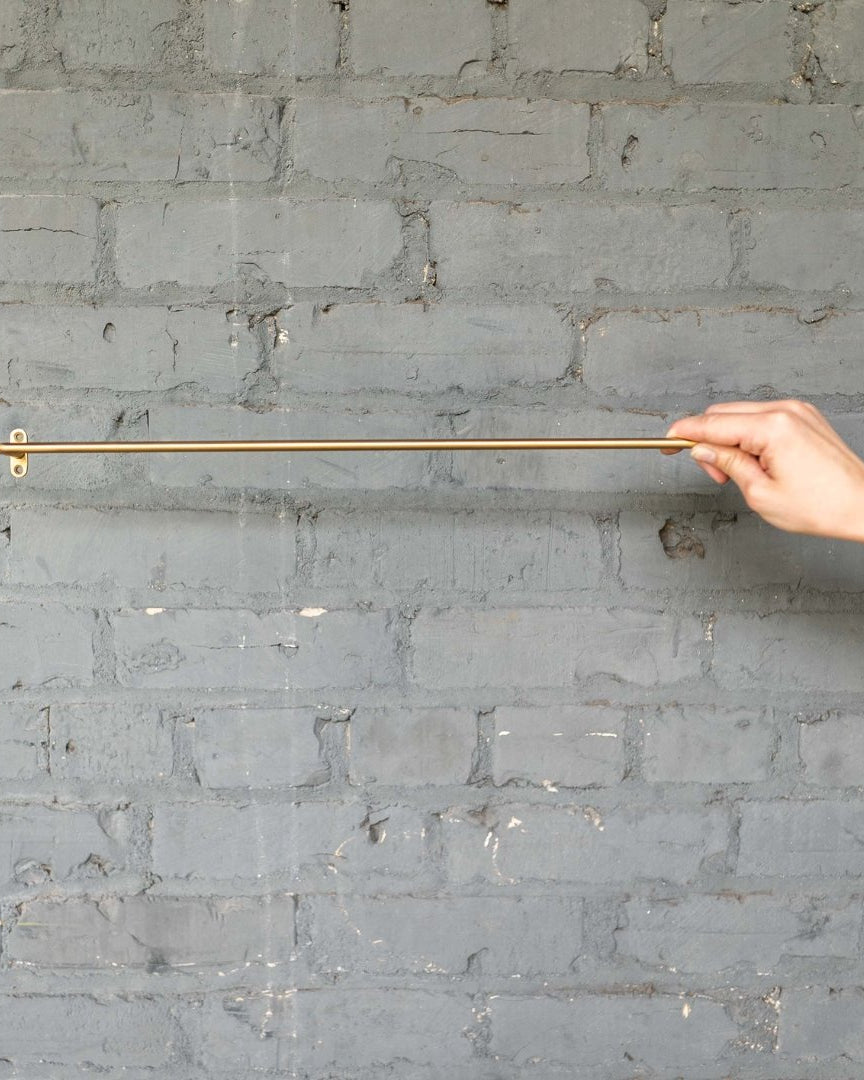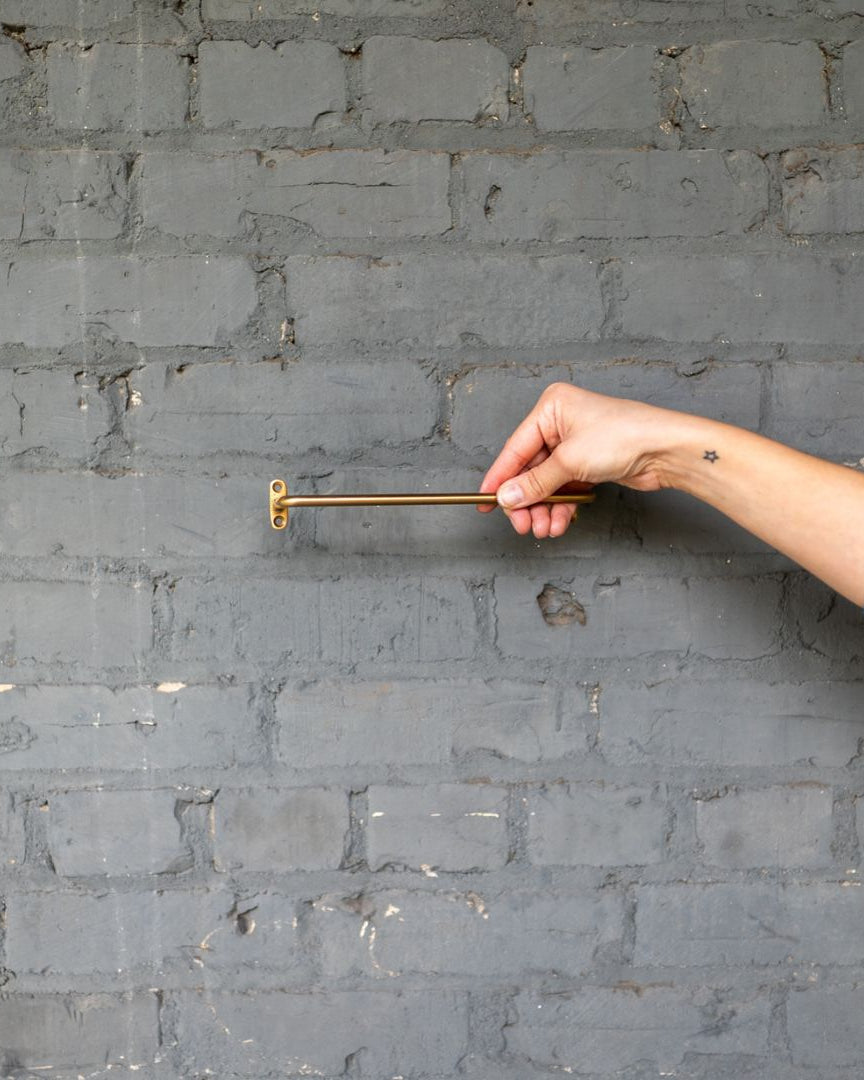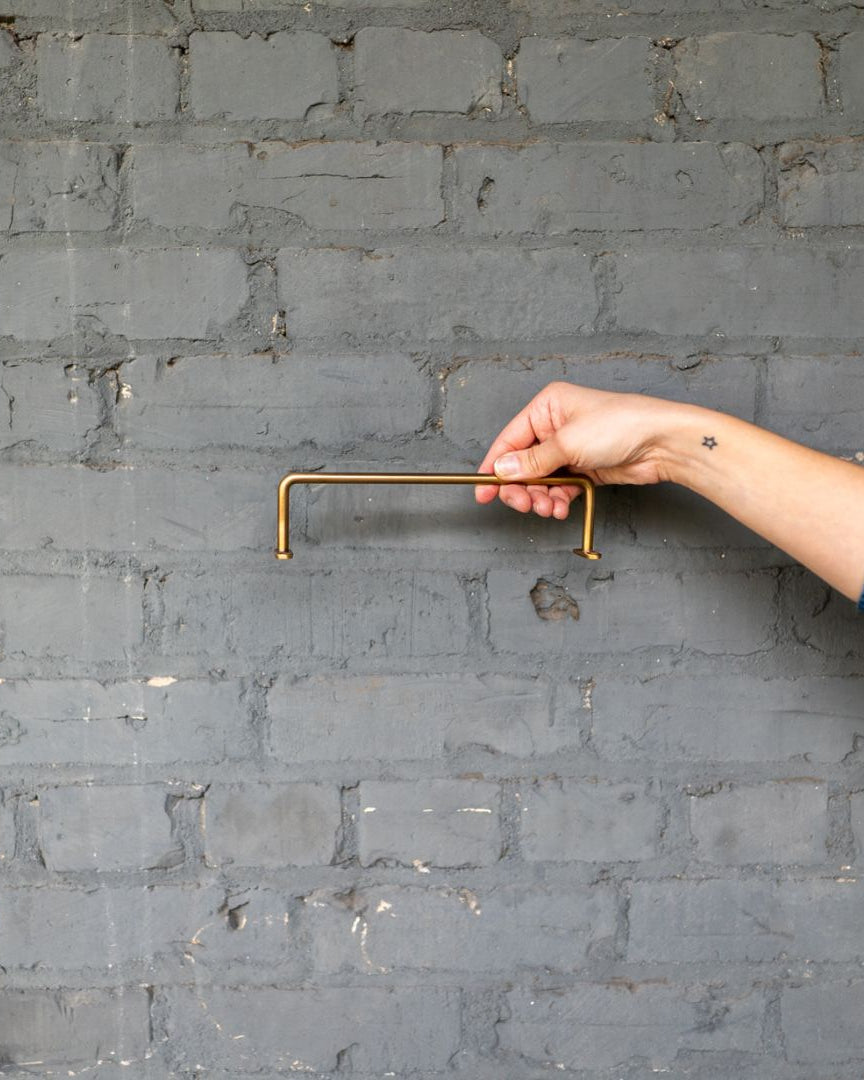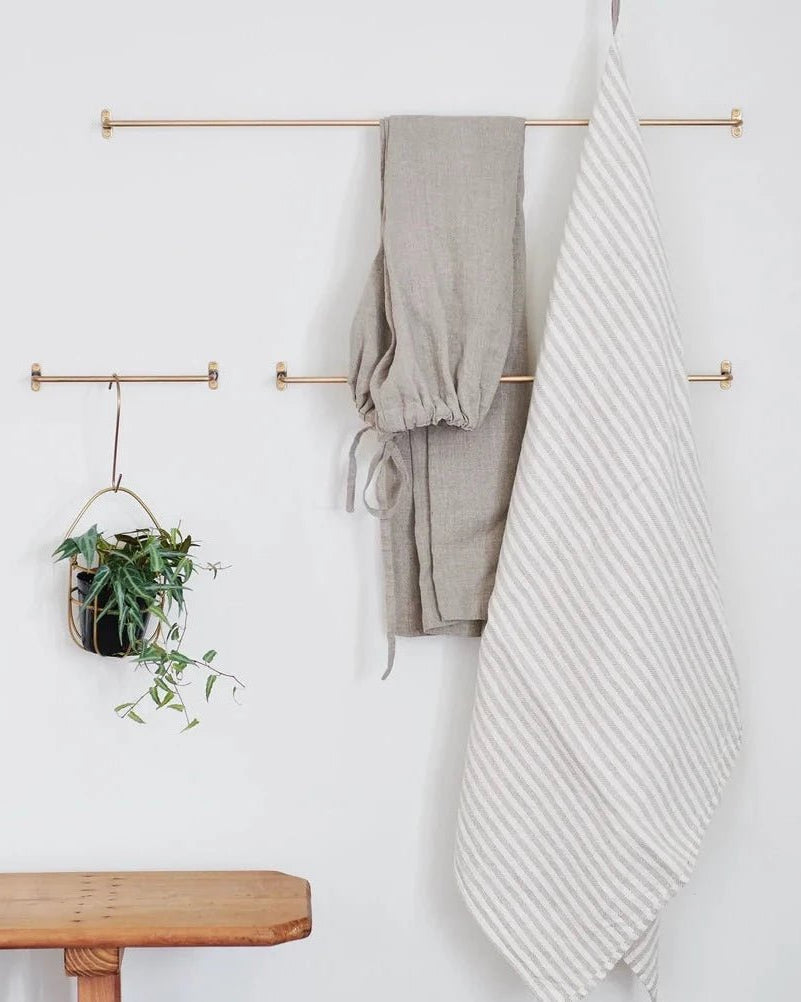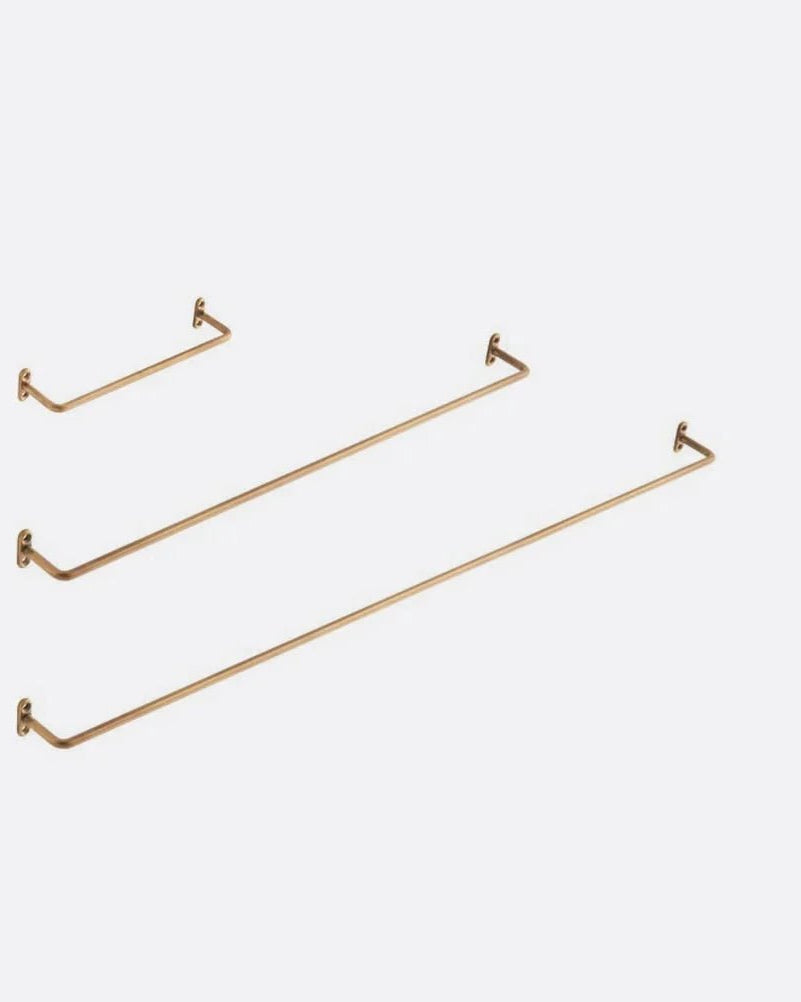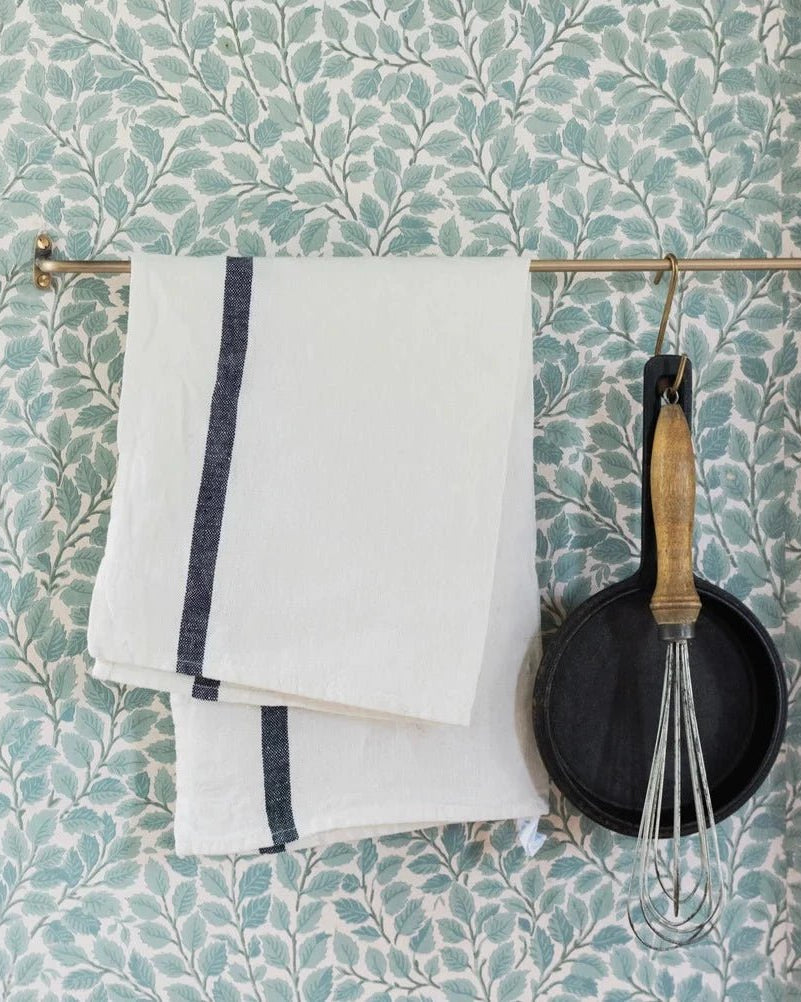Home decor isn’t just what fills a room — it’s what gives the room its weight, rhythm, and story. The right mix of objects and furnishings changes how a space feels the moment you step into it. A console steadies a hallway, a rug softens the edges, a piece of pottery catches the eye and slows the pace.
When we talk about home decor, we’re really talking about connection — the link between objects and atmosphere. Home furnishings and home furniture are never just functional; they shape movement, mood, and memory in subtle but lasting ways.
Bring that rhythm into your own rooms. Explore Hello Norden’s collection of home decor to find pieces that ground, soften, and create presence in every corner of your home.
Why Home Decor Matters Beyond Style
More Than Decoration
Home decor isn’t about filling shelves or covering walls — it’s about editing how a room feels. A lamp on a console can shift the mood, a rug underfoot can change how grounded a space feels. The smallest piece of home decor can be the detail that gives a room its rhythm.
Linking Home Furnishings and Atmosphere
Every choice in home furnishings and home furniture sets the tone for how you move through a space. A sturdy table holds presence, while softer textiles invite pause. Together, they shape atmosphere. Home decor is the bridge between structure and story, turning rooms into places that feel lived in rather than just styled.
The Language of Materials in Home Furnishings
Every material tells its own story. Some are soft, some are sturdy, some carry history in their surface. Together, they give home decor its texture and depth. The way you layer these pieces is what makes a house feel like home.
Softness That Grounds
Textiles are often the quietest but most grounding part of home furnishings. A throw or rug doesn’t just add warmth — it regulates how a room feels. The Icelandic sheepskin throw rug shows this perfectly. Its long, soft hair drapes over a chair or sofa, instantly softening edges and adding a tactile pause point. Used as a rug, it warms up a corner, proving that comfort can be as visual as it is physical.
Structure That Holds Space
If textiles soften, furniture holds. A modern piece of home furniture can anchor a room without overwhelming it. The Bo Walnut fluted end table is a good example — solid and weighty, but with playful fluted lines that keep it from feeling rigid. It’s structure with personality, reminding us that home decor can be functional and still carry a sense of fun.
Patina and Imperfection
Not every piece should look new. Vintage objects give a room weight and authenticity. The Skadi vintage glazed handle pot does just that. Its worn glaze, subtle chips, and variations make it more than a vessel — it’s an object that tells its own story. In a lineup of home furnishings, these imperfect pieces are what add texture, making the room feel collected rather than staged.
Styling Home Decor With Intention
Styling is where home decor shifts from objects into atmosphere. It’s not about adding more; it’s about knowing where to place things so the room feels finished without being heavy.
In the Living Room
The living room thrives on balance. Large pieces of home furniture like sofas and tables set the foundation, but it’s the decor that edits the mood. A console with a lamp, a sheepskin draped across a chair, a ceramic pot catching the light — each detail slows the pace and gives the room its character.
In the Bedroom
Bedrooms ask for calm. Here, home furnishings like throws, rugs, and simple side tables do the work of quieting the space. One or two intentional objects — a vessel on a nightstand, a soft textile layered on the bed — is enough. In these rooms, decor isn’t about filling space but creating rest.
In Dining and Hallways
Dining rooms and hallways can feel transitional, but styling keeps them alive. A console topped with a vintage pot in a hallway turns a pass-through into a pause point. In dining spaces, home decor works best when functional — a sideboard styled with ceramics that can be used but also admired. These are the spaces where proportion matters most: slim lines, considered surfaces, and enough rhythm to keep the flow moving.
Home Furniture as Atmosphere-Maker
Some pieces of home furniture do more than provide a place to sit or store things — they shape the entire mood of a room. Consoles, tables, and seating act as anchors, while smaller accents redirect the energy and flow. Together, they’re what give home decor its pulse.
Anchors vs. Accents
Anchors are the grounding pieces — a sofa that sets the room’s posture, a console that frames a wall, a dining table that gathers people together. These are the structures that hold weight. Accents, on the other hand, are lighter and more flexible: an end table, a vintage pot, a textile thrown casually over a chair. Both are essential. Anchors bring proportion; accents bring personality.
Objects That Shift Energy
Even the smallest detail in home furnishings can alter atmosphere. A carved pot on a console slows the eye, a sheepskin rug softens movement, a side table keeps conversation flowing by holding what you don’t want cluttering your lap. These aren’t background details — they’re active participants in how the space is used and how it feels.
Pairing Old With New
The strongest rooms often carry both. A modern wood console against a wall steadies the space, while a vintage ceramic on top adds character. A fluted walnut table feels fresh and current, while a reclaimed throw rug pulls in story. Home decor doesn’t have to choose between eras — in fact, the best results come when they sit side by side, one sharpening the other.
The Nervous System in Design
Good home decor doesn’t just look right; it feels right. Every surface, texture, and placement sends signals to the body. Some pieces calm us, others energize us. This is where home furnishings and home furniture move beyond style — they shape how we regulate ourselves in the spaces we live in.


Why Texture Matters
Run your hand over a sheepskin rug or the grain of a solid wood table, and you’ll feel it instantly — texture grounds the body. The Icelandic sheepskin, the rough cut of vintage beams, the smoothness of fluted walnut — all these details create sensory cues. In design terms, they’re not just finishes; they’re tools for comfort.
Creating Calm Through Placement
Where you put things matters as much as what they are. A console in a hallway signals pause, a rug under a dining table creates boundaries, a soft throw on a chair invites rest. Home decor placed with intention keeps a room from feeling overwhelming, helping the nervous system relax into the space.
Designing Rest vs. Activity Zones
Every home needs both. Bedrooms and living rooms call for pieces that encourage rest — textiles, rugs, softer lines. Kitchens and dining rooms benefit from furniture that signals movement — tables, sturdy chairs, functional surfaces. Home furnishings are what divide these zones, making it clear where we slow down and where we gather speed.
Choosing Home Decor for Your Space
At some point, you stop asking what to buy and start asking why. Choosing the right home decor isn’t about following trends — it’s about creating the mood you want to live in every day.
Start With Mood, Not Just Function
Function matters, but mood lingers. A console with clean lines keeps a room steady, while a vintage pot with a worn glaze adds intimacy. Think first about how you want the room to feel — calm, grounded, vibrant, or collected — then let your home furnishings follow that rhythm.
Balance Scale and Proportion
Proportion is what keeps home furniture from feeling overwhelming. A slim console works in a hallway where a heavy cabinet would suffocate. A wide sheepskin draped over a chair softens its edges without swallowing the frame. When you balance scale, decor feels like it belongs rather than intrudes.
Invest in Pieces With Story
The best home decor doesn’t just fill a corner — it tells a story. Reclaimed wood tables, vintage ceramics, and handmade rugs carry history in their surfaces. Even modern furnishings gain depth when paired with pieces that show patina and use. Story gives furniture soul, making a room feel like it has lived with you all along.
Final Word
Home decor is more than objects. It’s atmosphere, rhythm, and memory stitched into the furniture and furnishings we live with every day. From tactile throws to solid tables, from vintage pottery to reclaimed pieces, each item shifts how a room feels.
Explore Hello Norden’s collection of home decor and discover pieces that ground your space, carry story, and create presence where you need it most.
FAQ: What Should You Know About Home Decor?
How do I choose the right home furniture for my space?
Start with proportion. A narrow hallway may only need a slim console, while a living room can carry a wide table or sectional. The right home furniture feels integrated, not forced.
How do materials like wood, ceramic, or sheepskin affect atmosphere?
Each material has its own language. Wood grounds, ceramic adds texture, and sheepskin softens. Together, they create sensory cues that regulate how a room feels.
Can small home decor objects really change the mood of a room?
Absolutely. A pot on a console, a throw over a chair, or a rug in a hallway can shift the flow of a room. Small details are often what make the space memorable.
How can I mix modern and vintage home furnishings?
Let them balance each other. A modern wood console steadies the space, while a vintage ceramic on top adds warmth and history. The mix creates depth and story.
Is reclaimed furniture a good investment?
Yes. A reclaimed console or table is durable, sustainable, and unique. It carries a history that new furniture can’t replicate, making it both practical and character-rich.
How often should I update my home decor?
Not often. Home decor isn’t about constant replacement; it’s about layering. A new pot or rug can refresh a space, but core furnishings should evolve slowly with you.
How do I keep home decor from feeling cluttered?
Edit. Leave space between objects, let key pieces breathe, and resist filling every surface. Decor works best when it feels intentional, not crowded.





